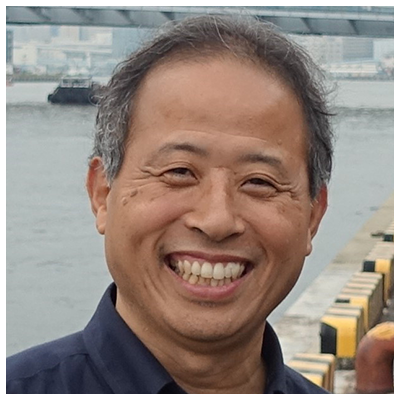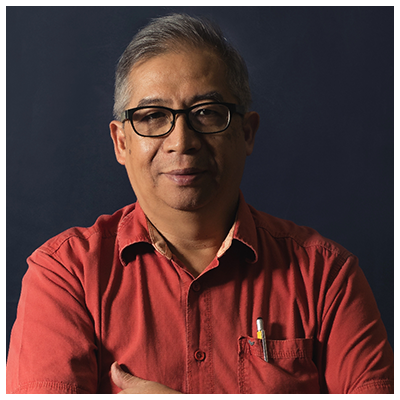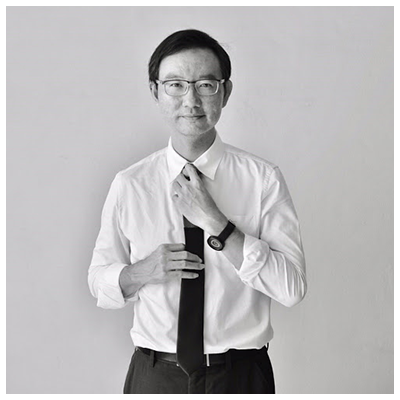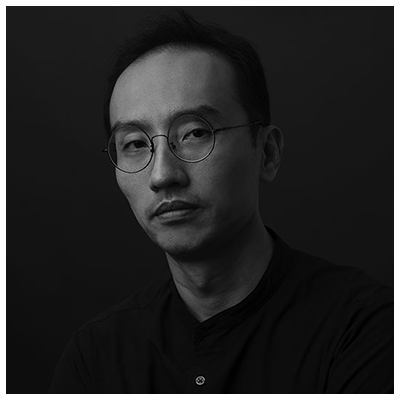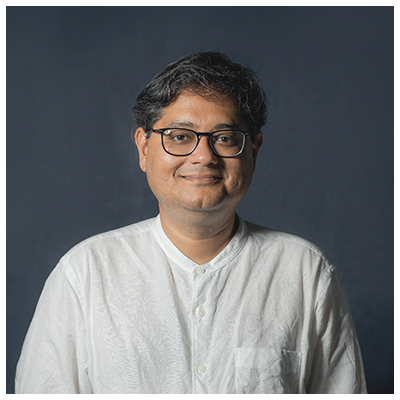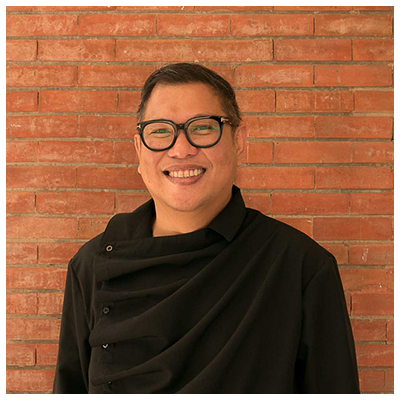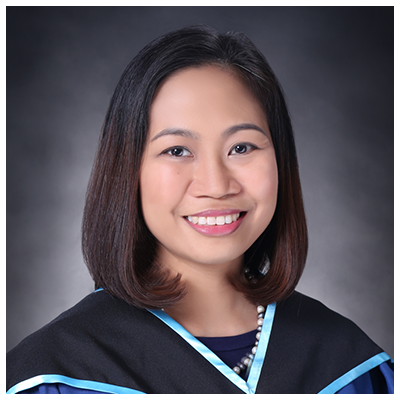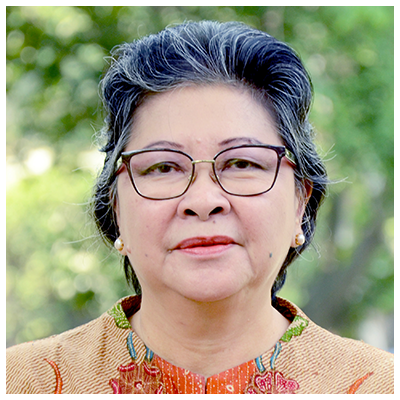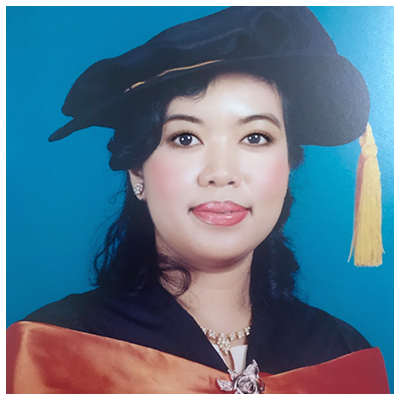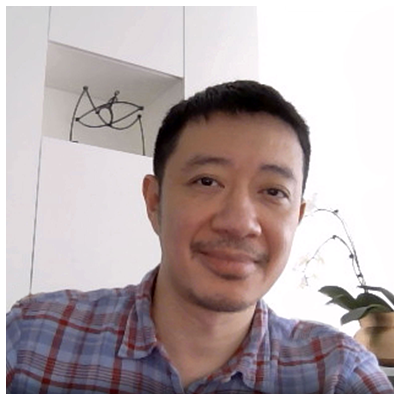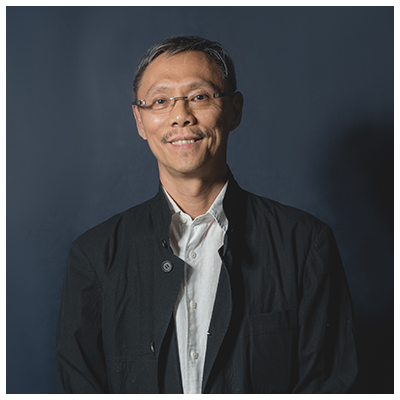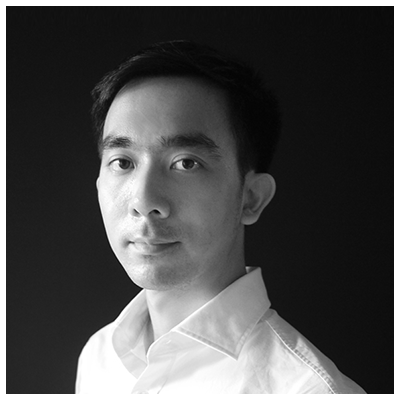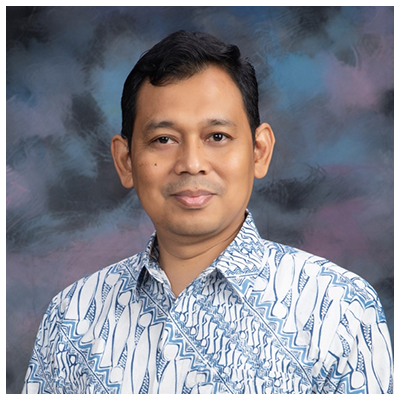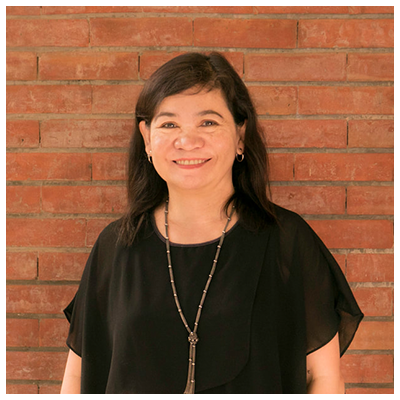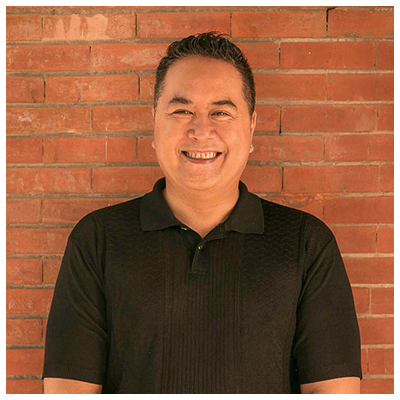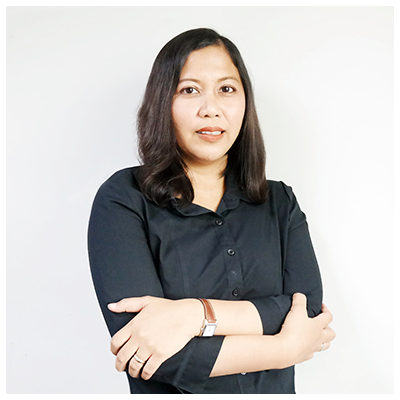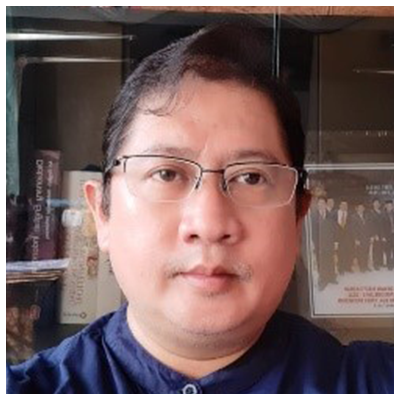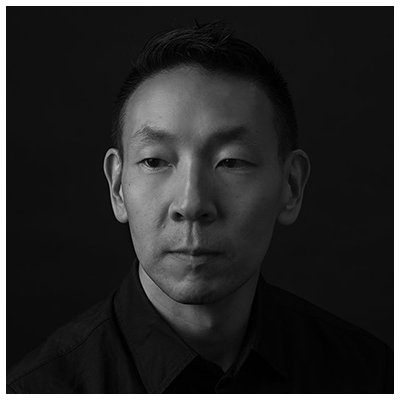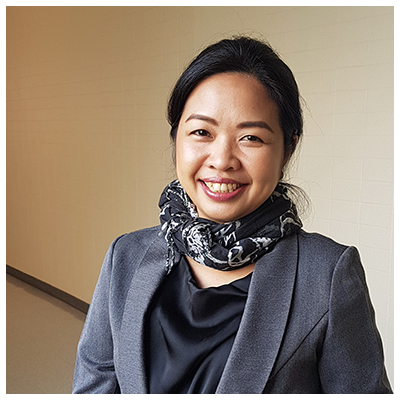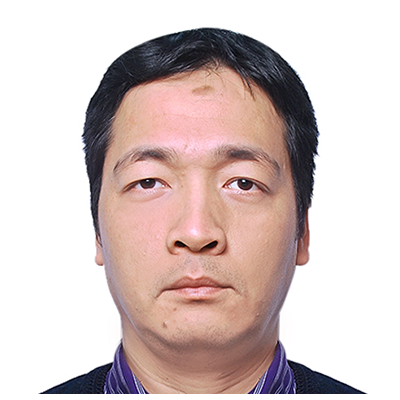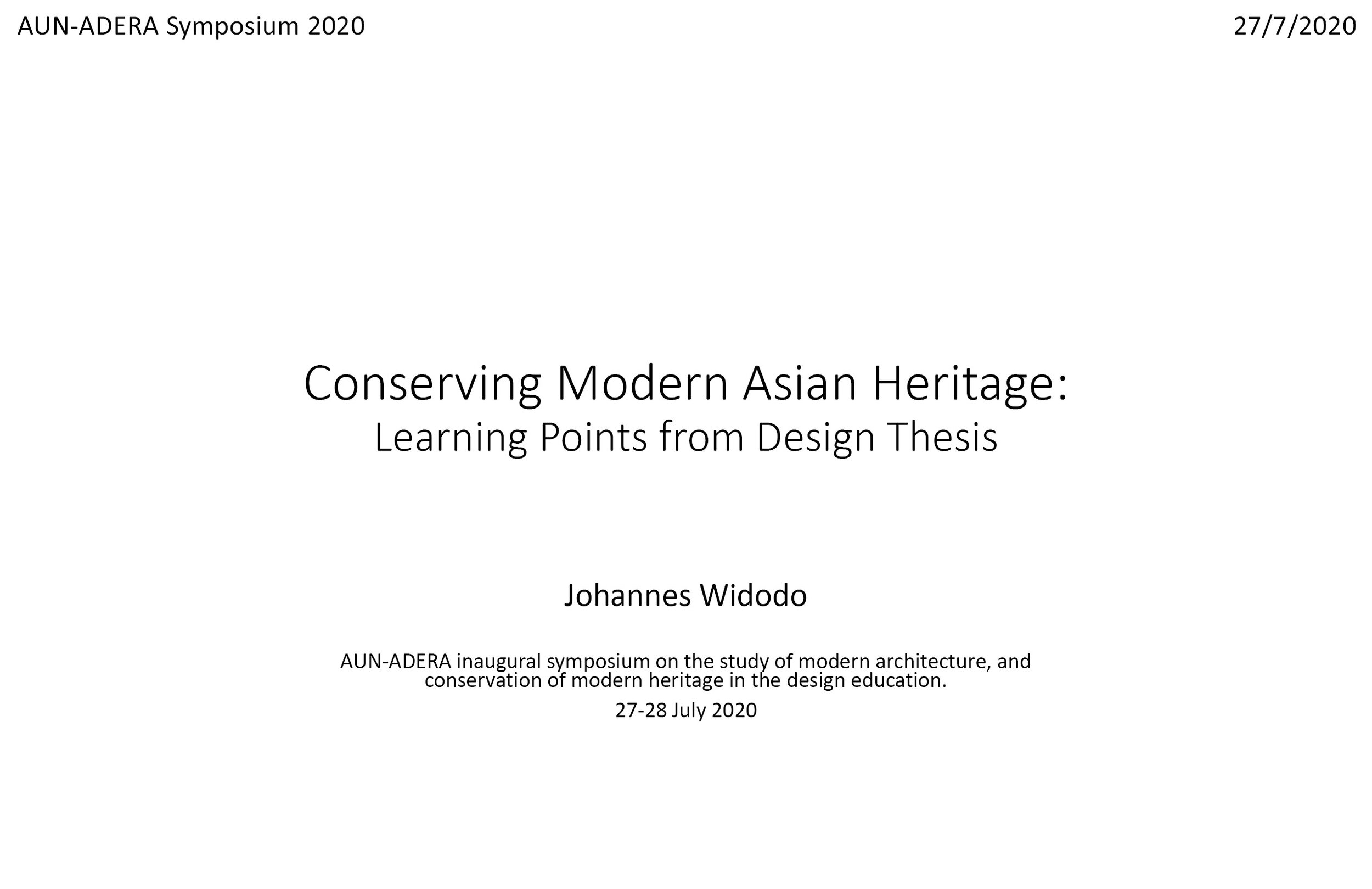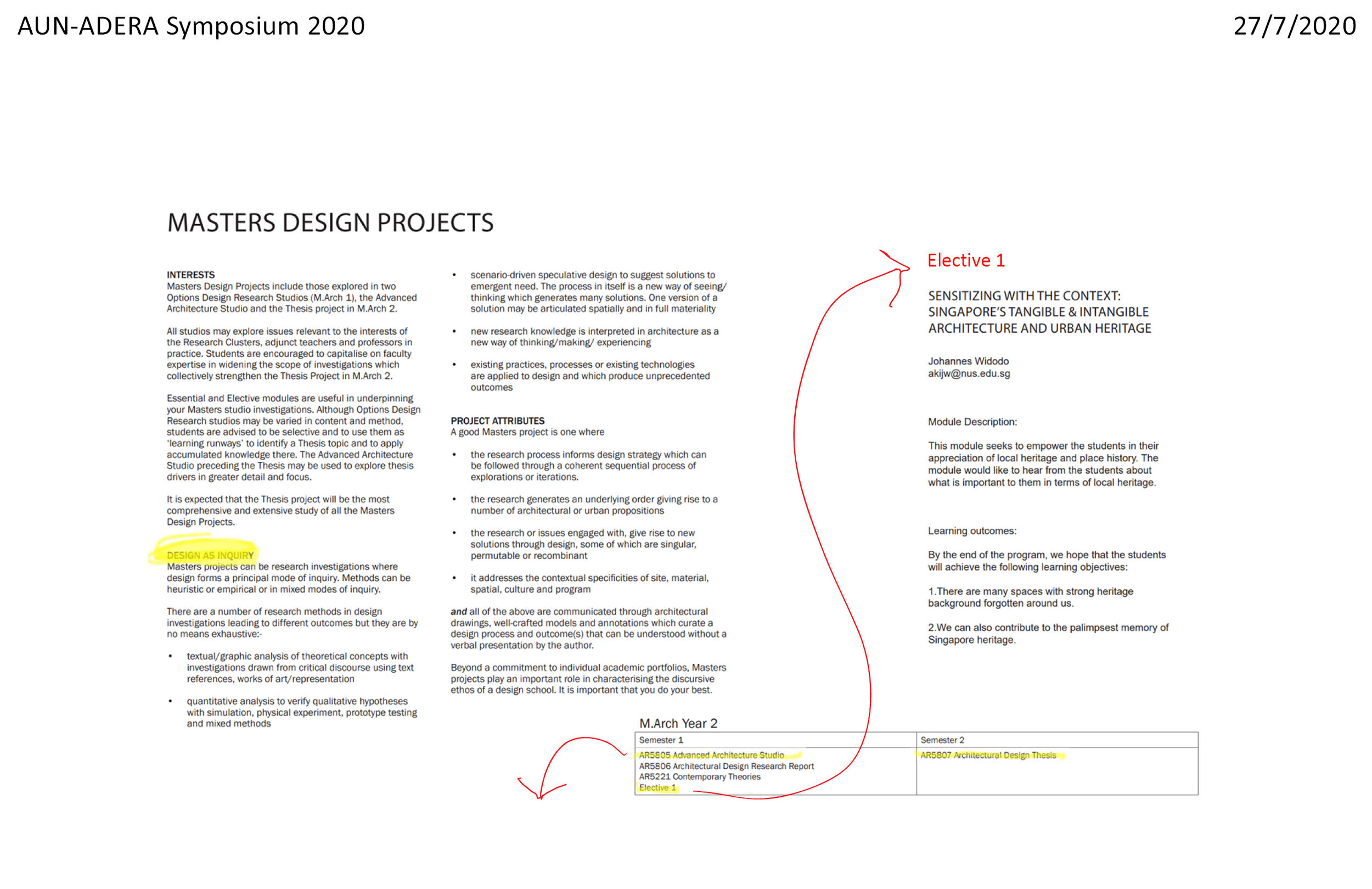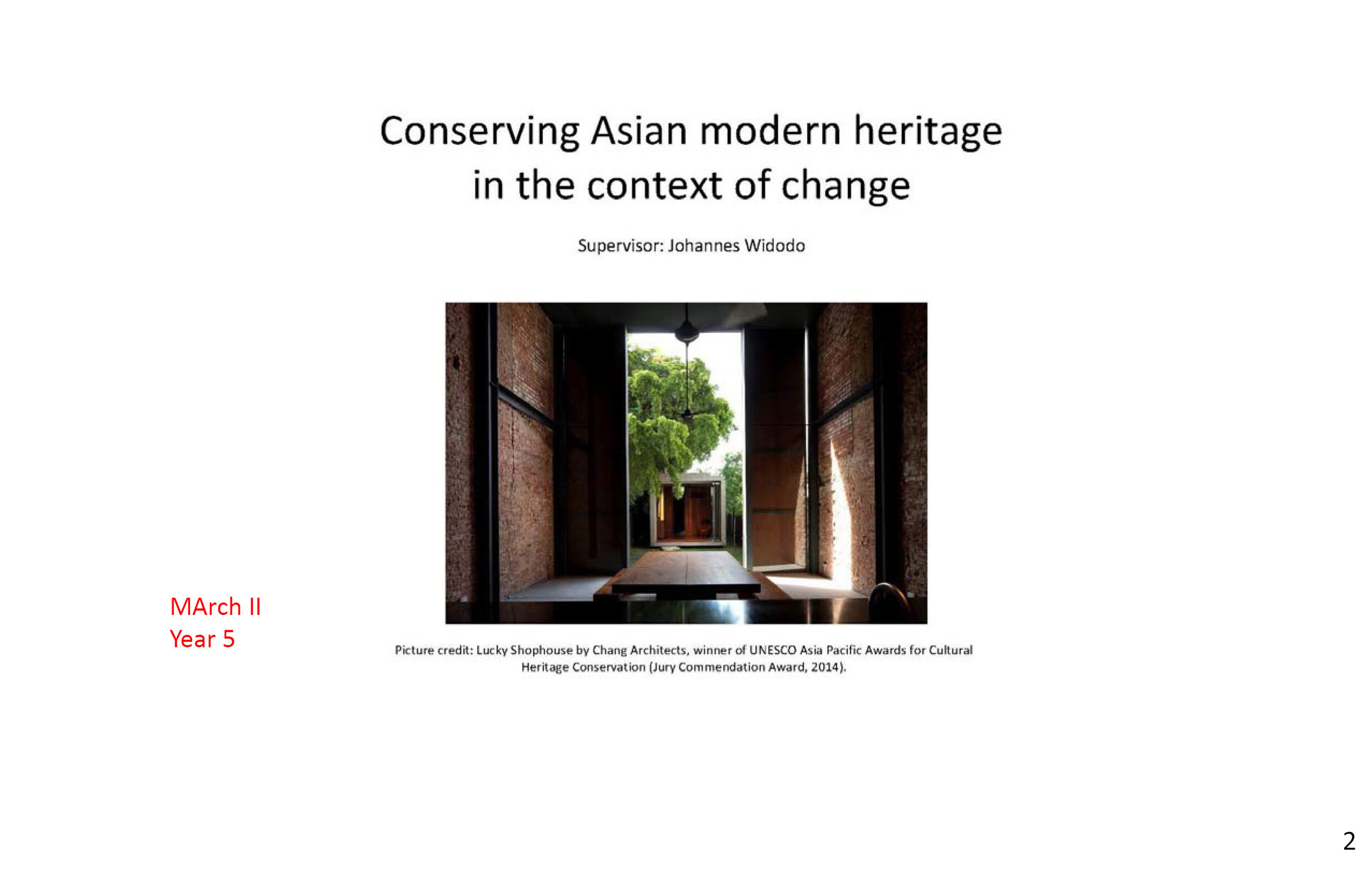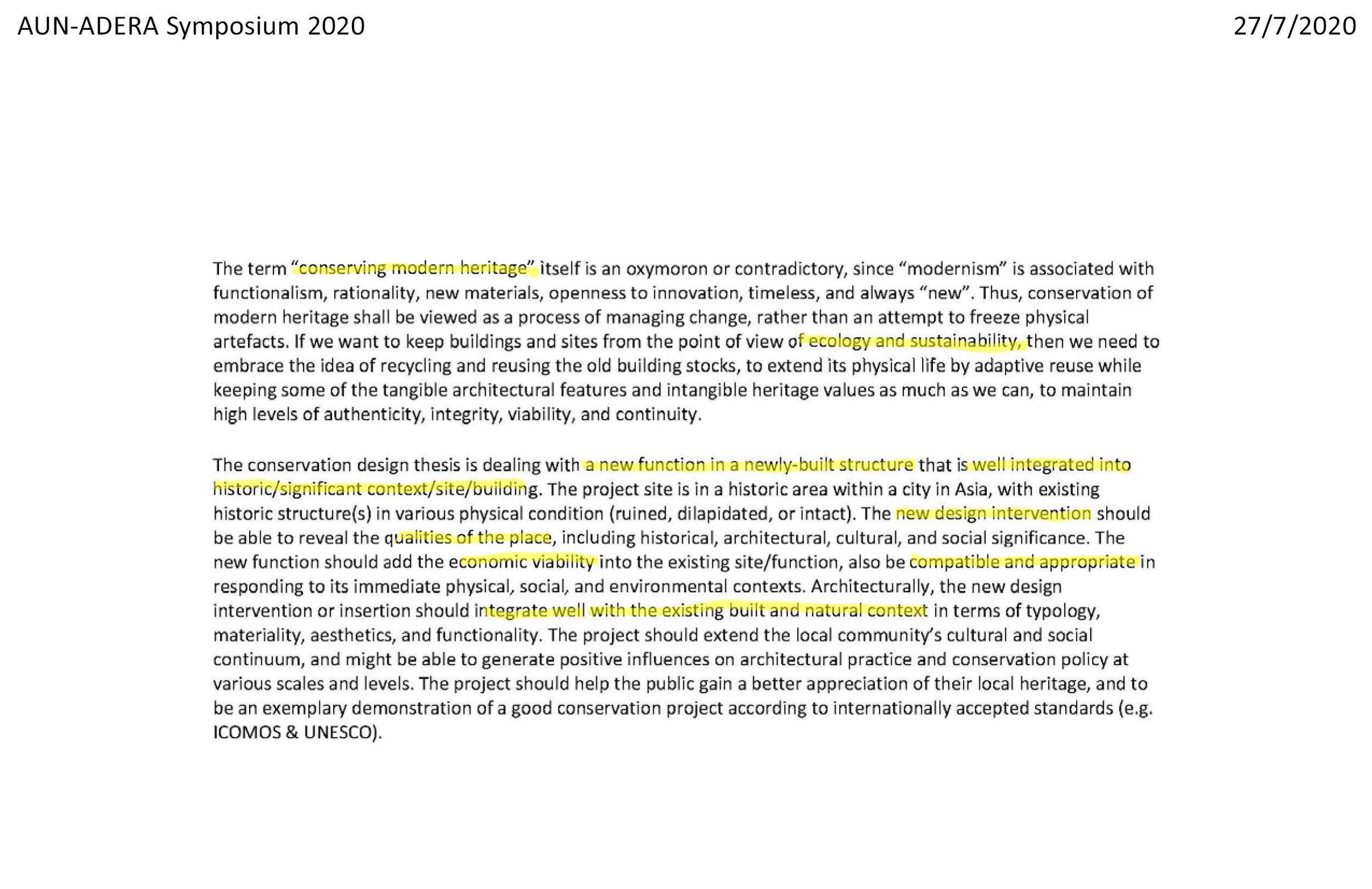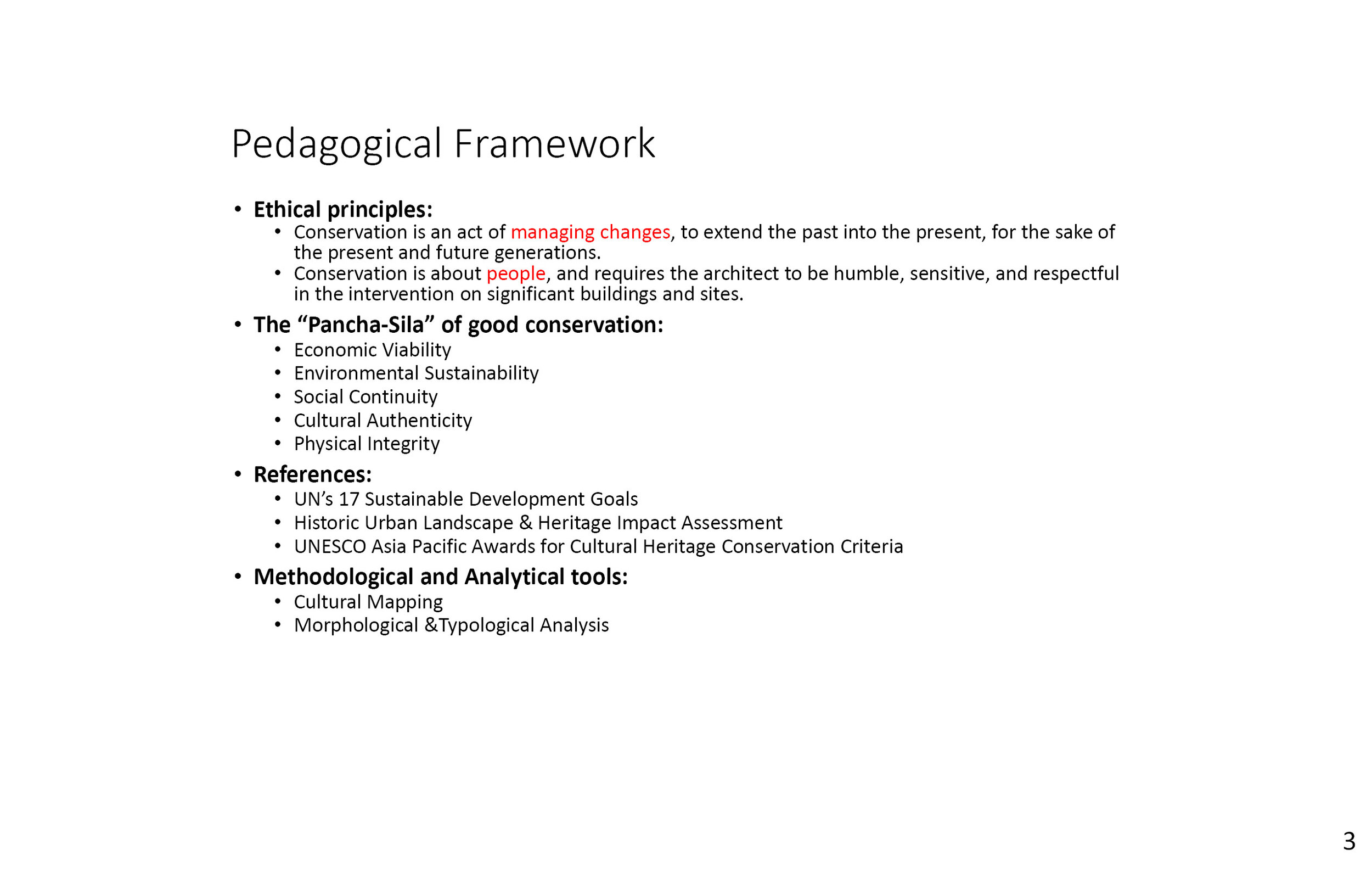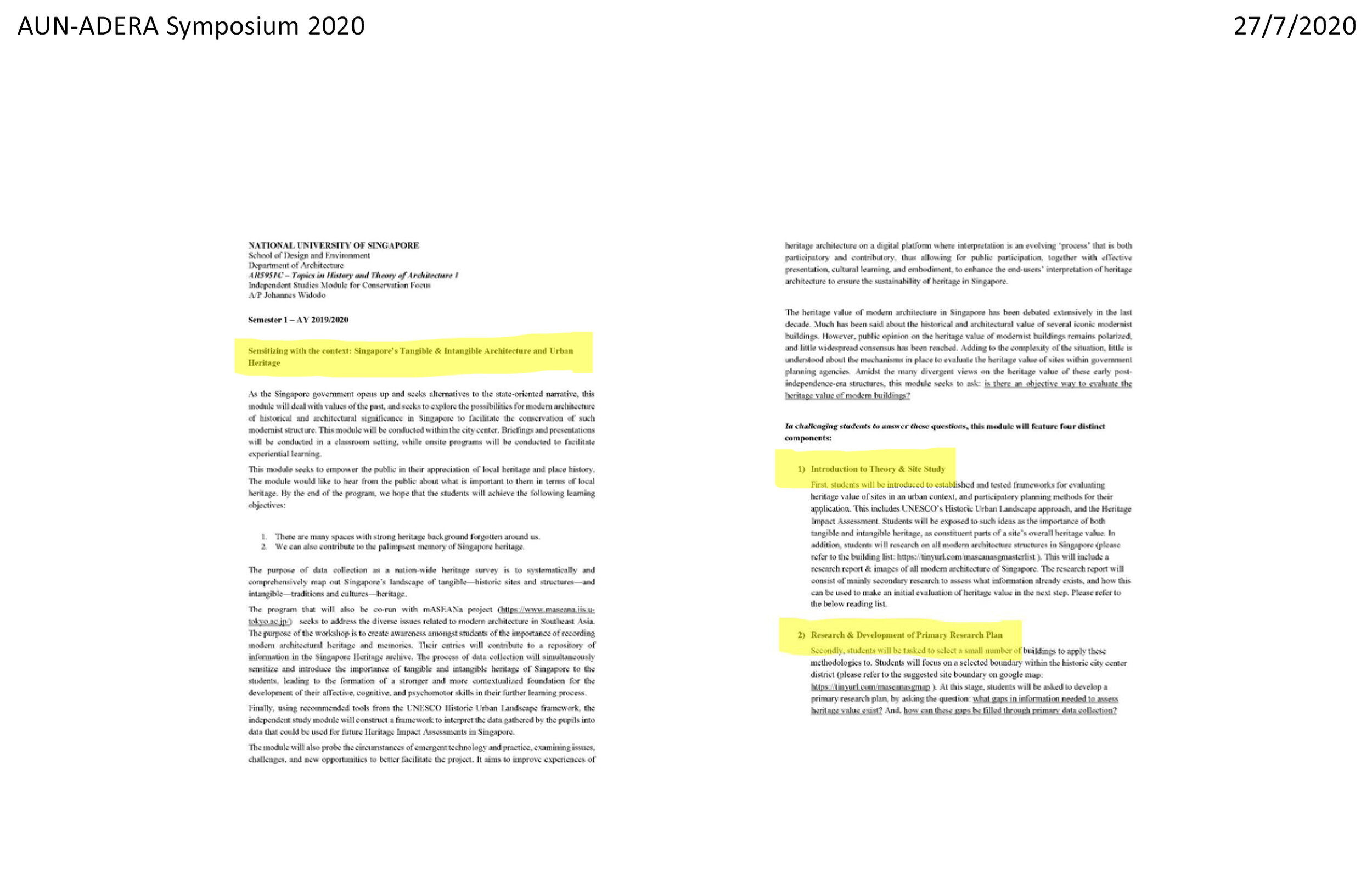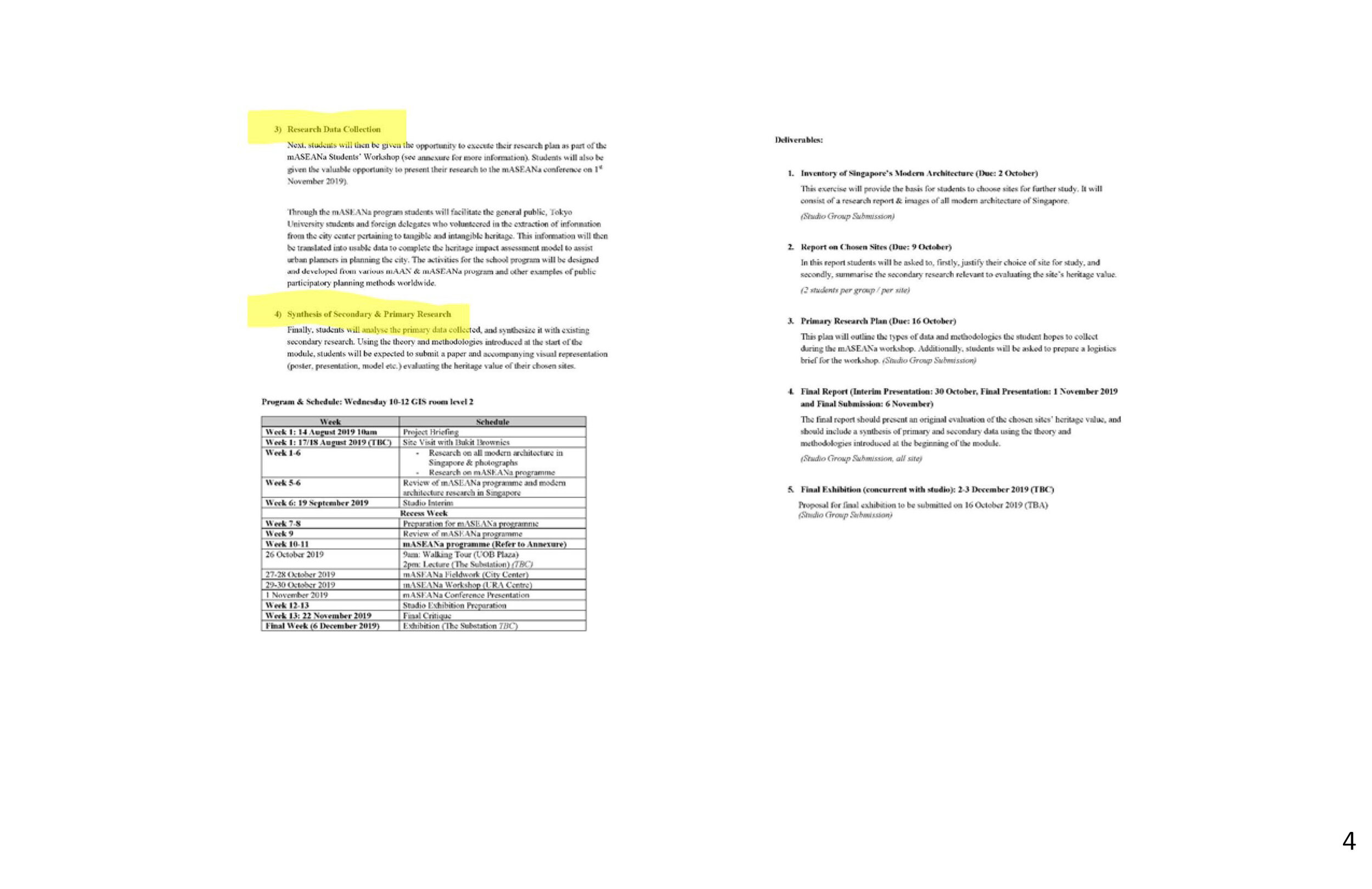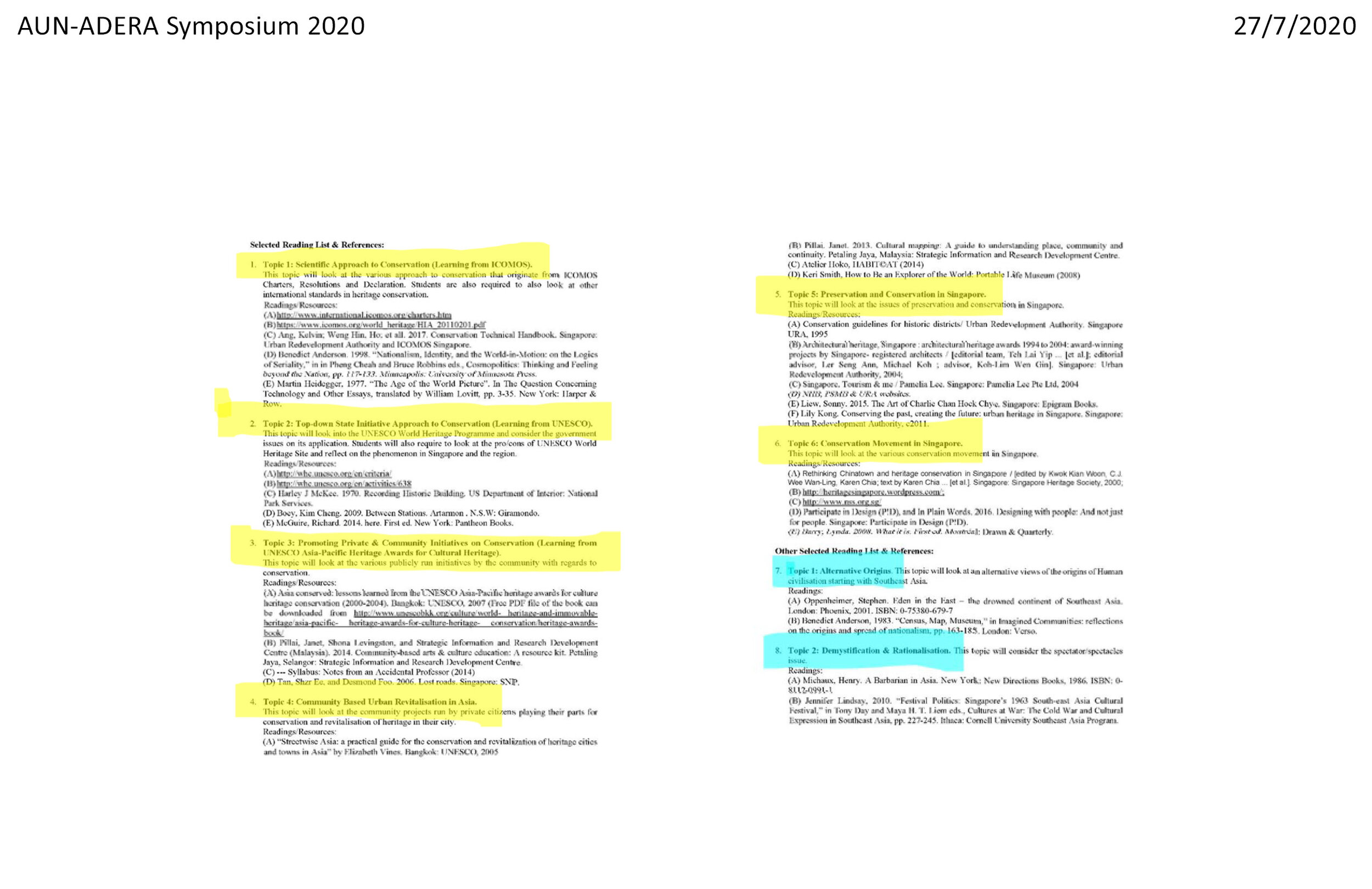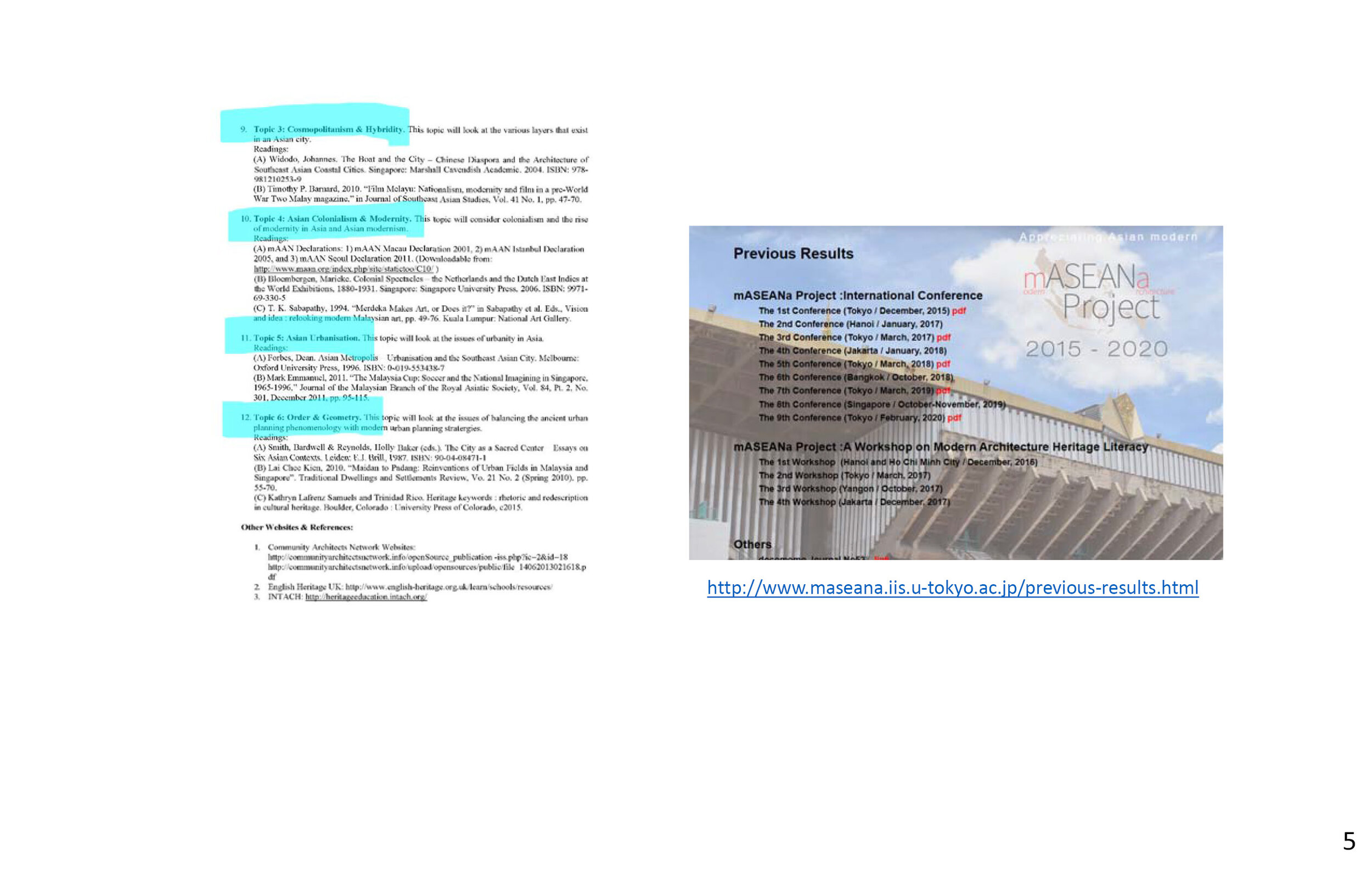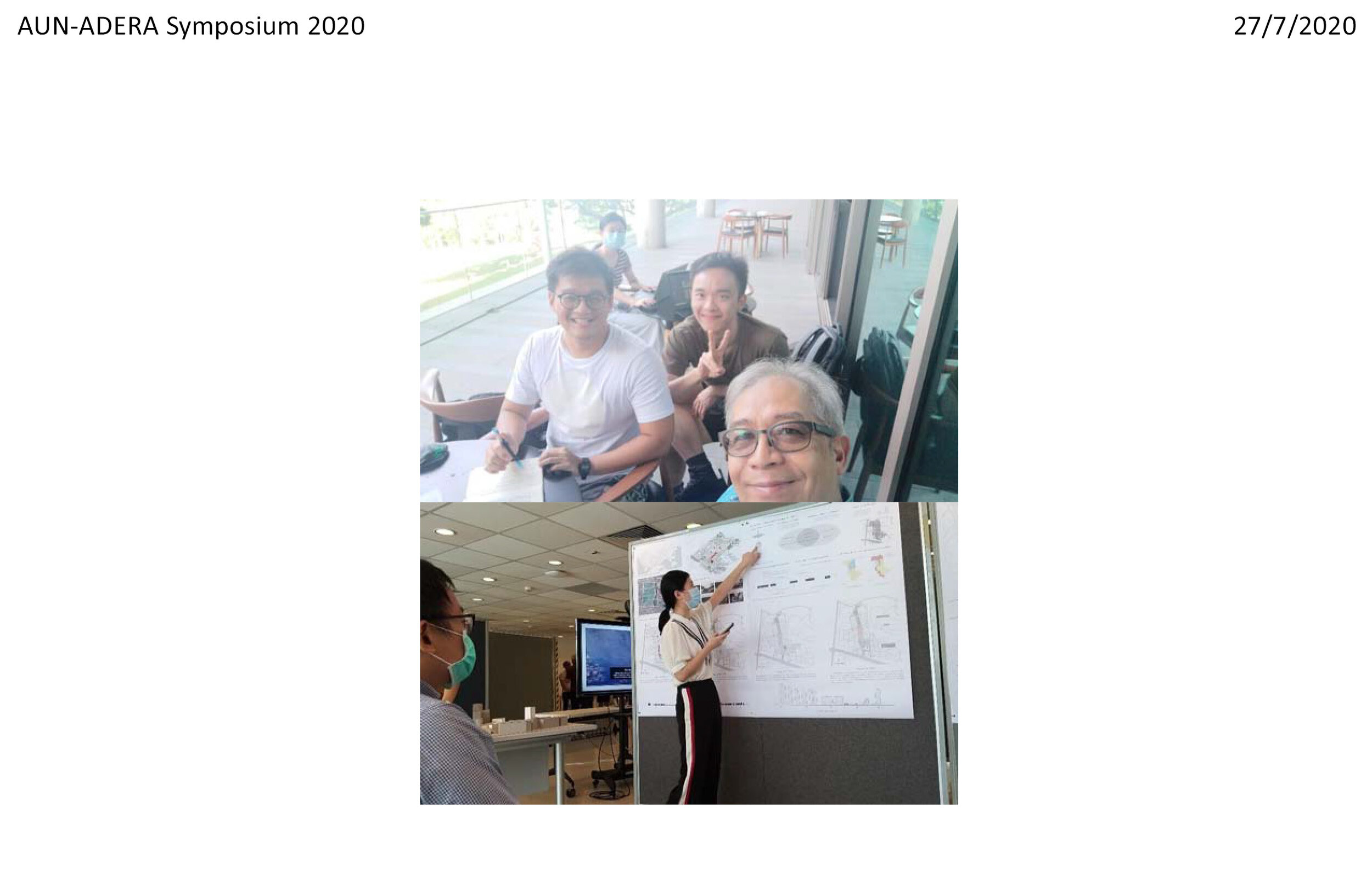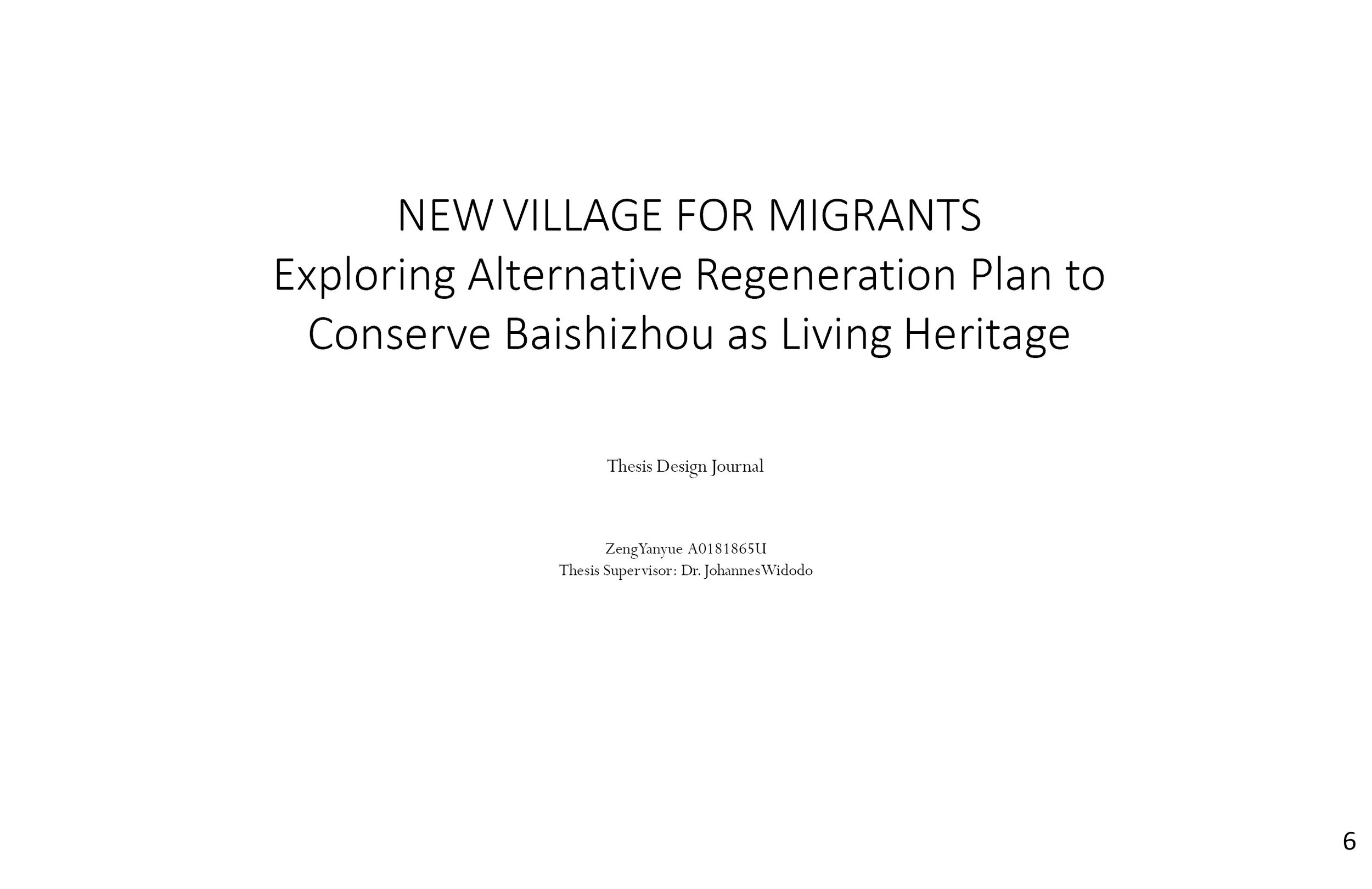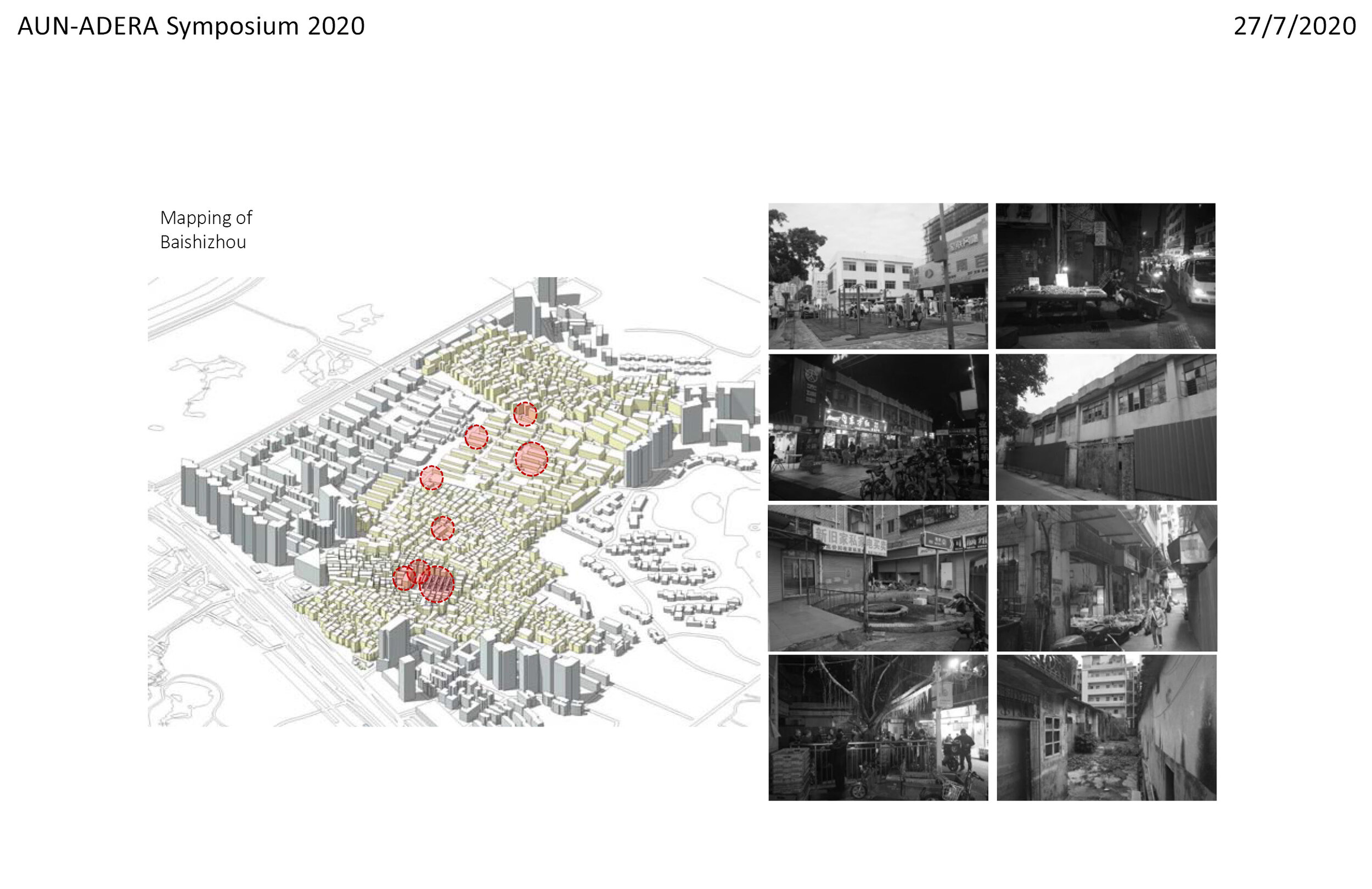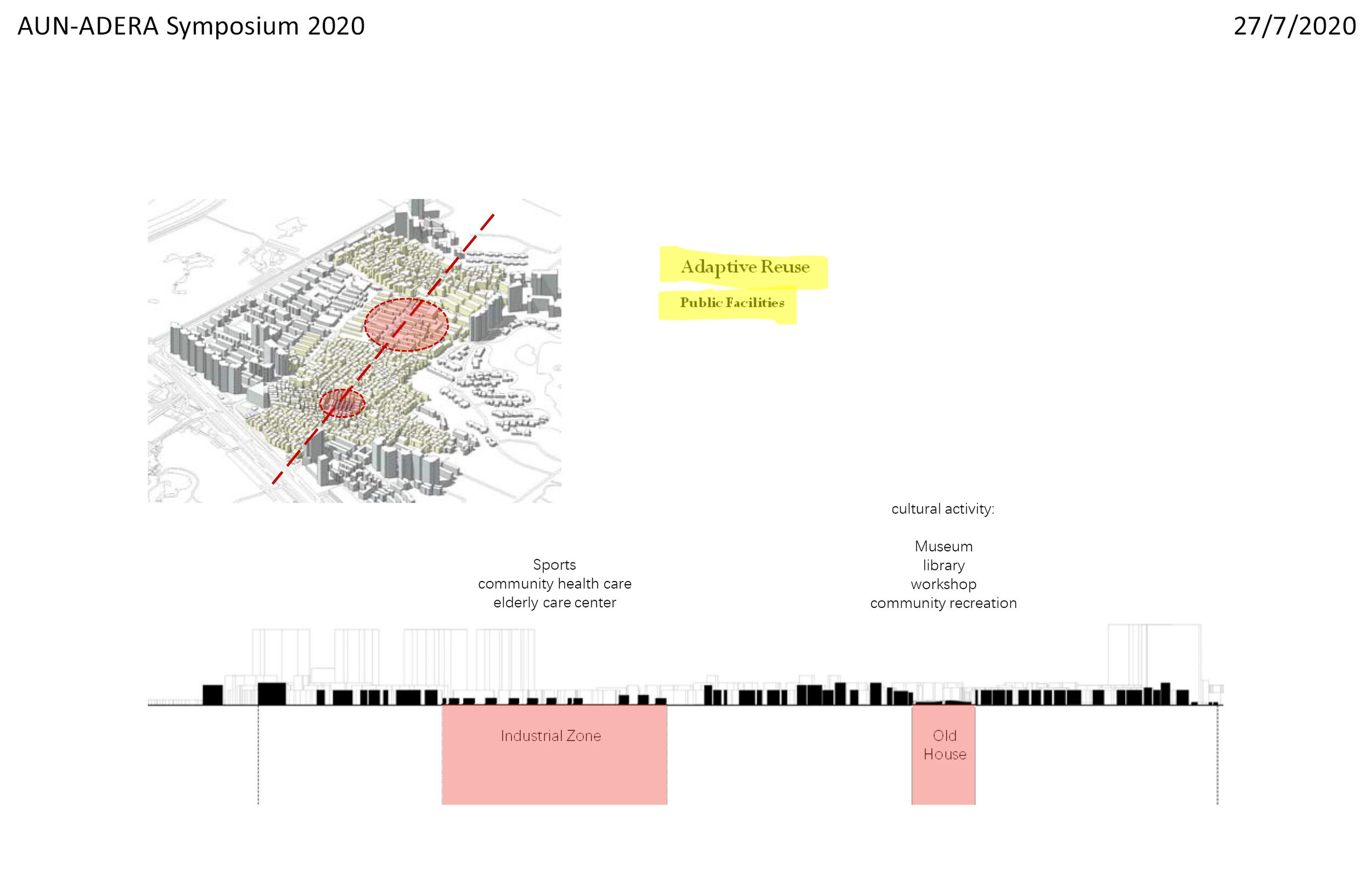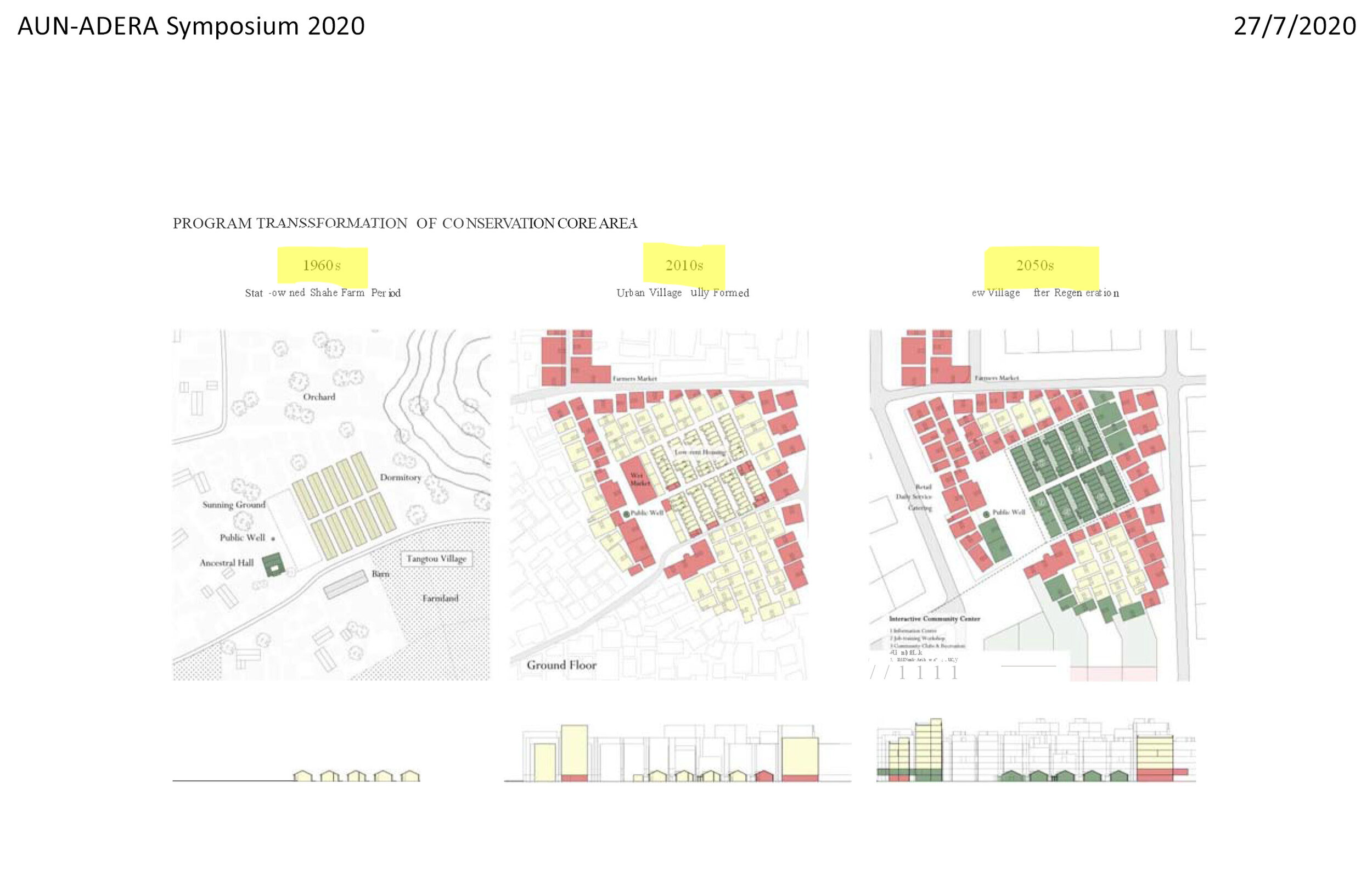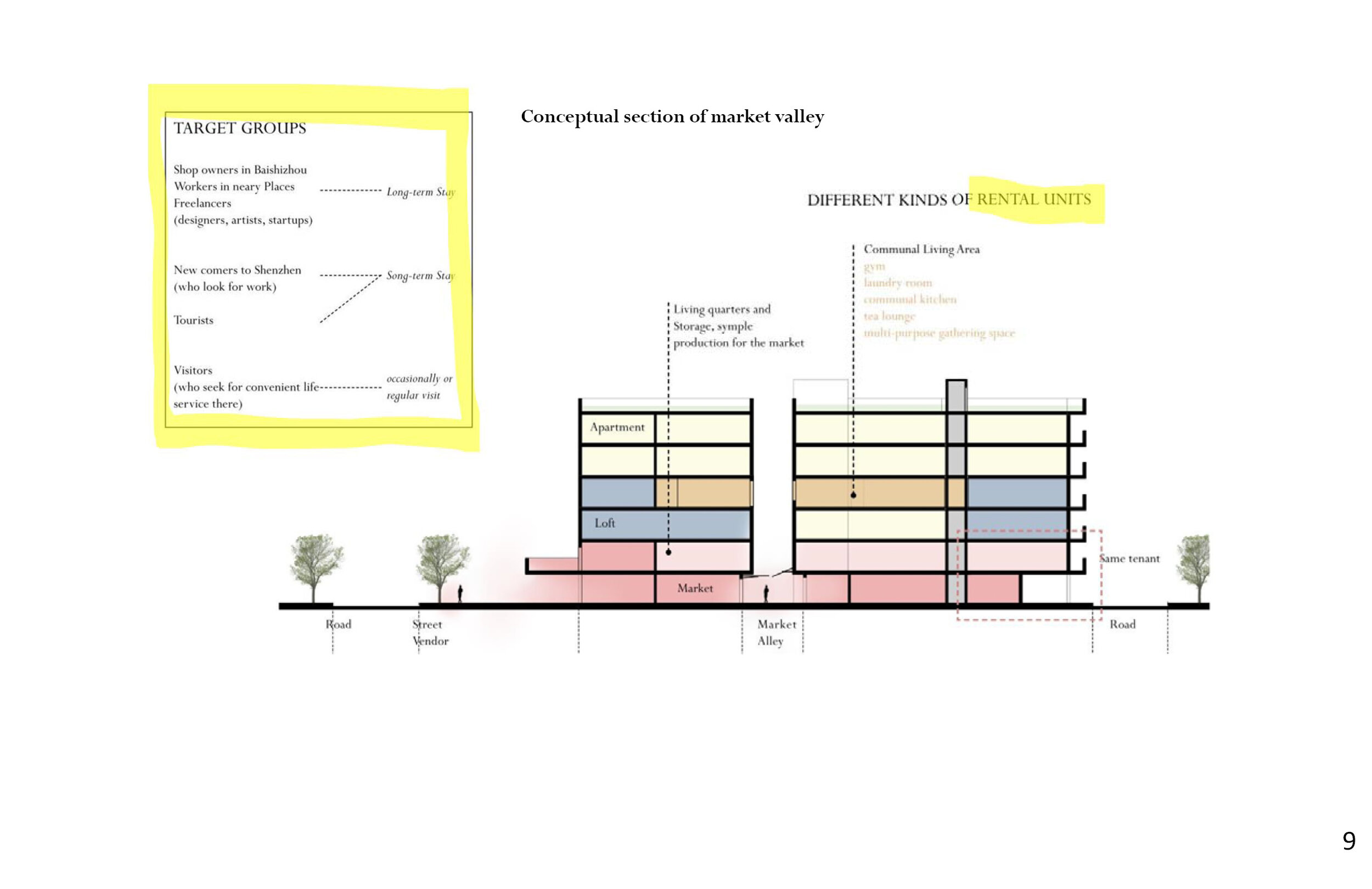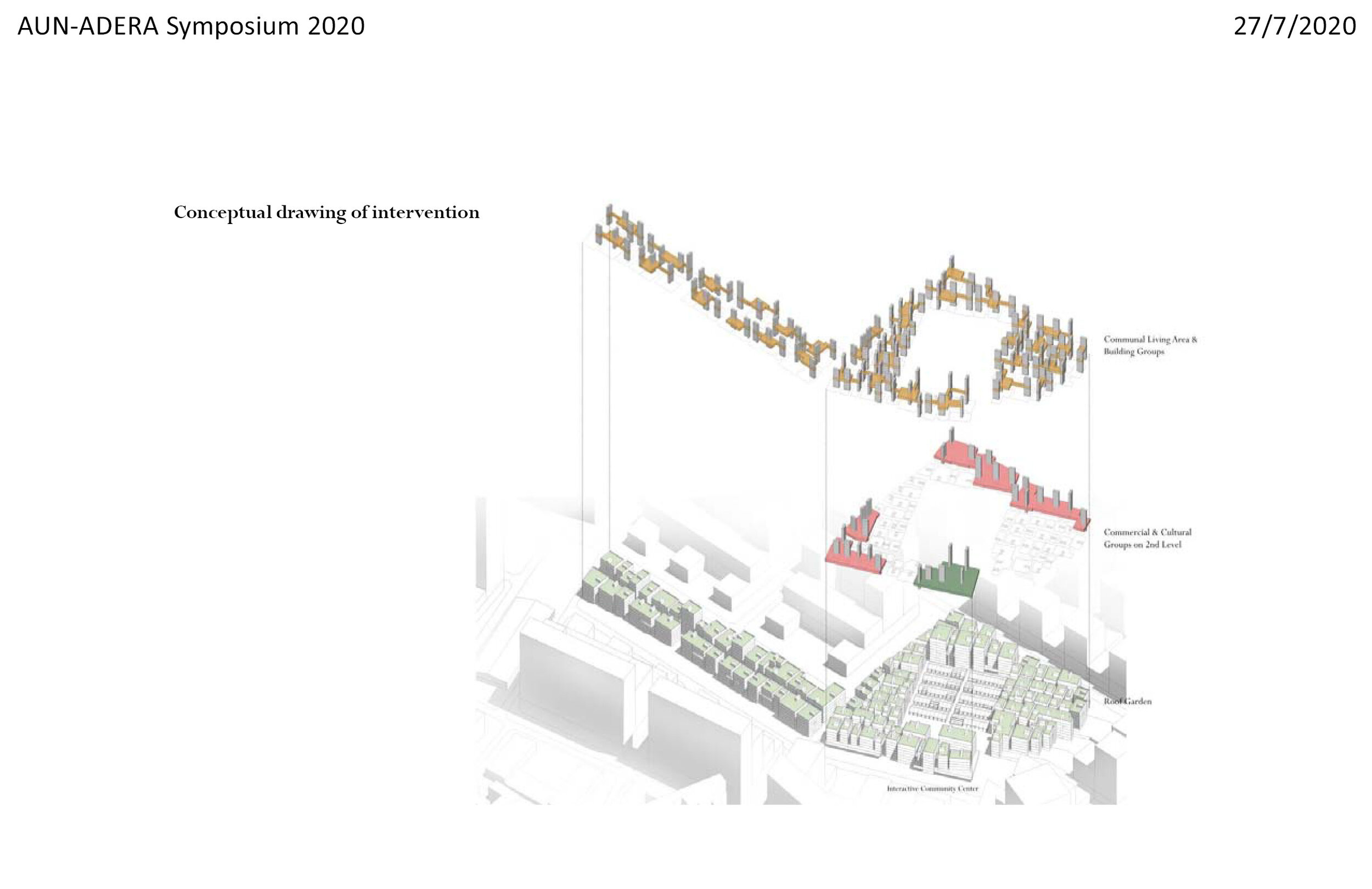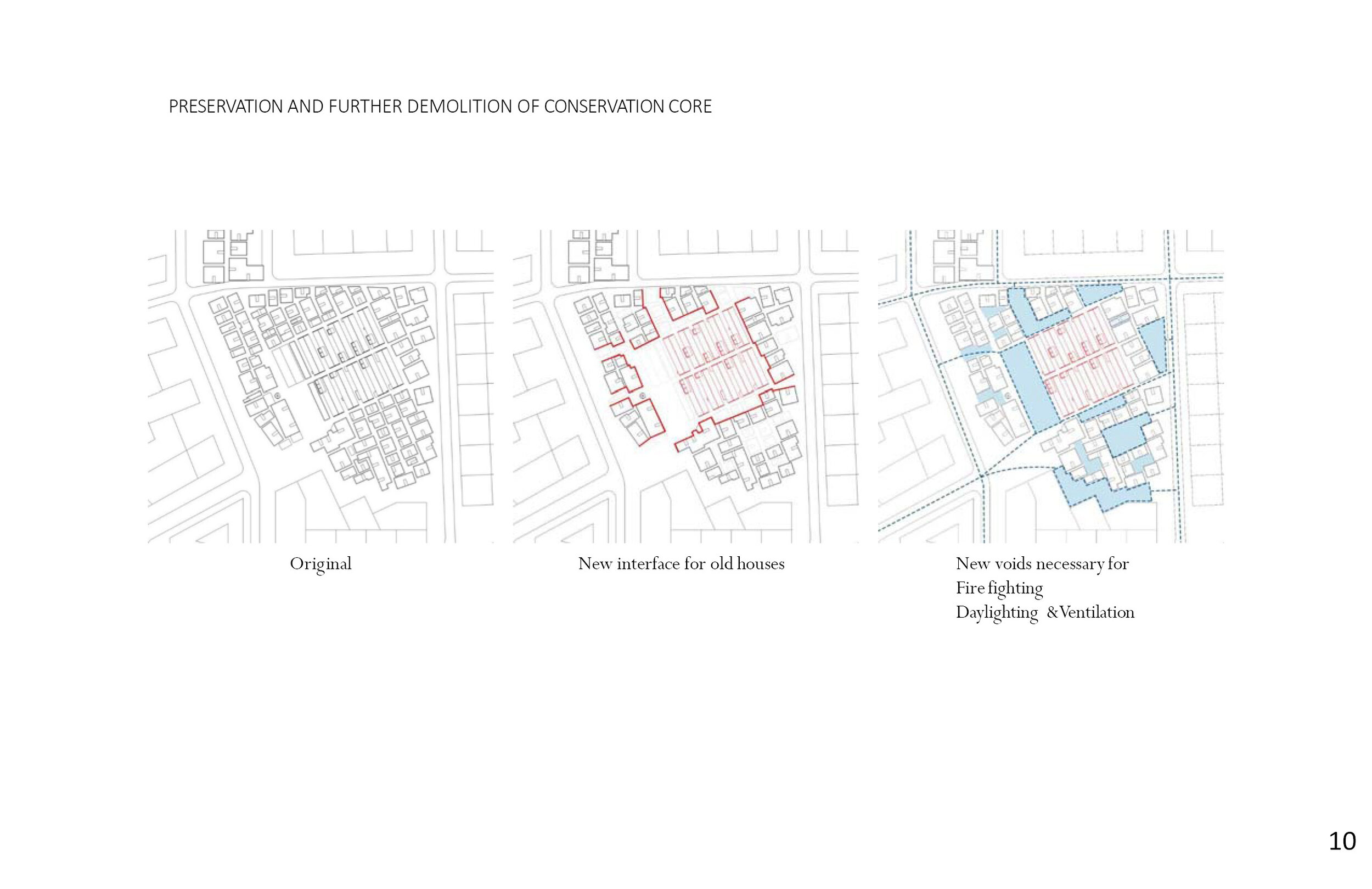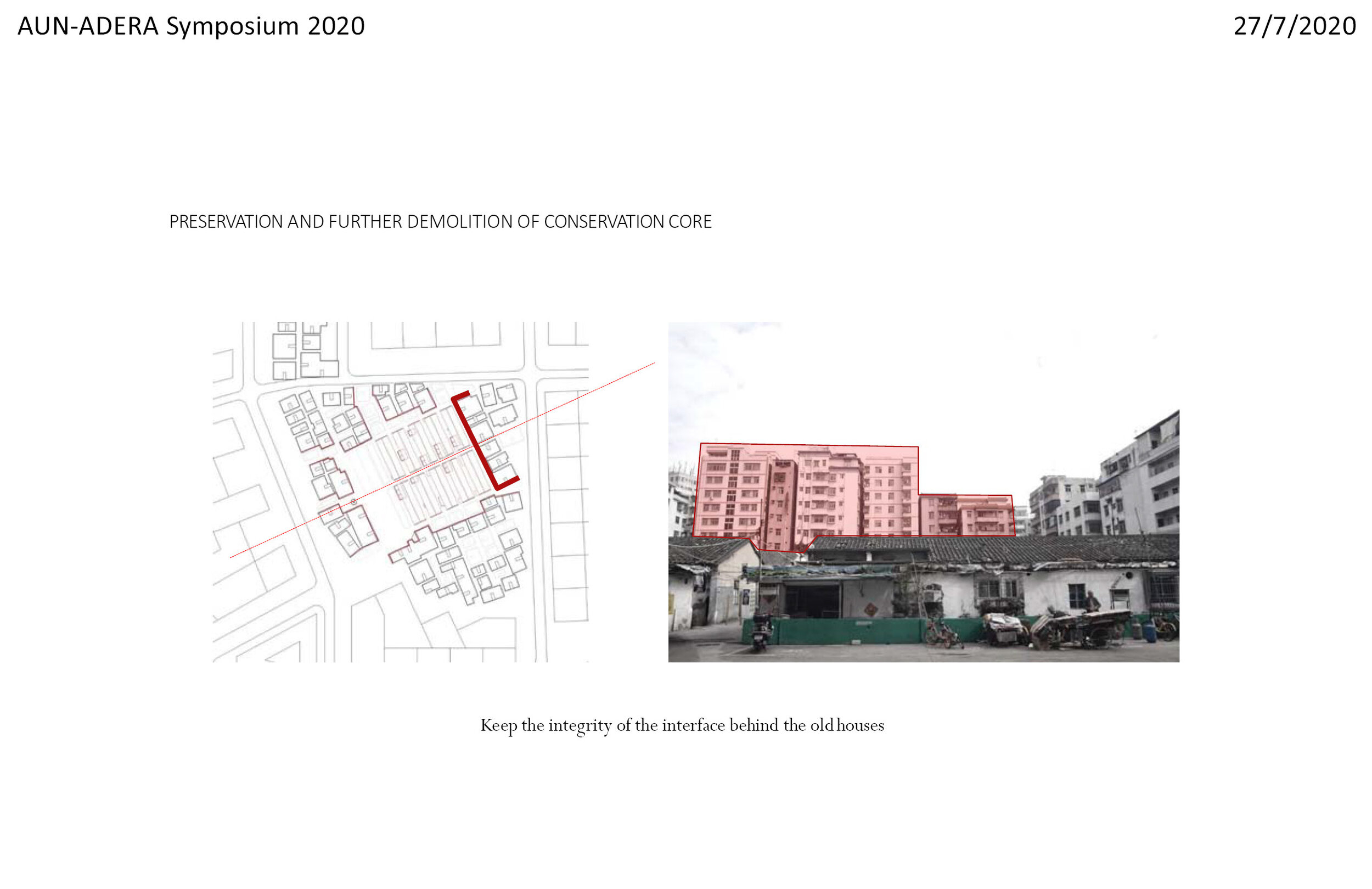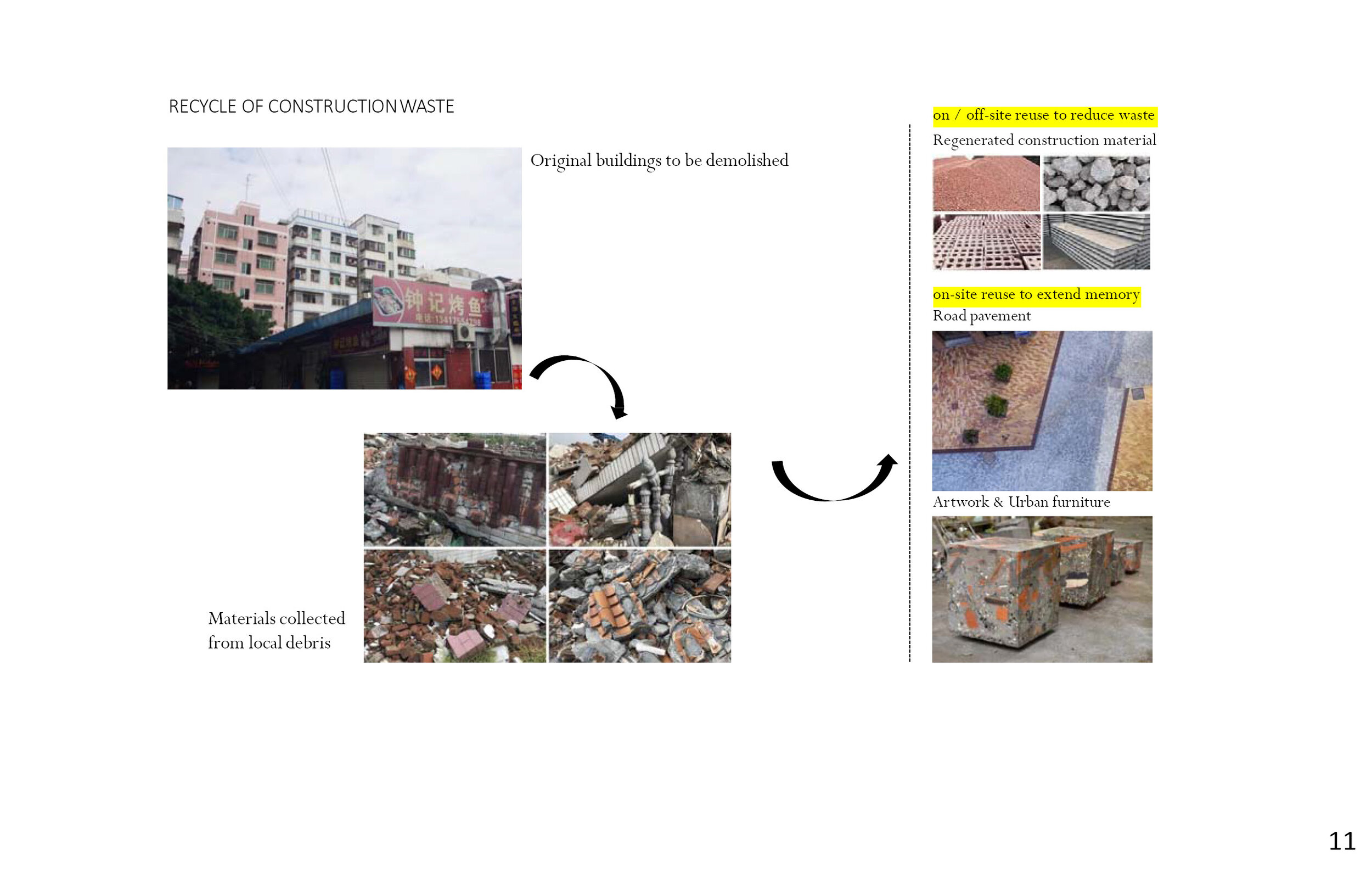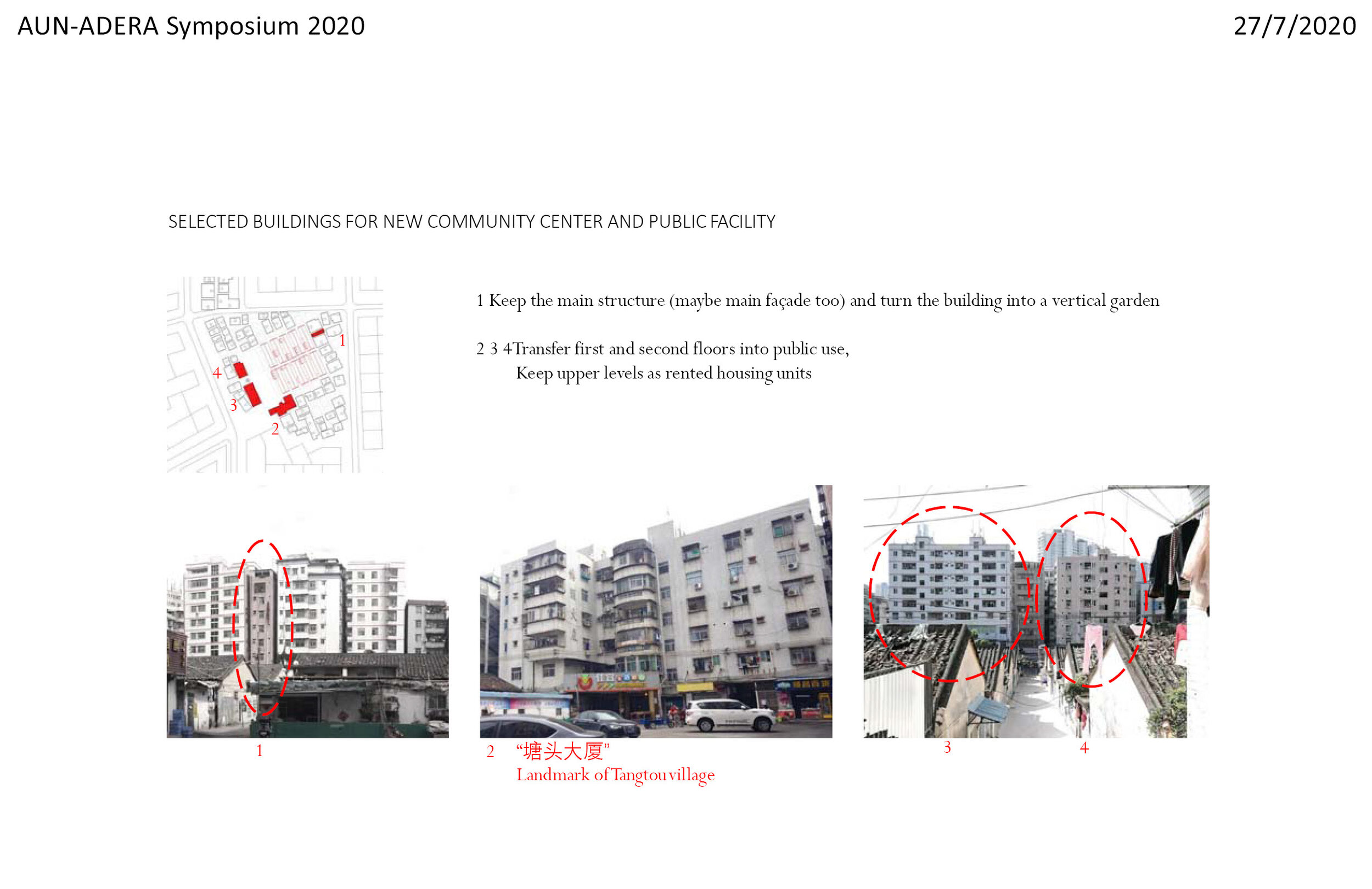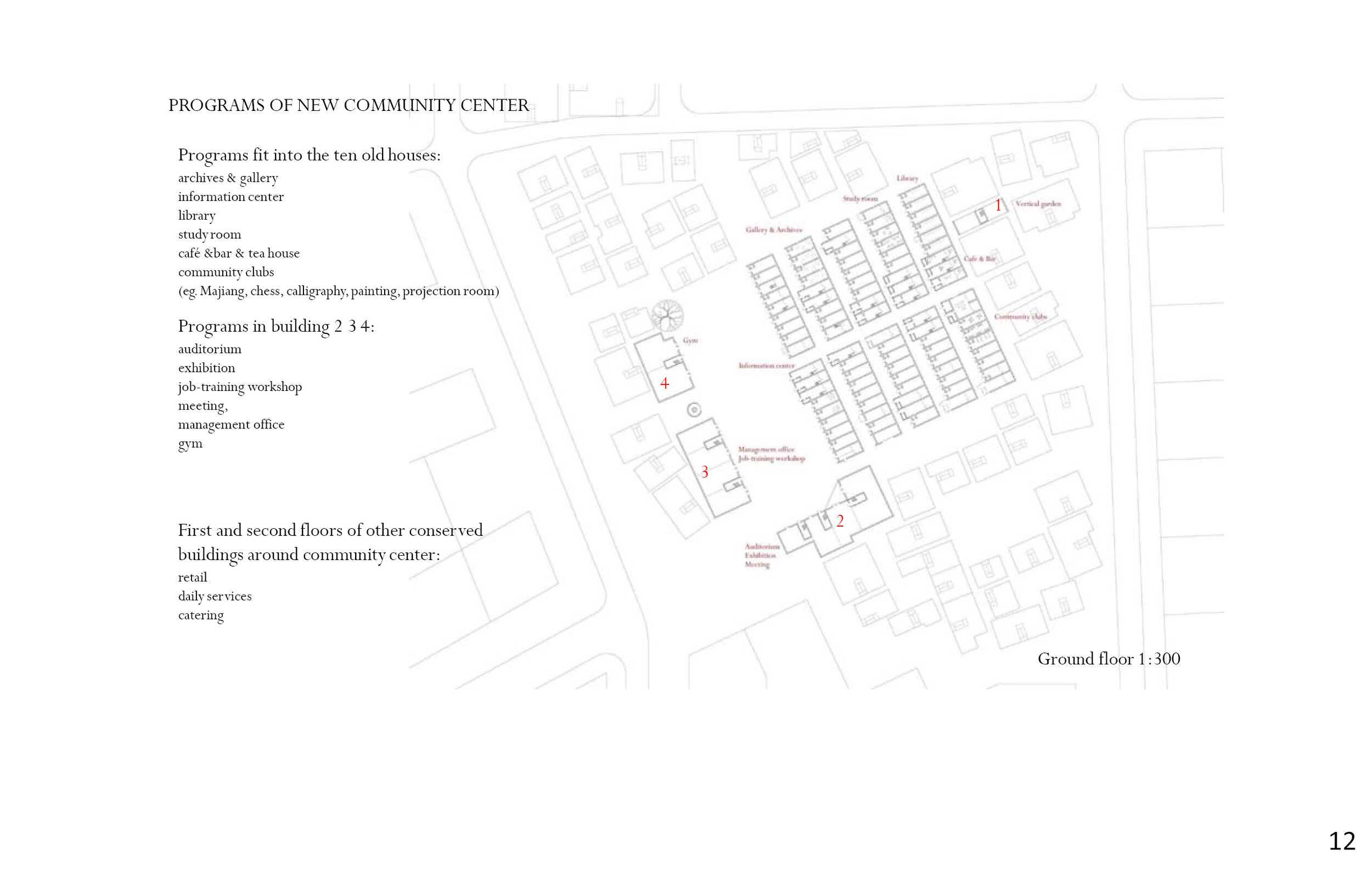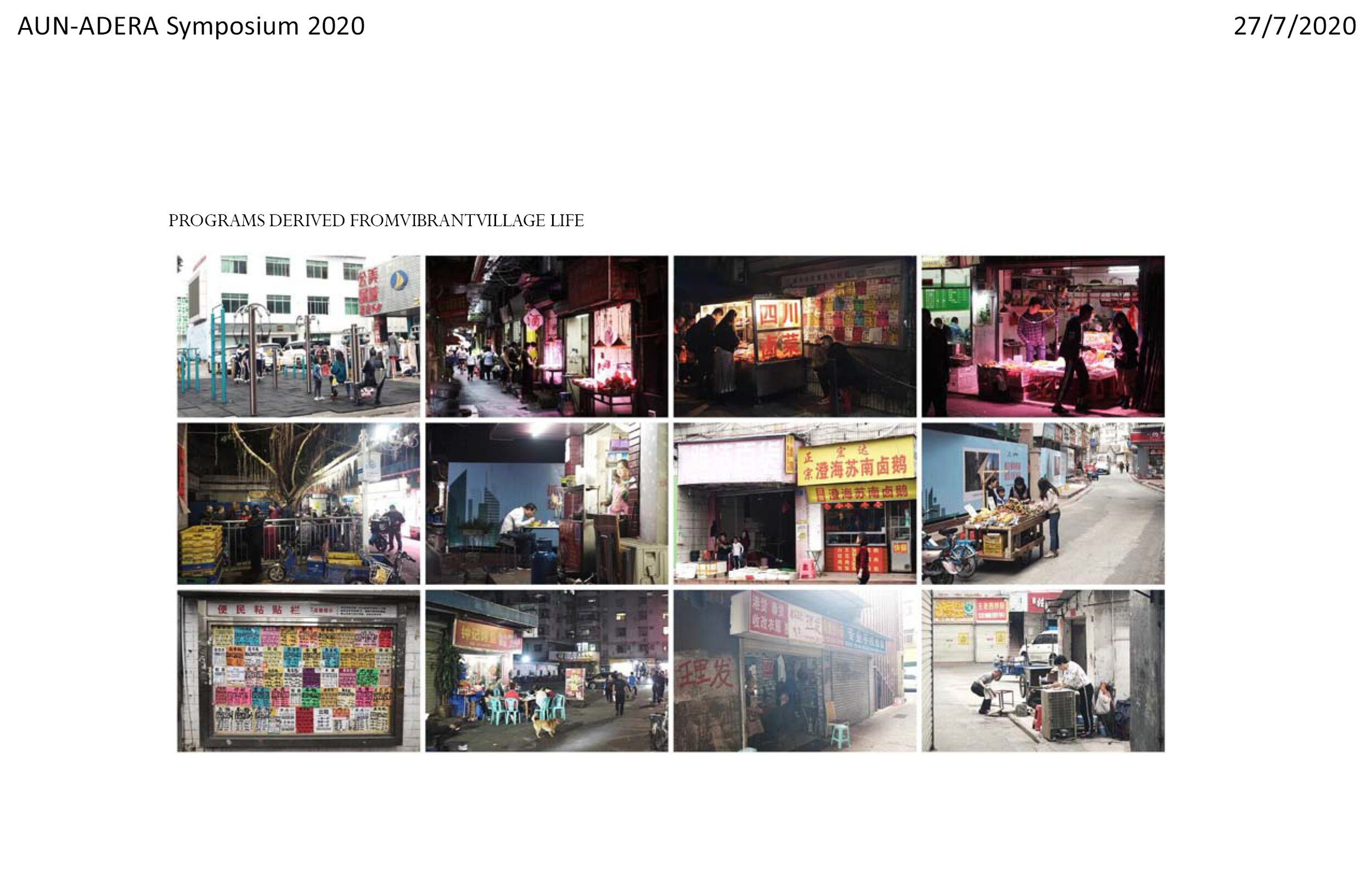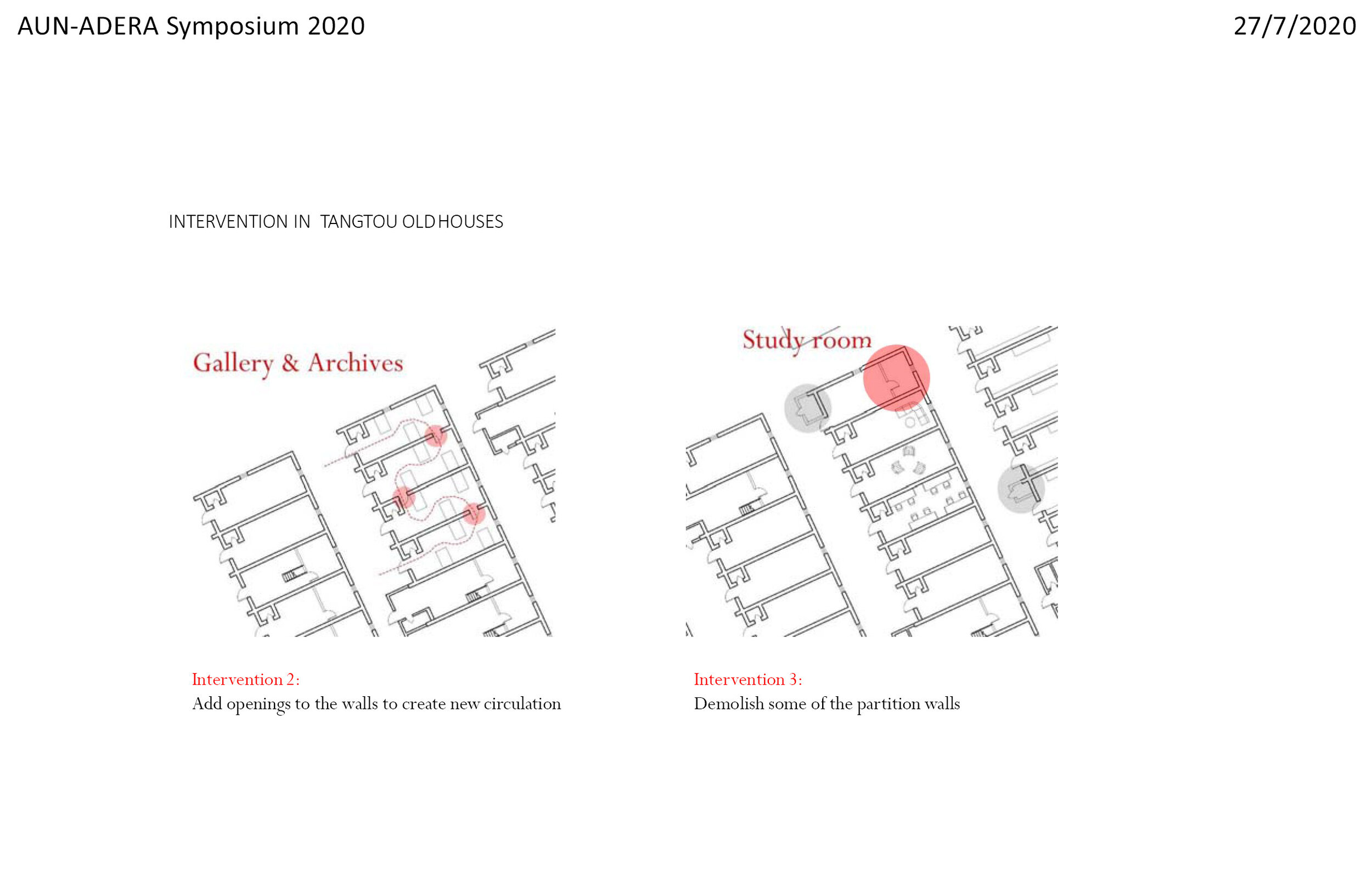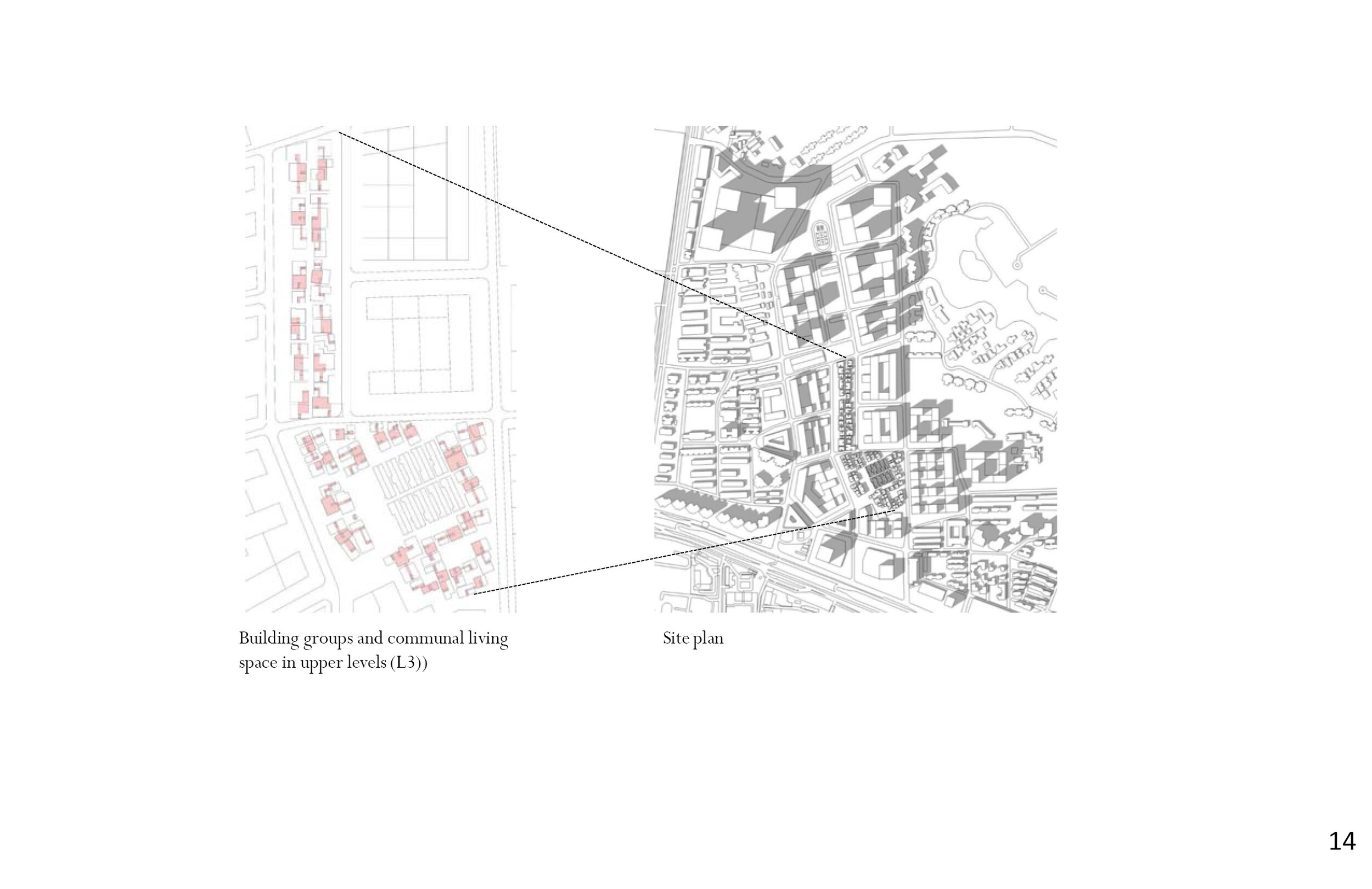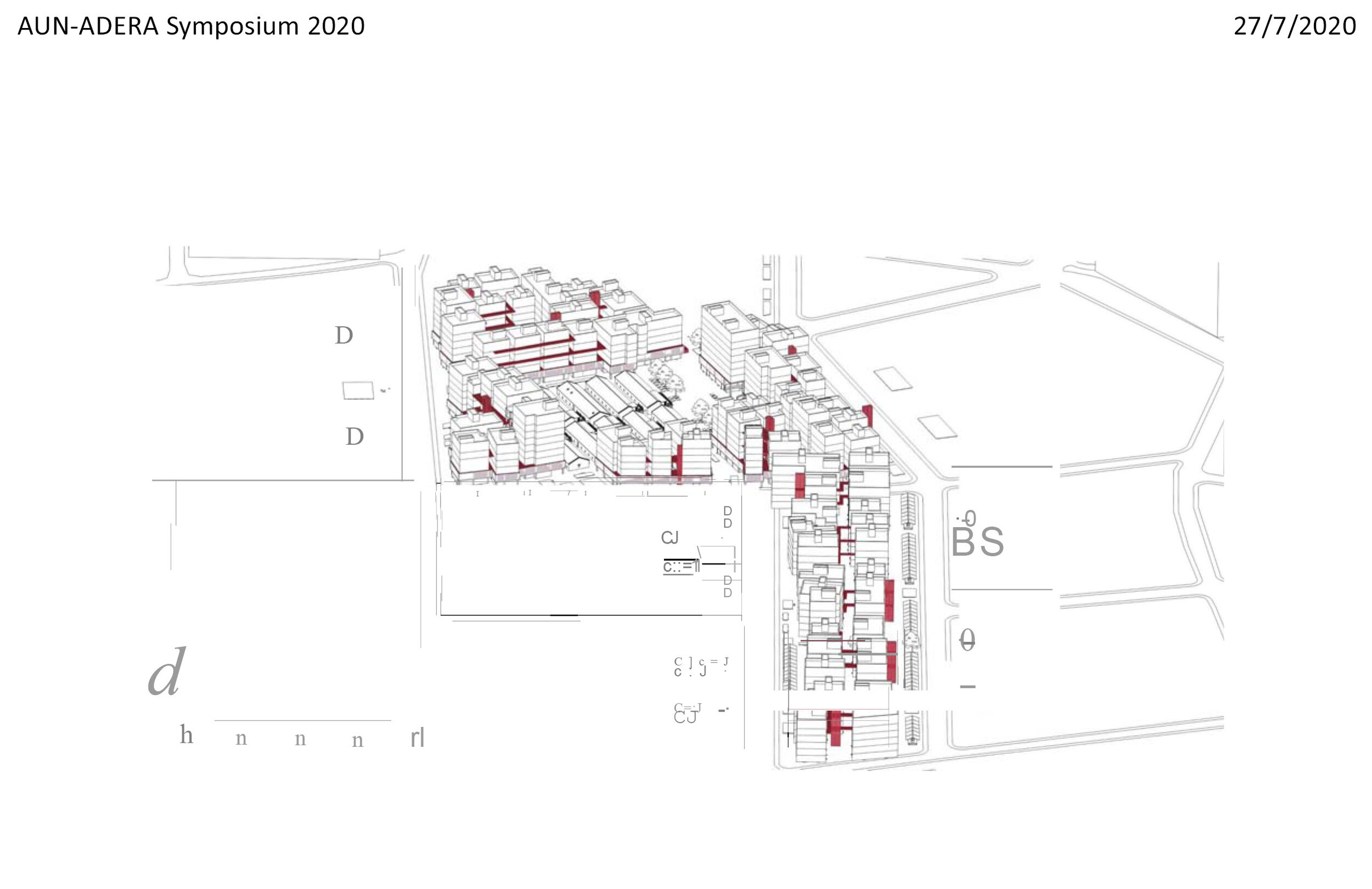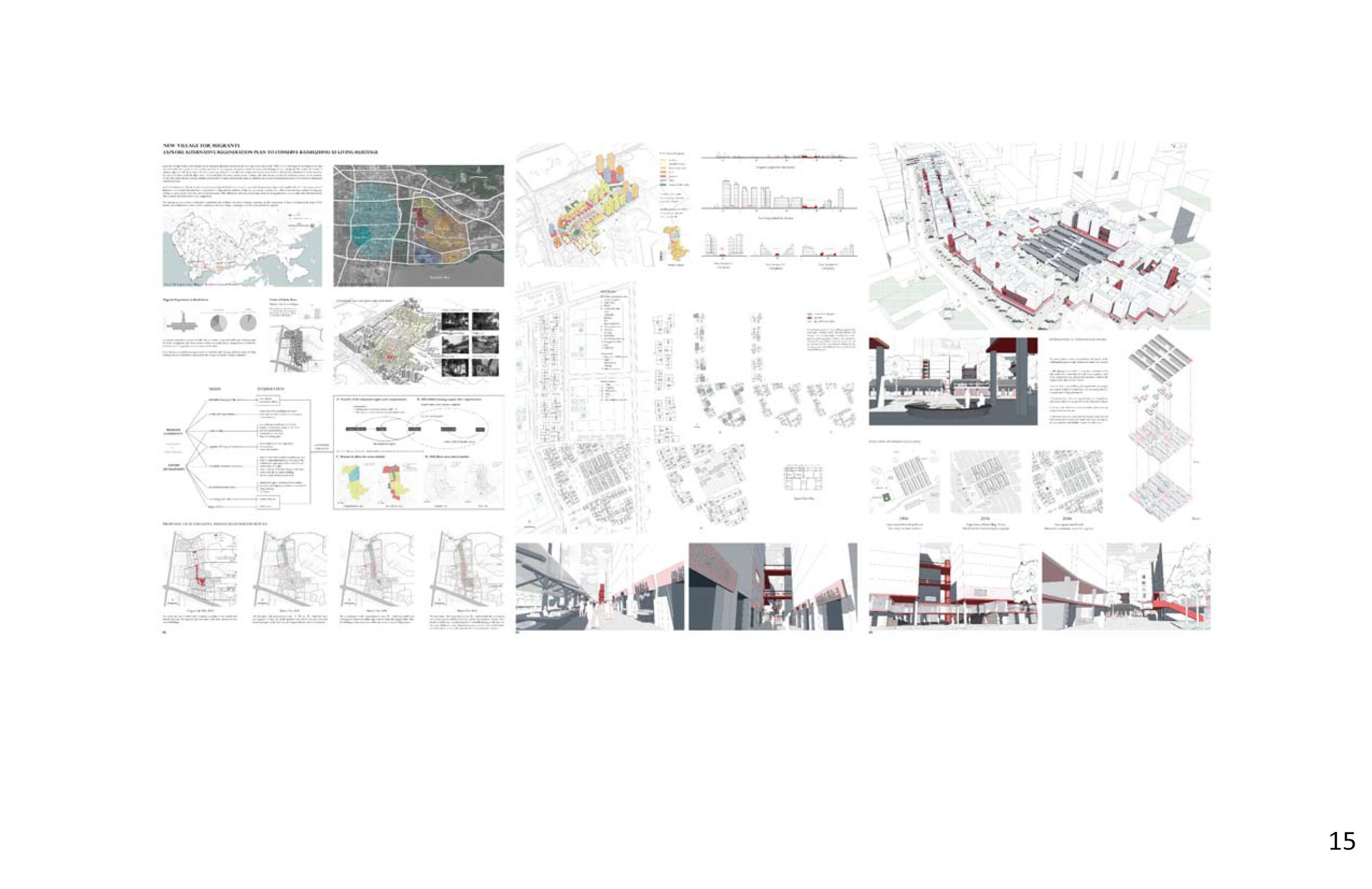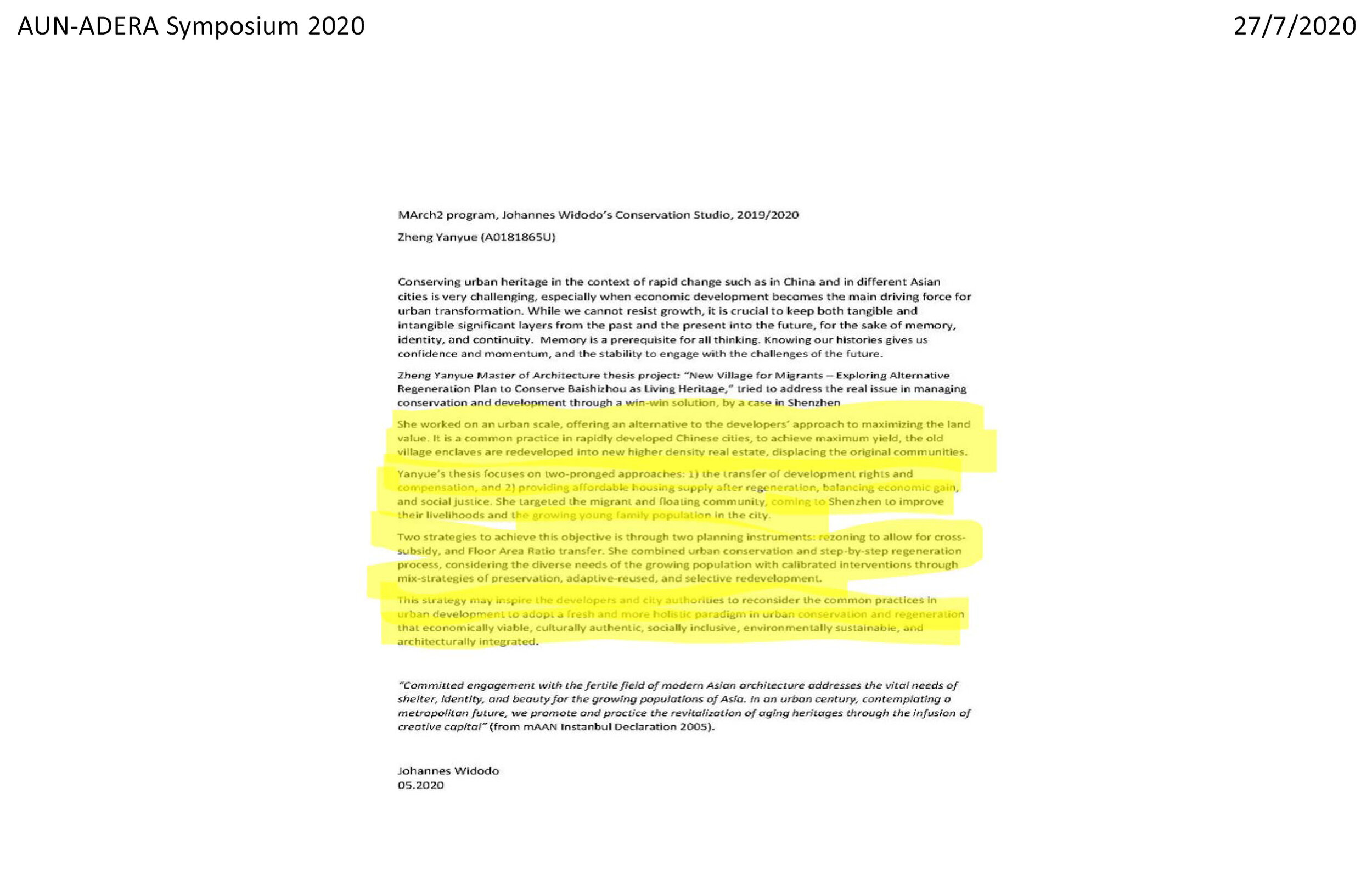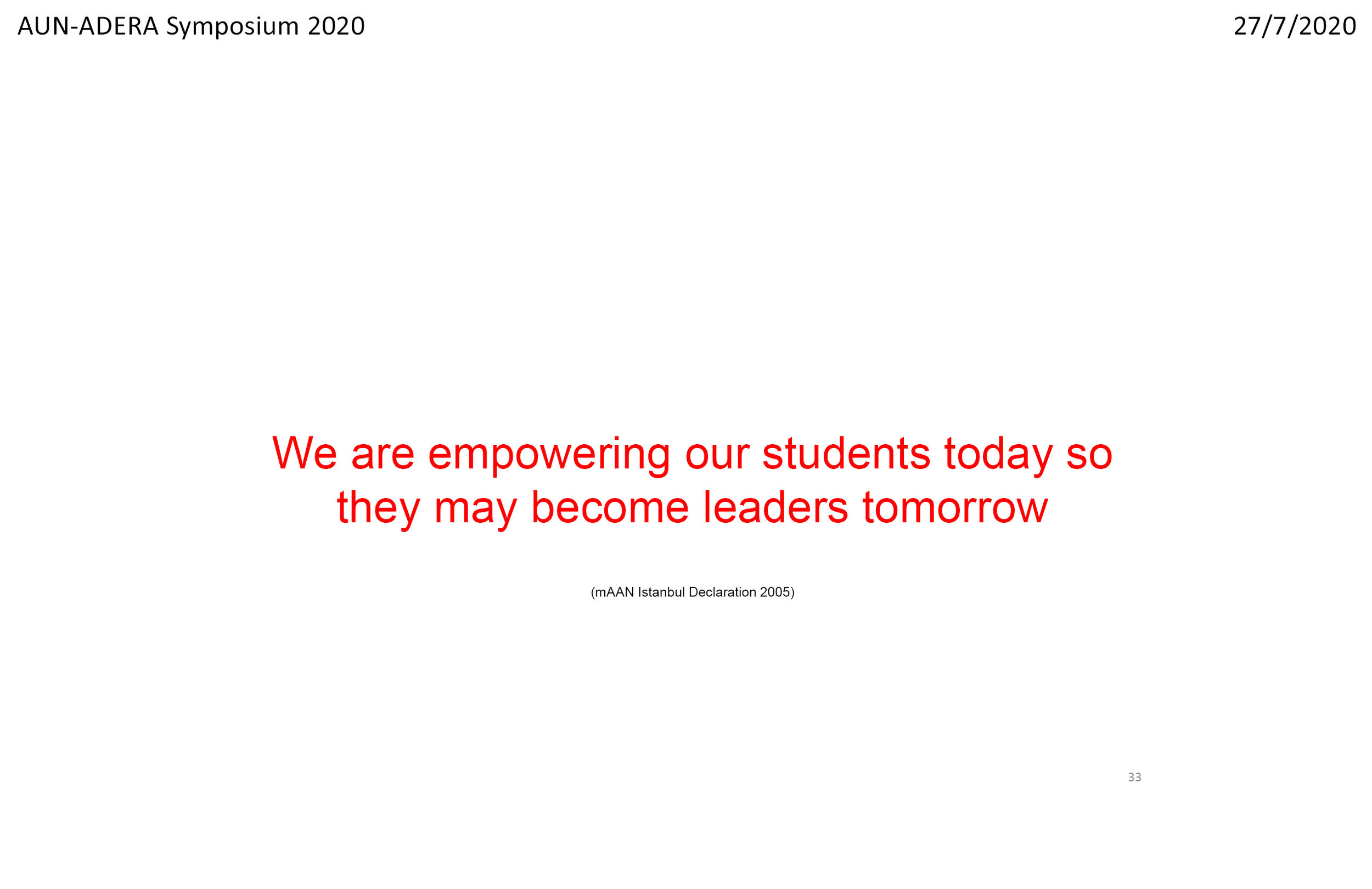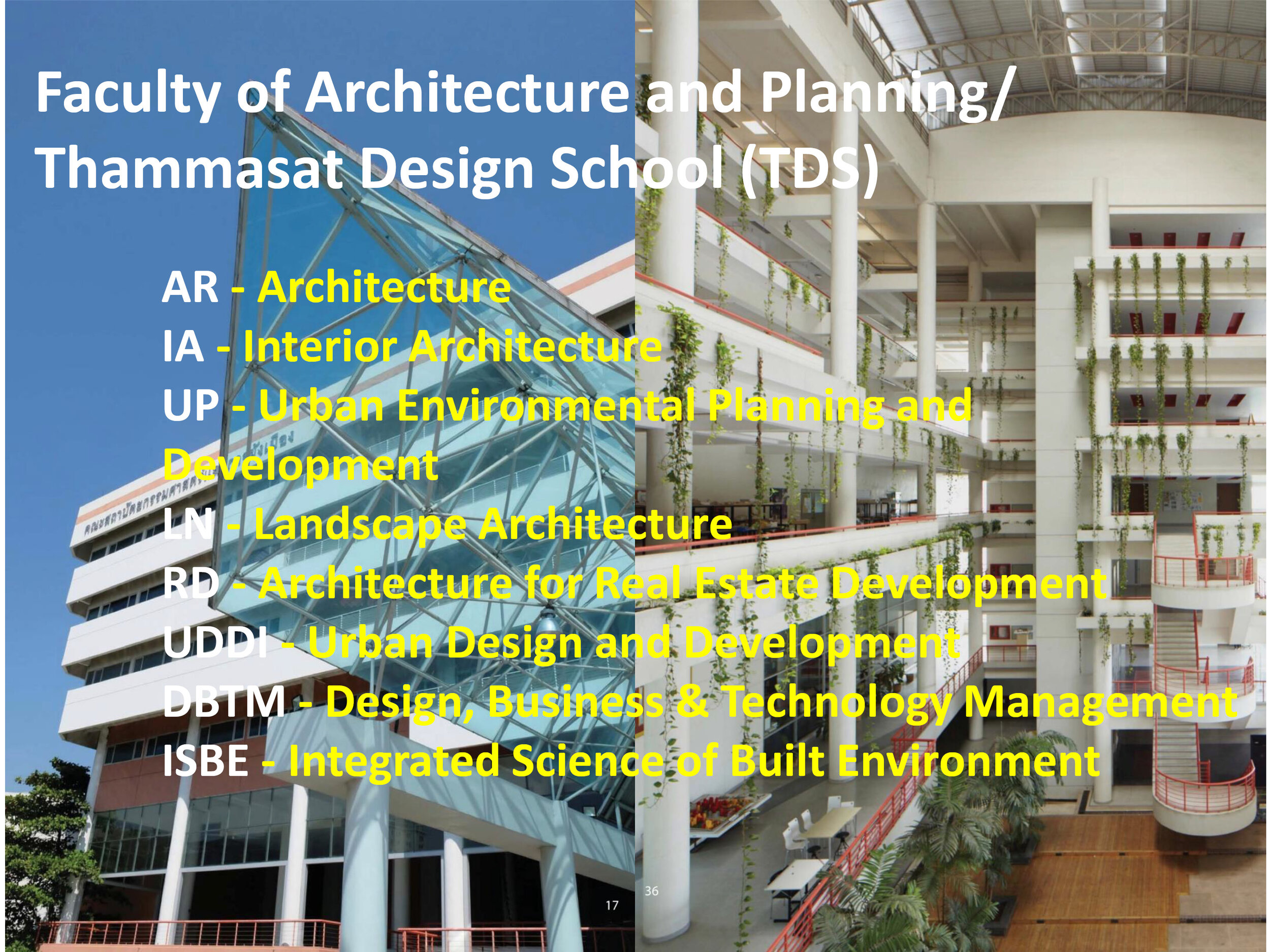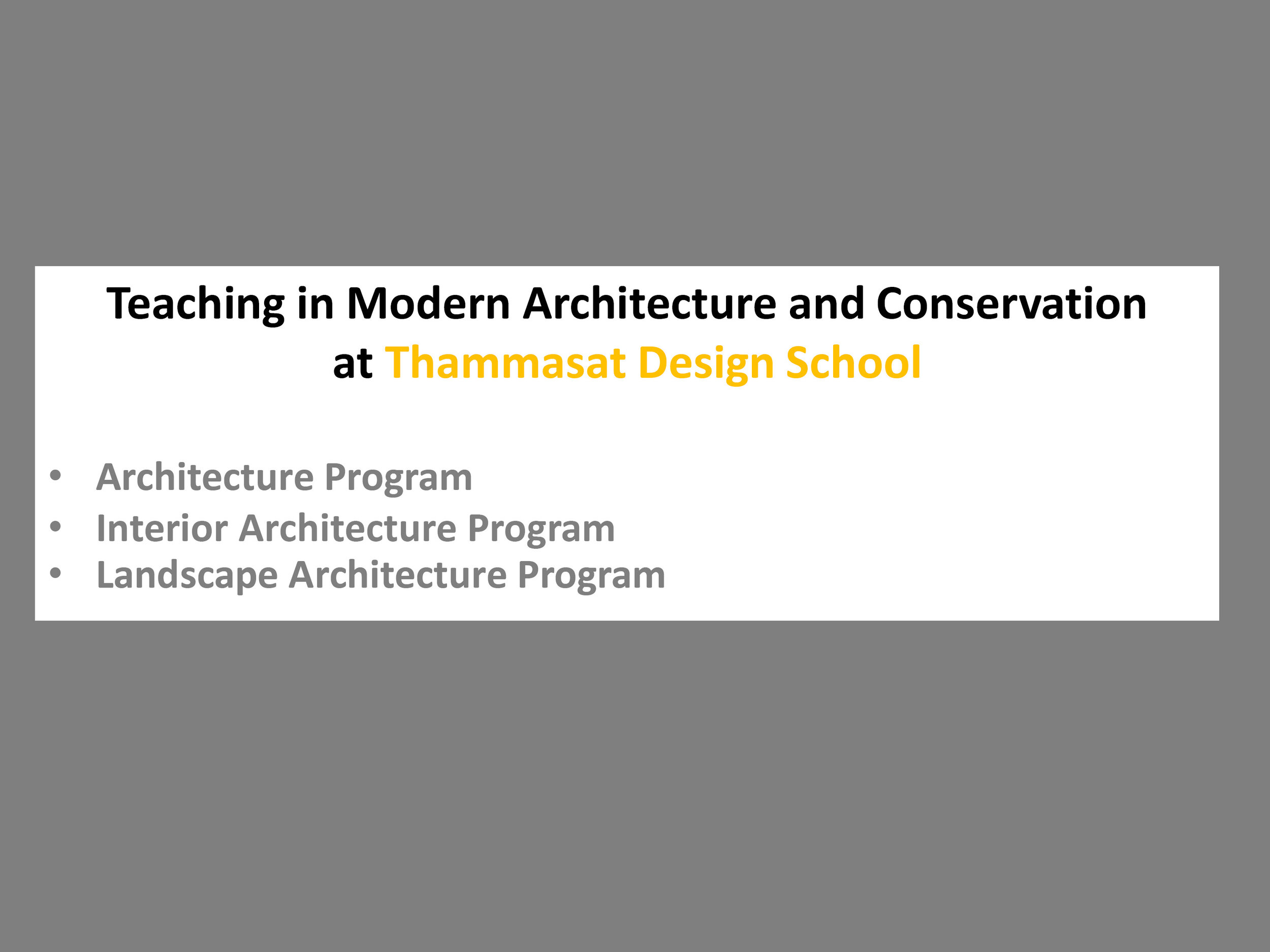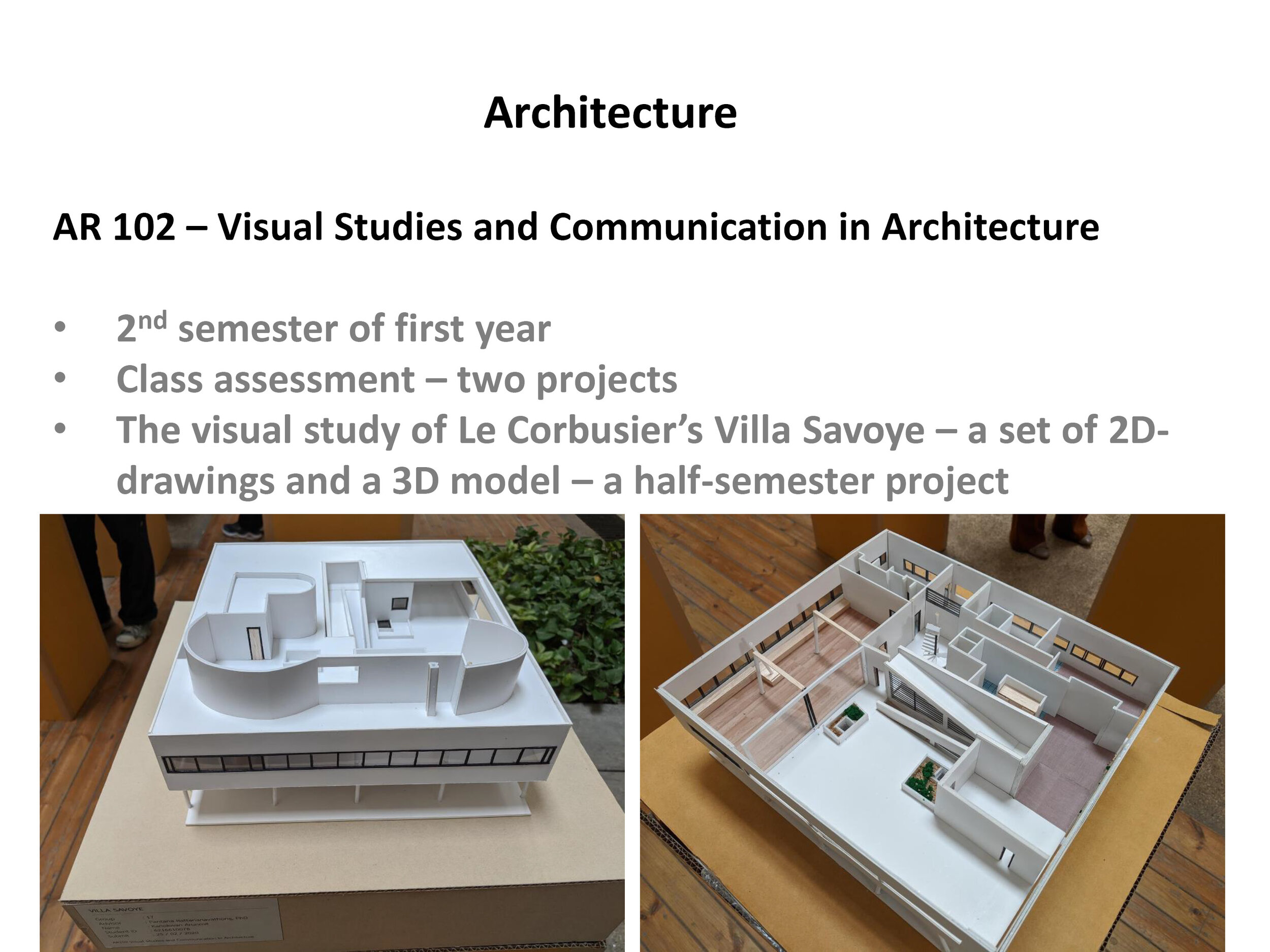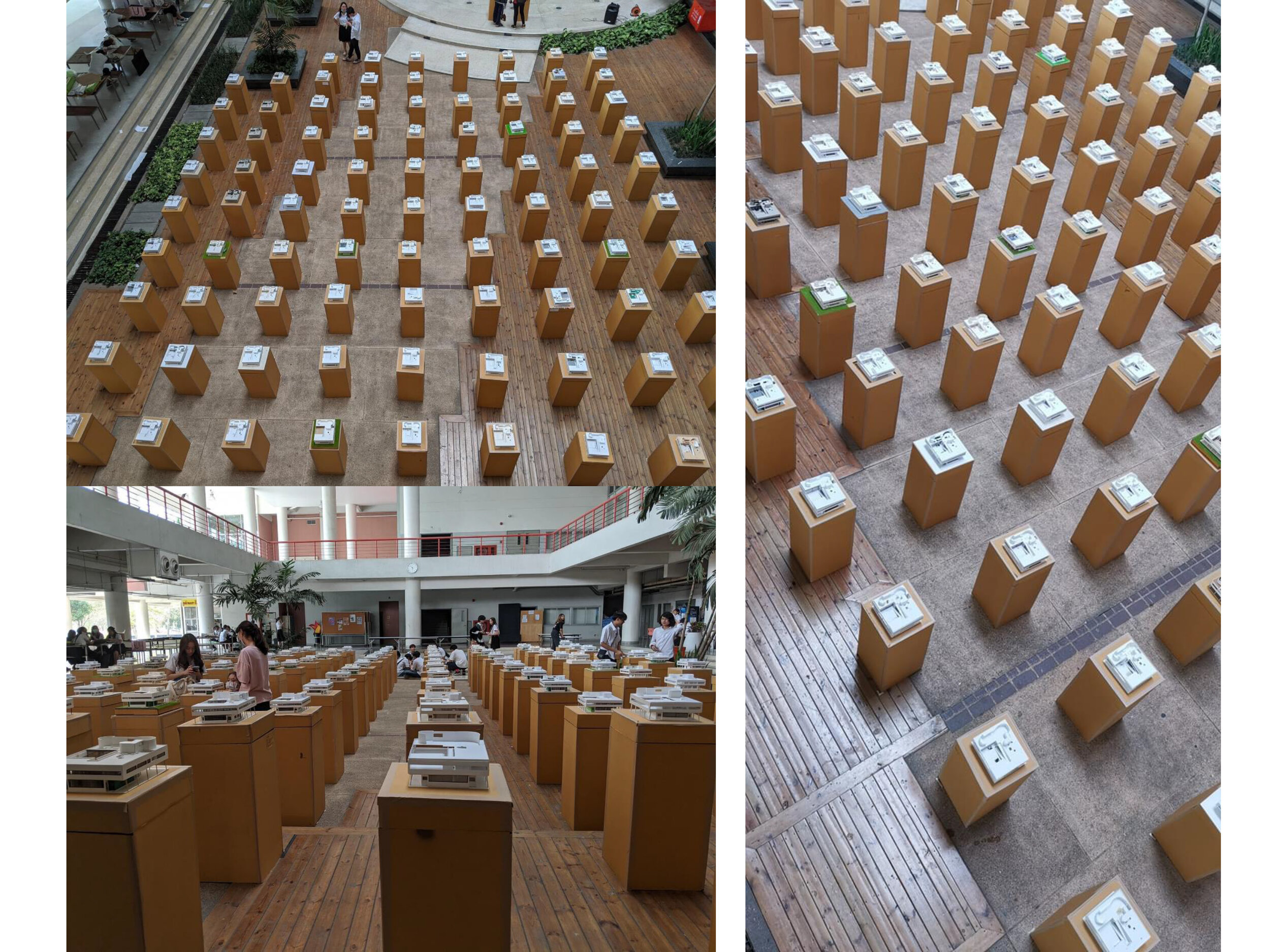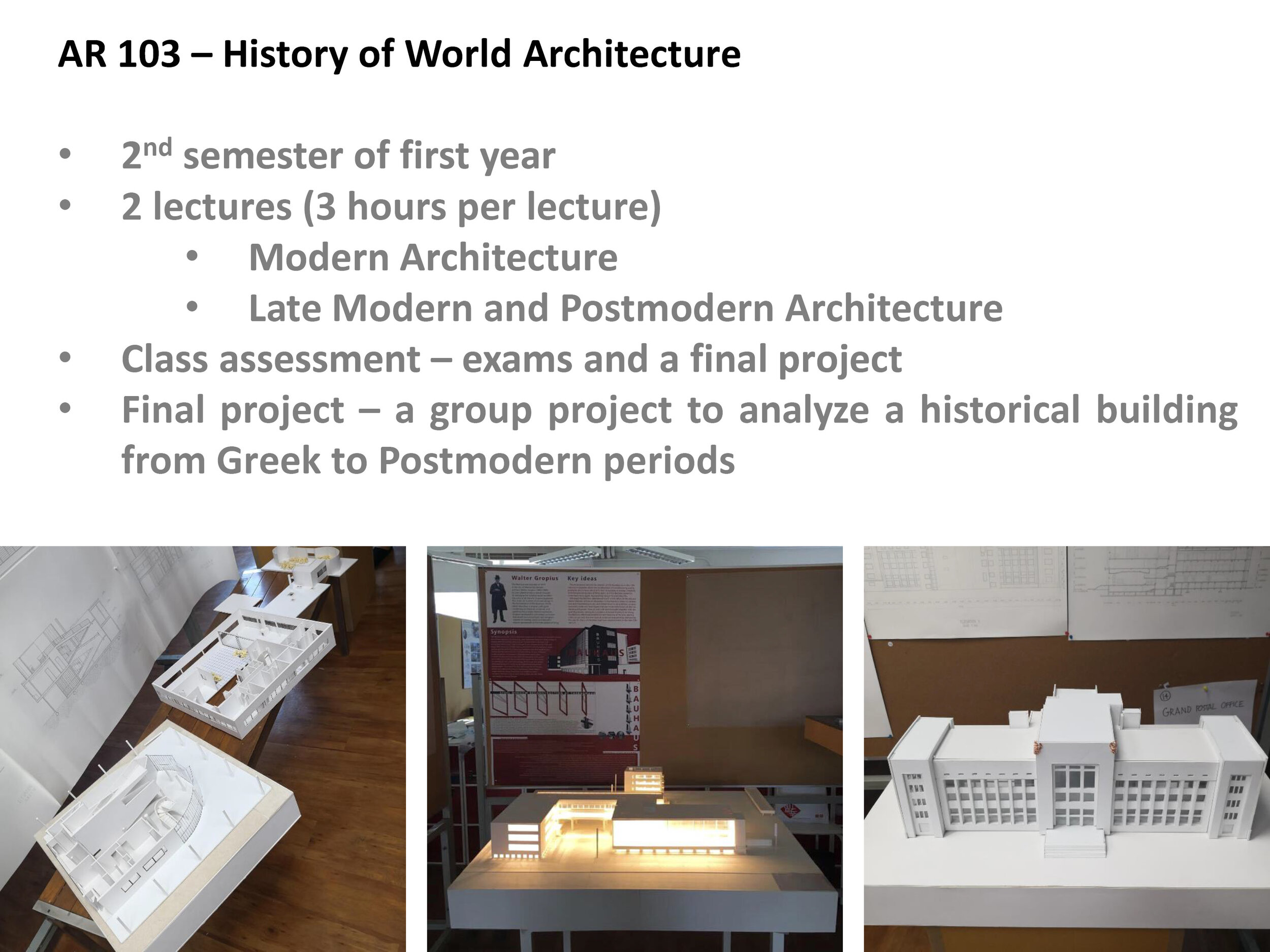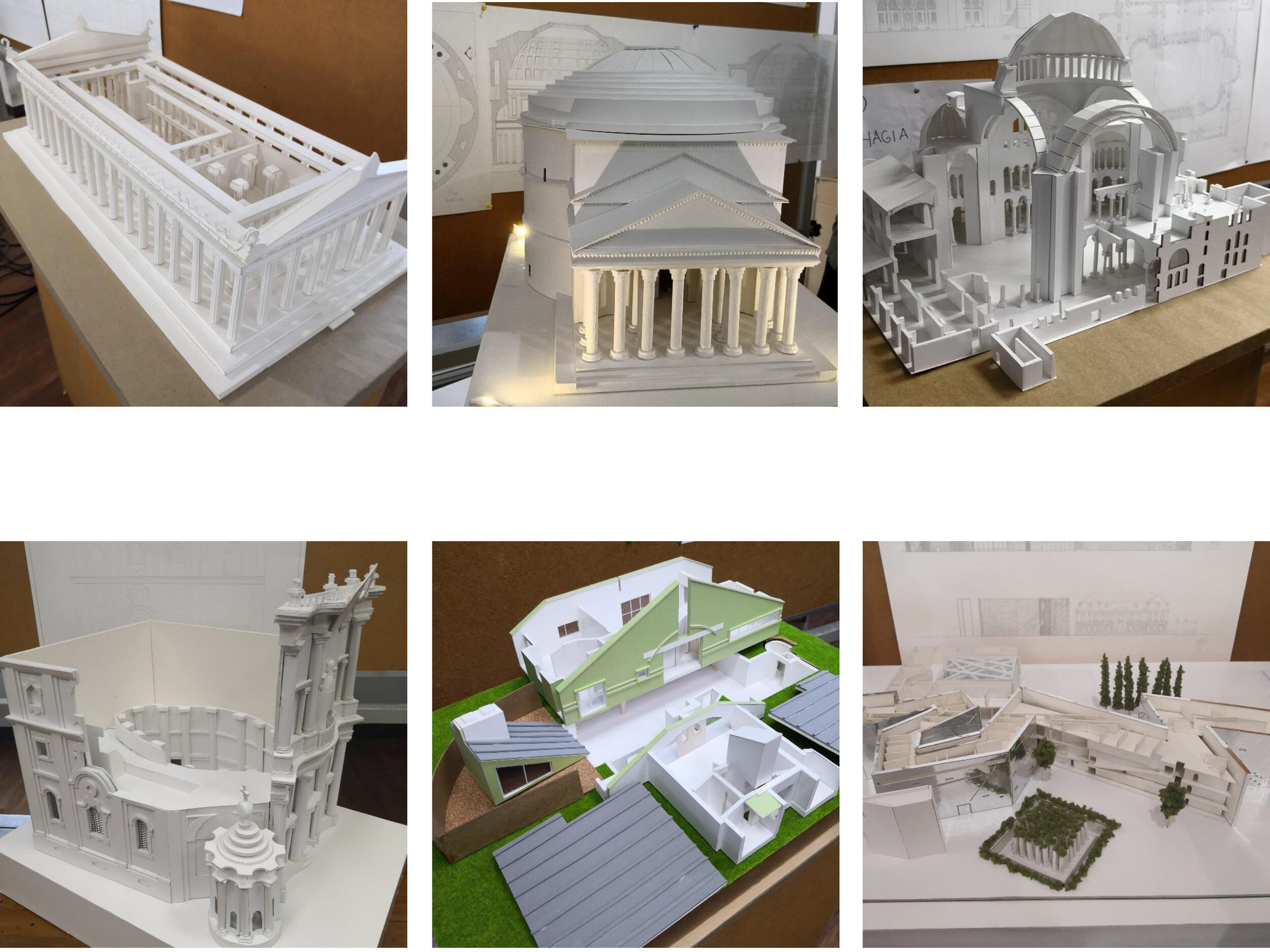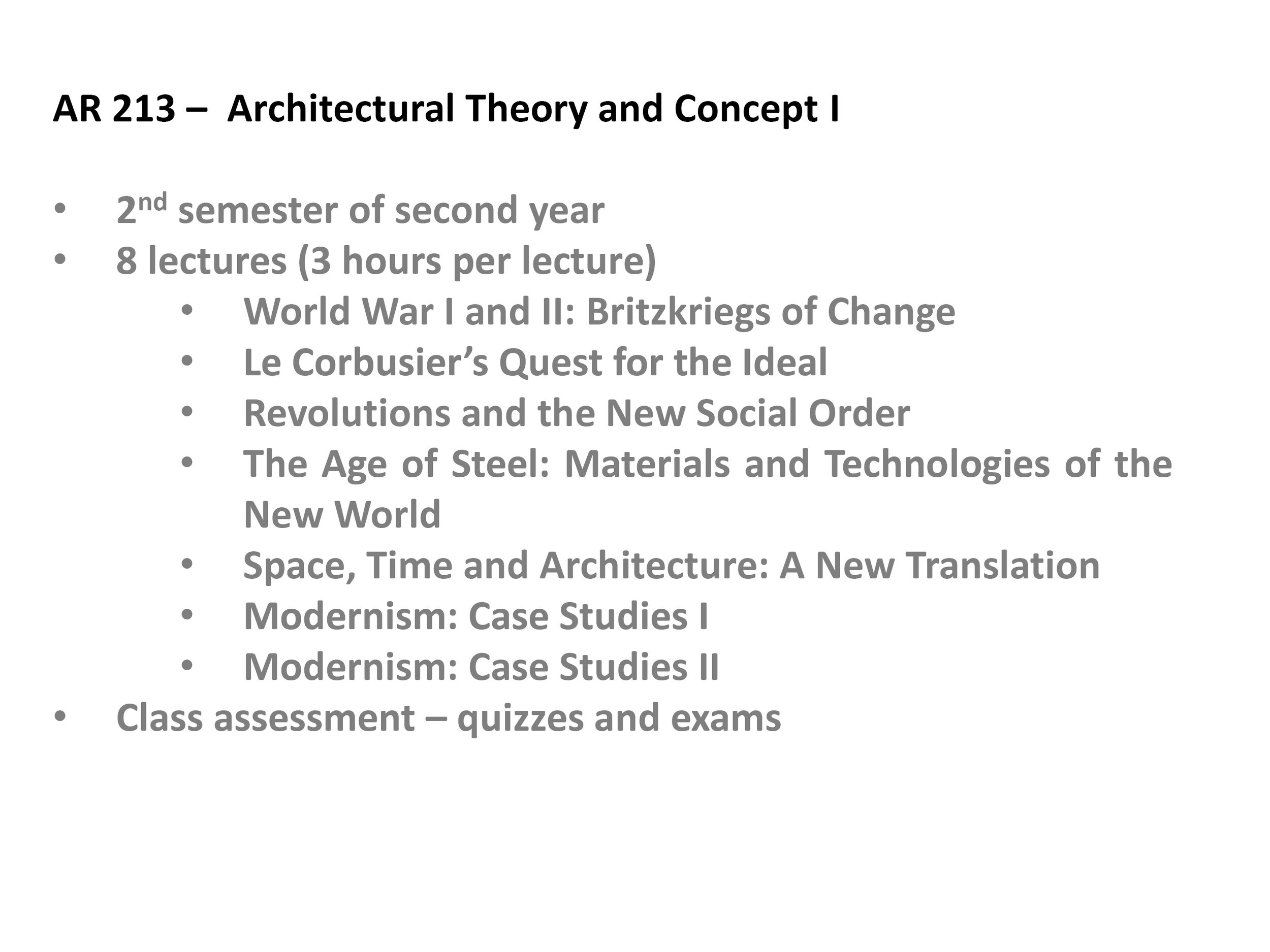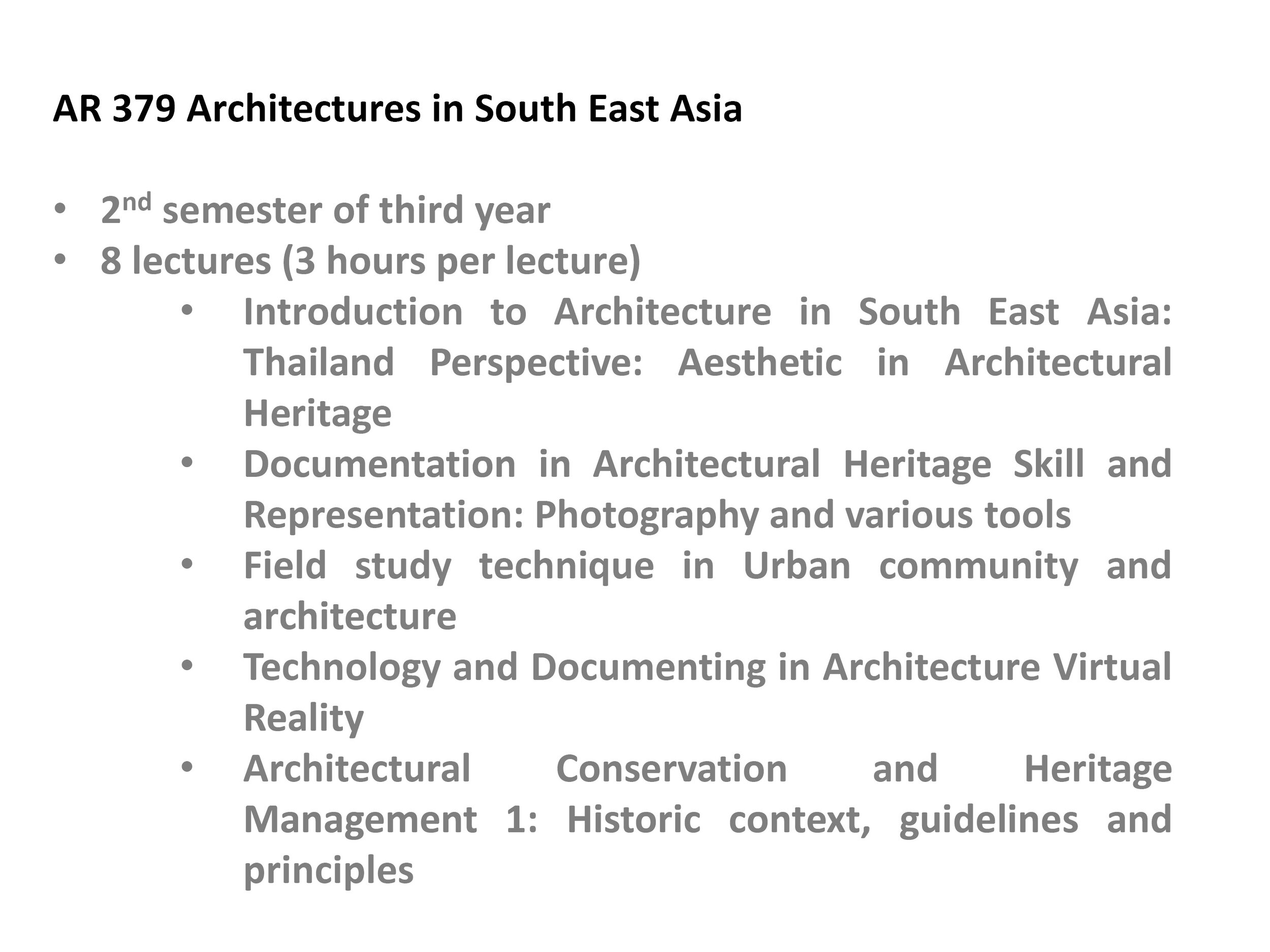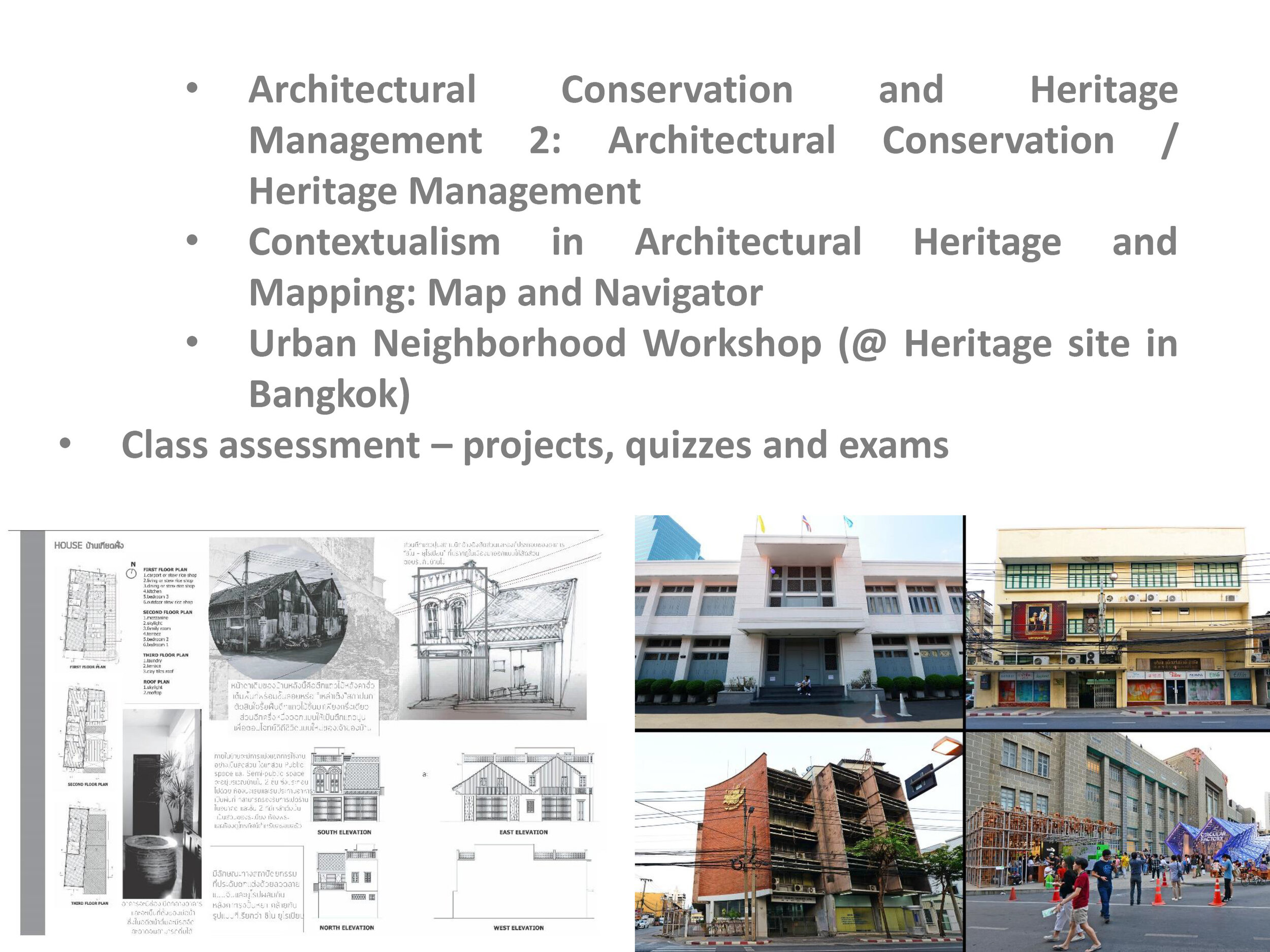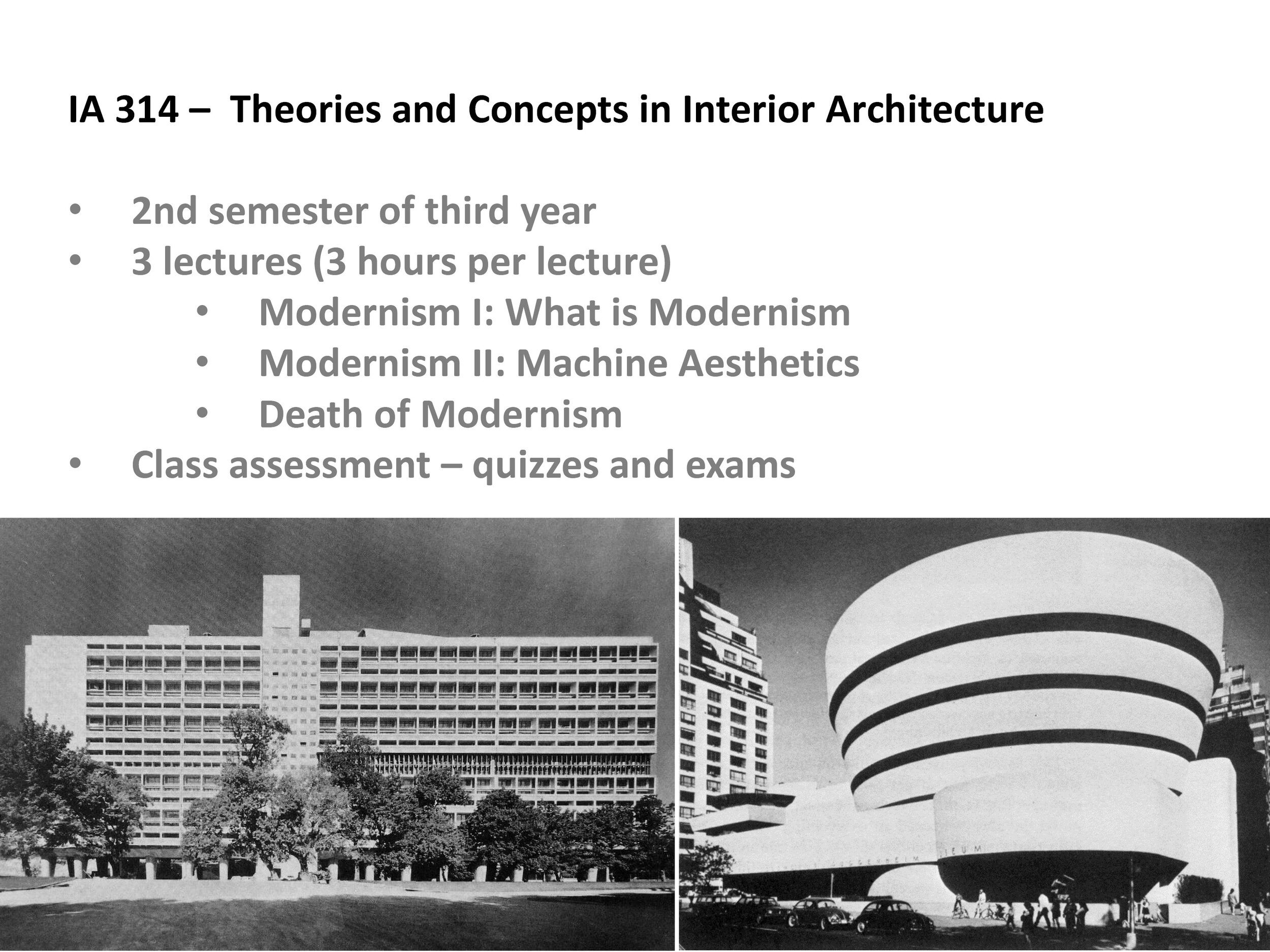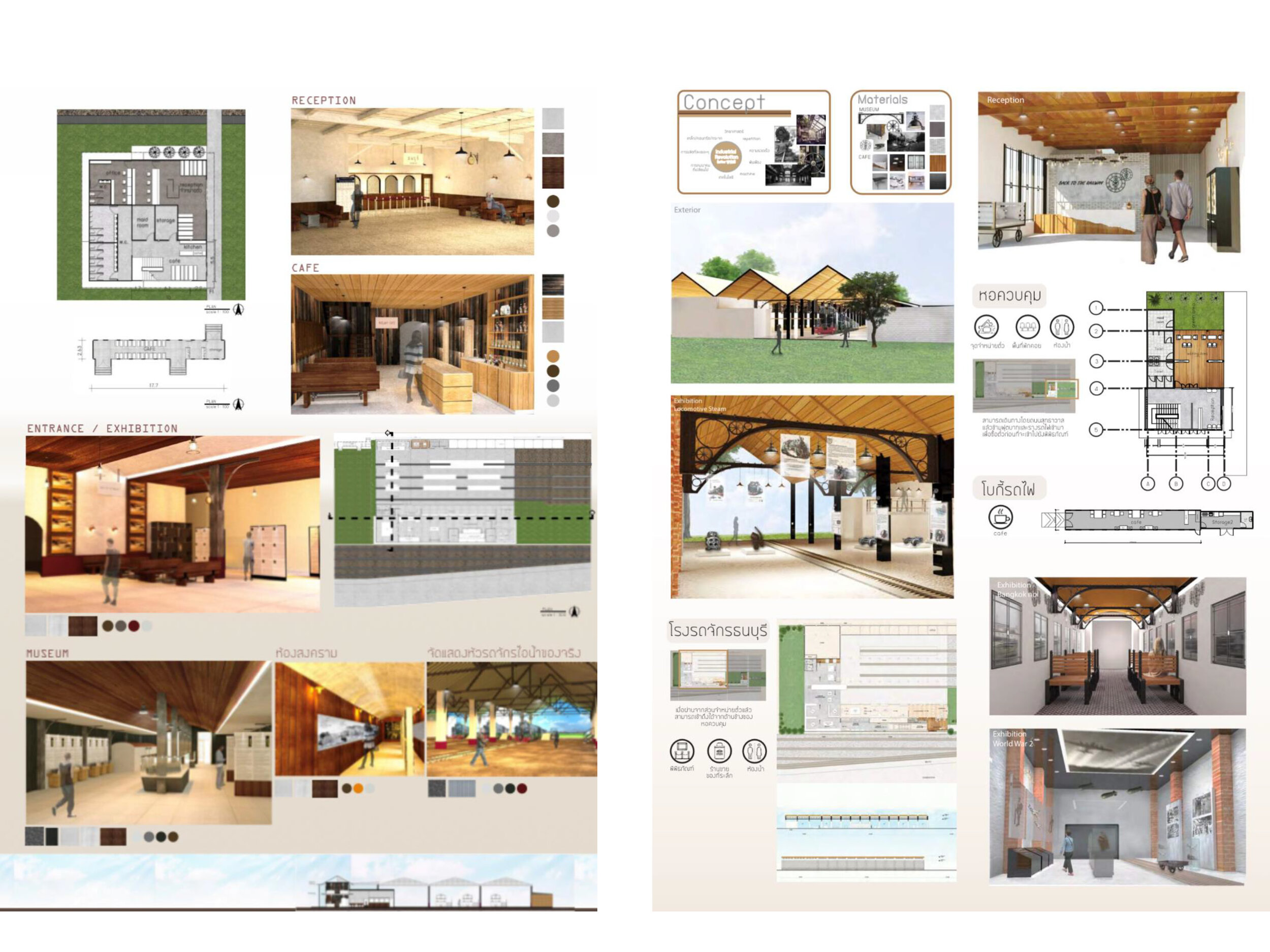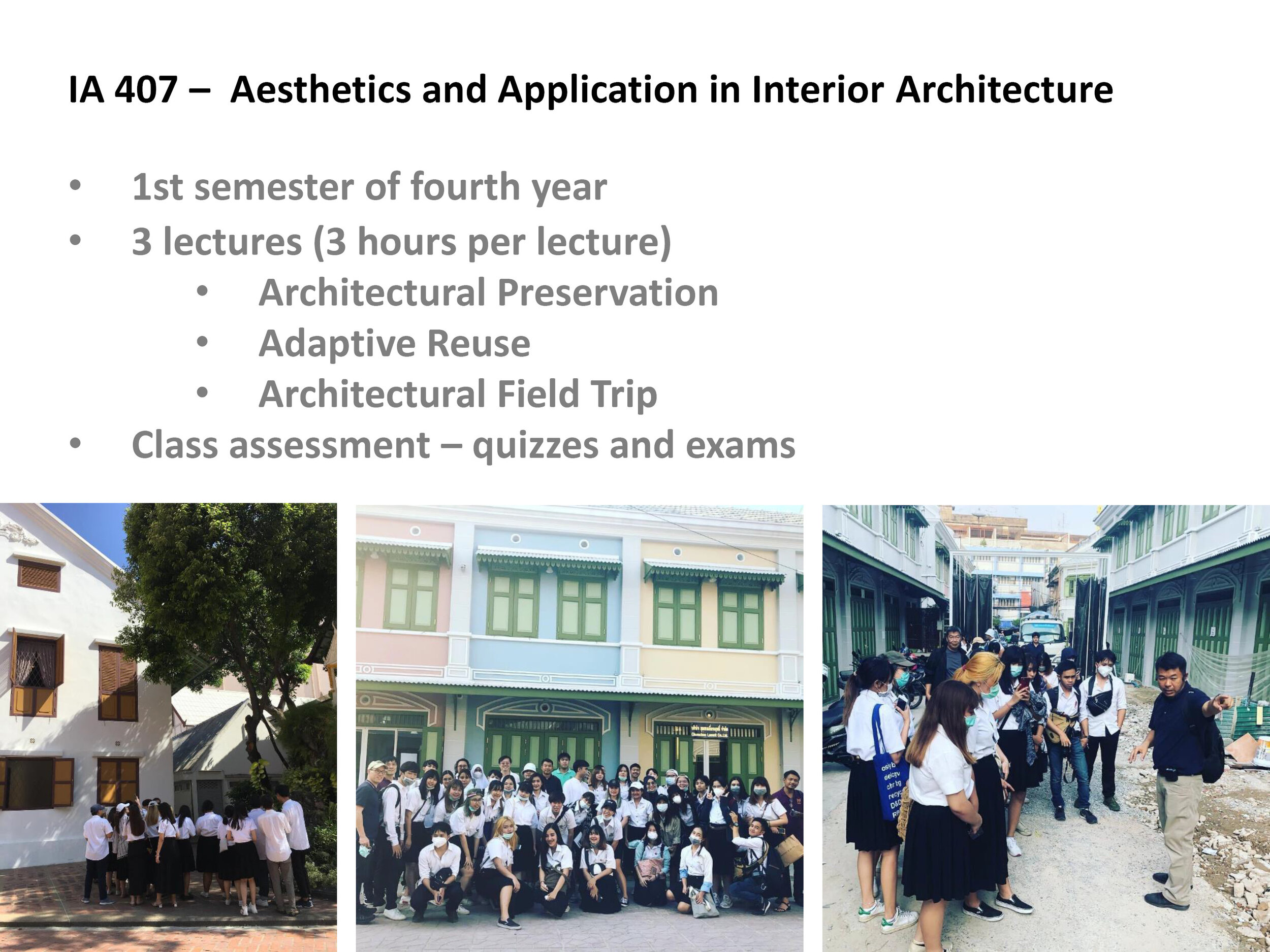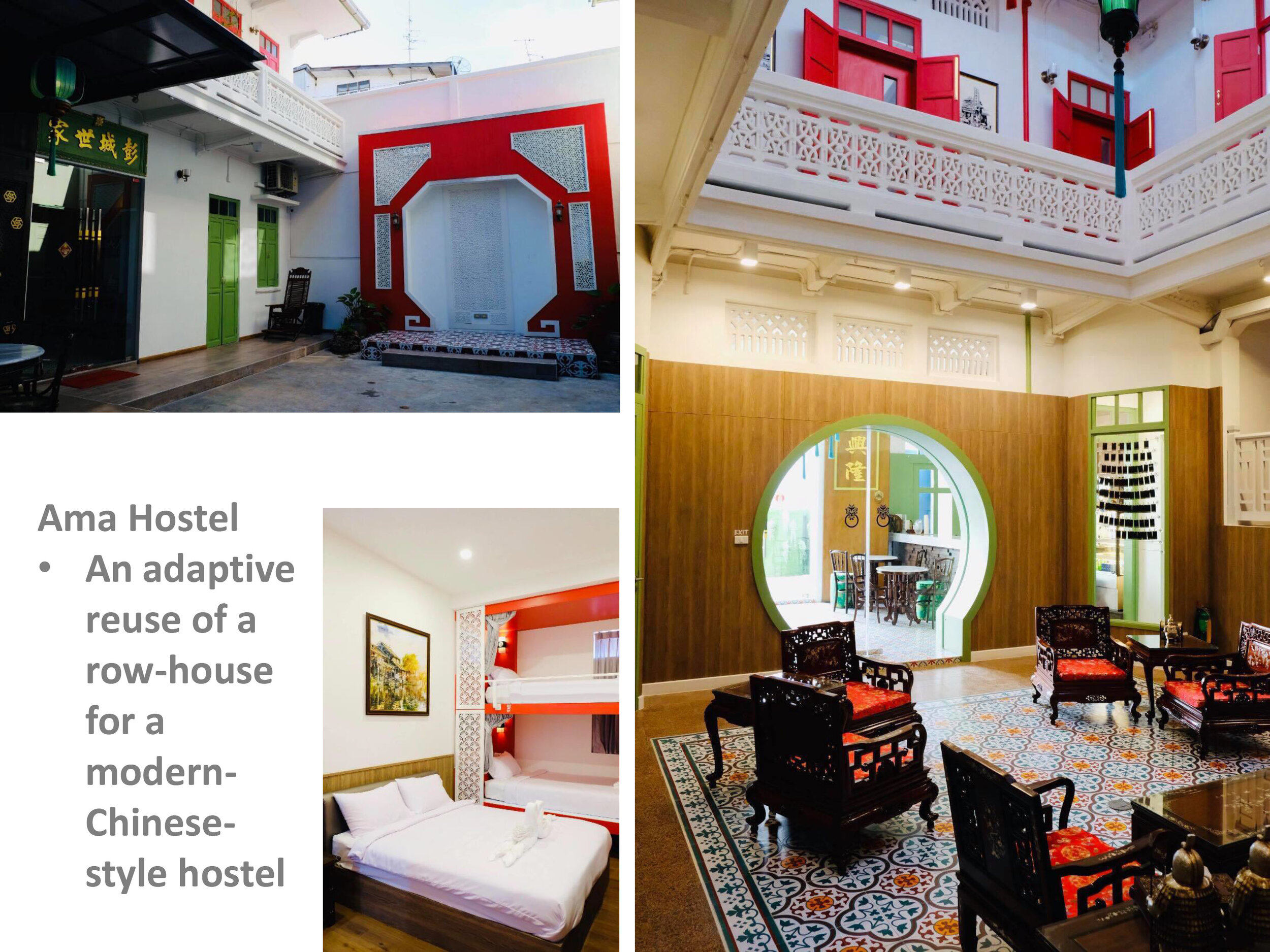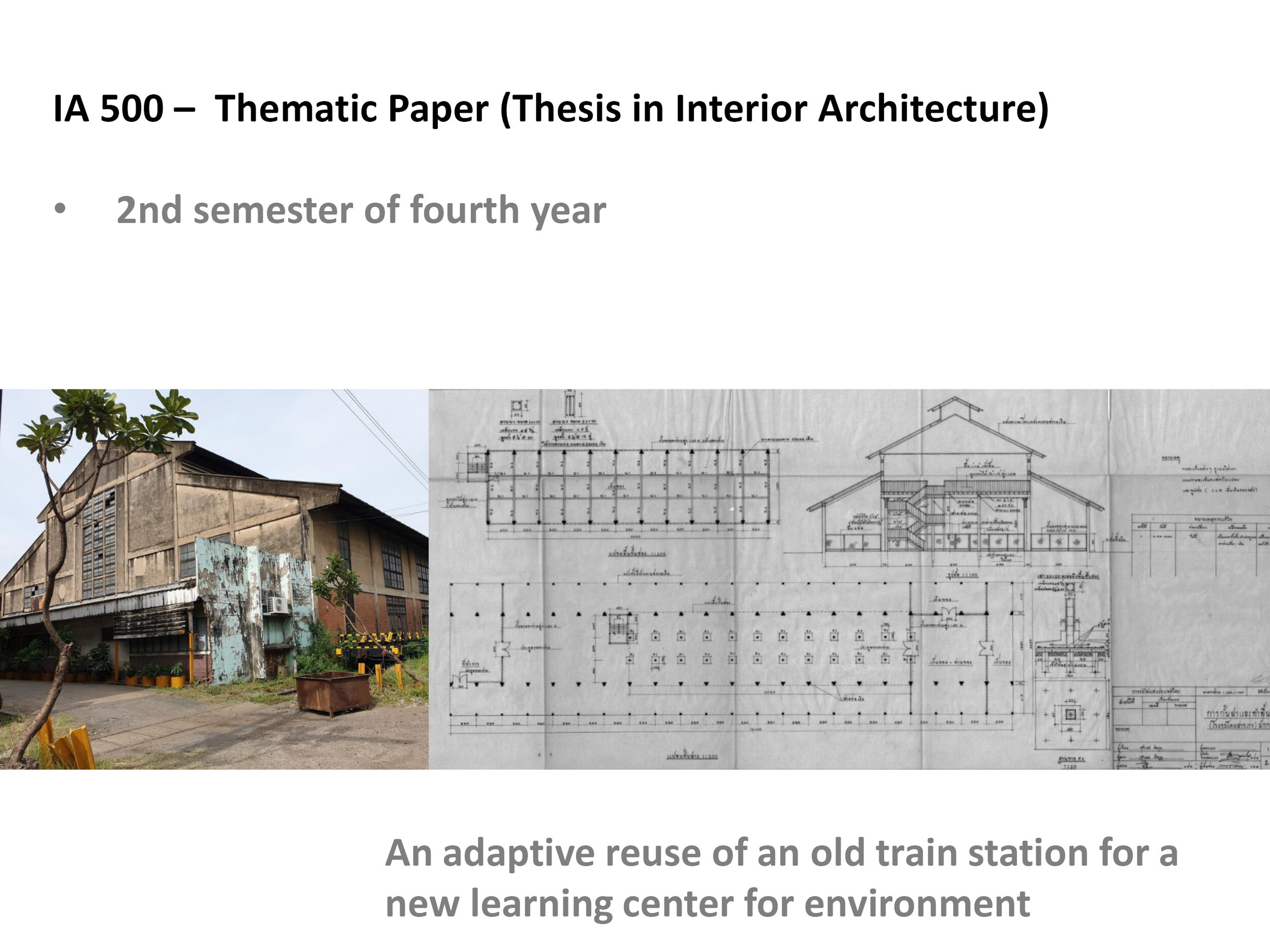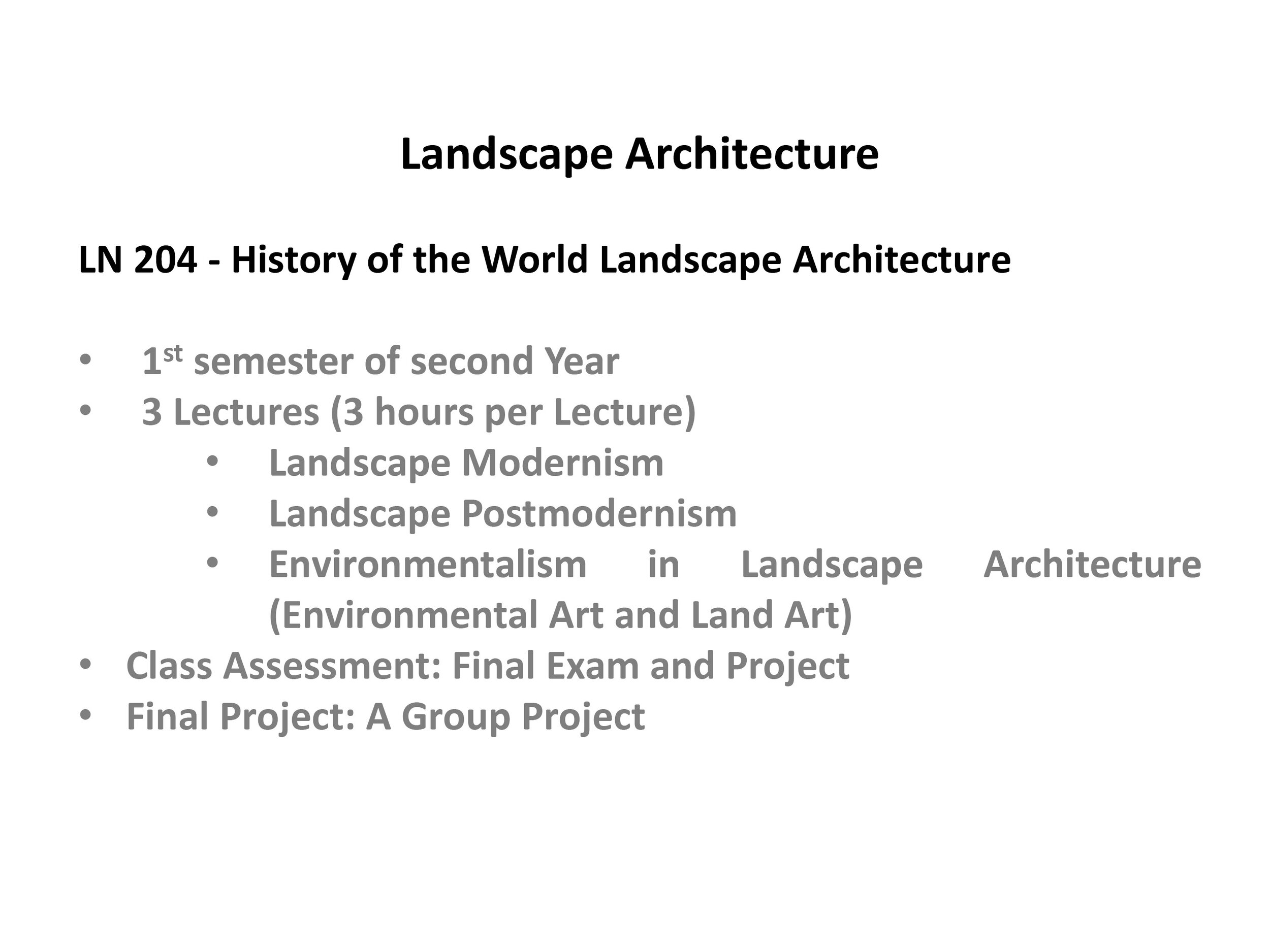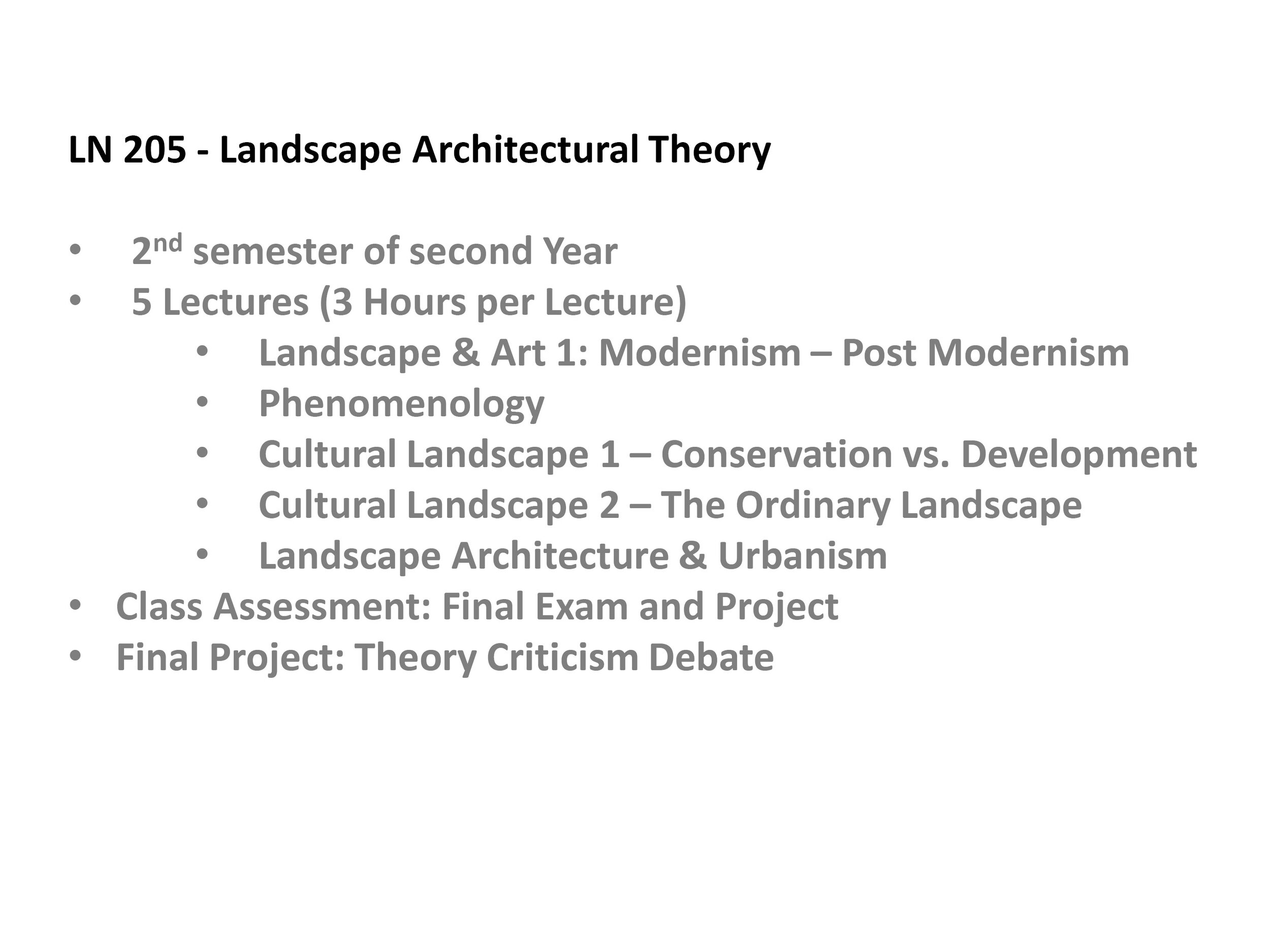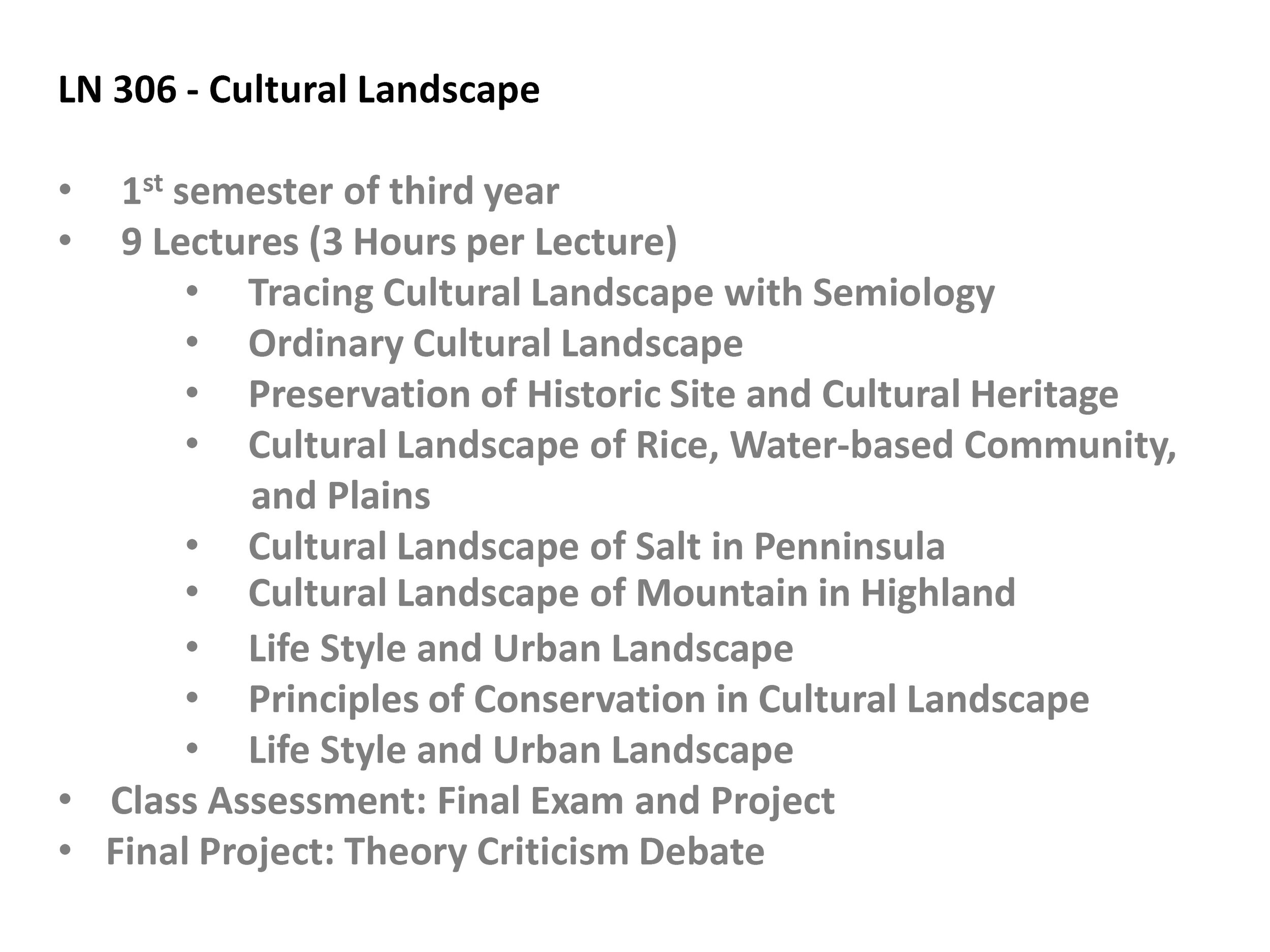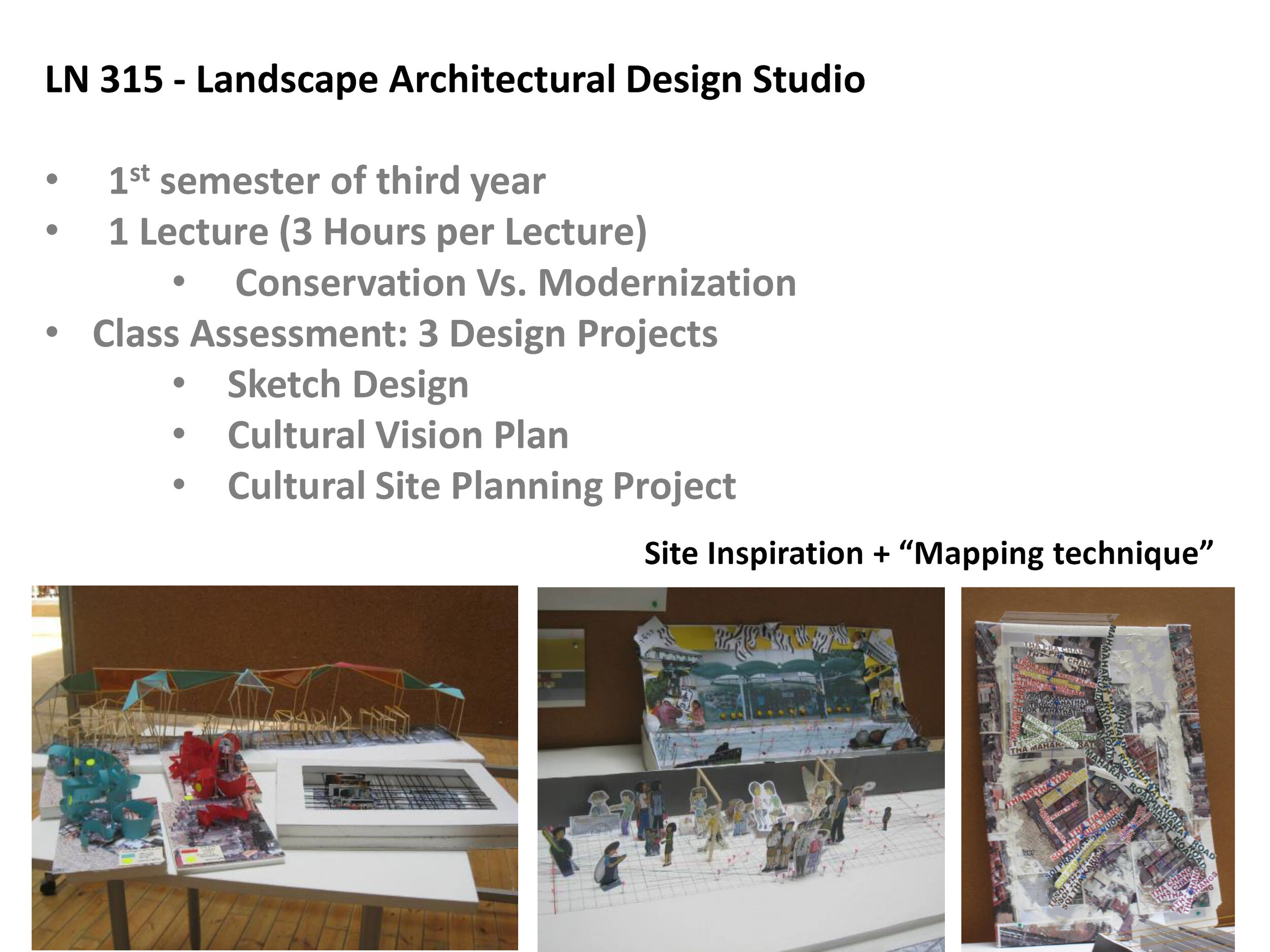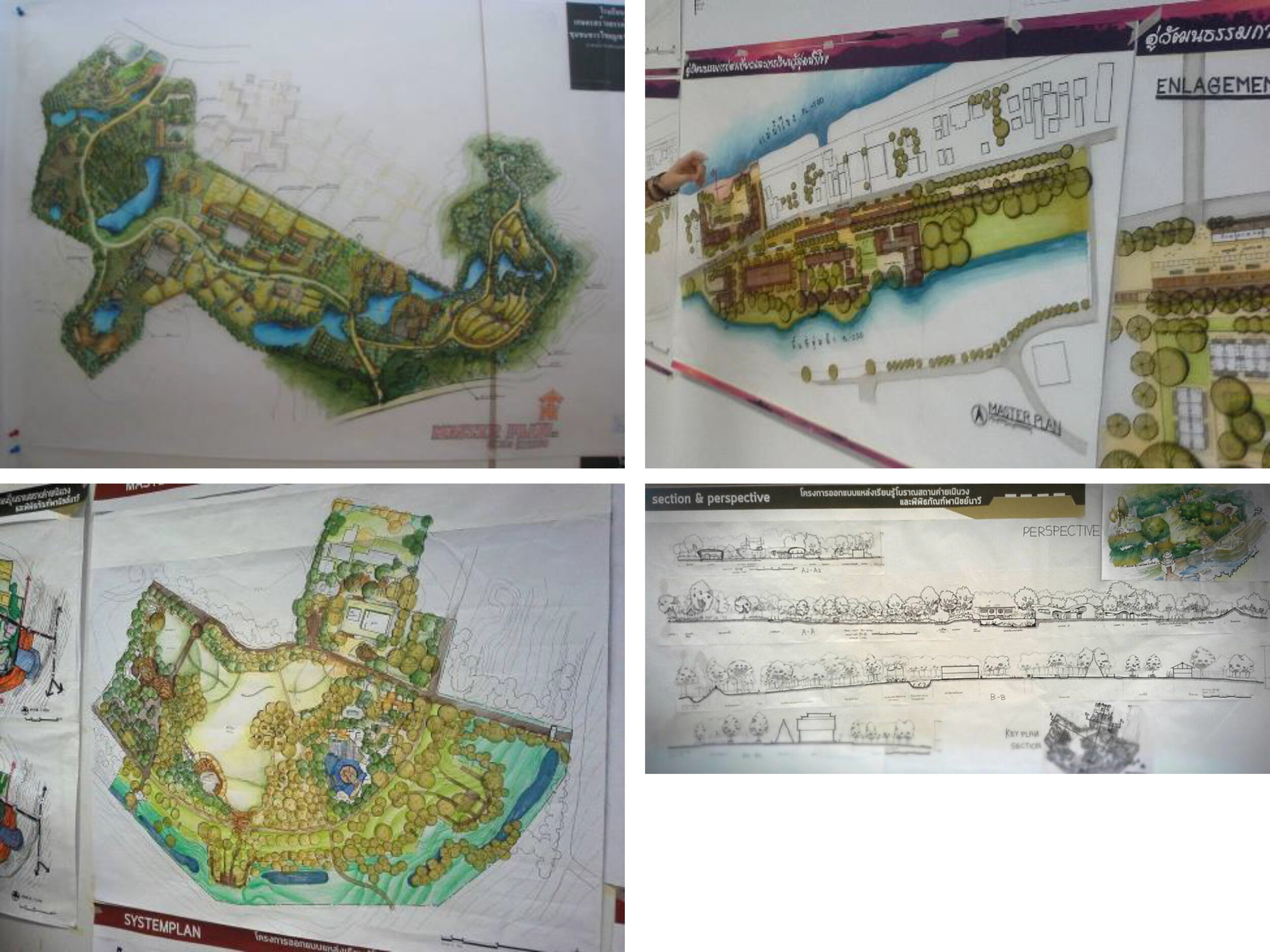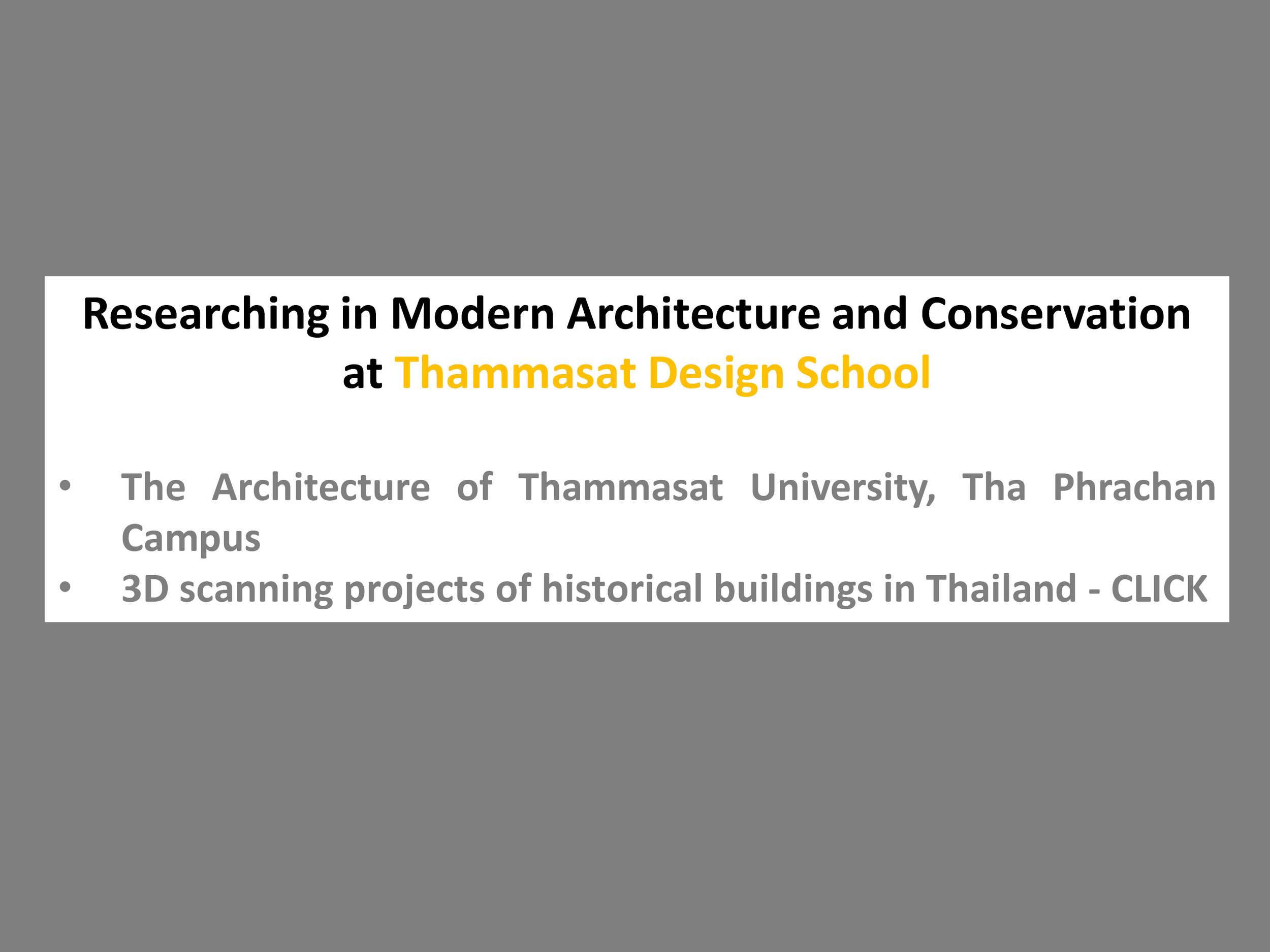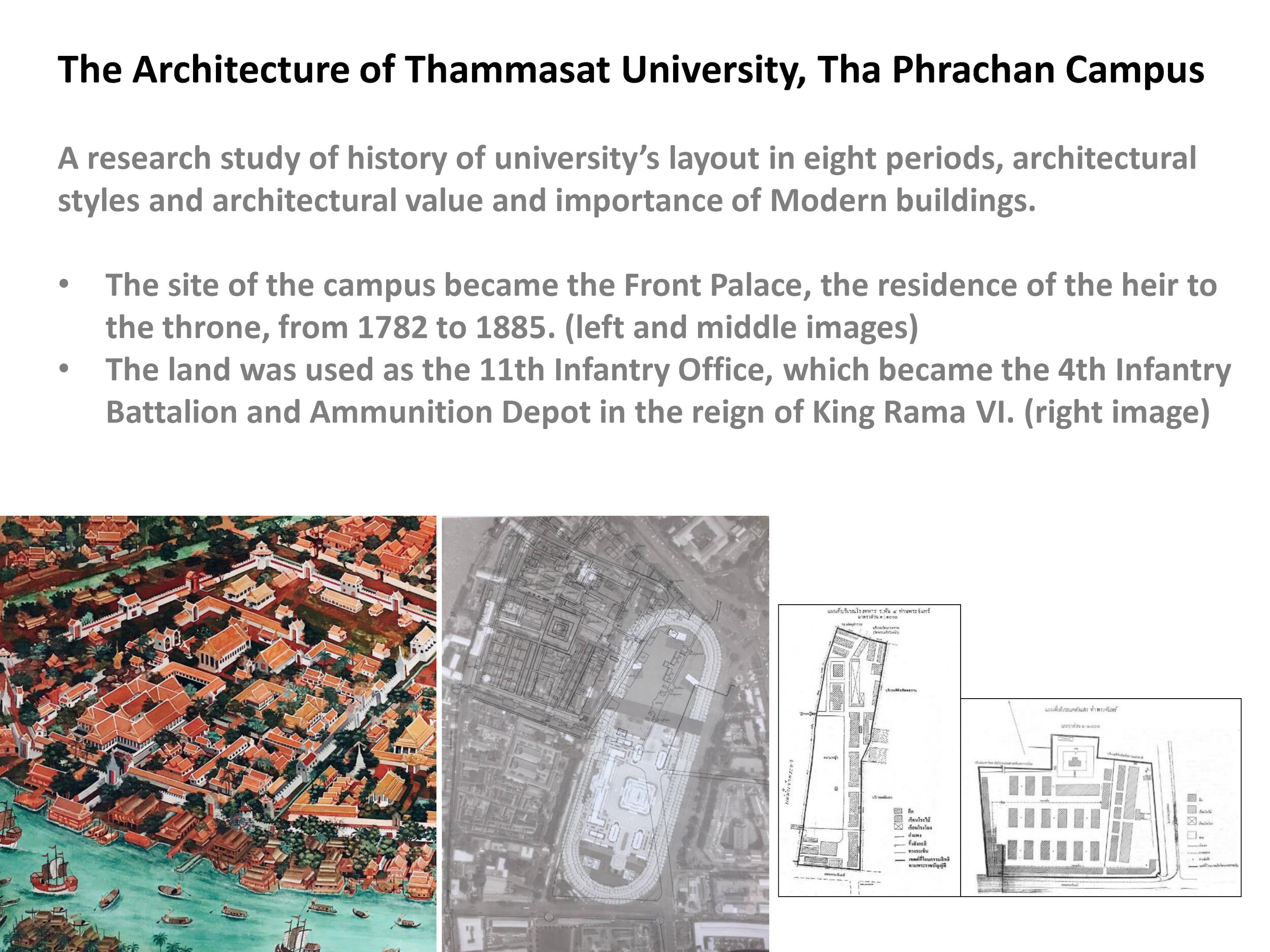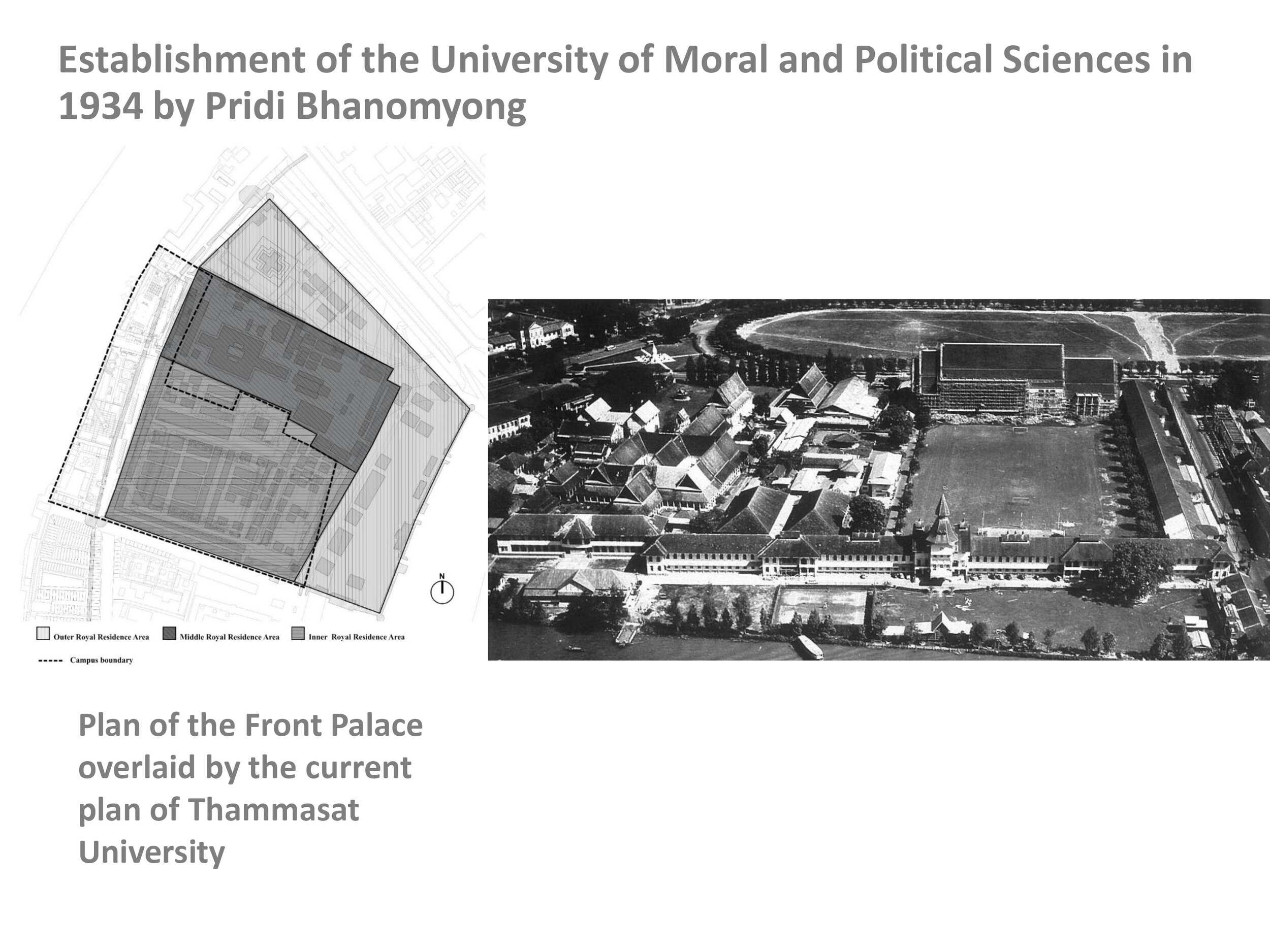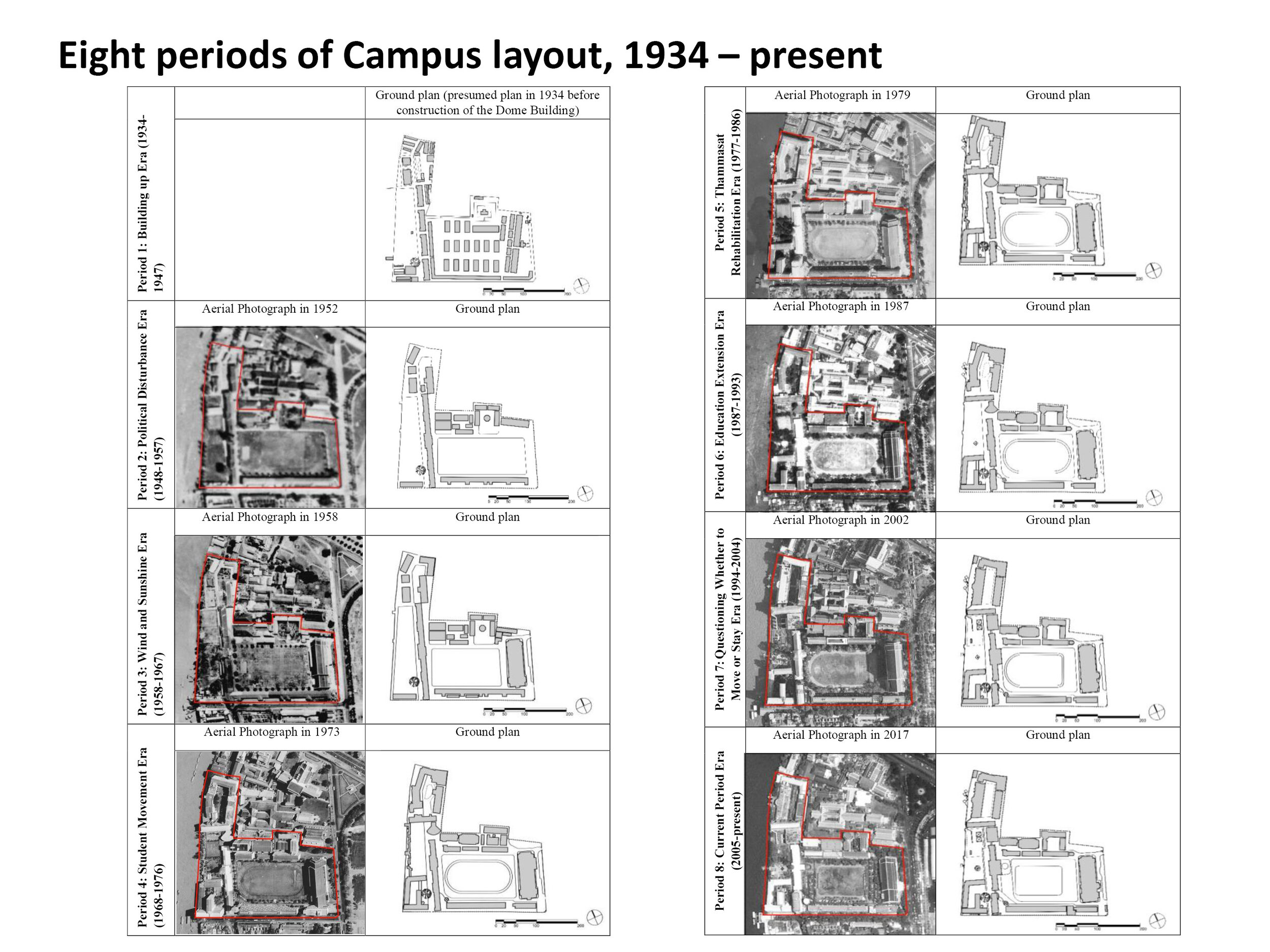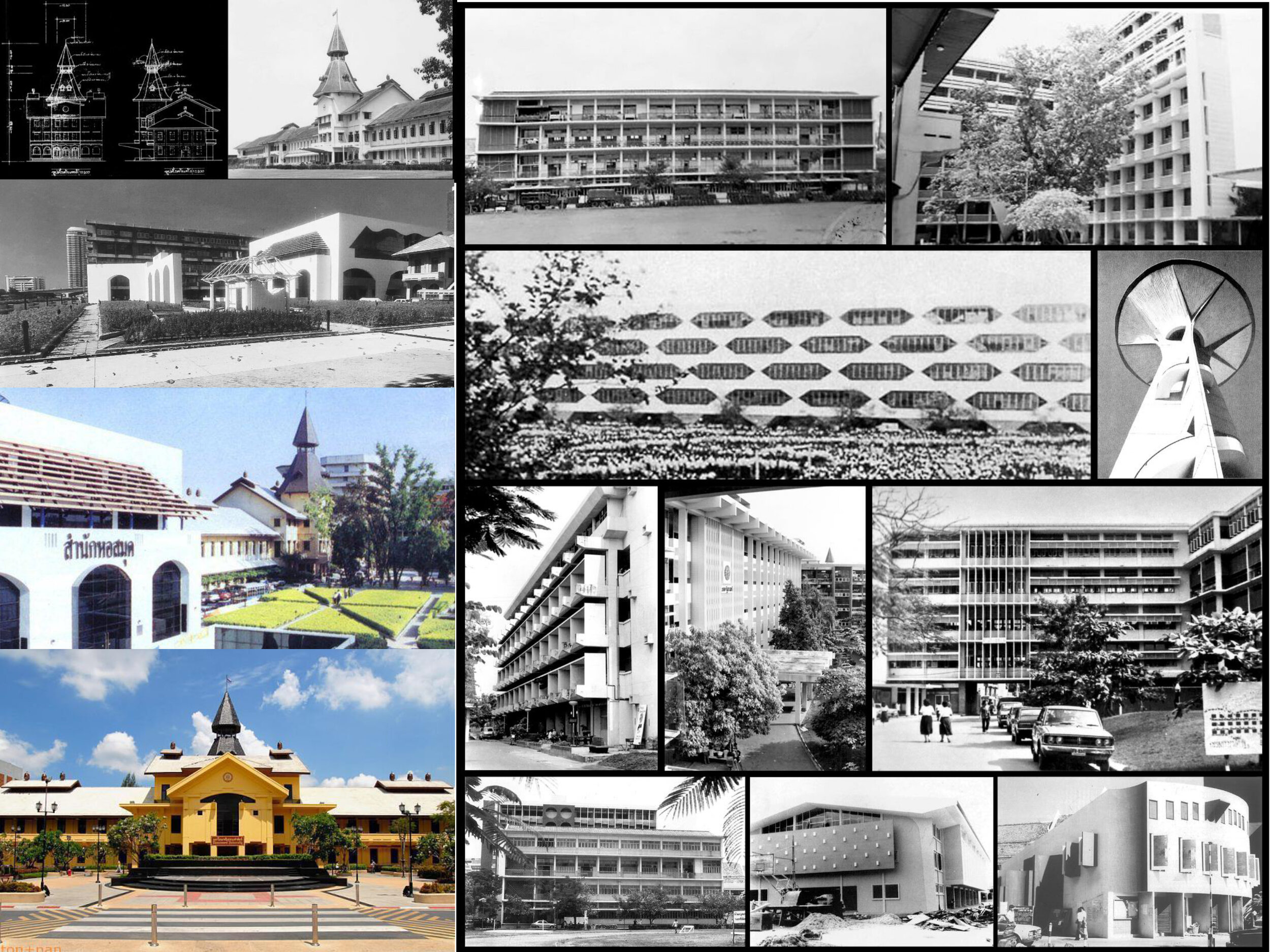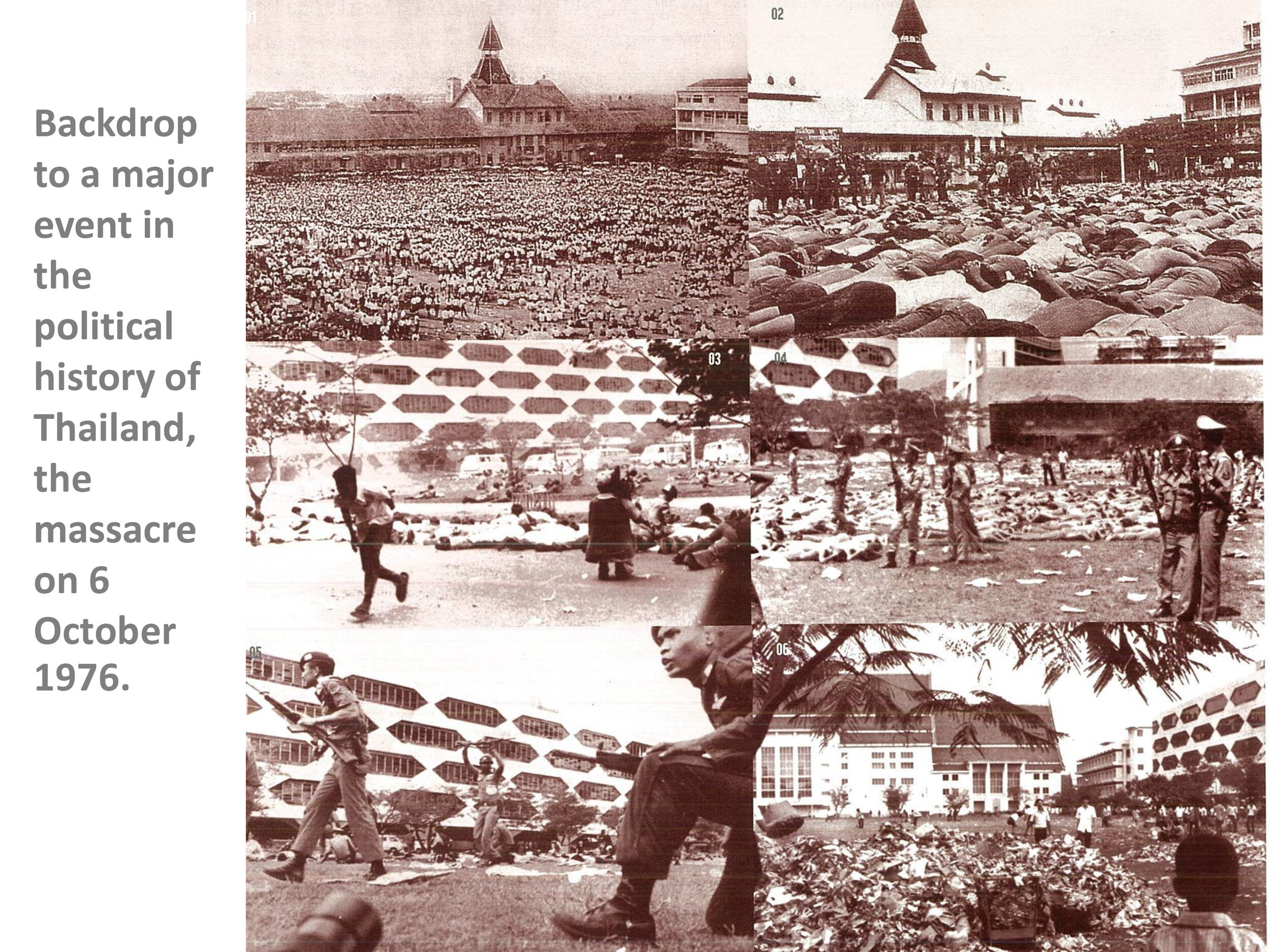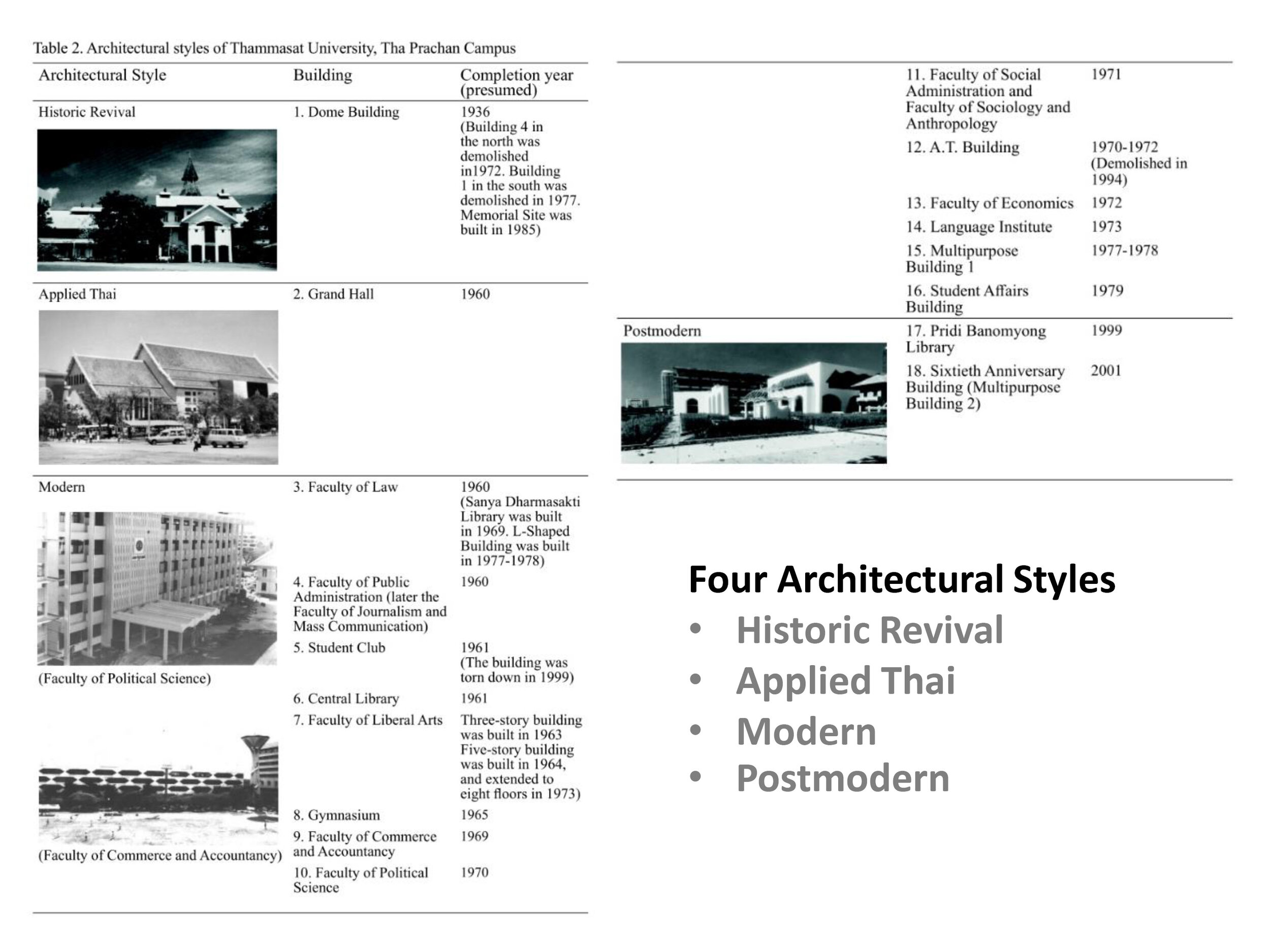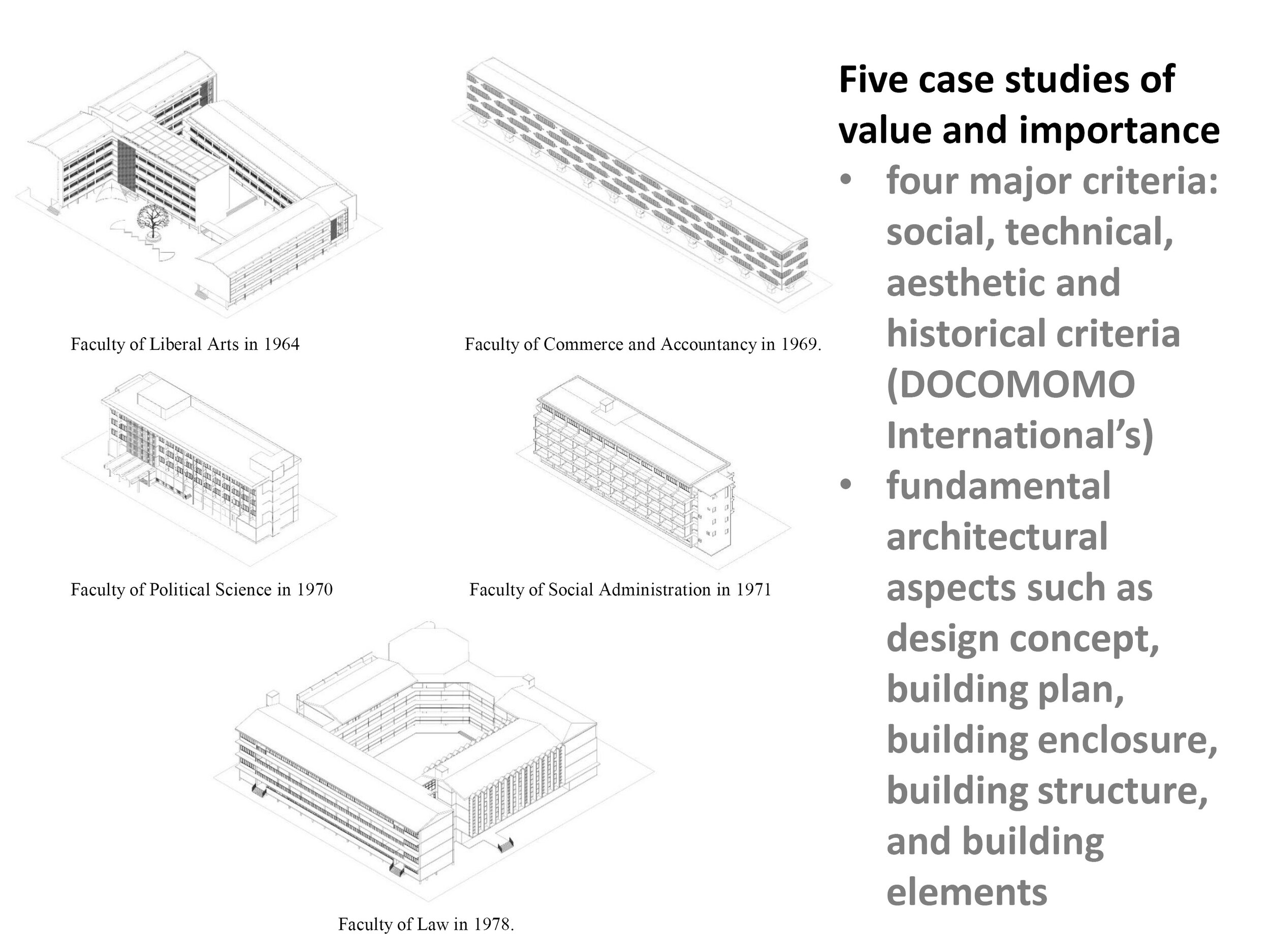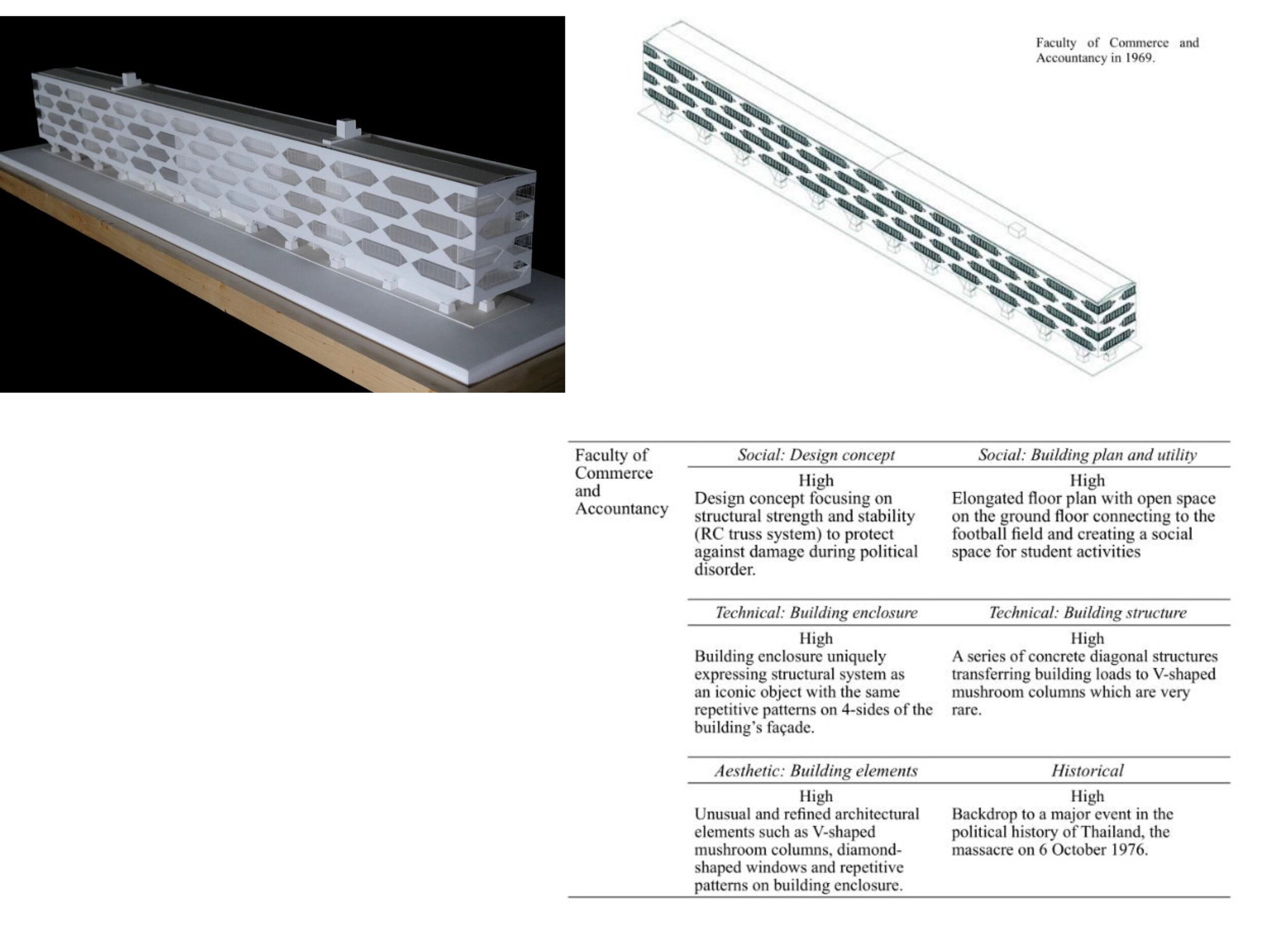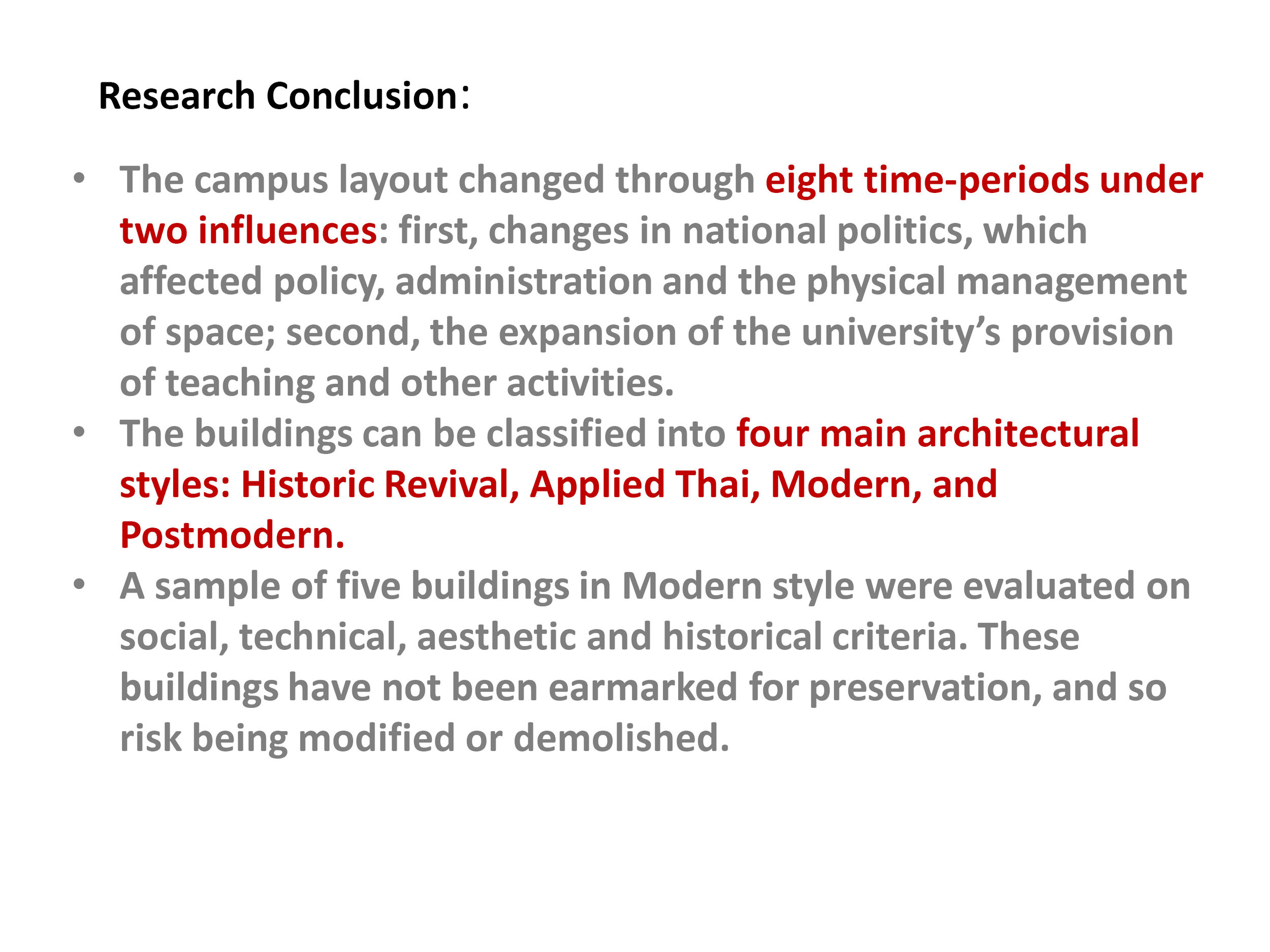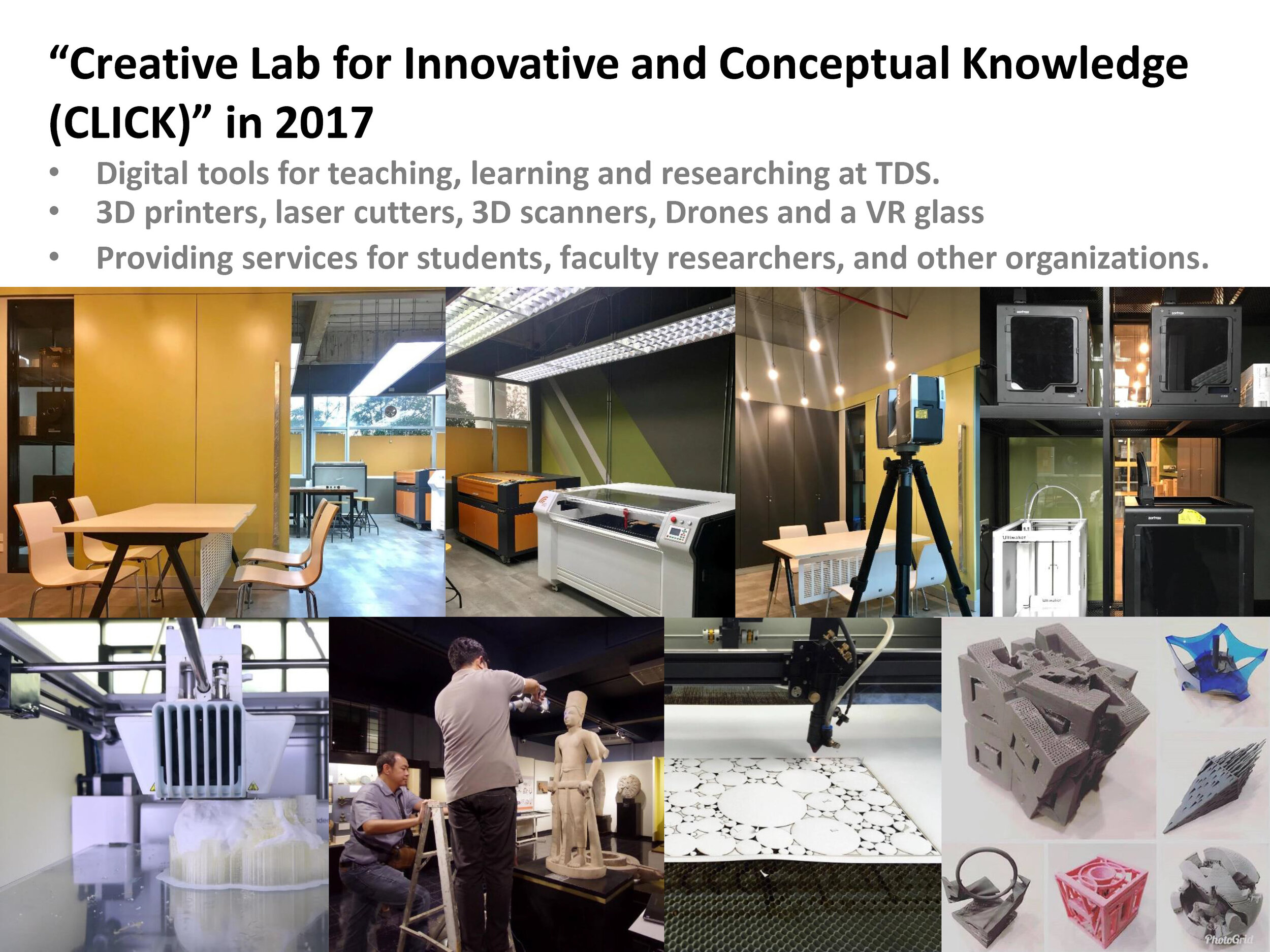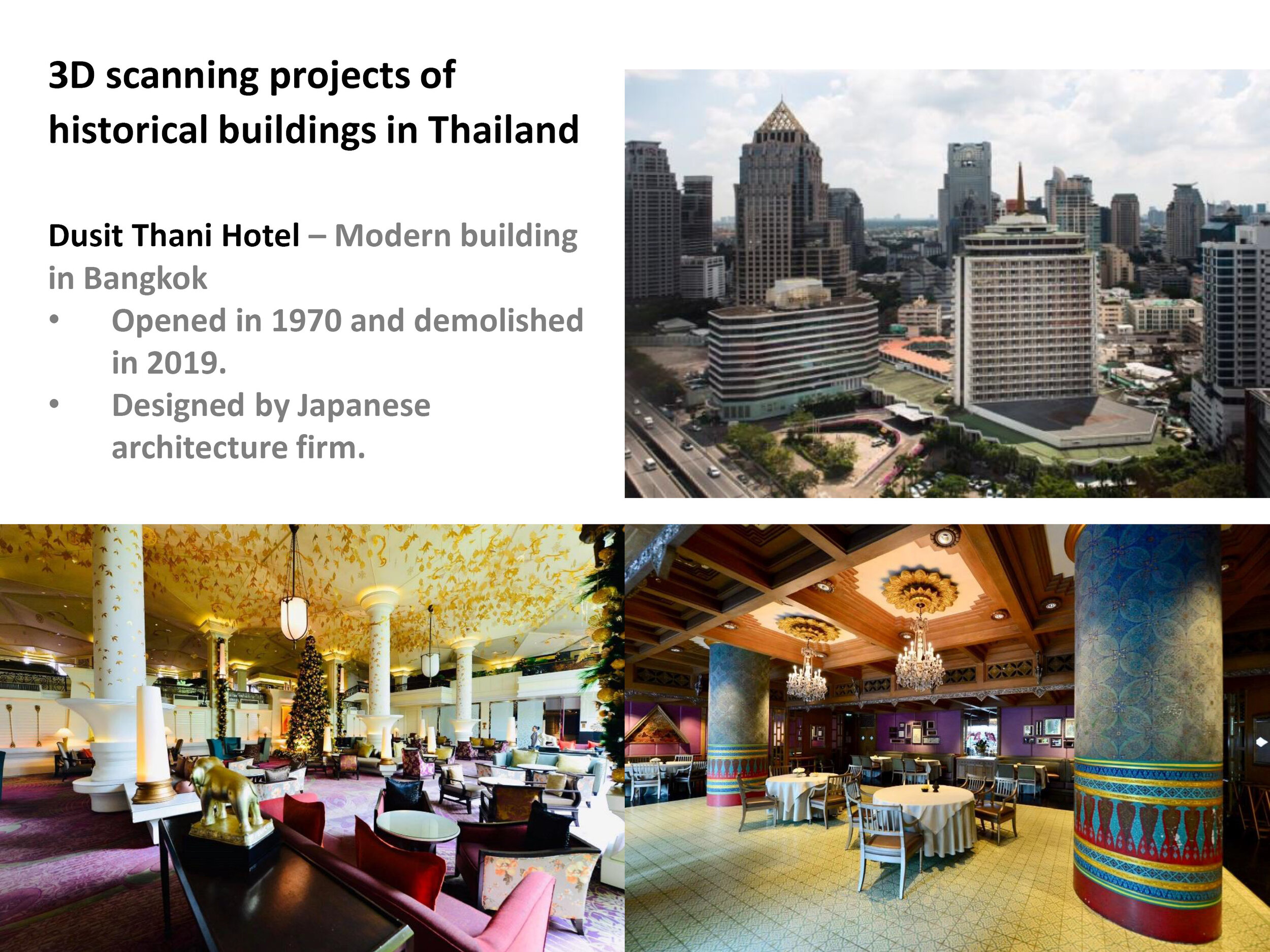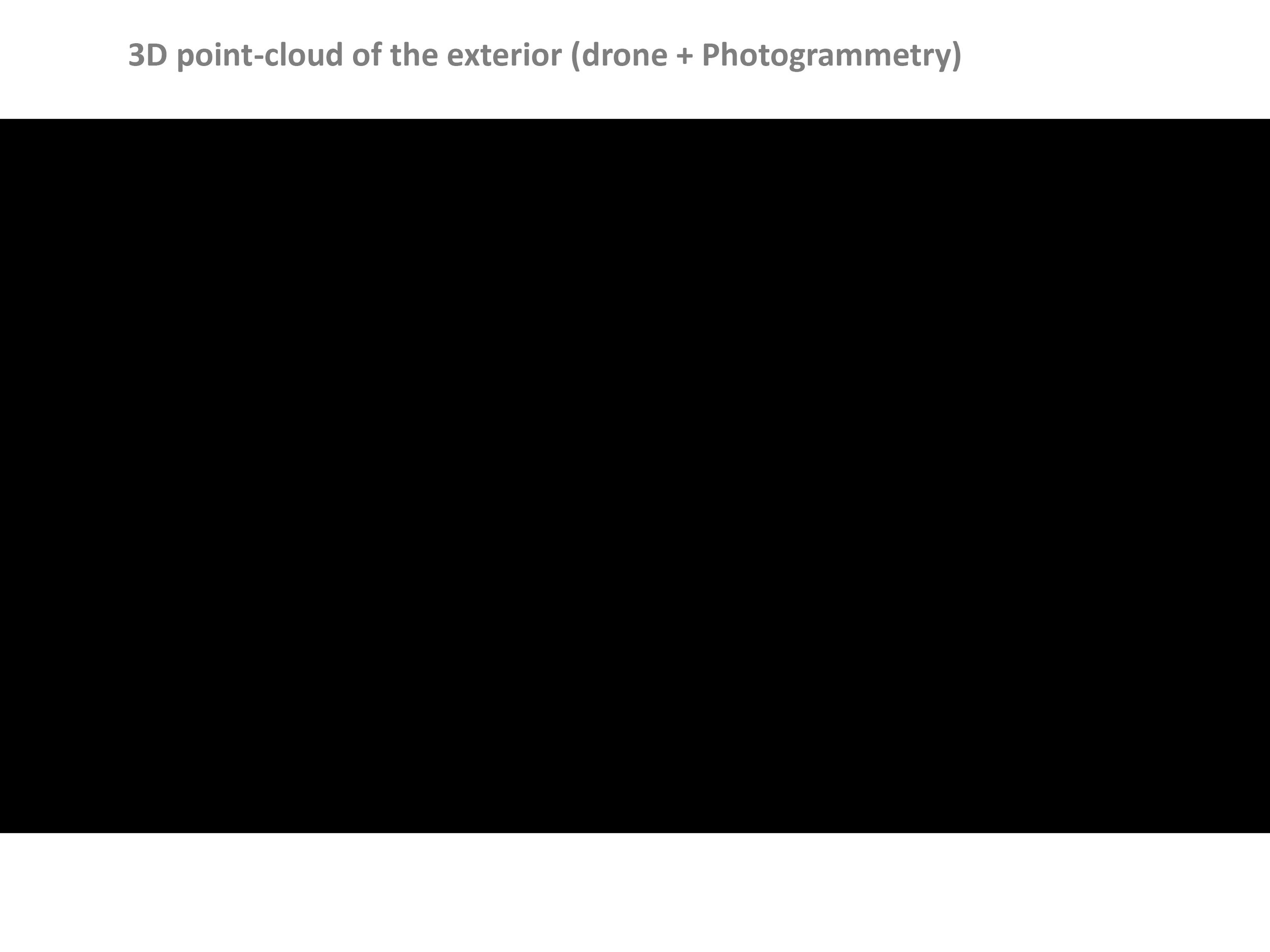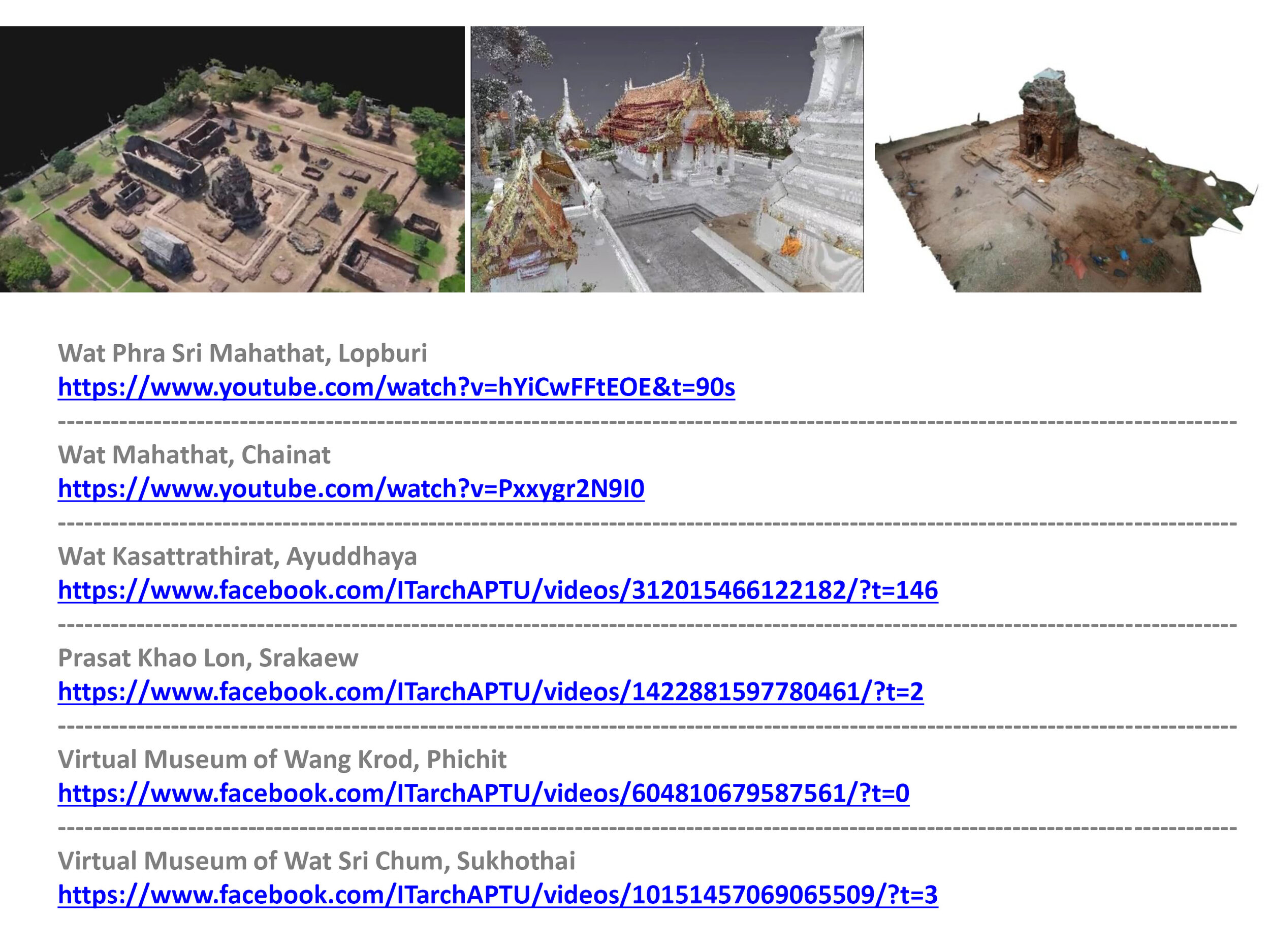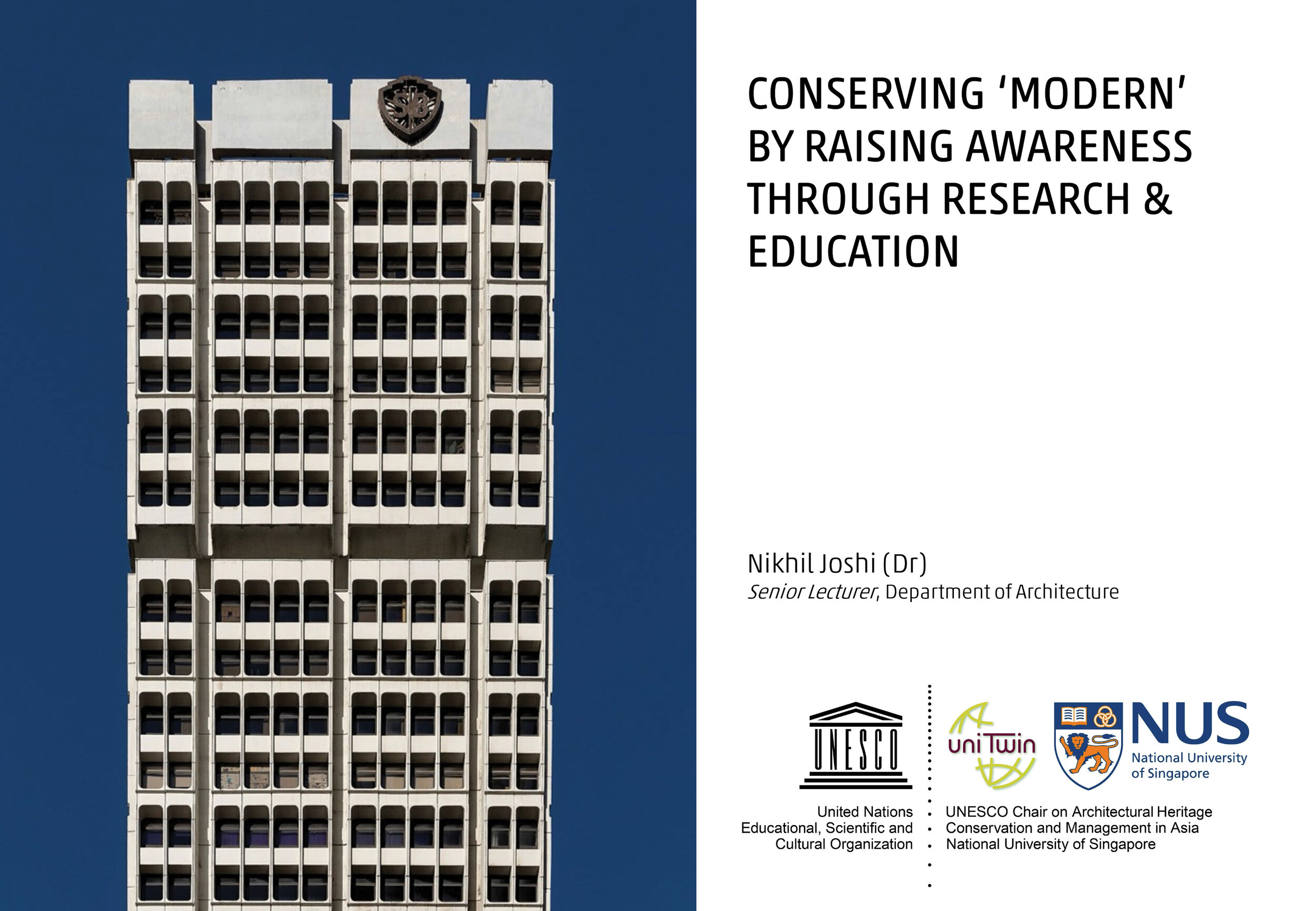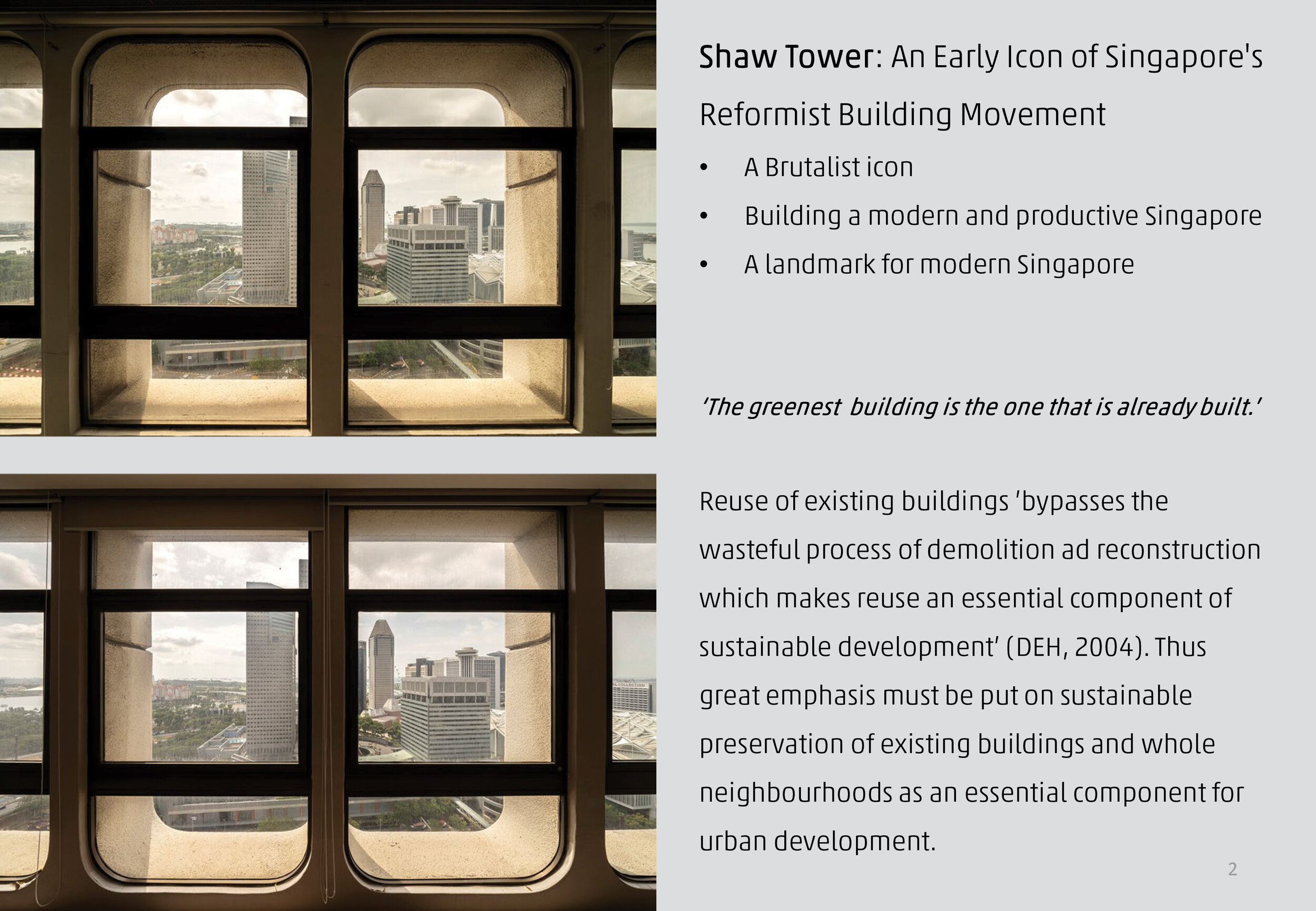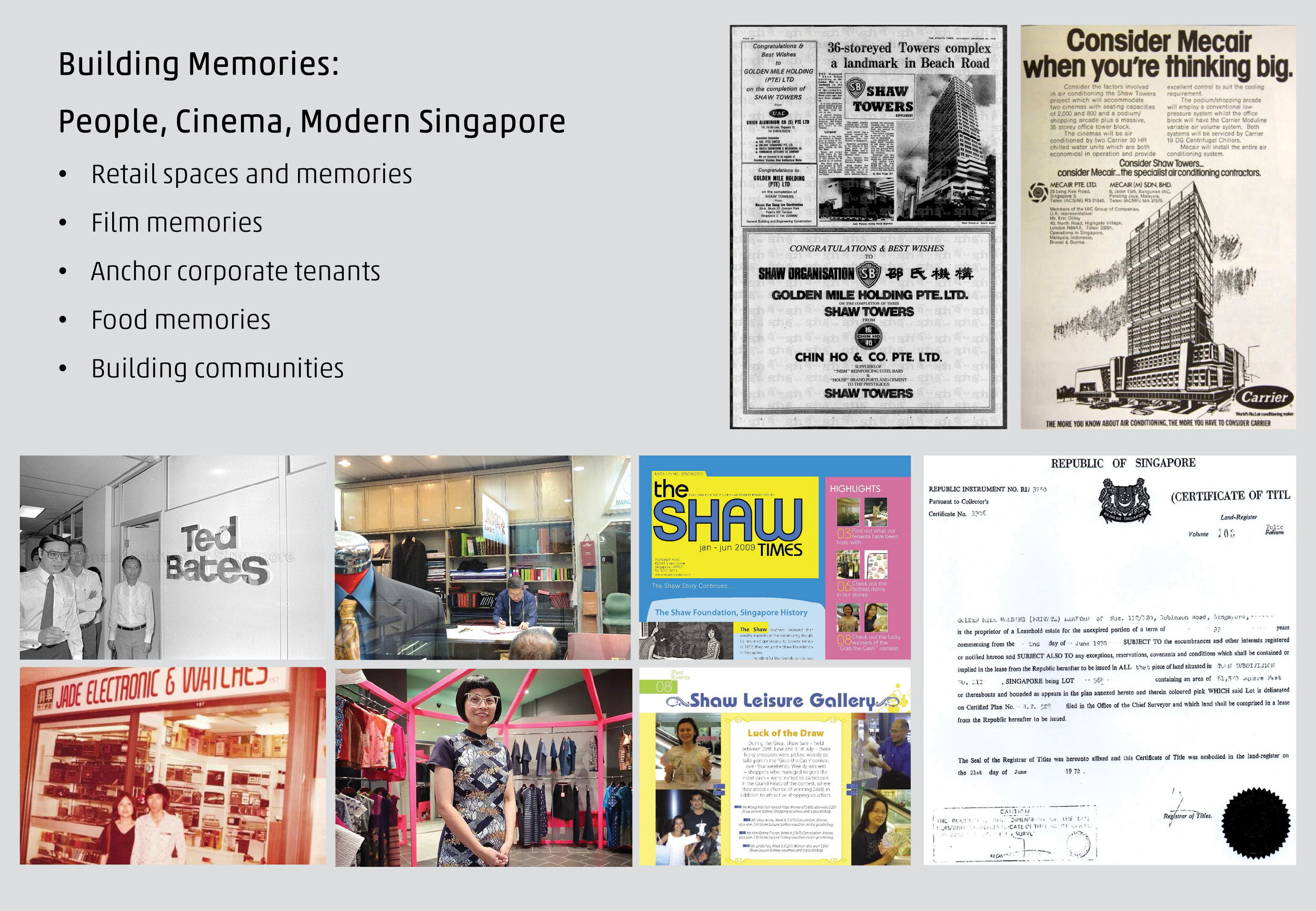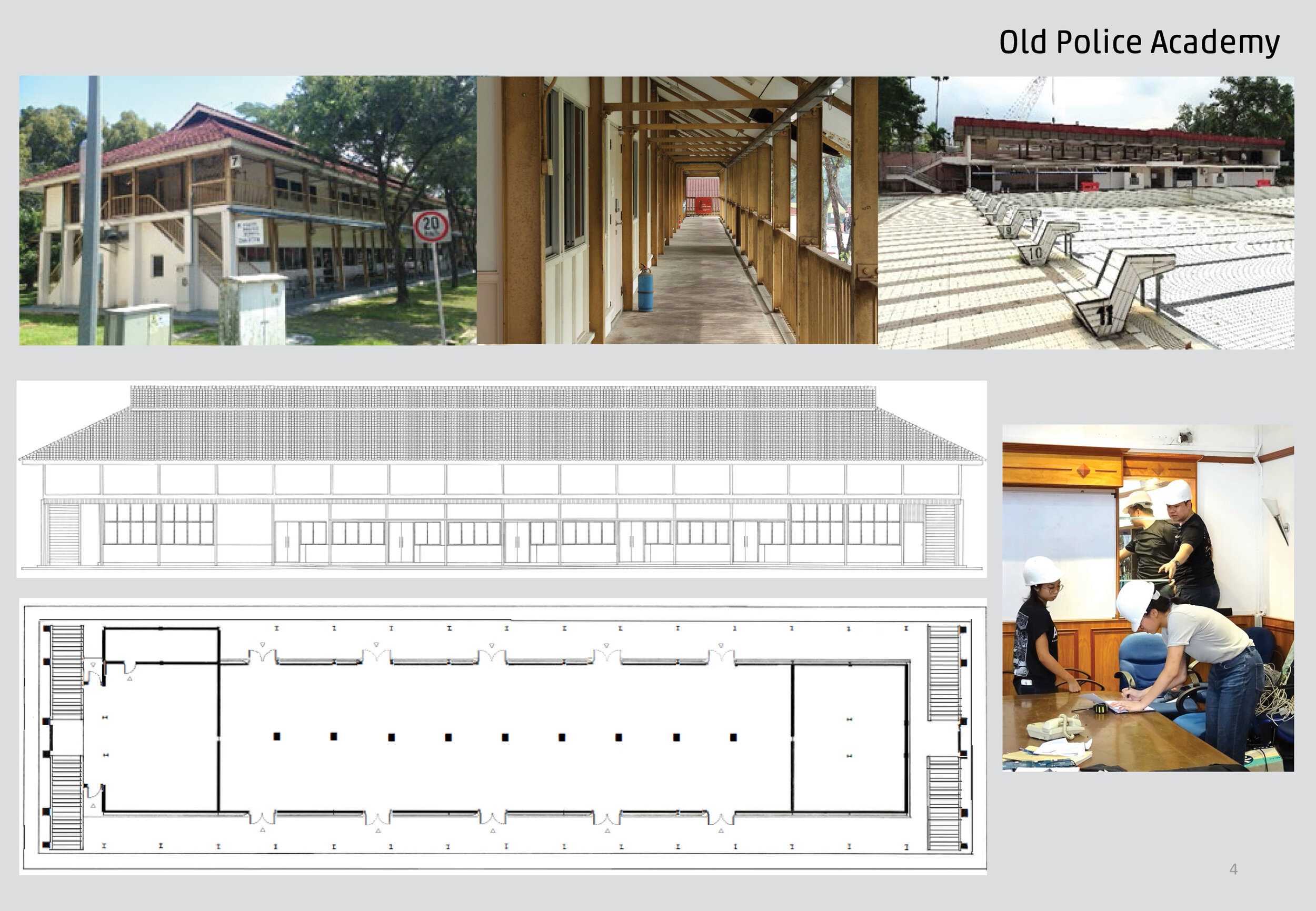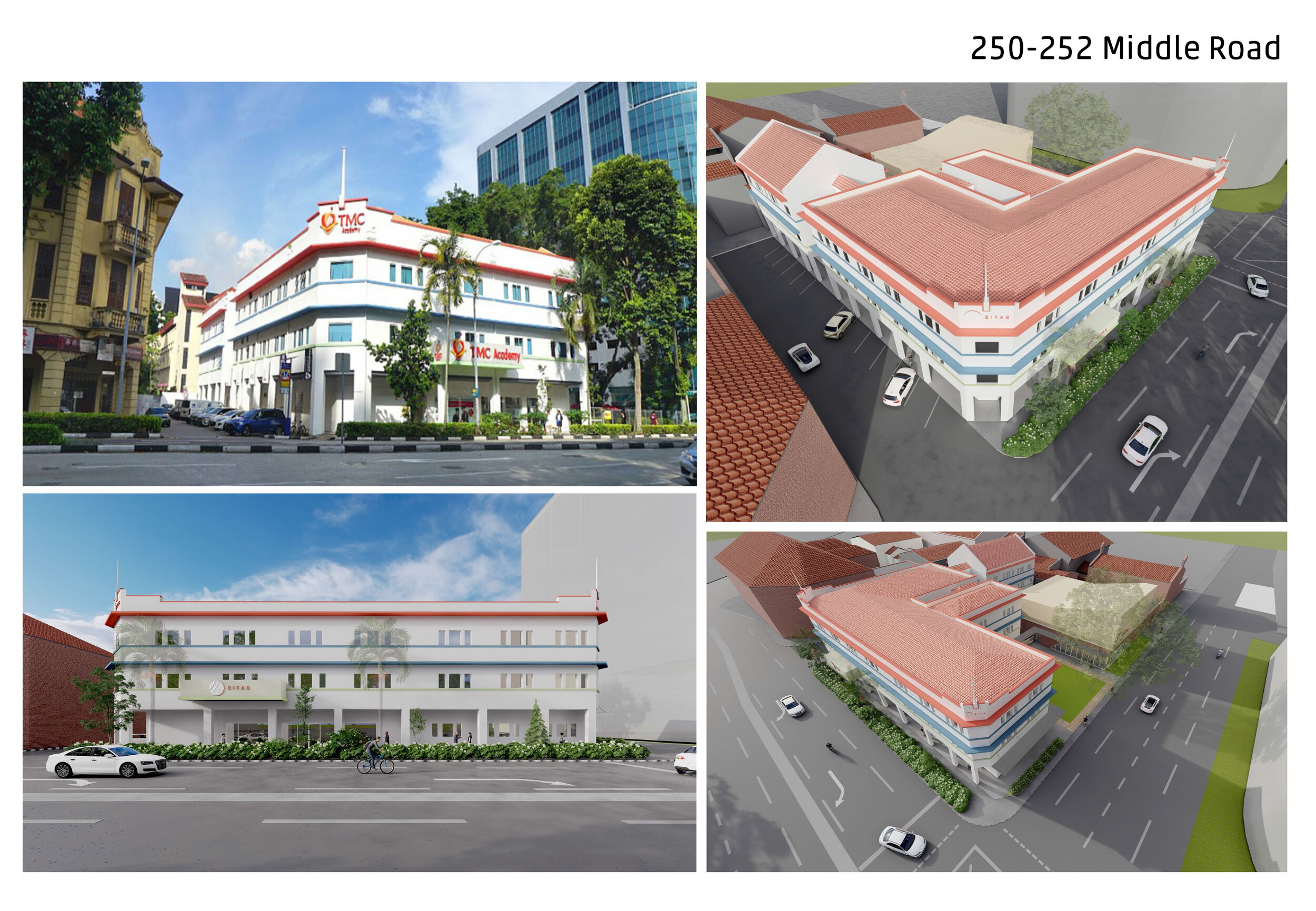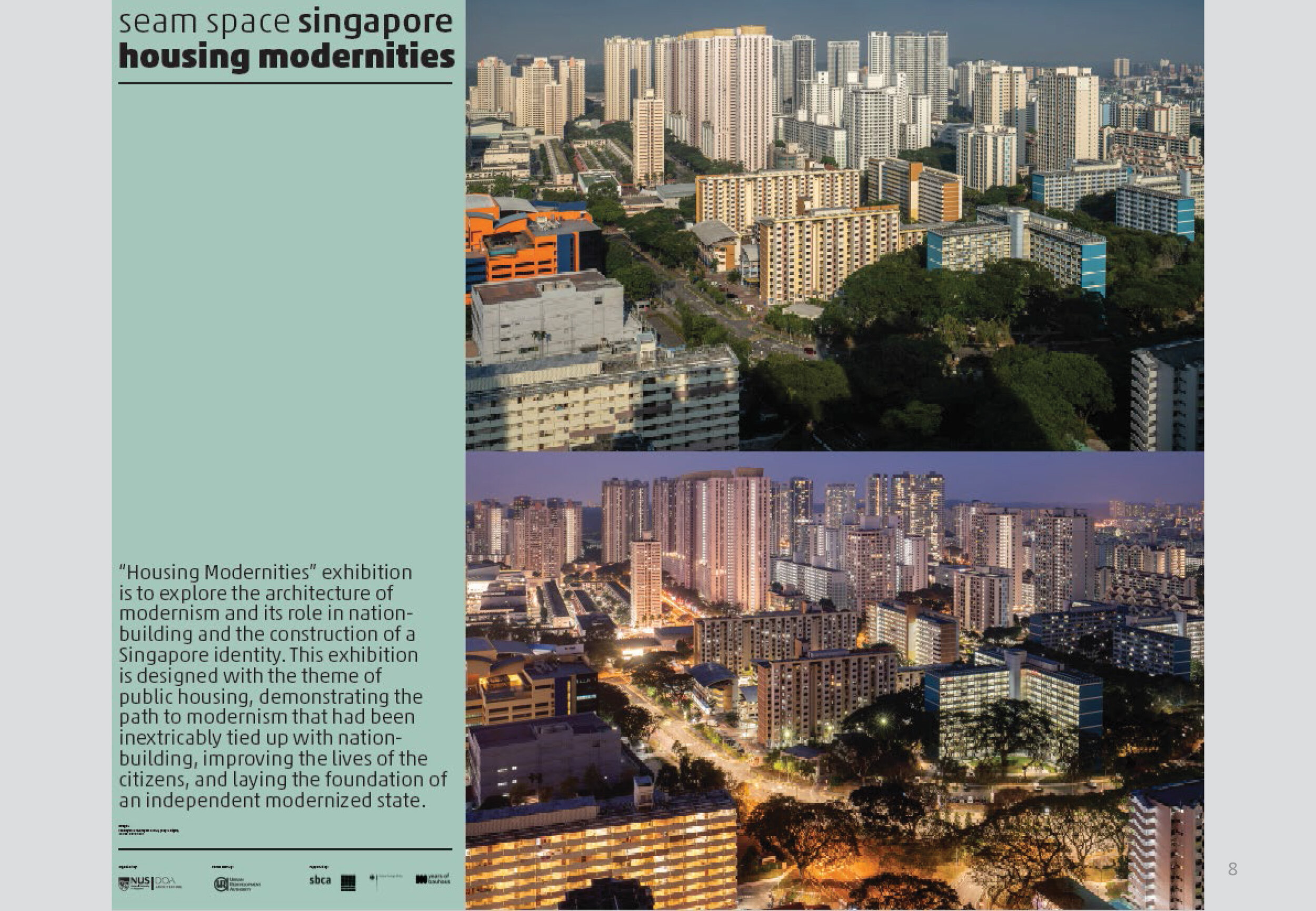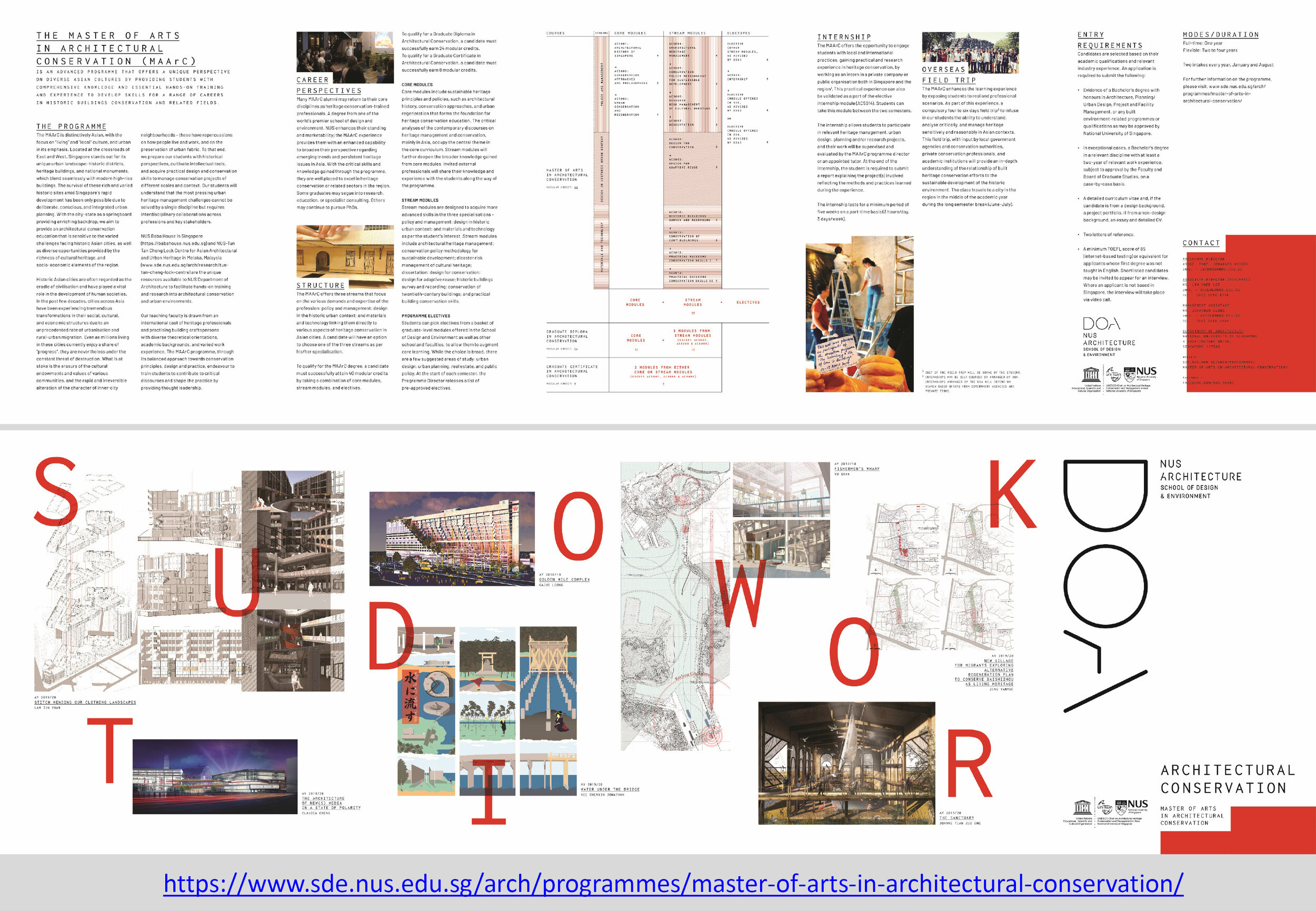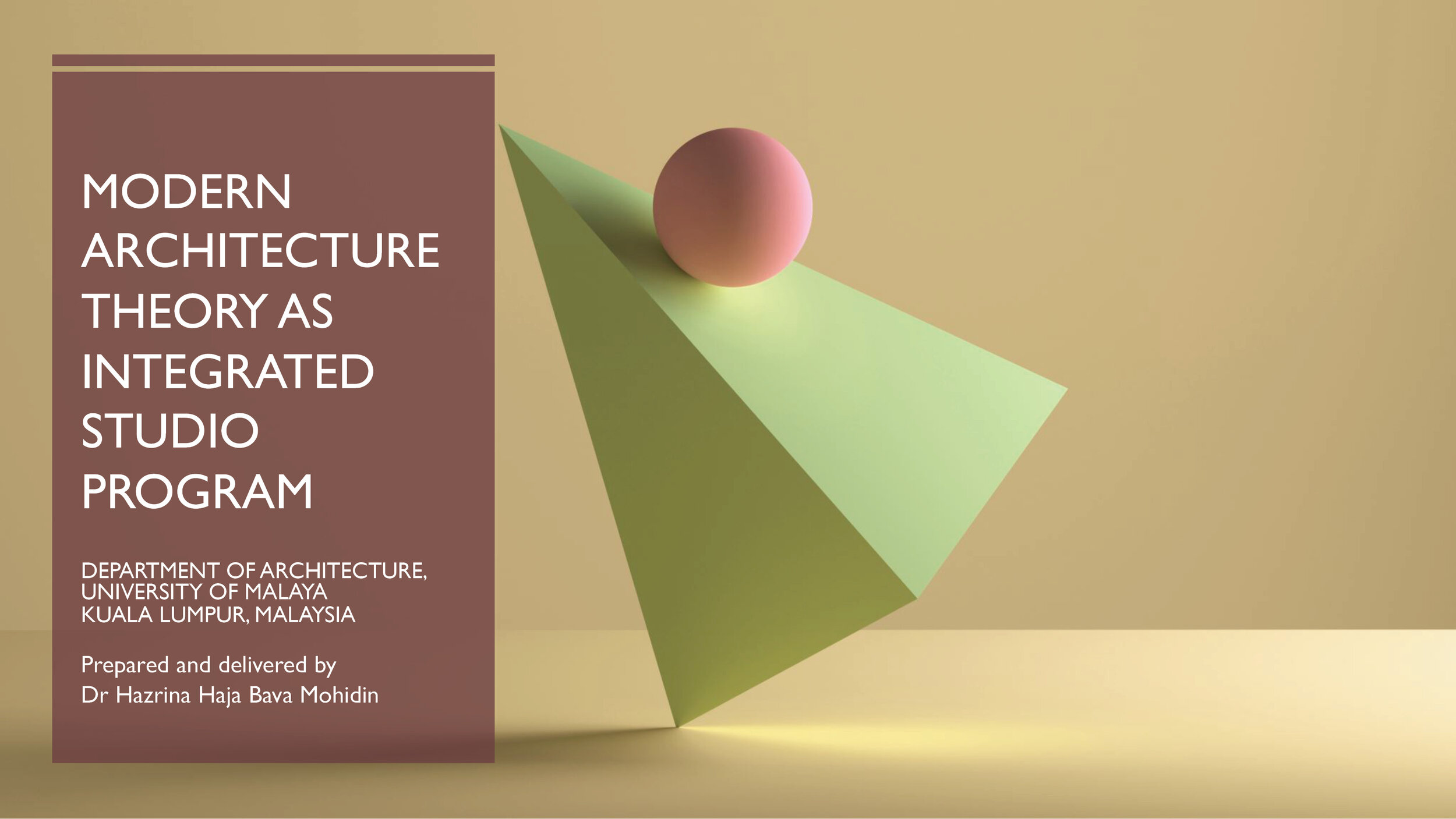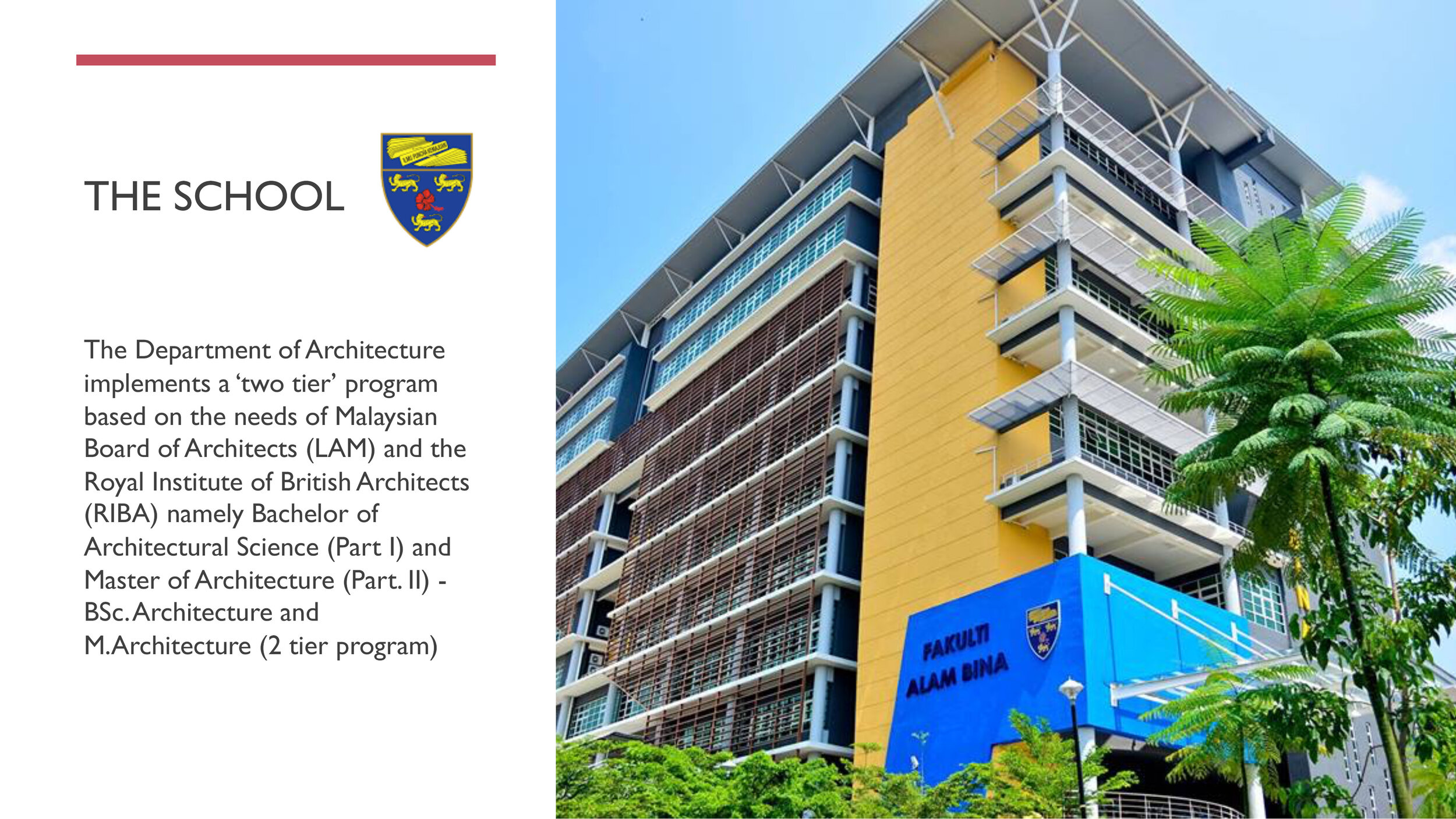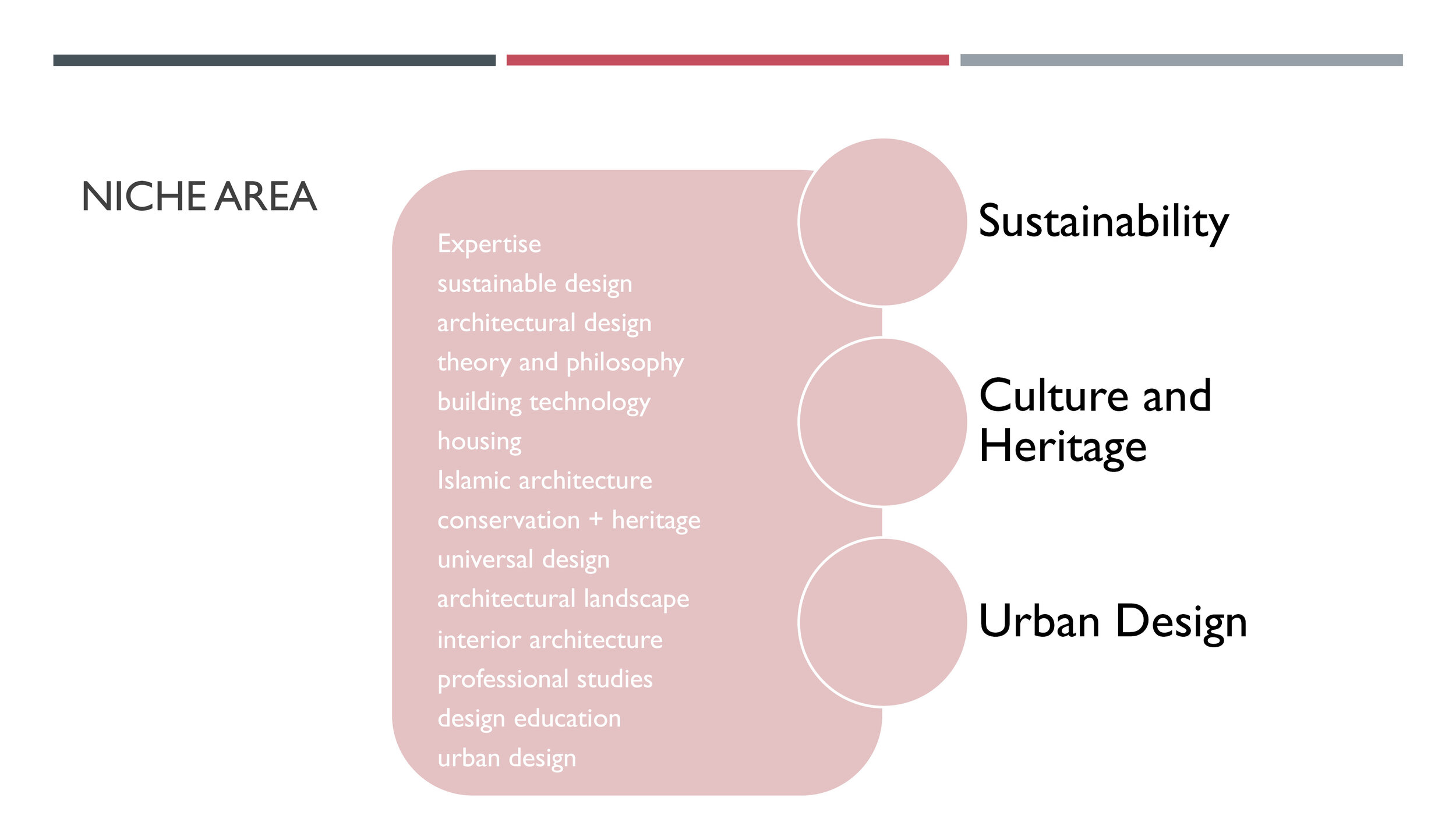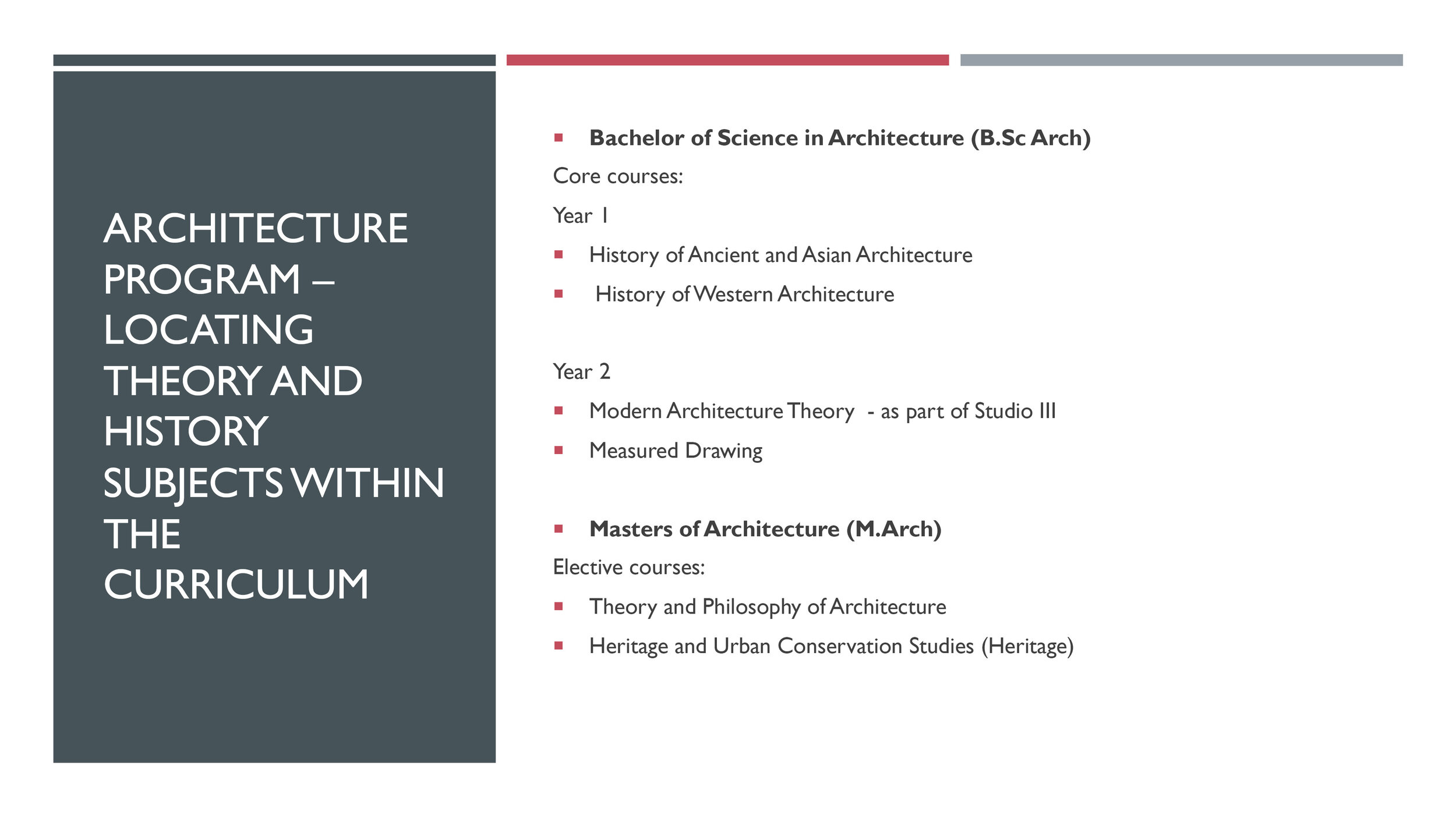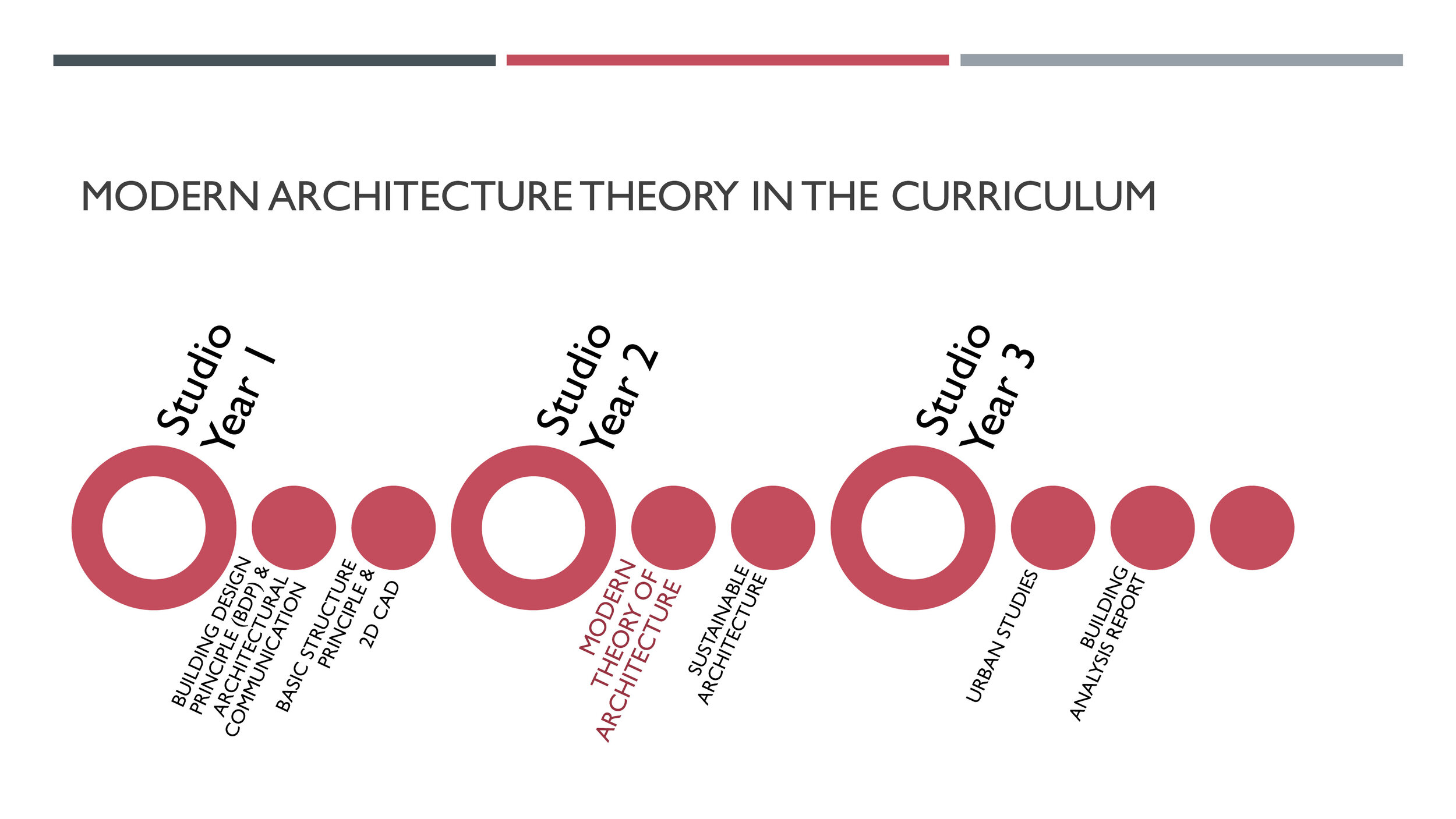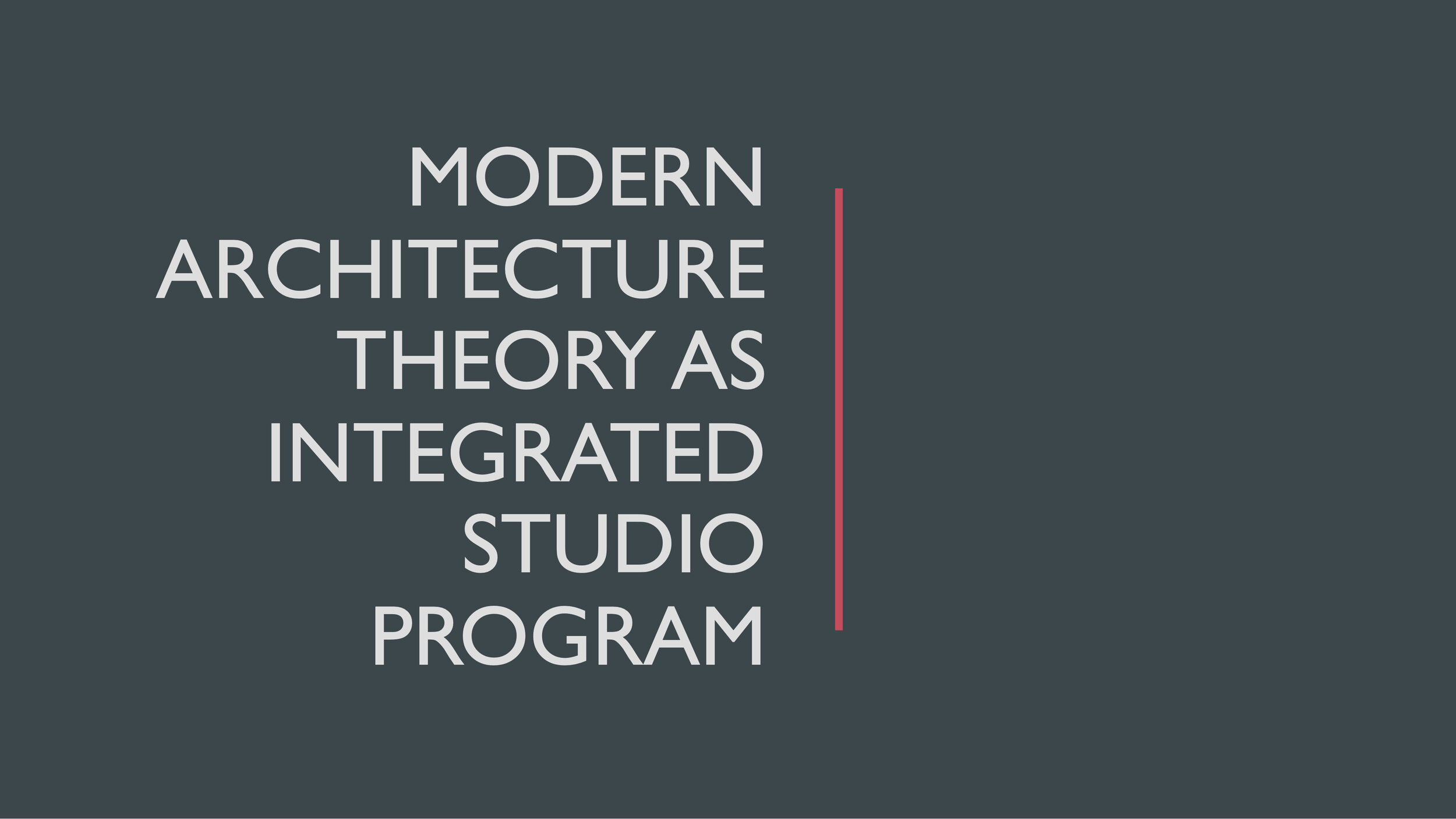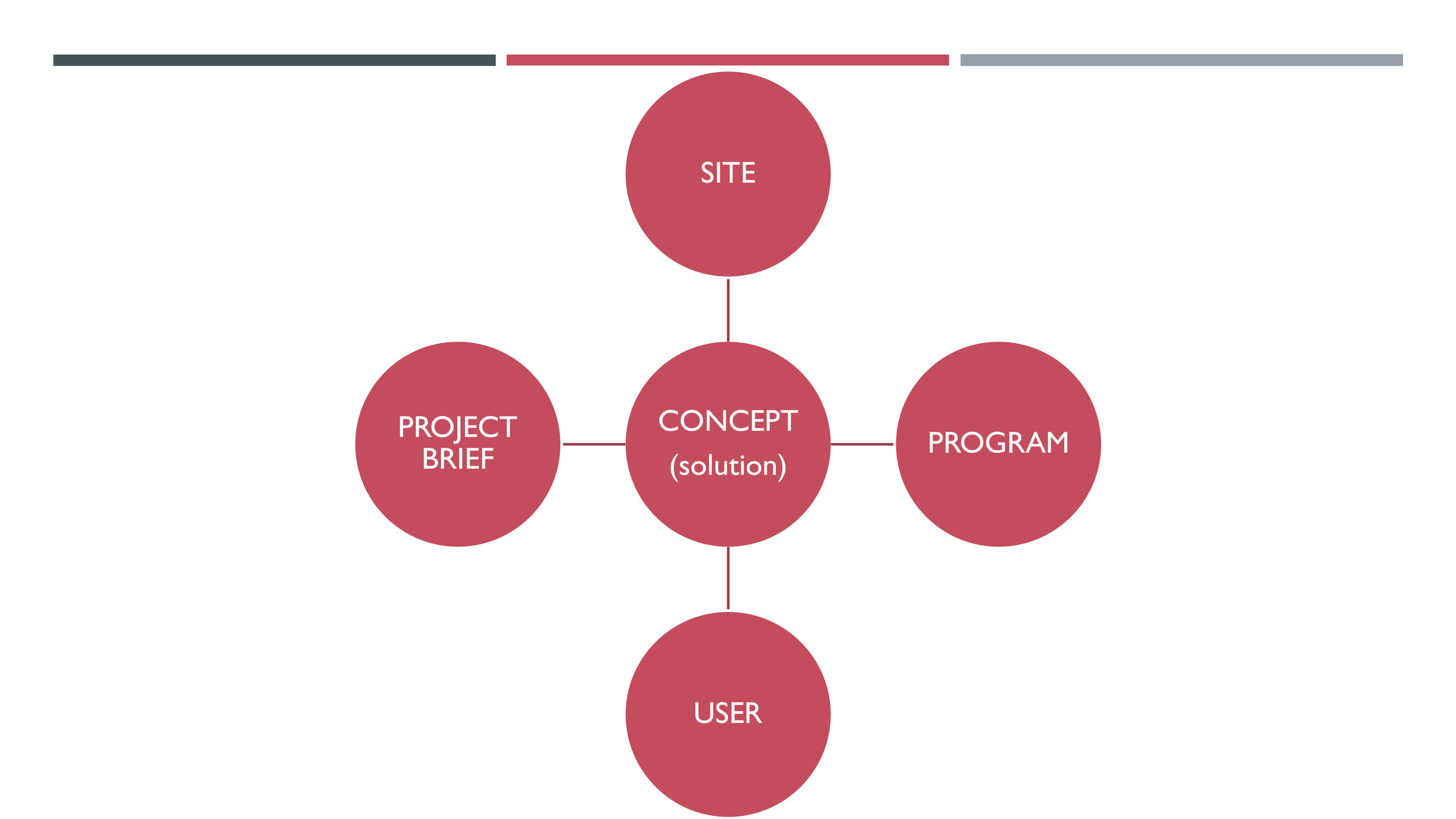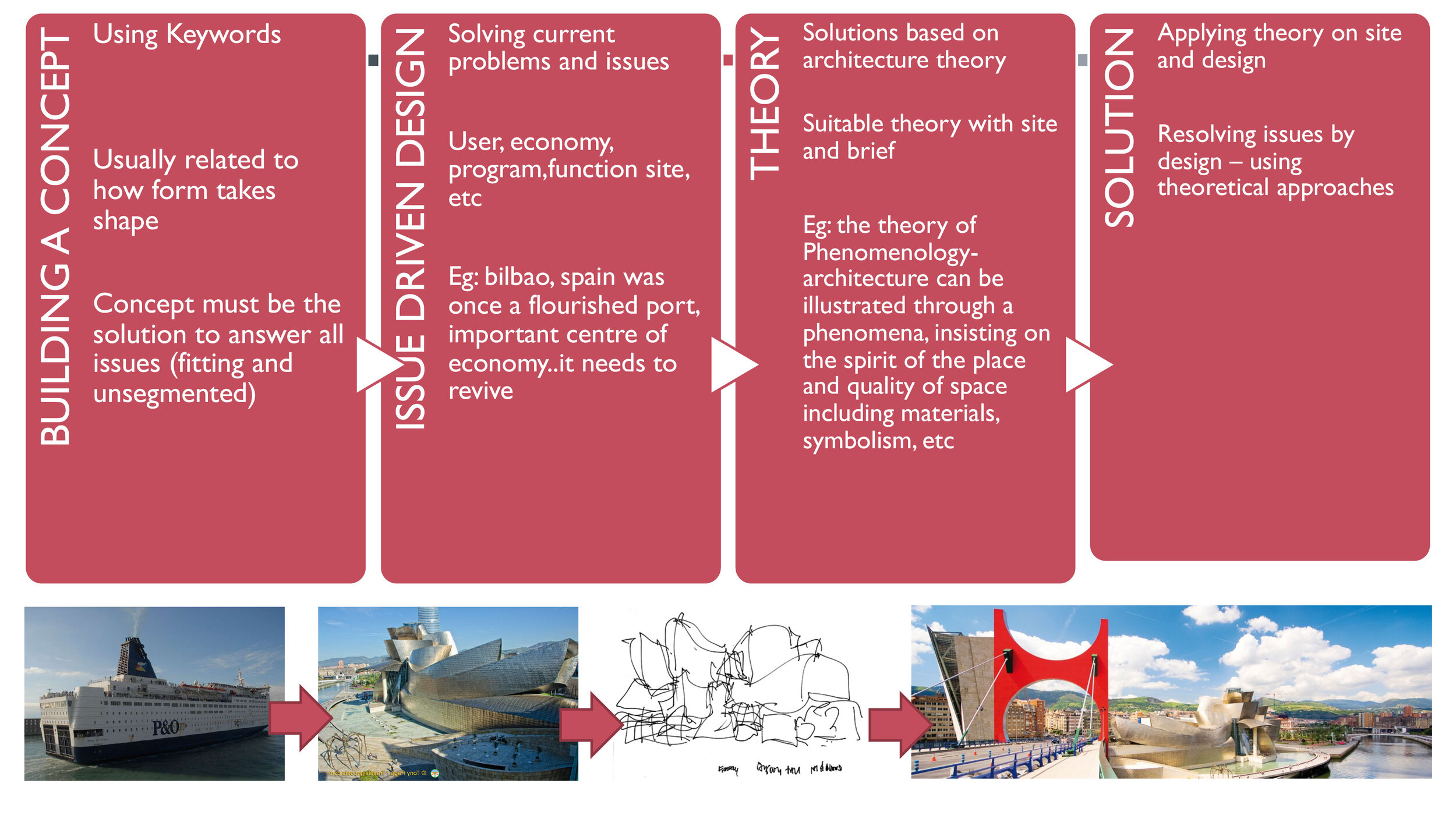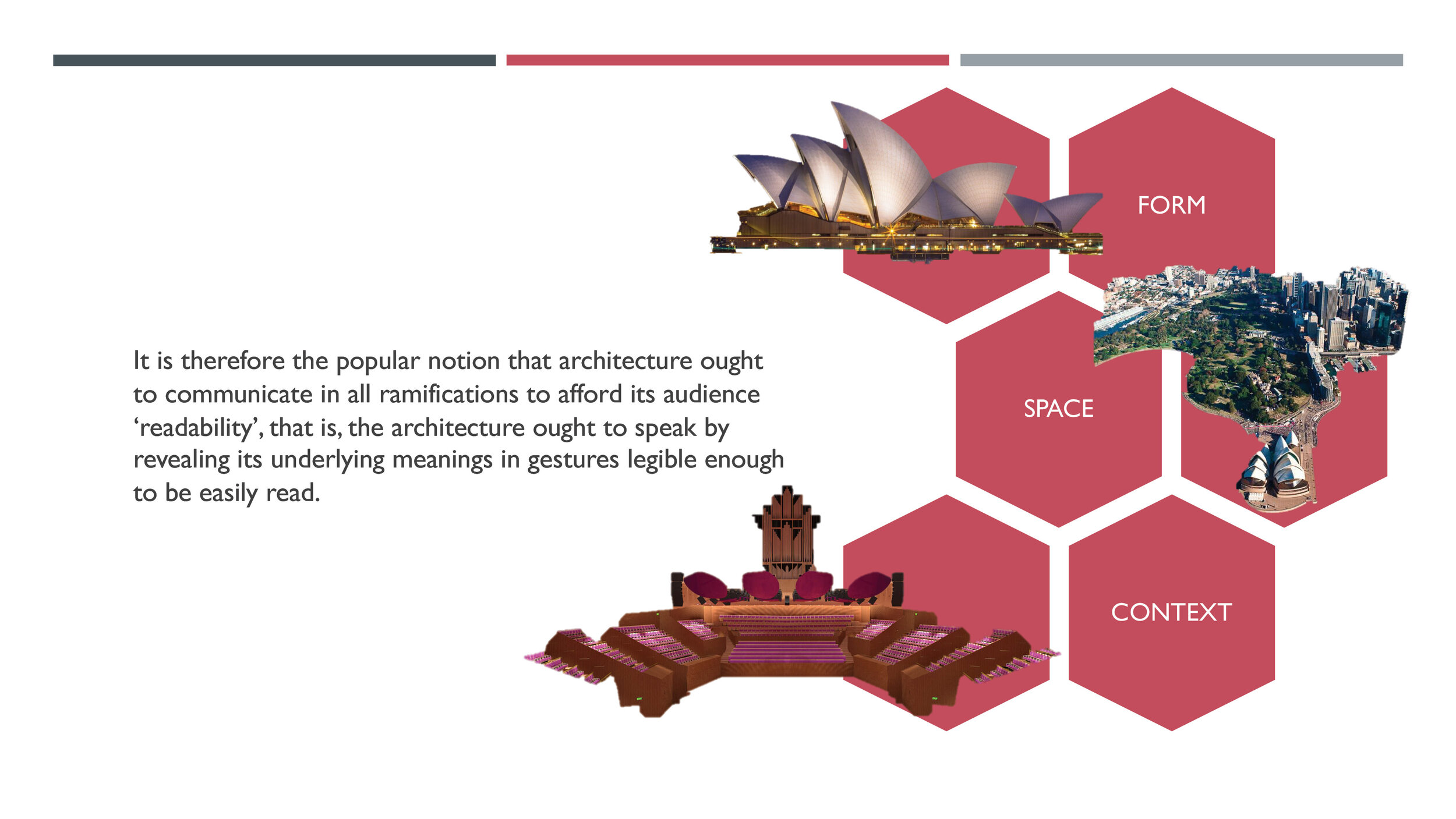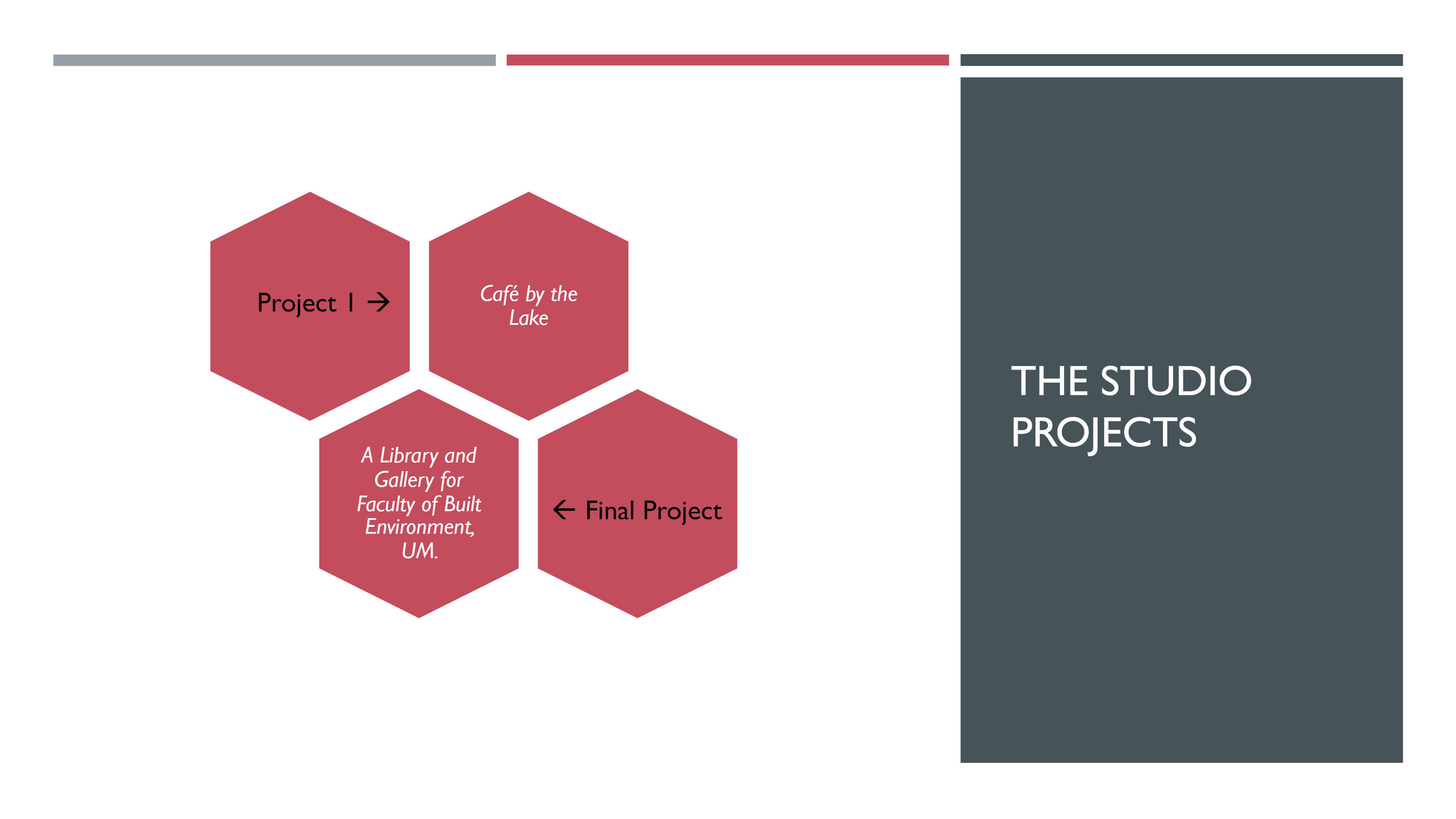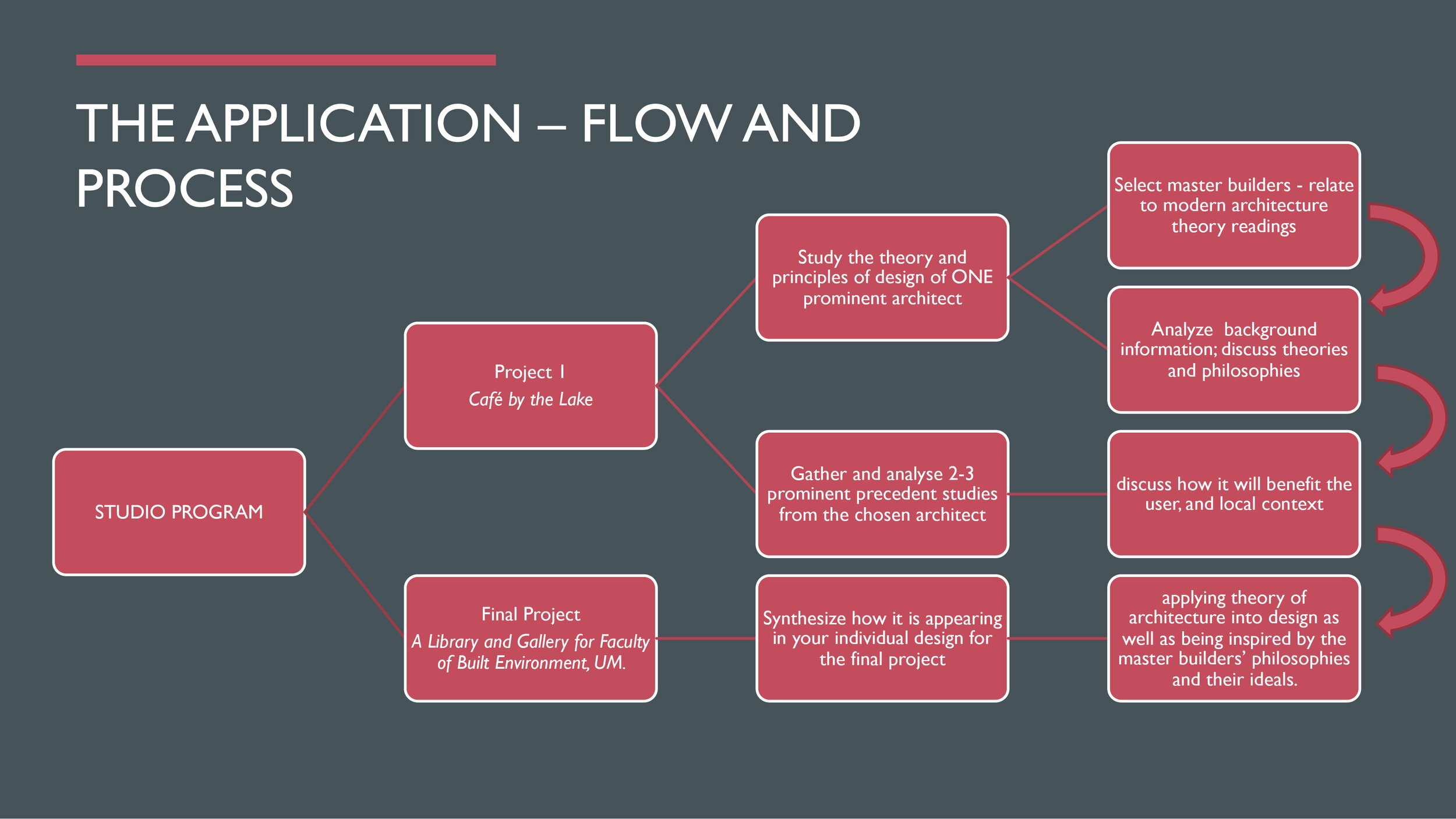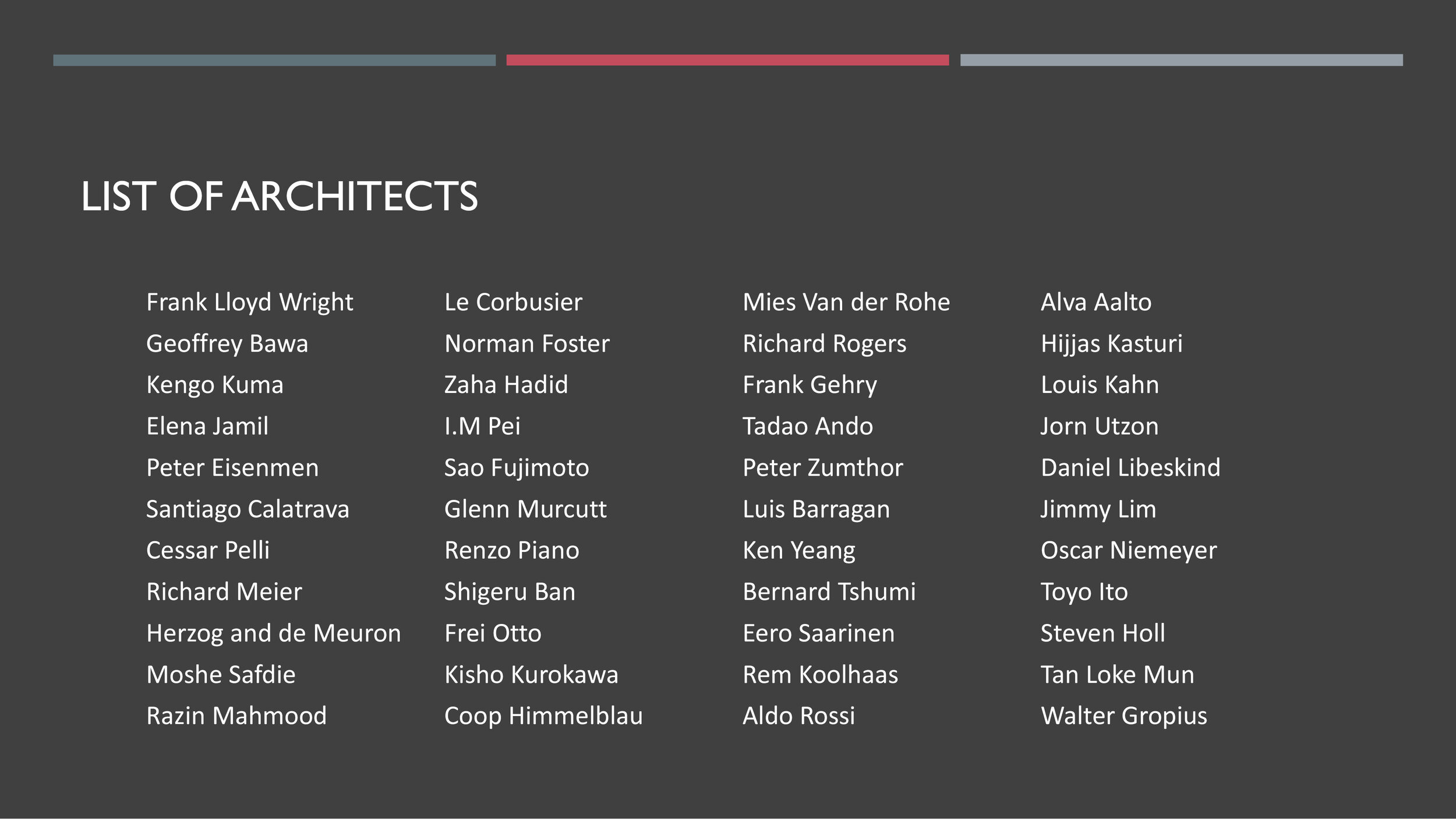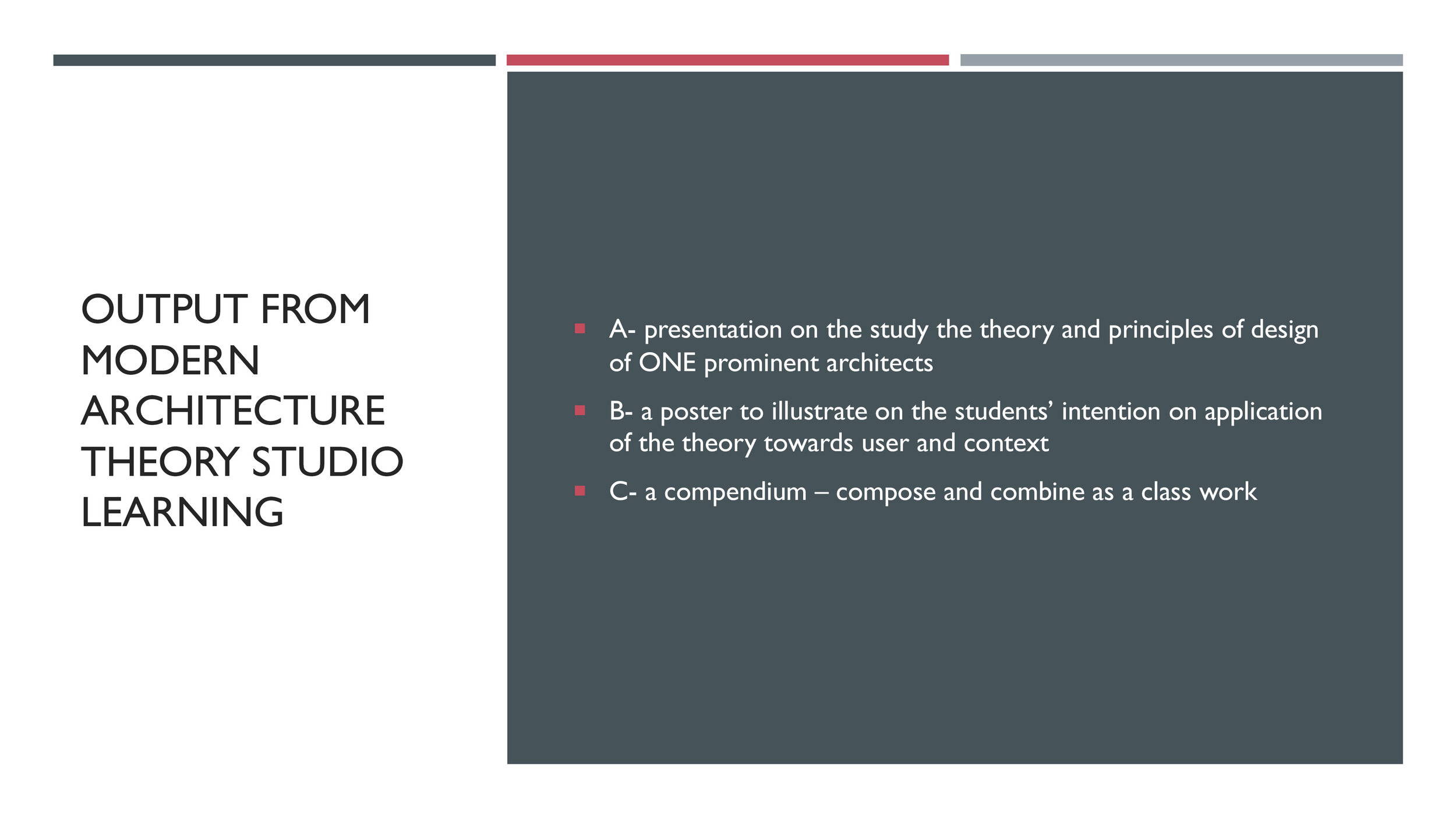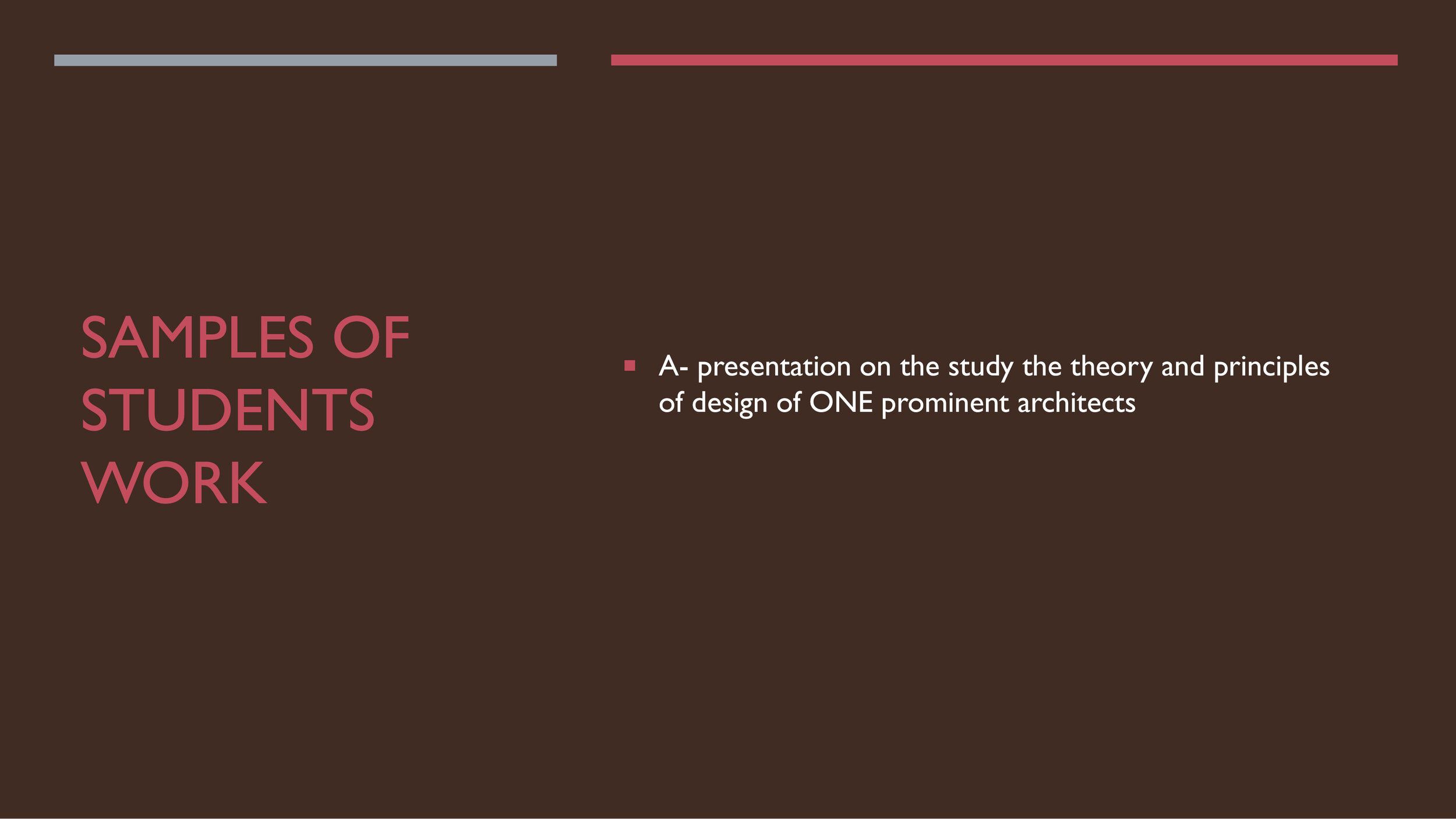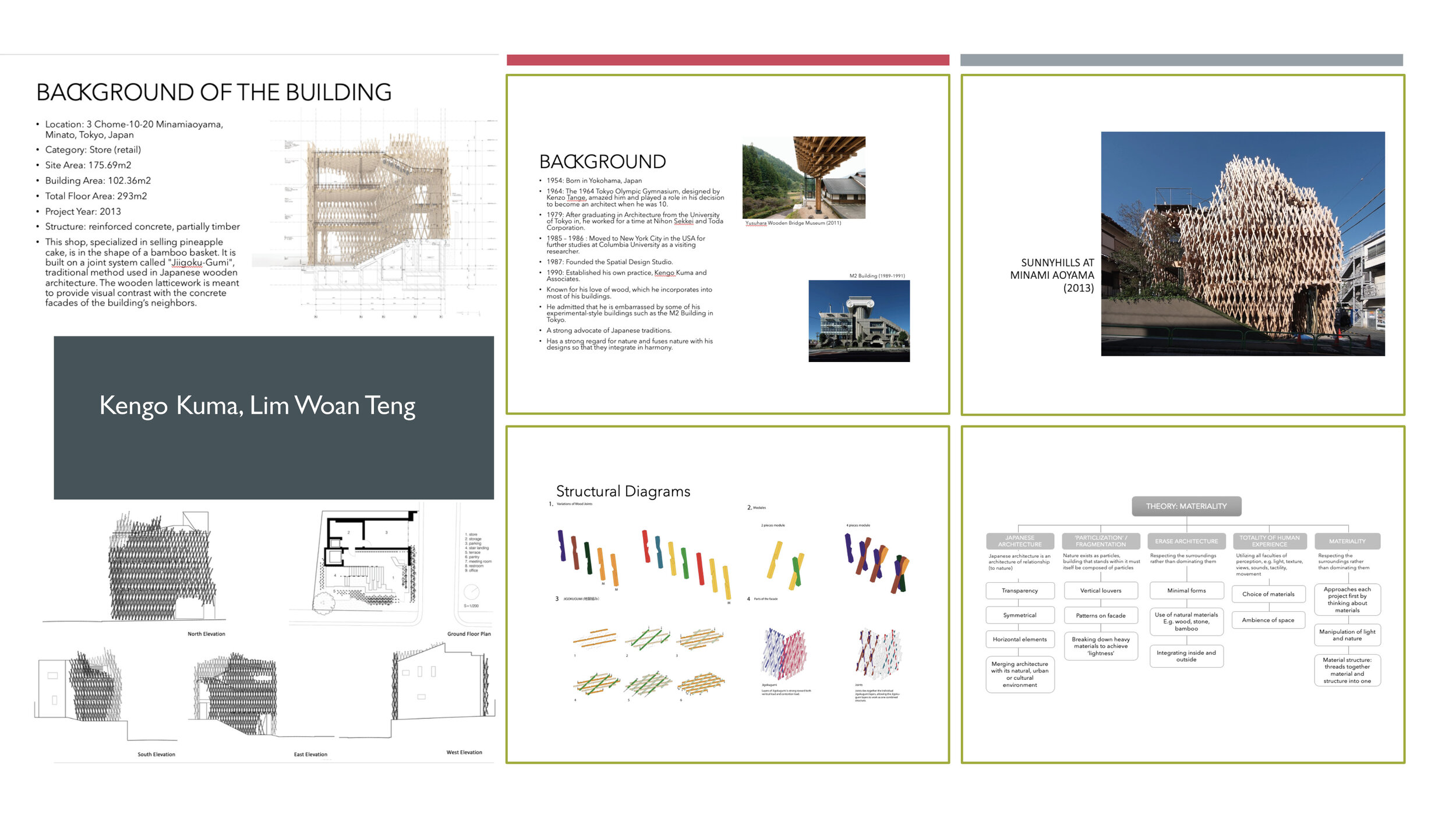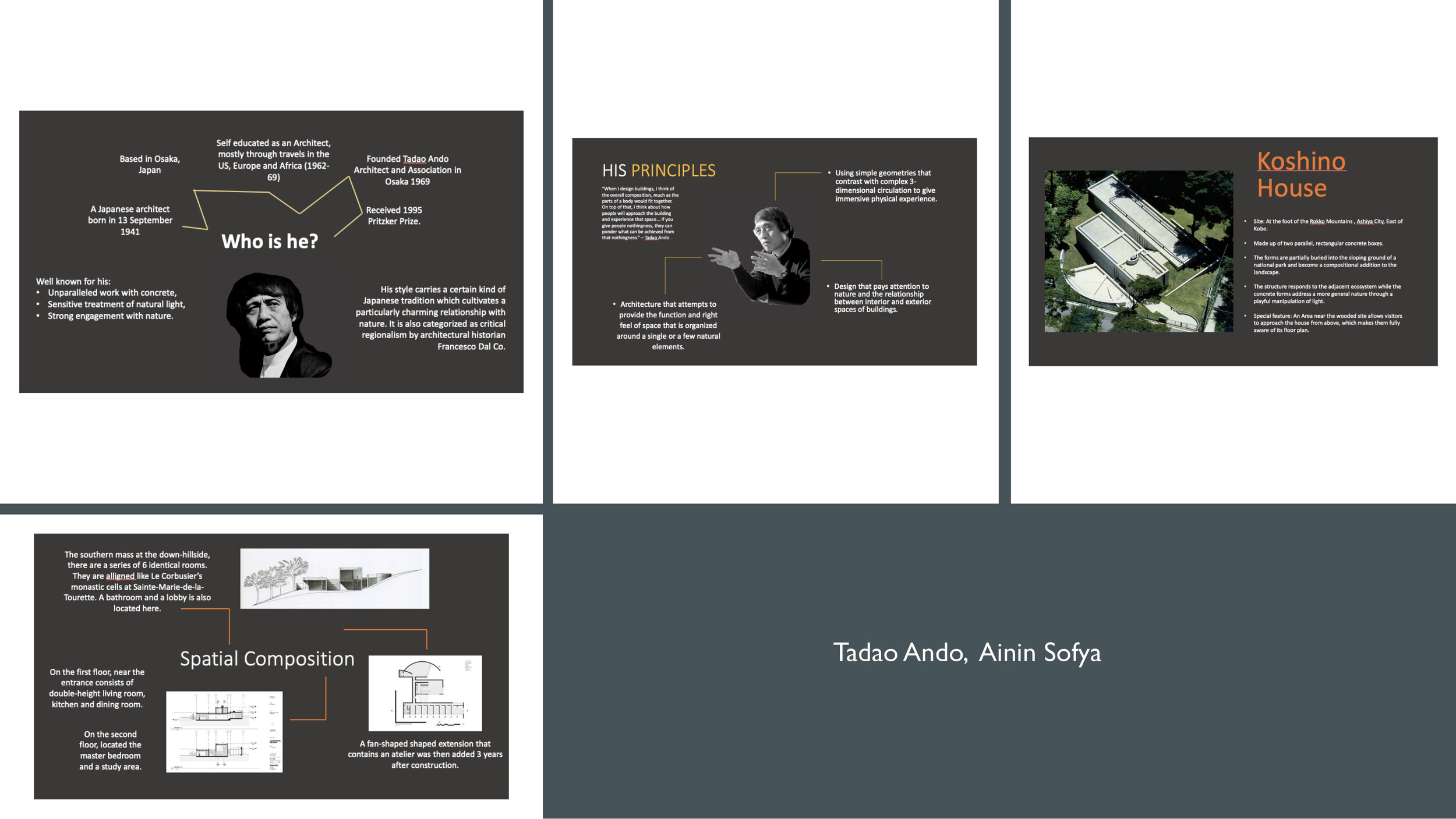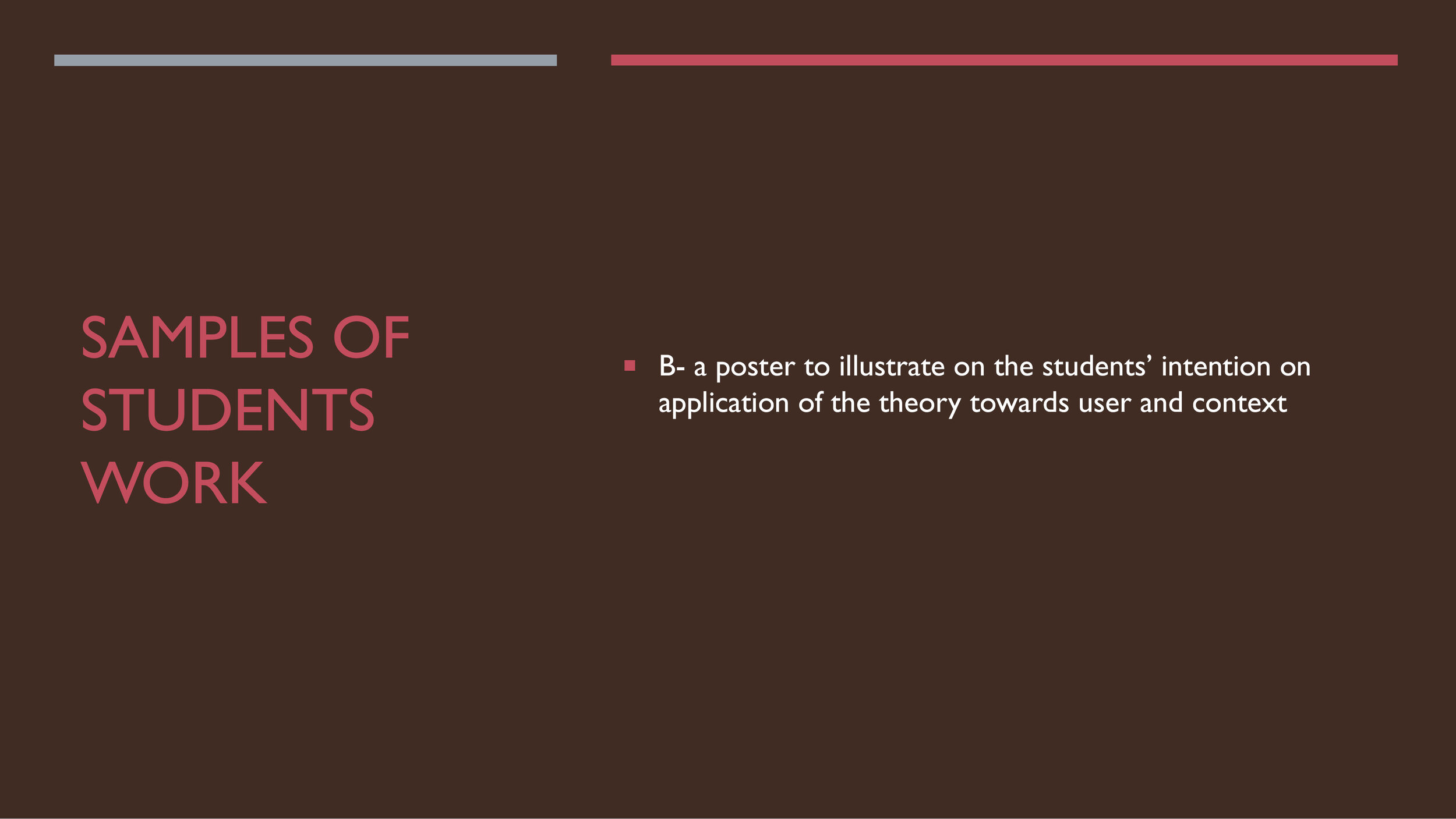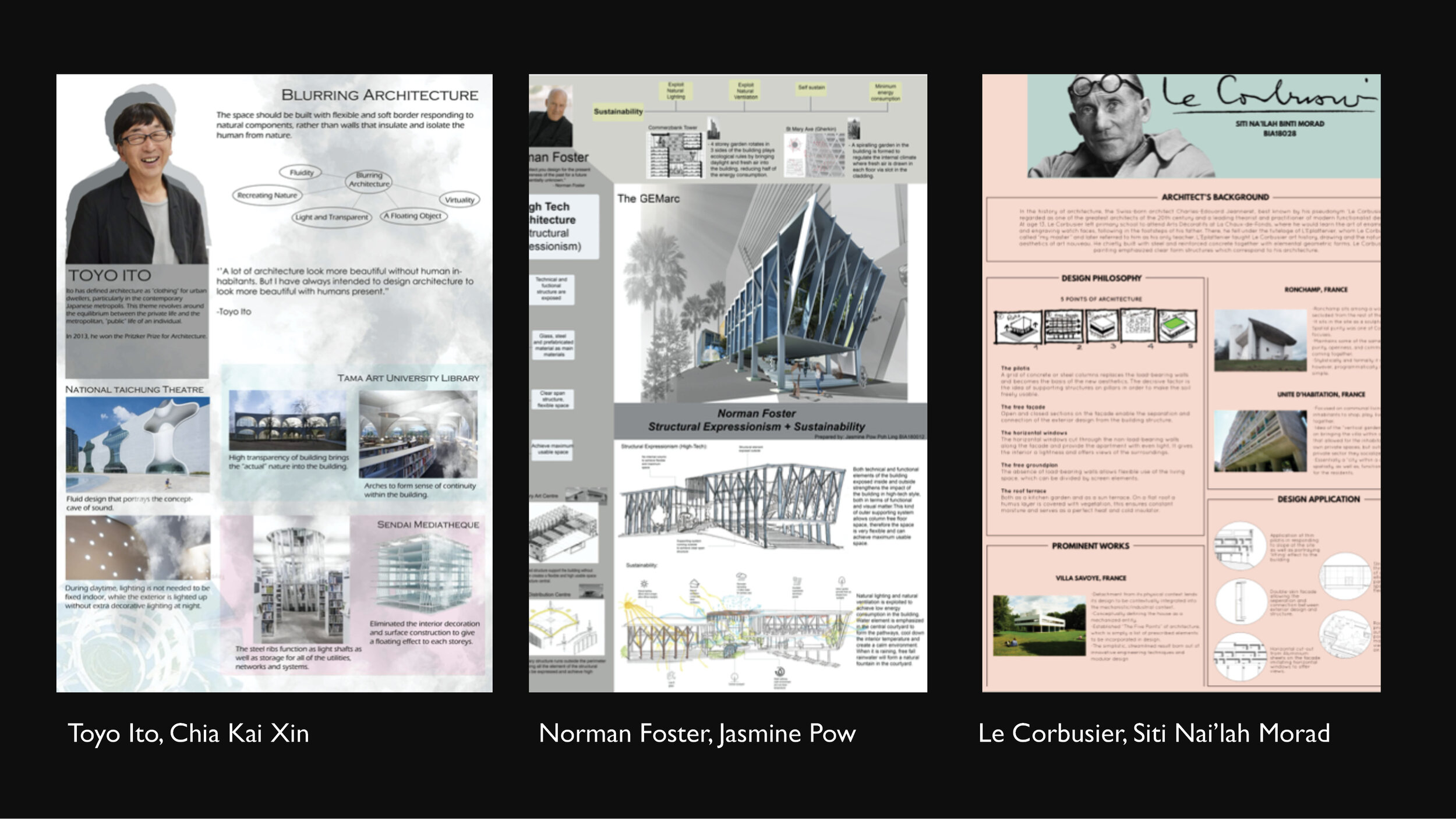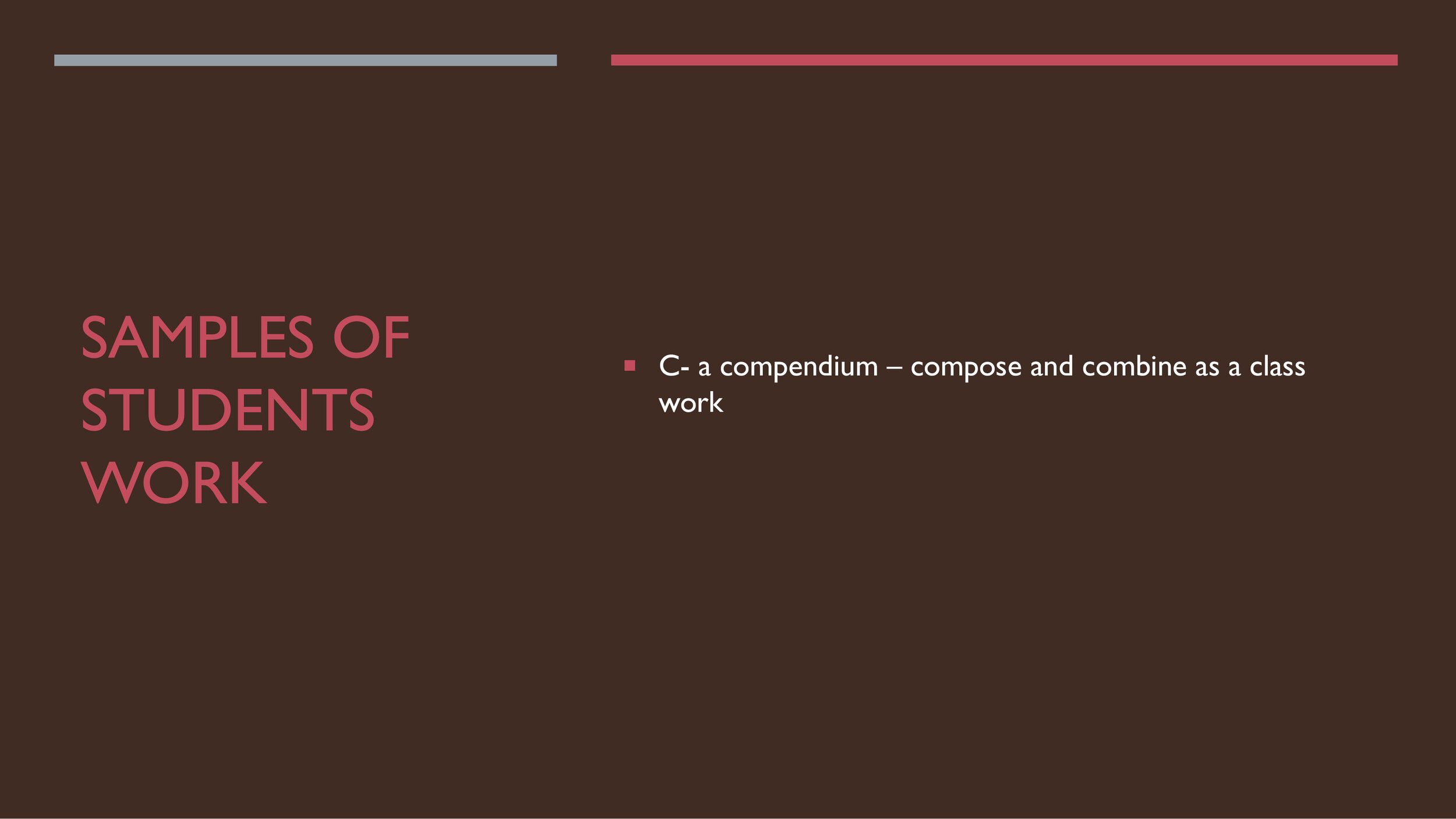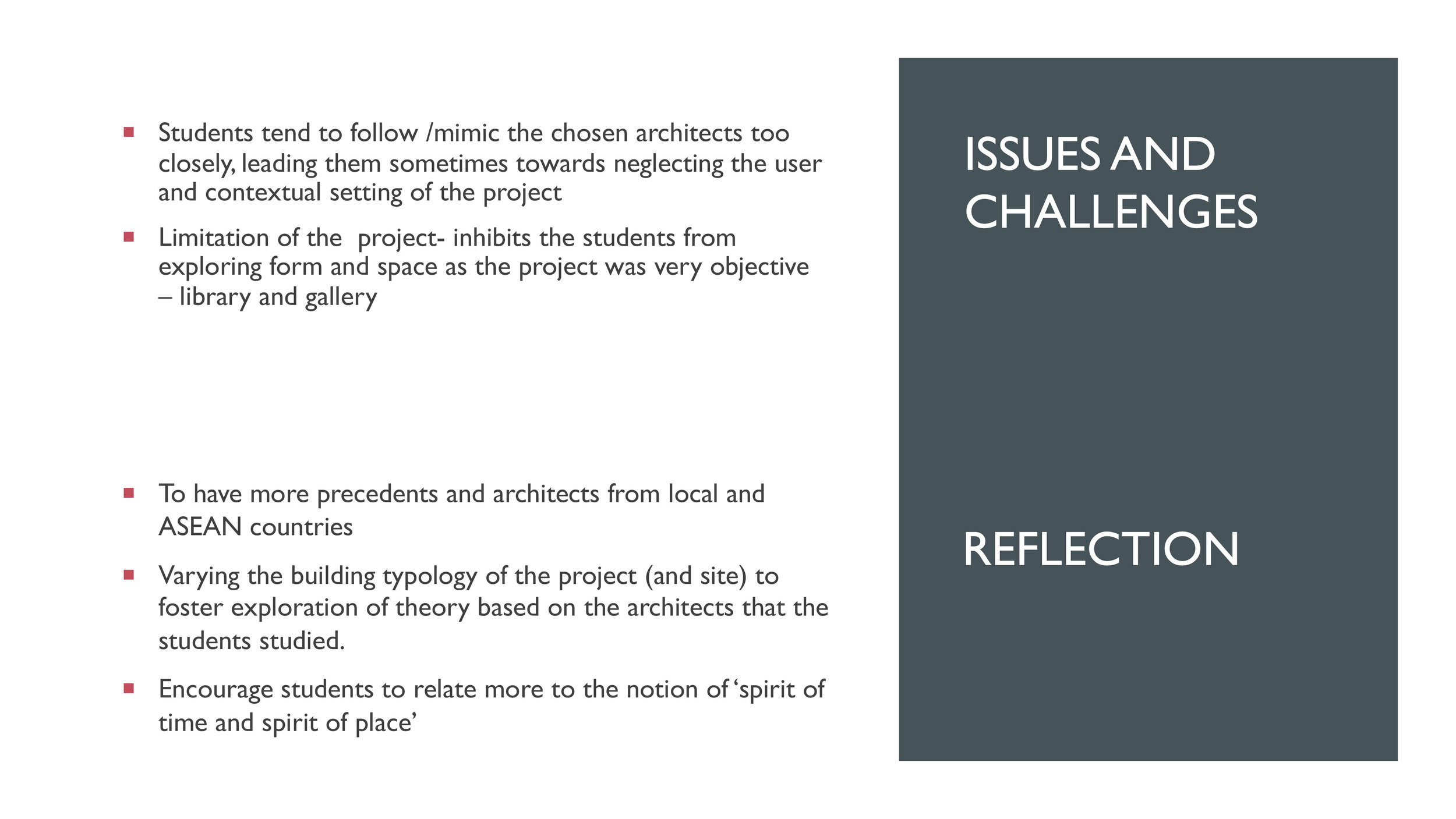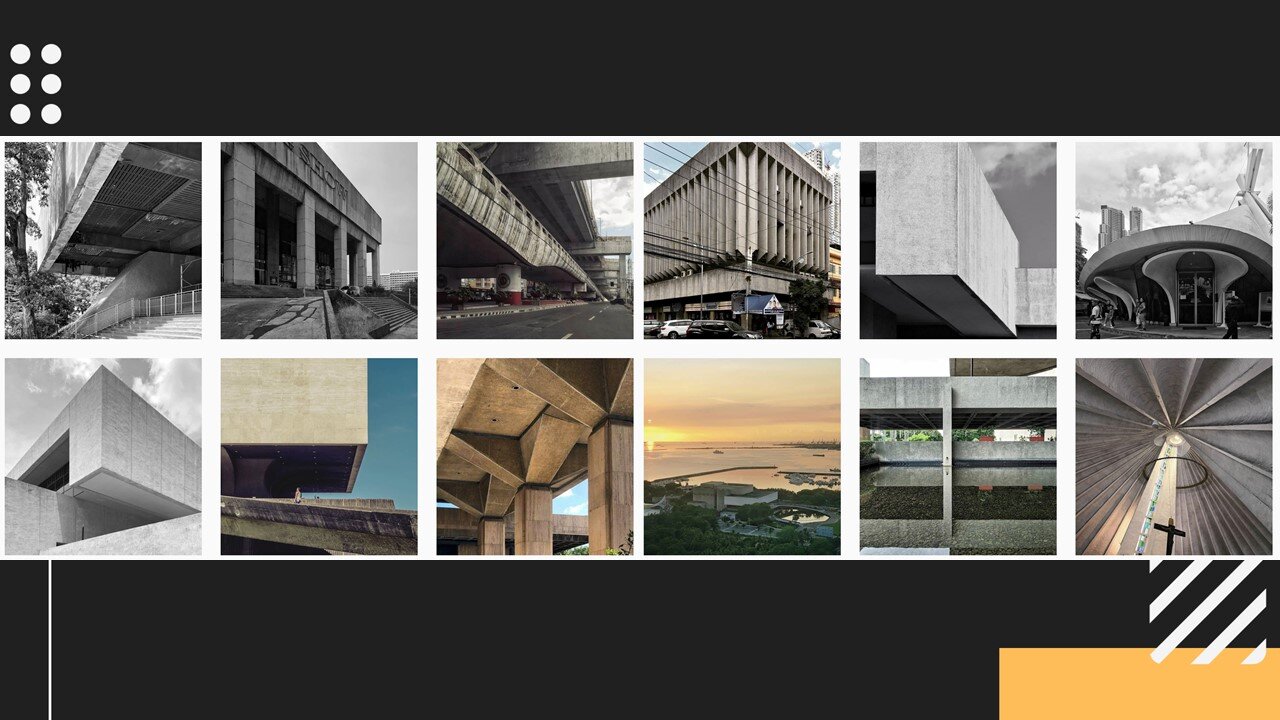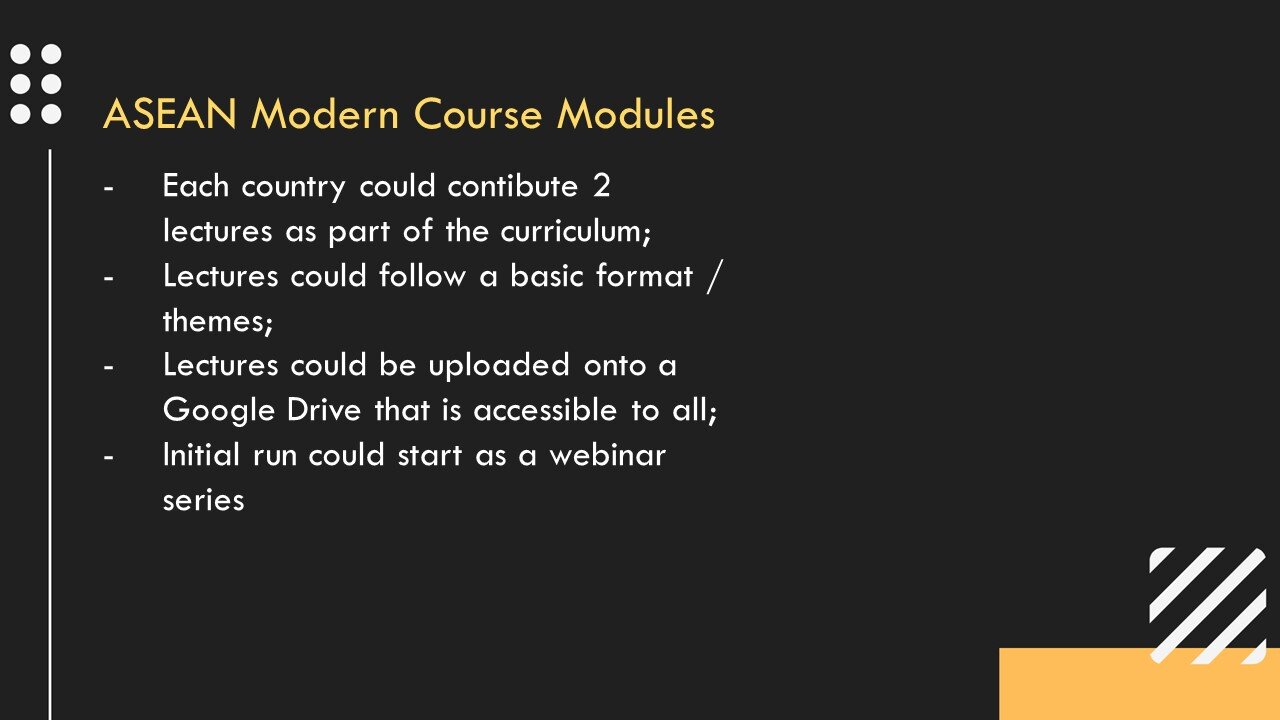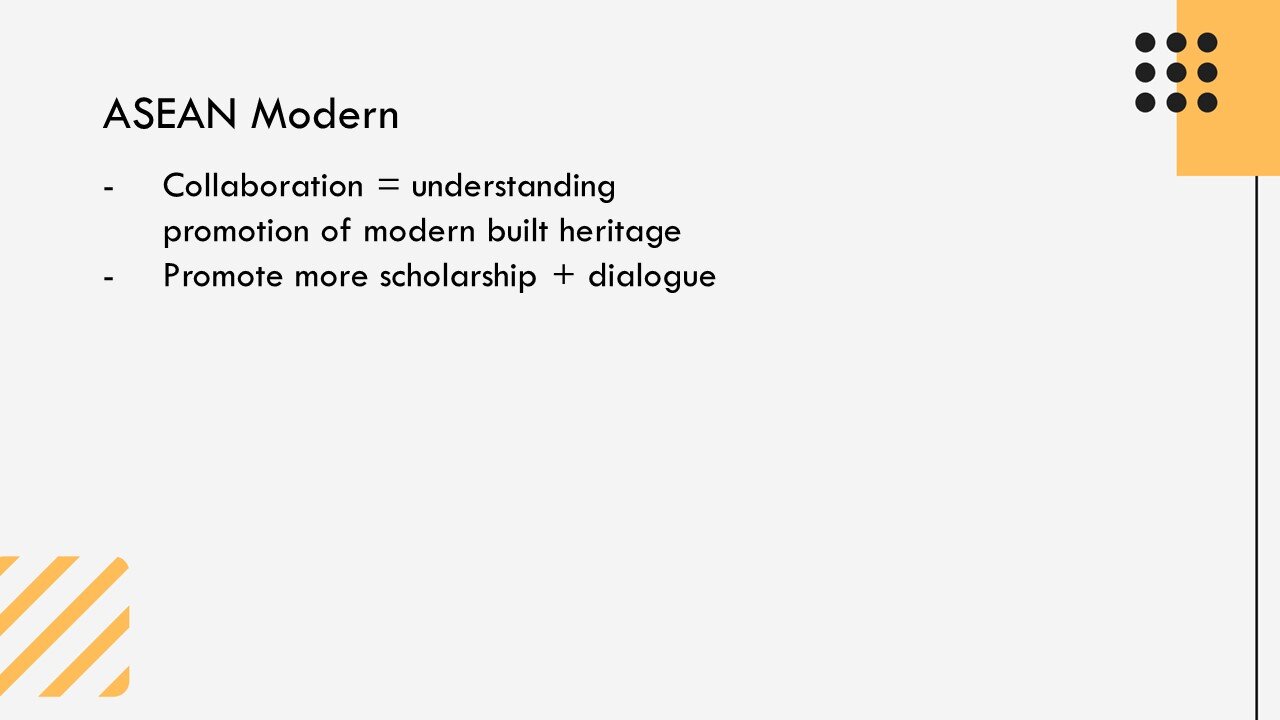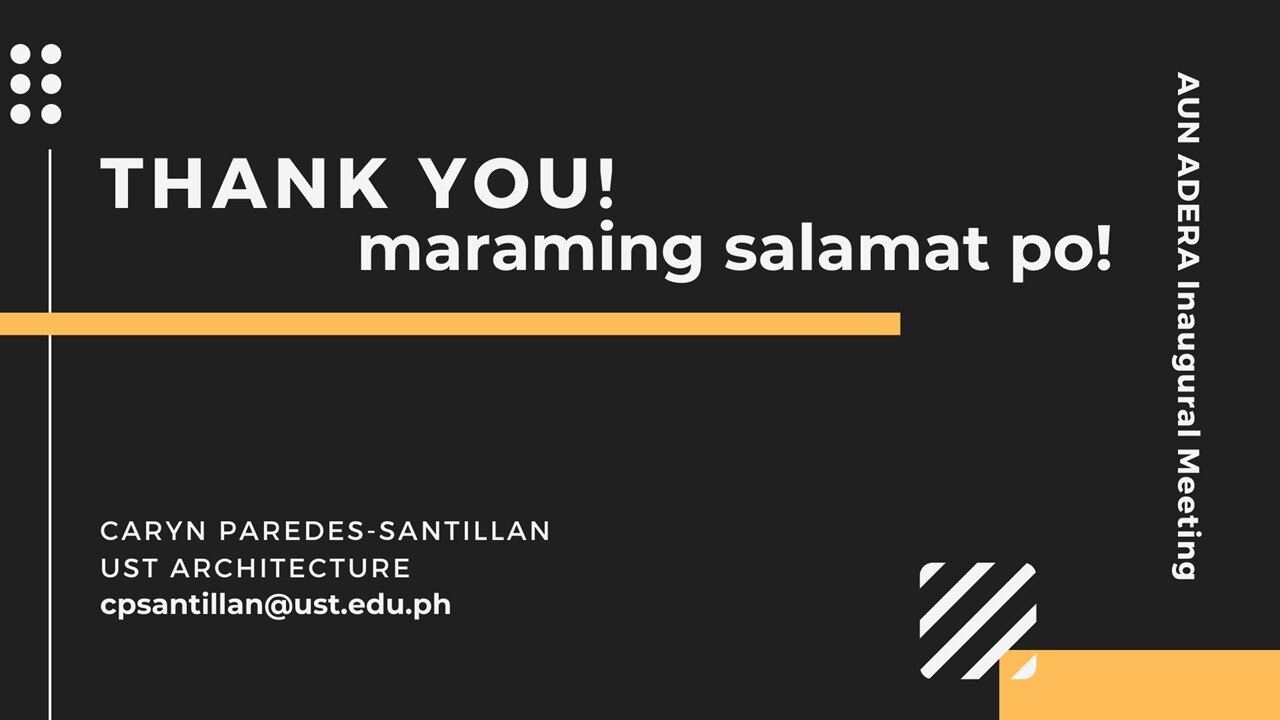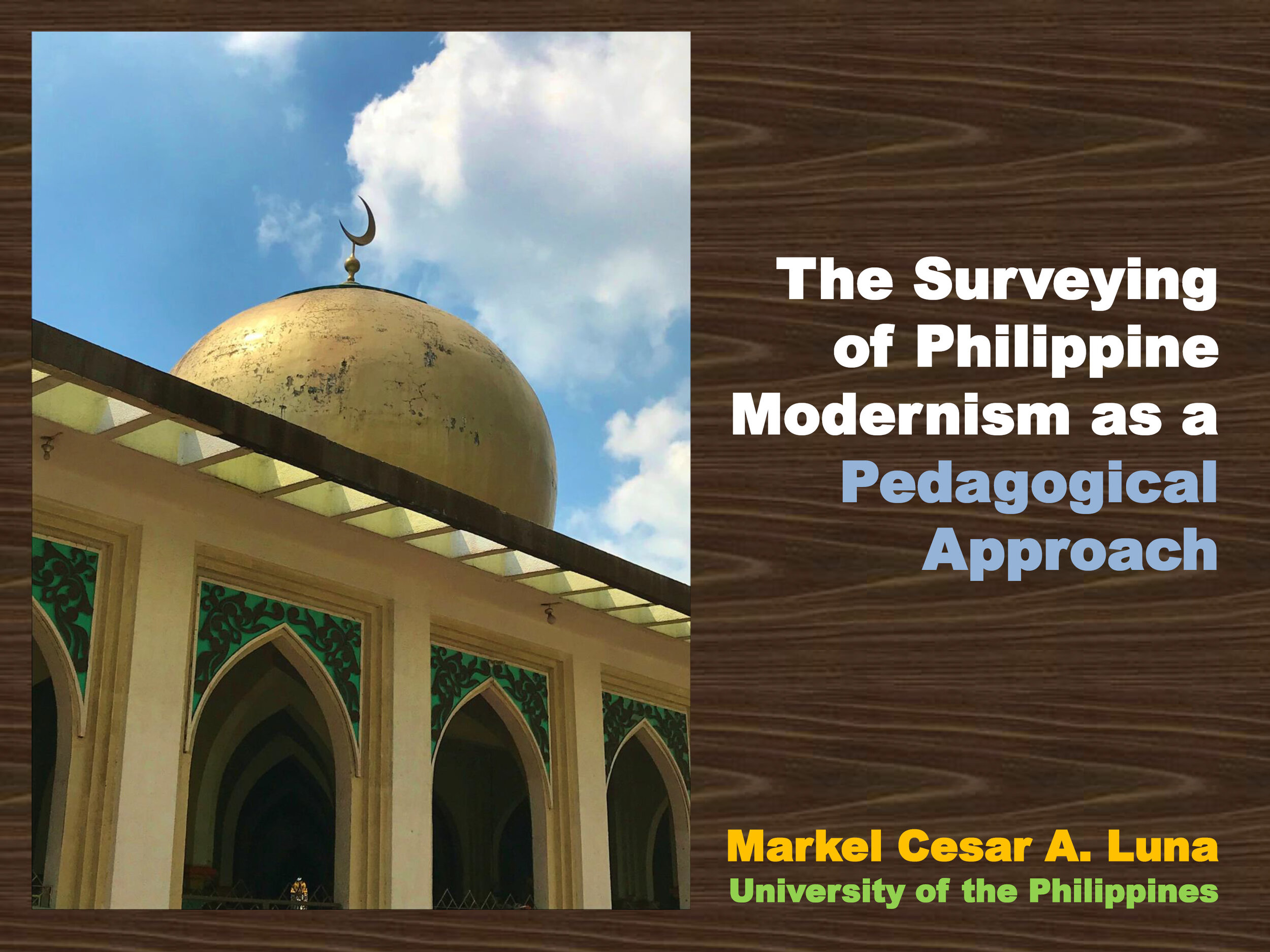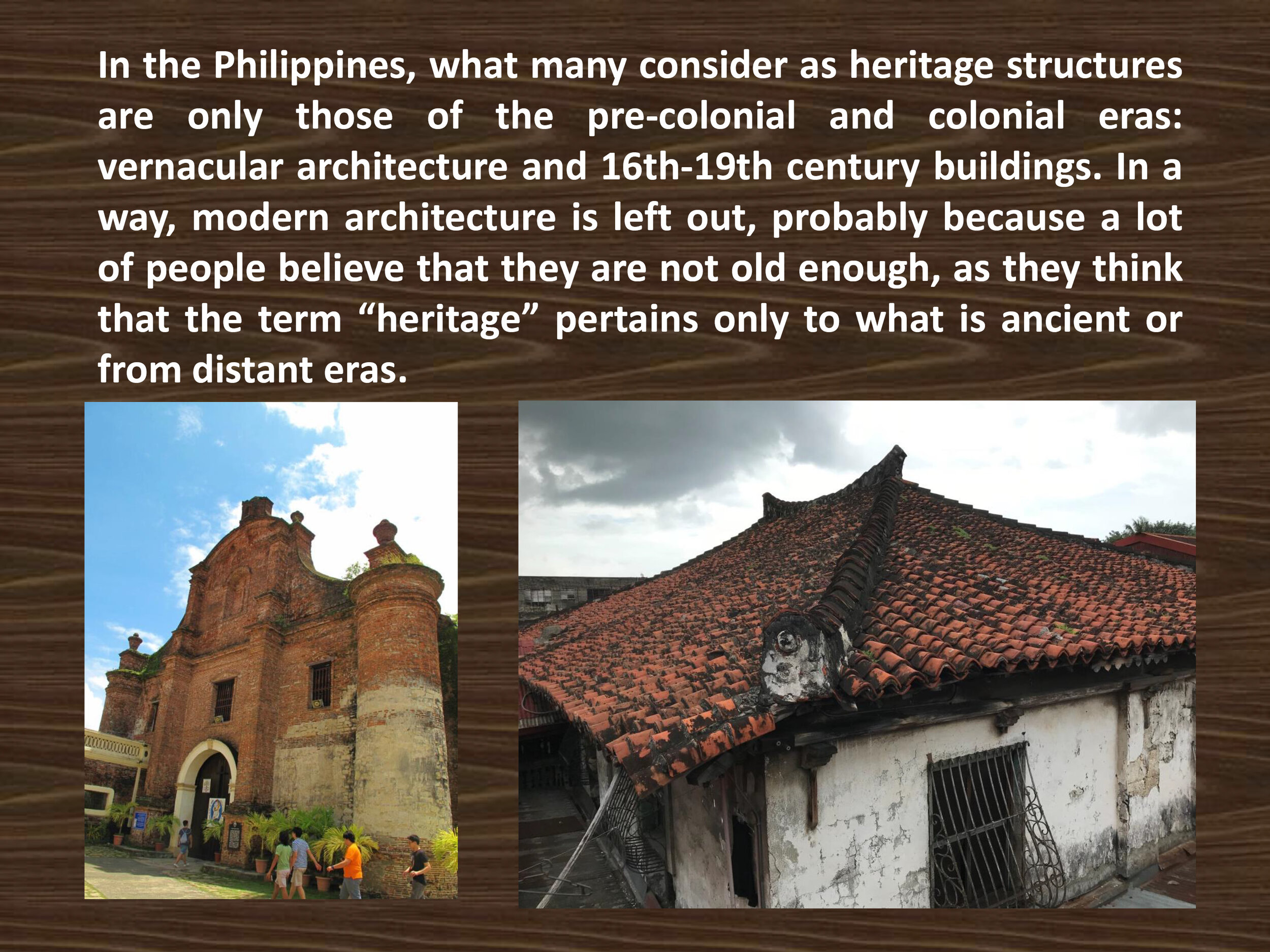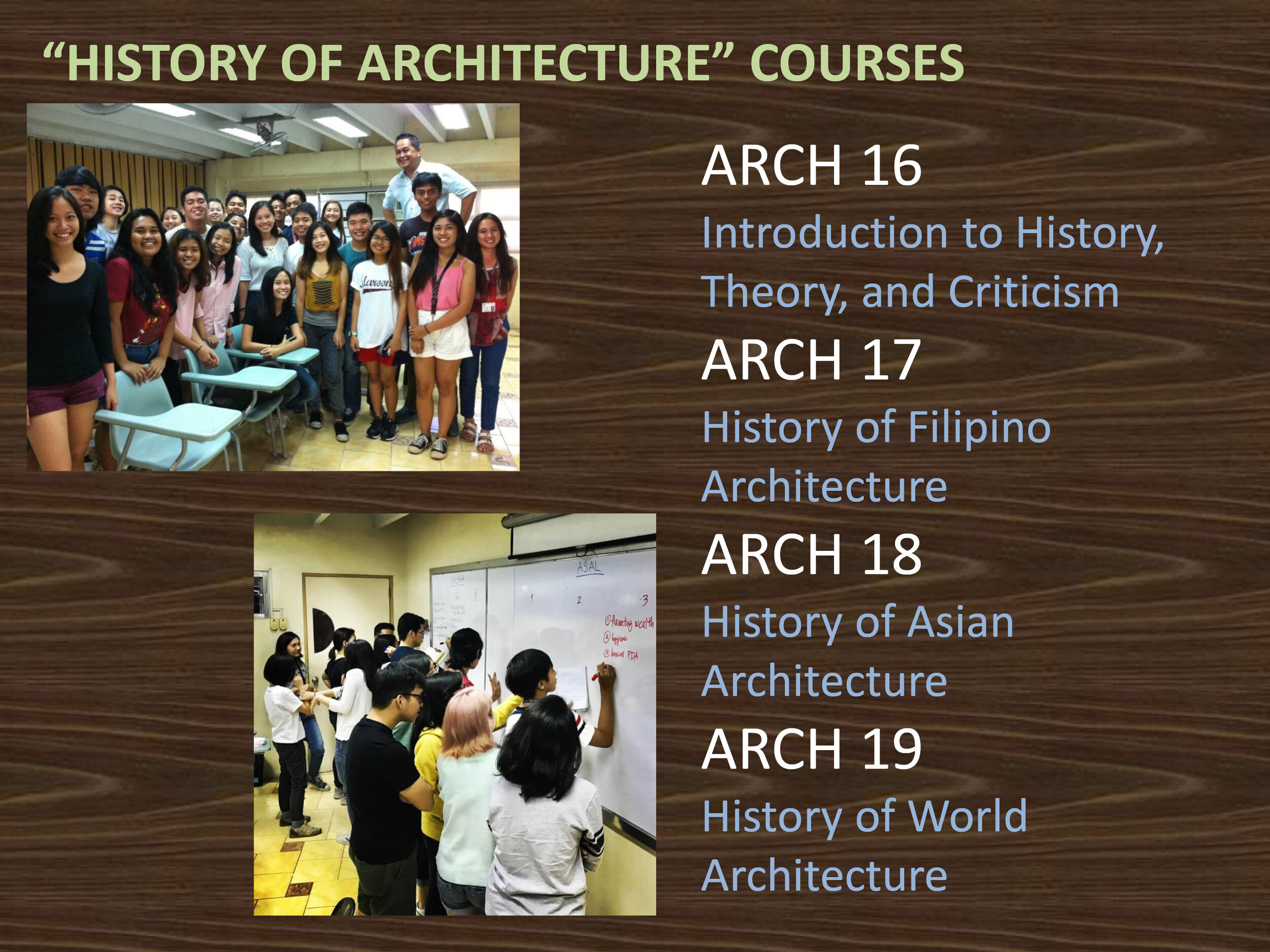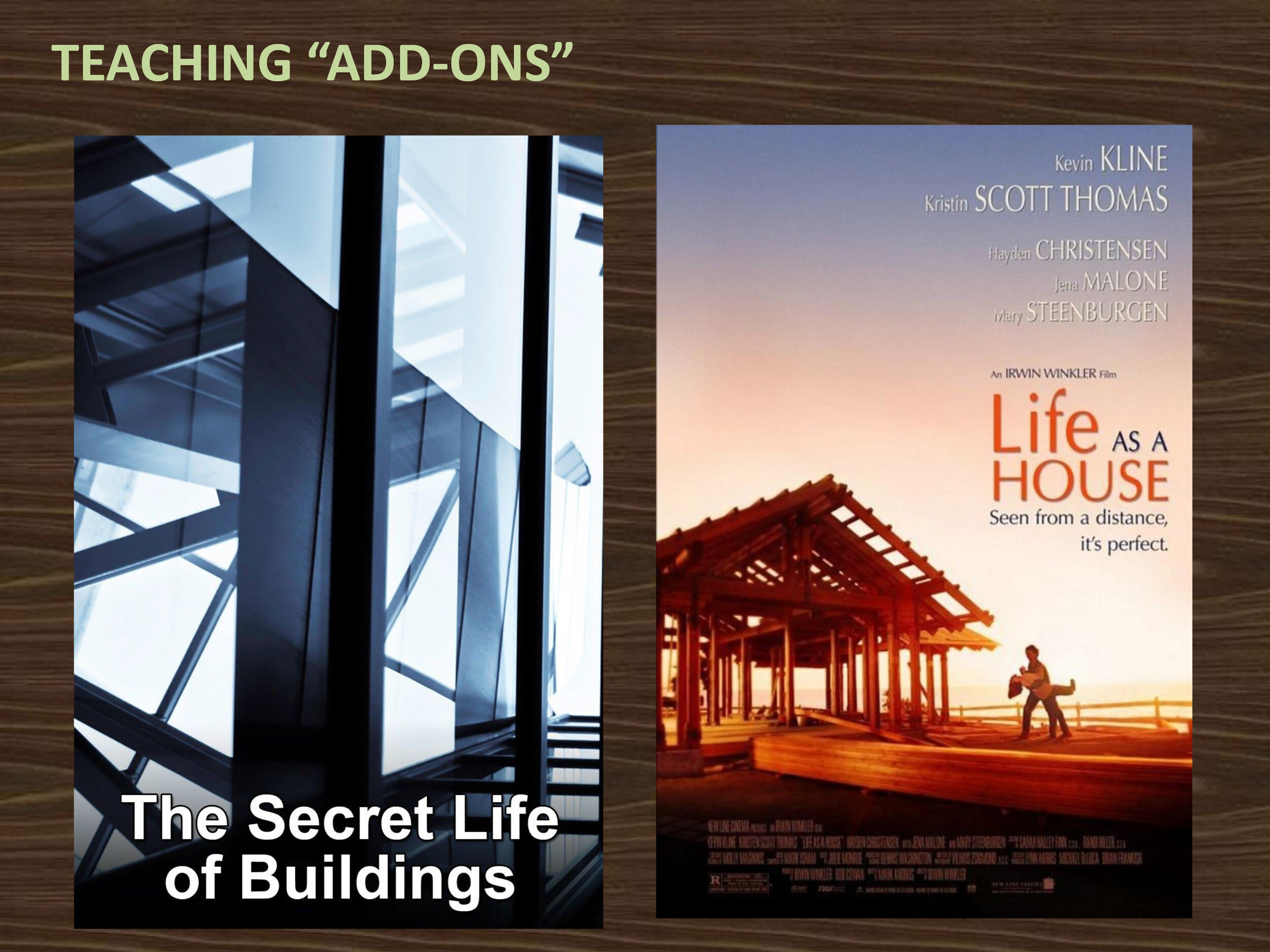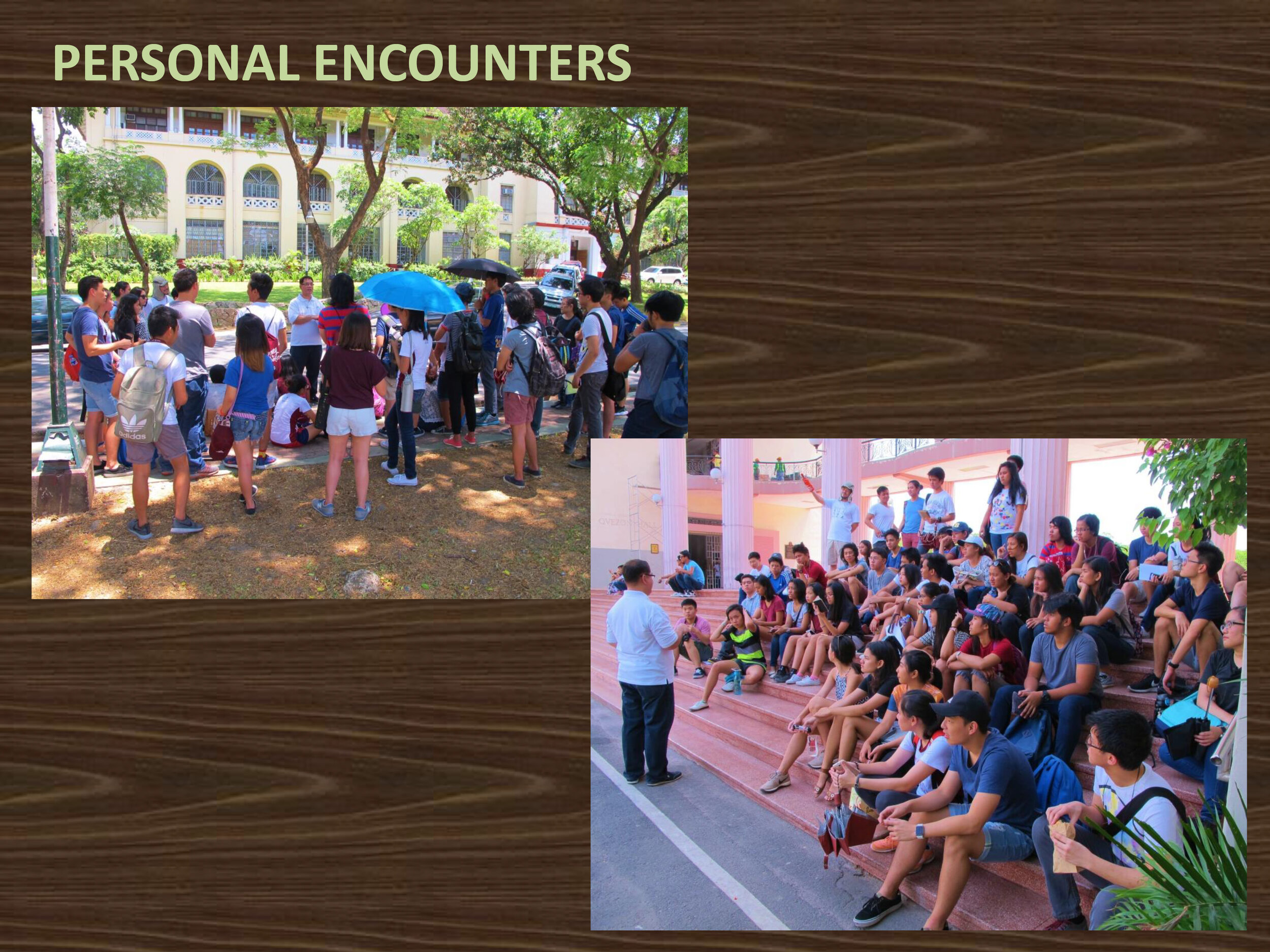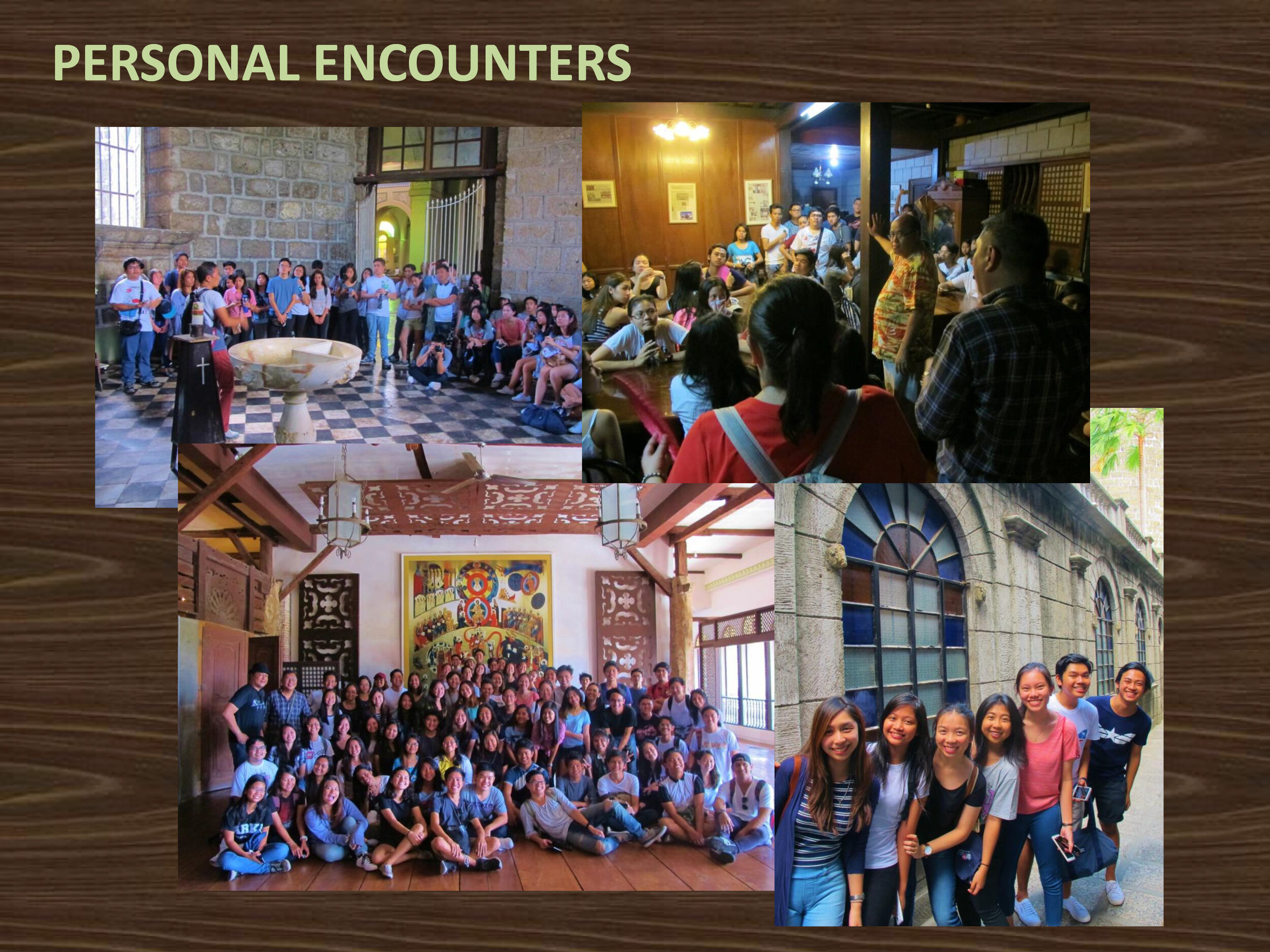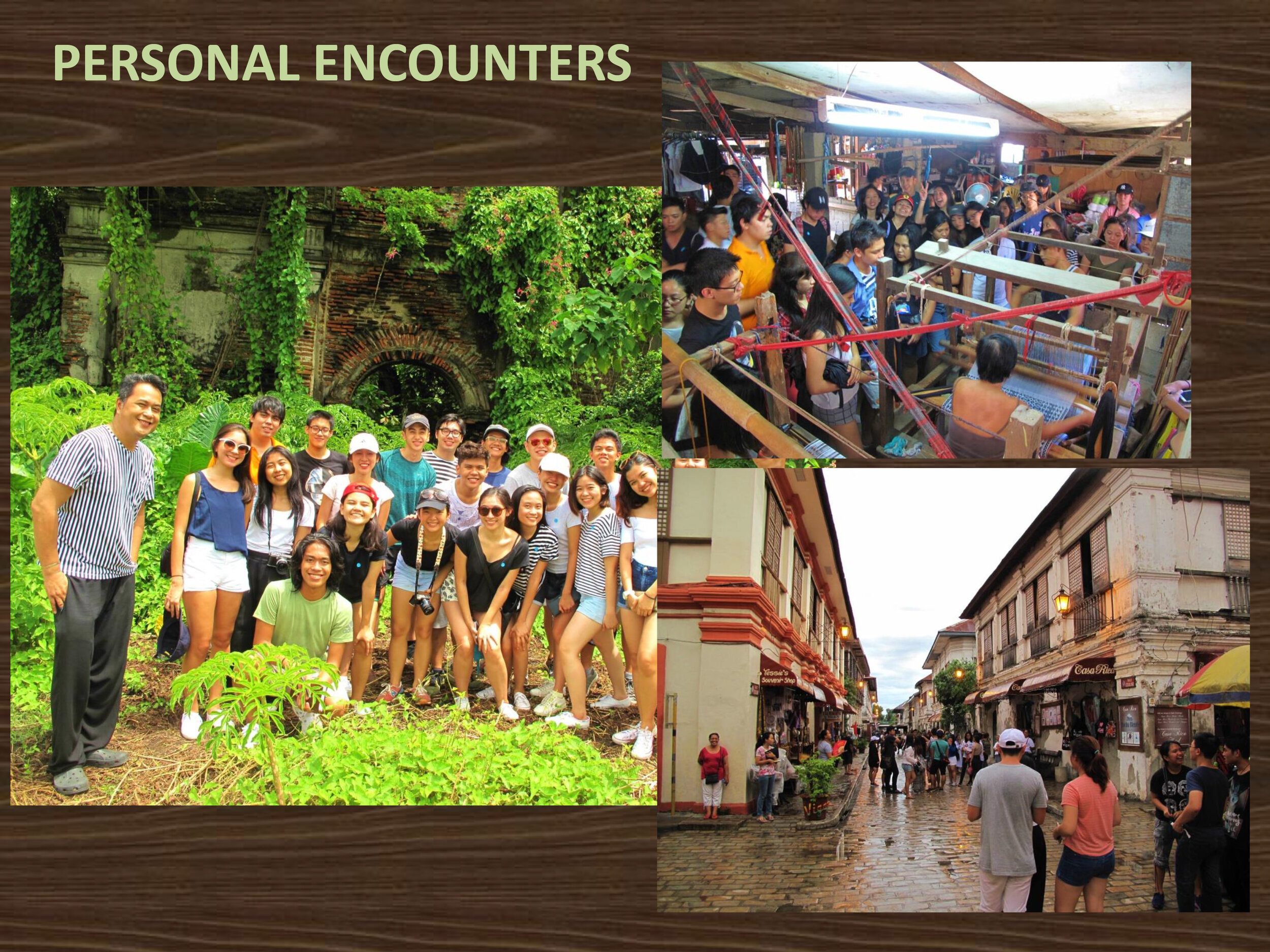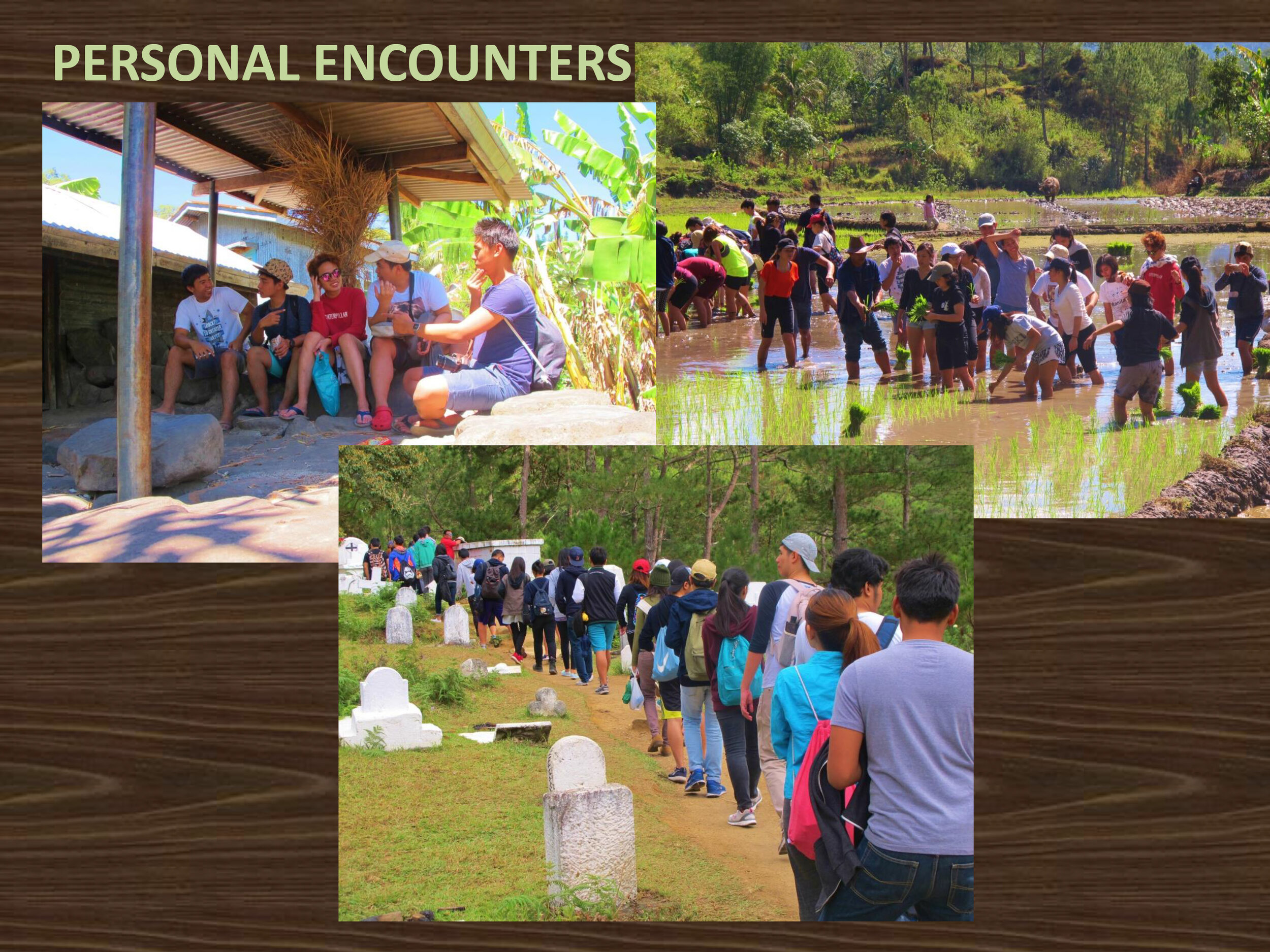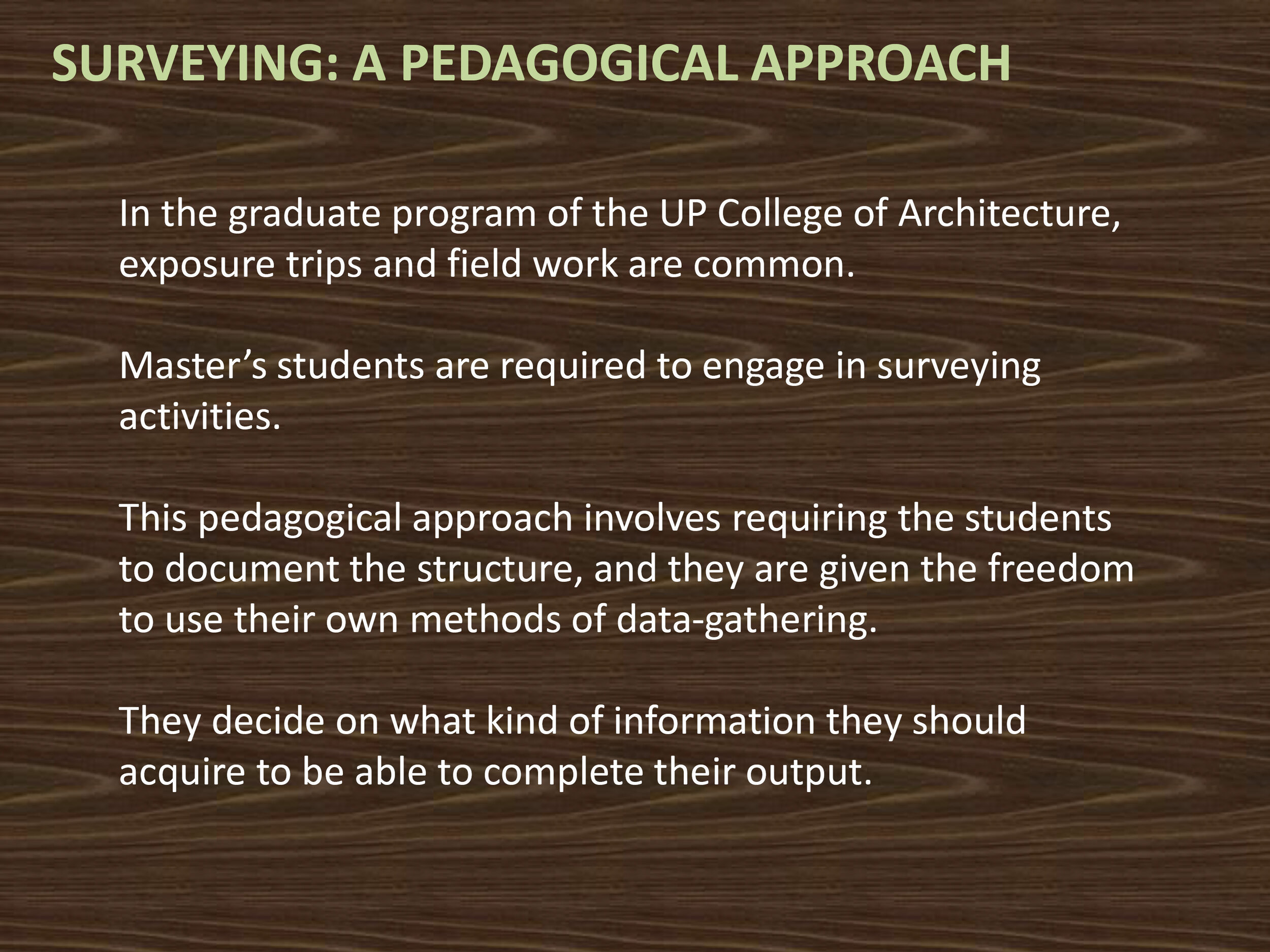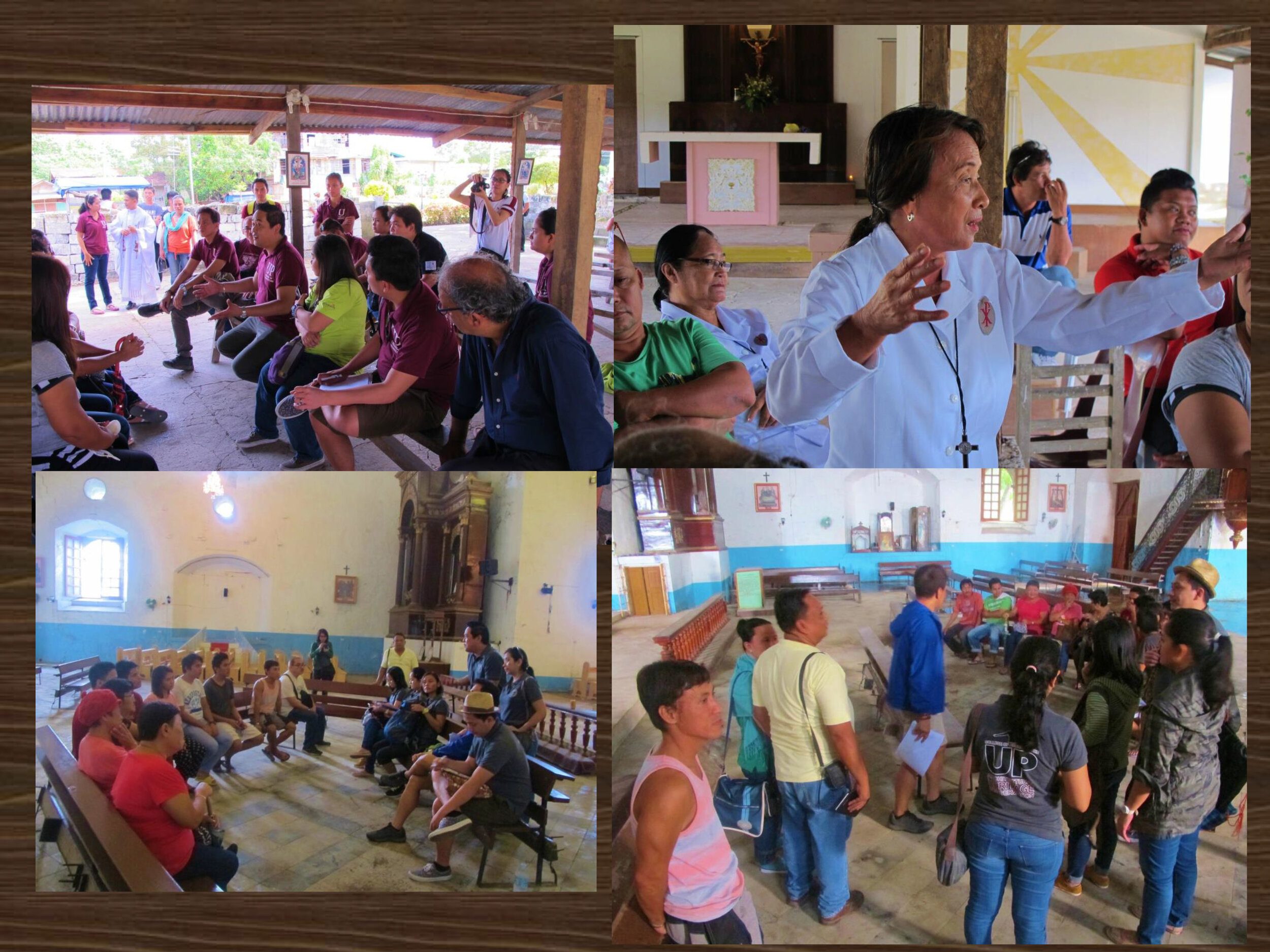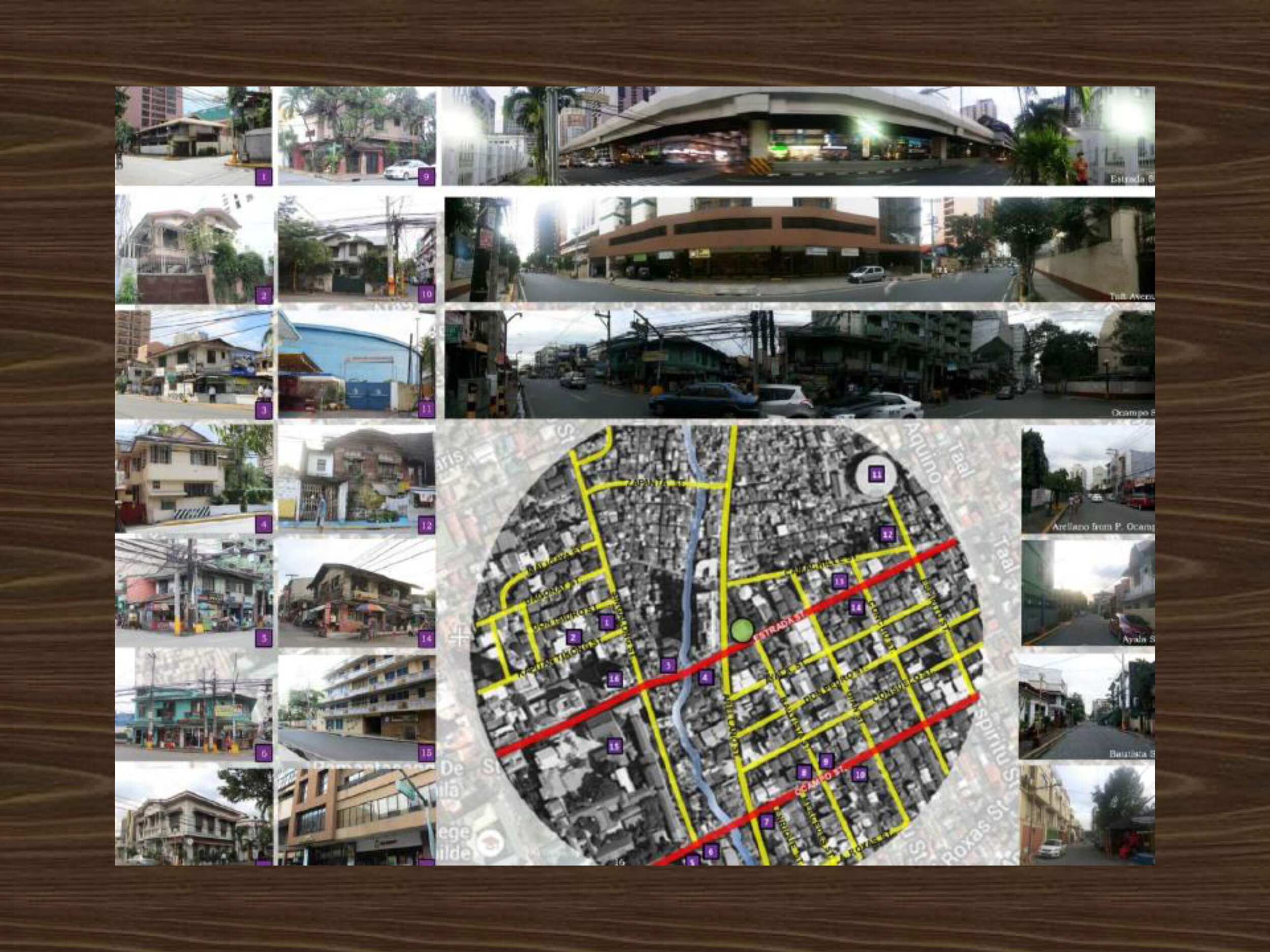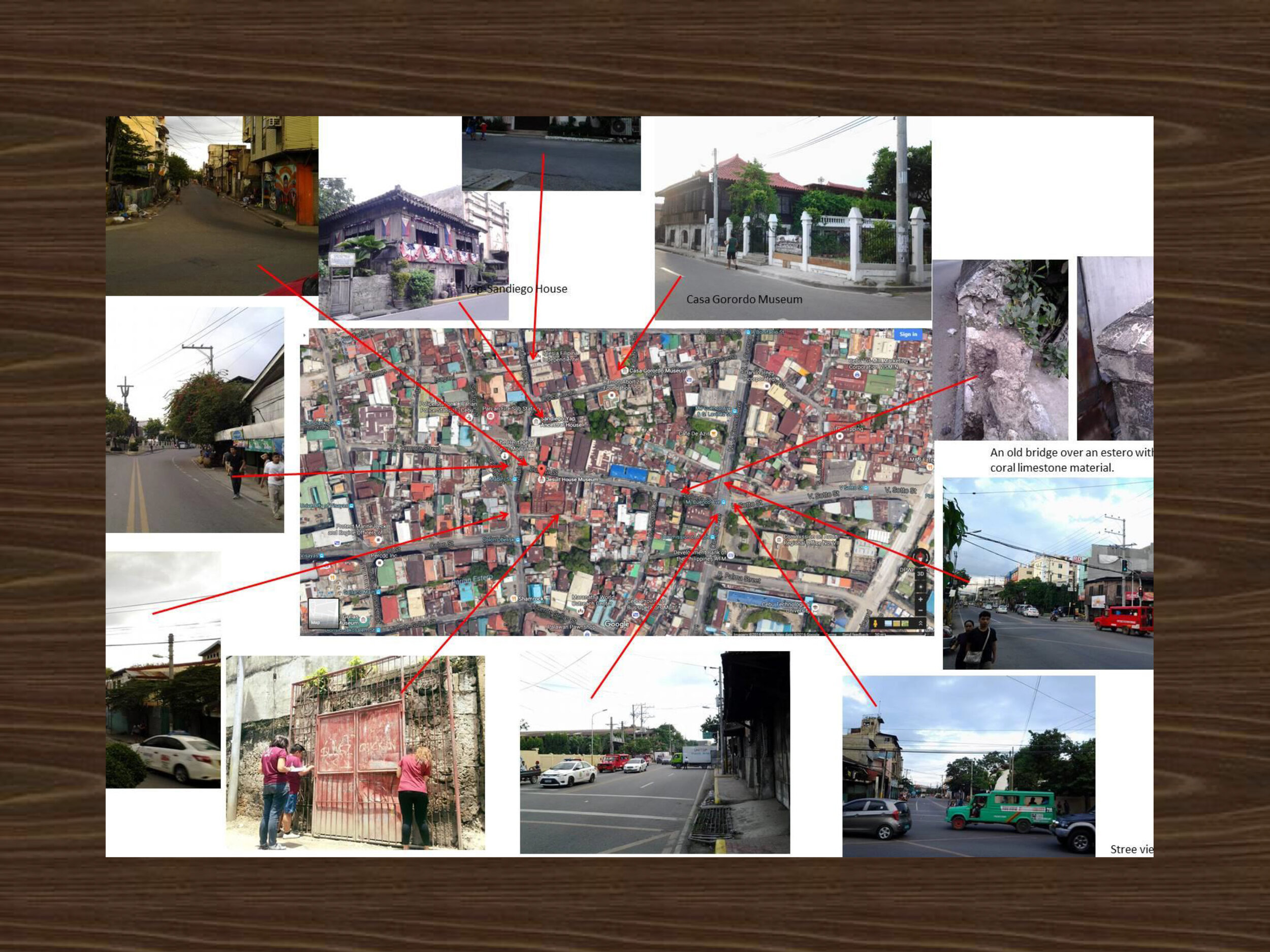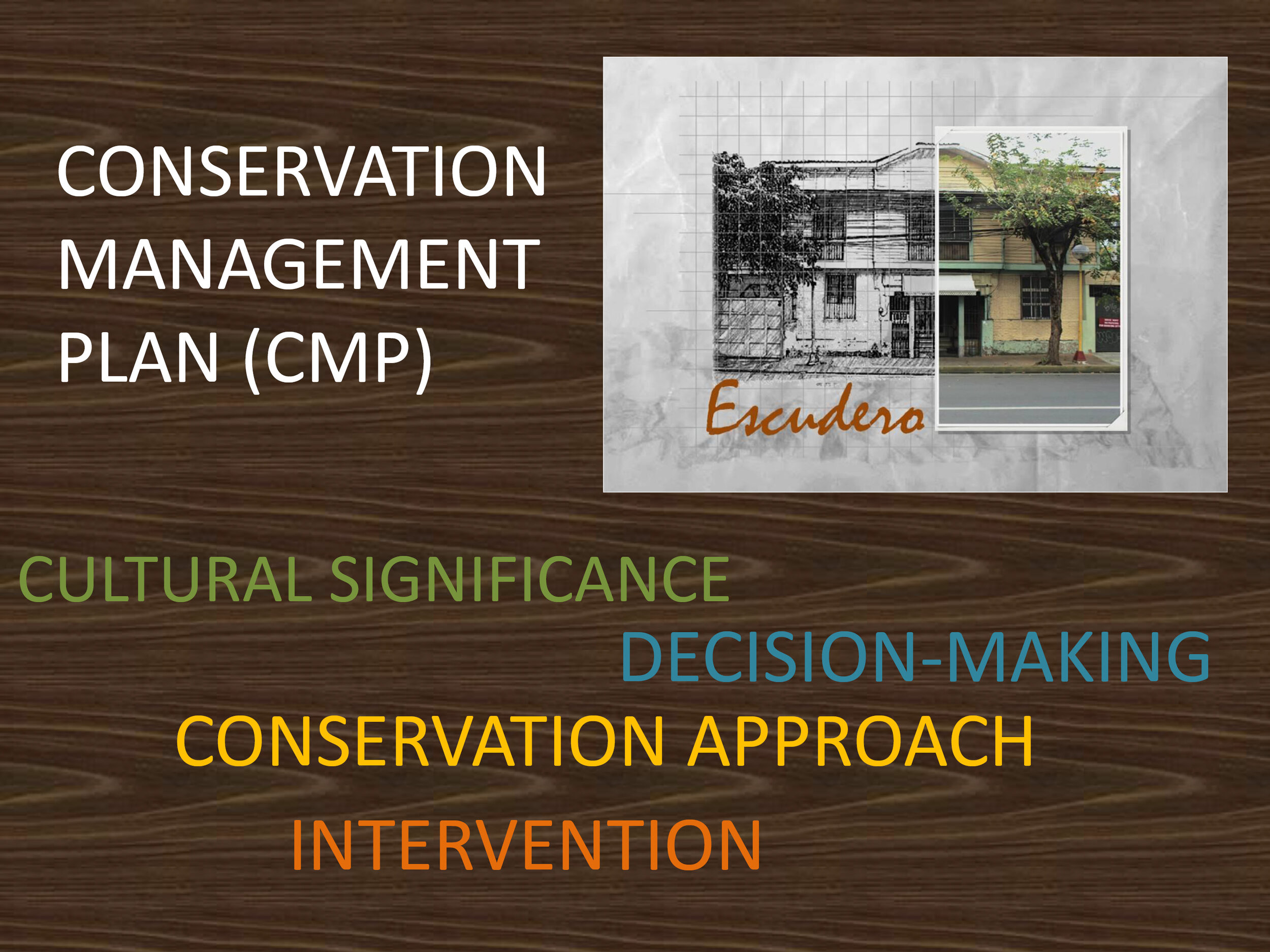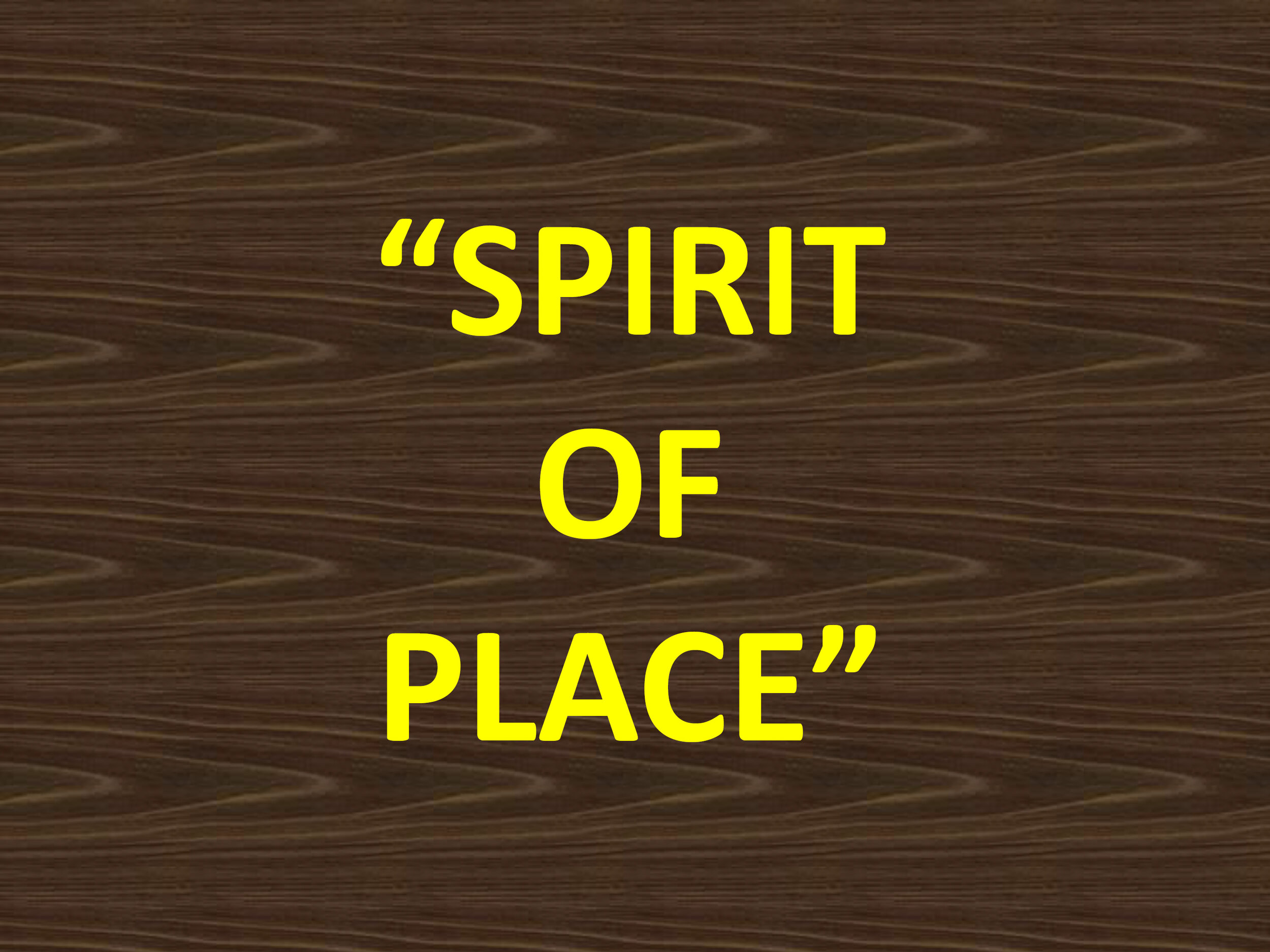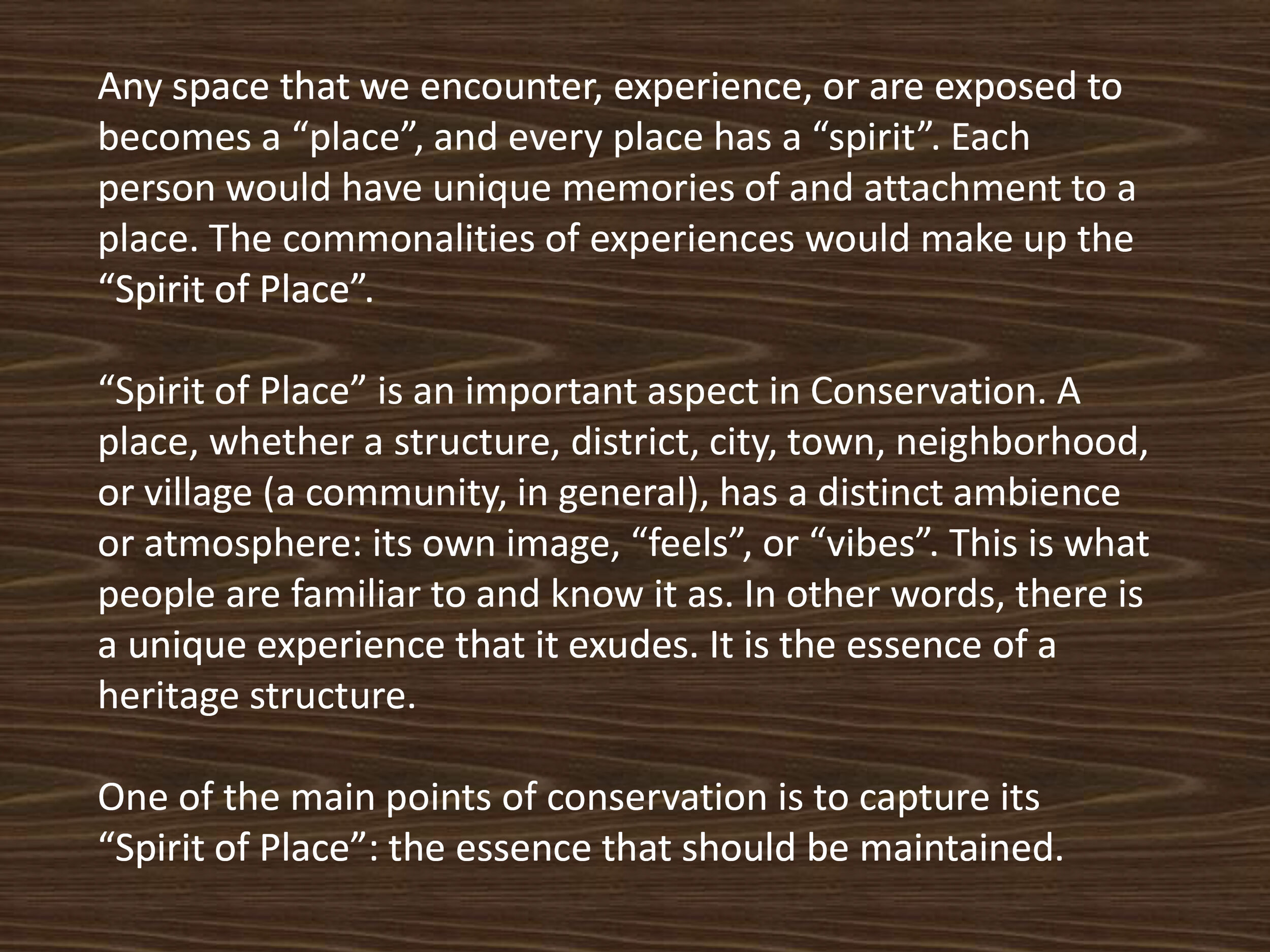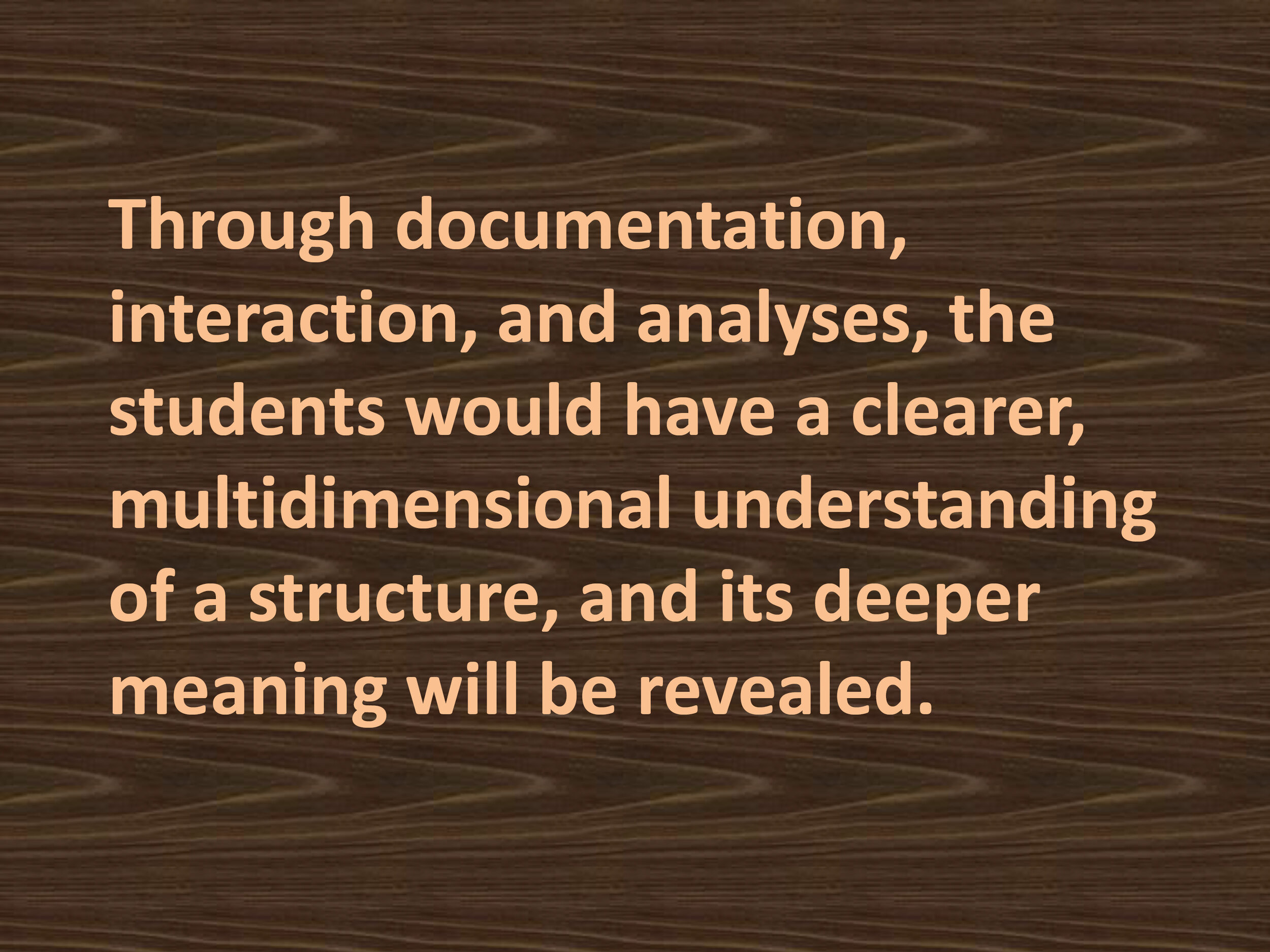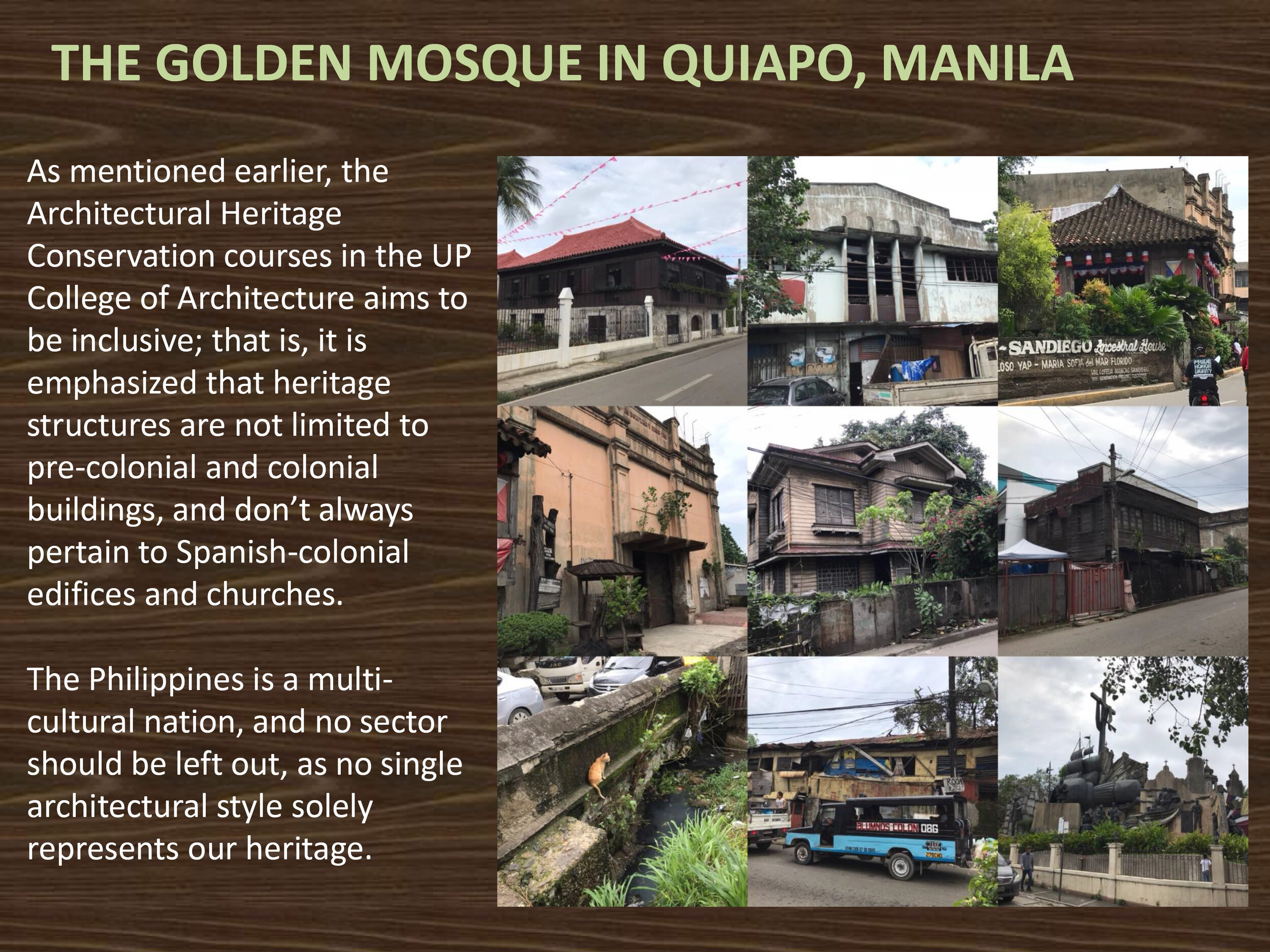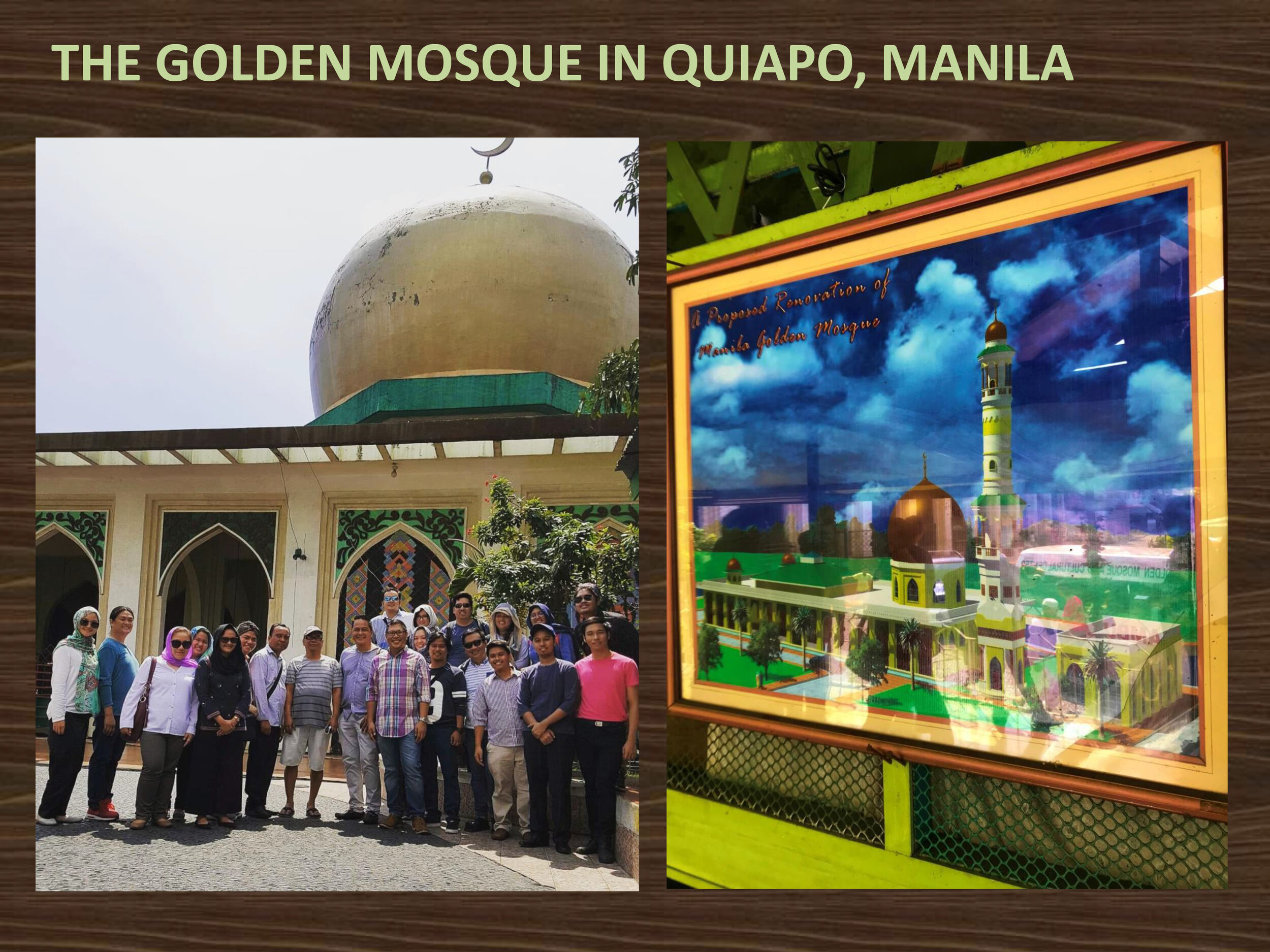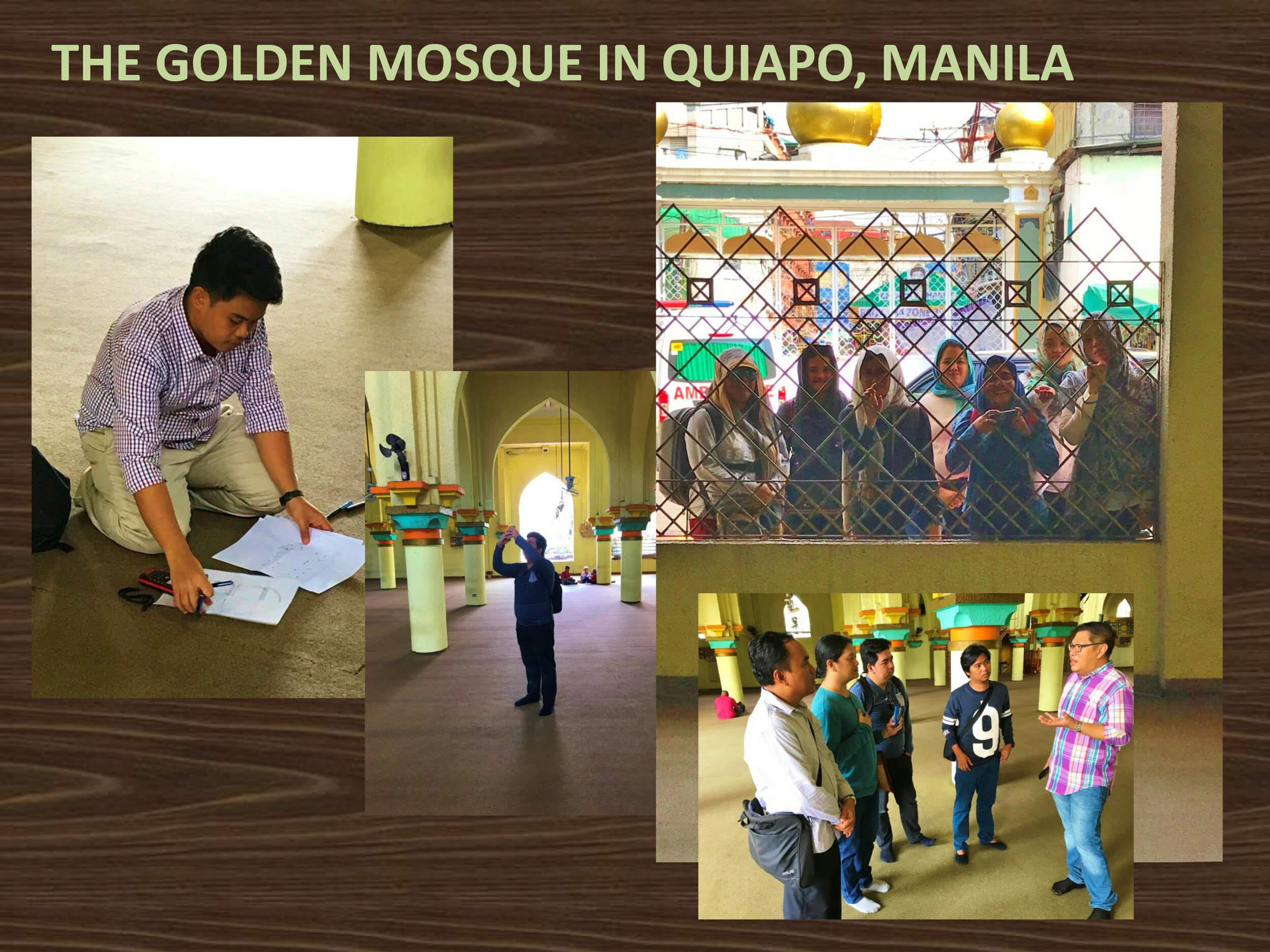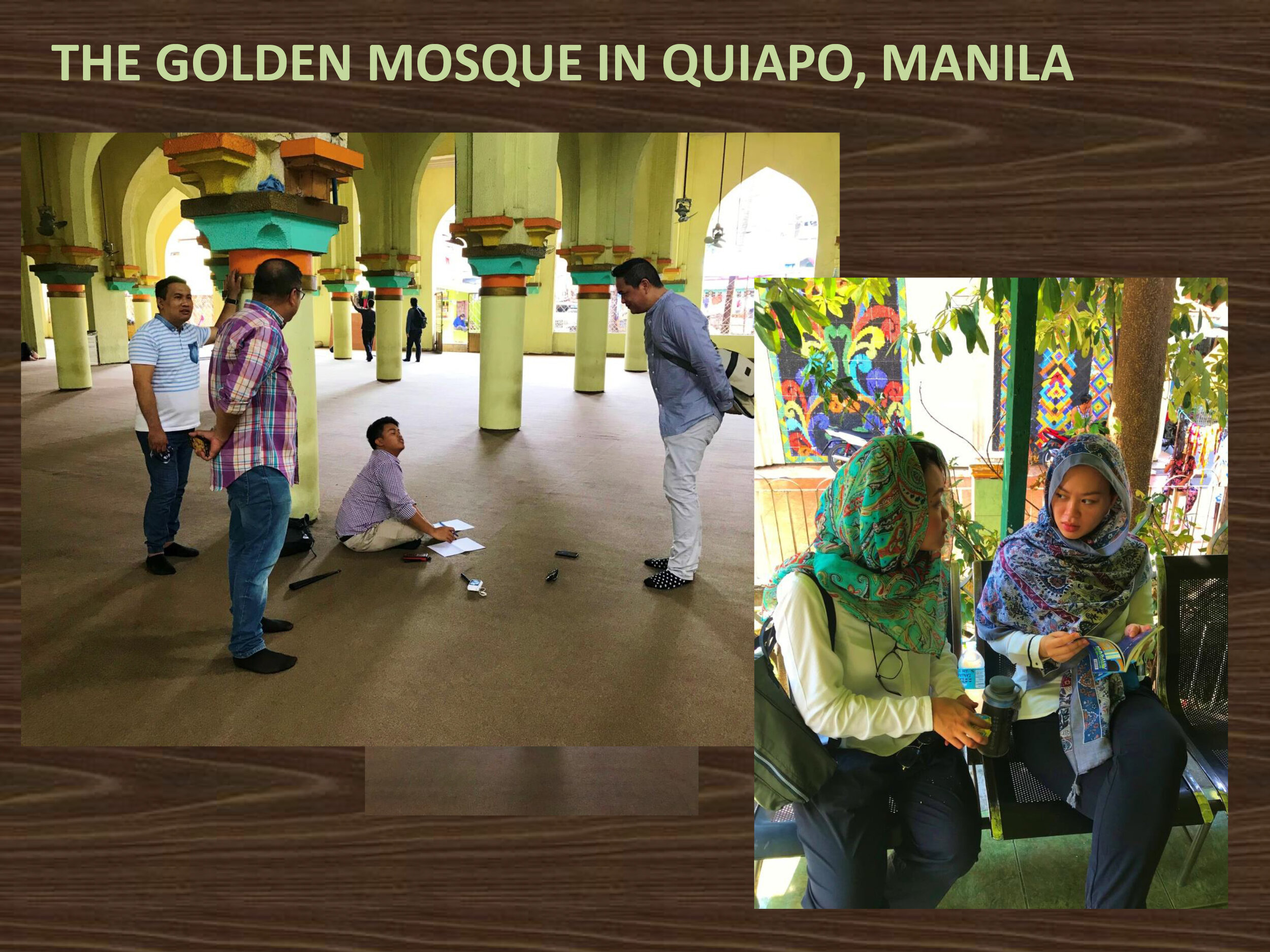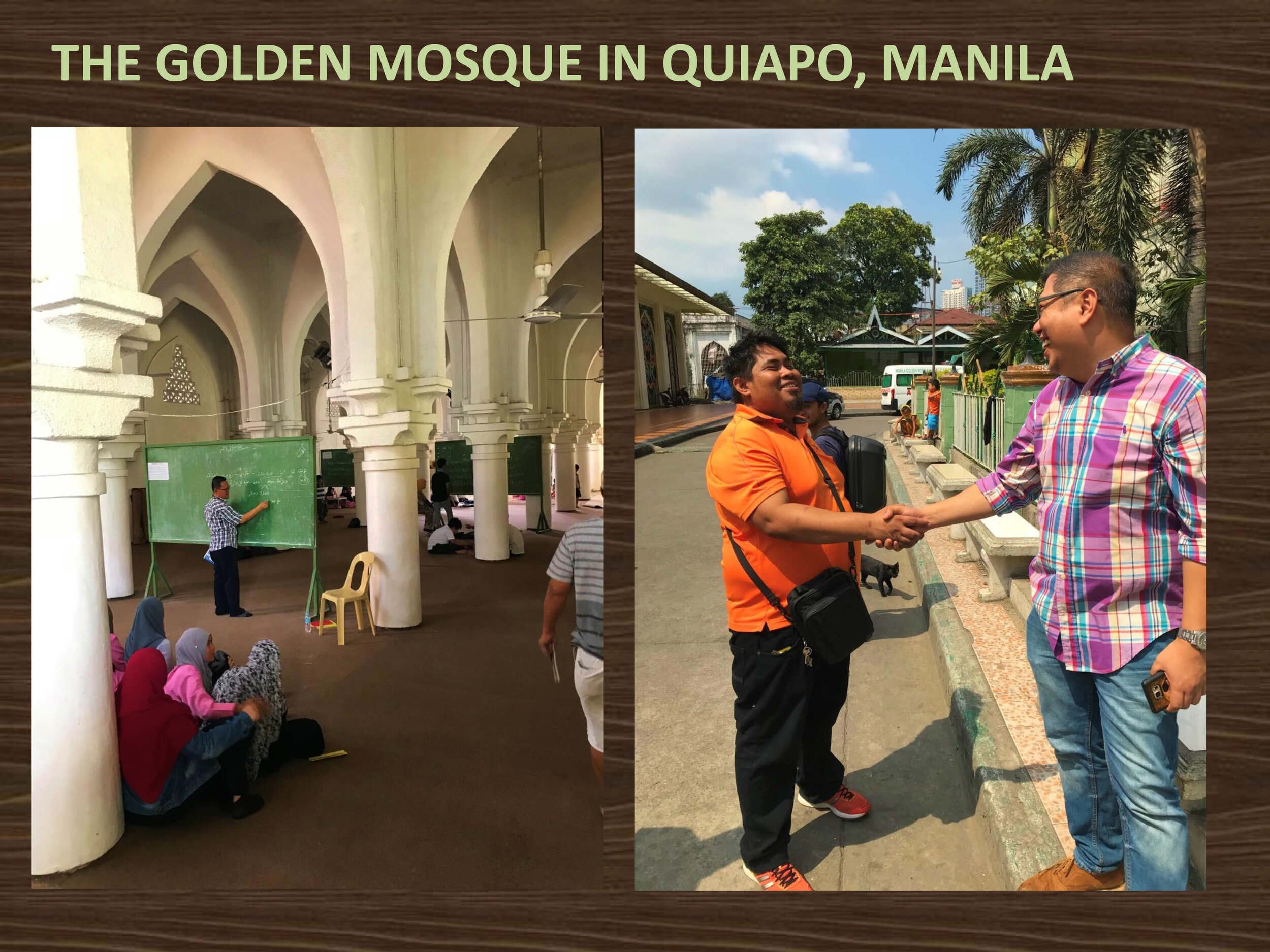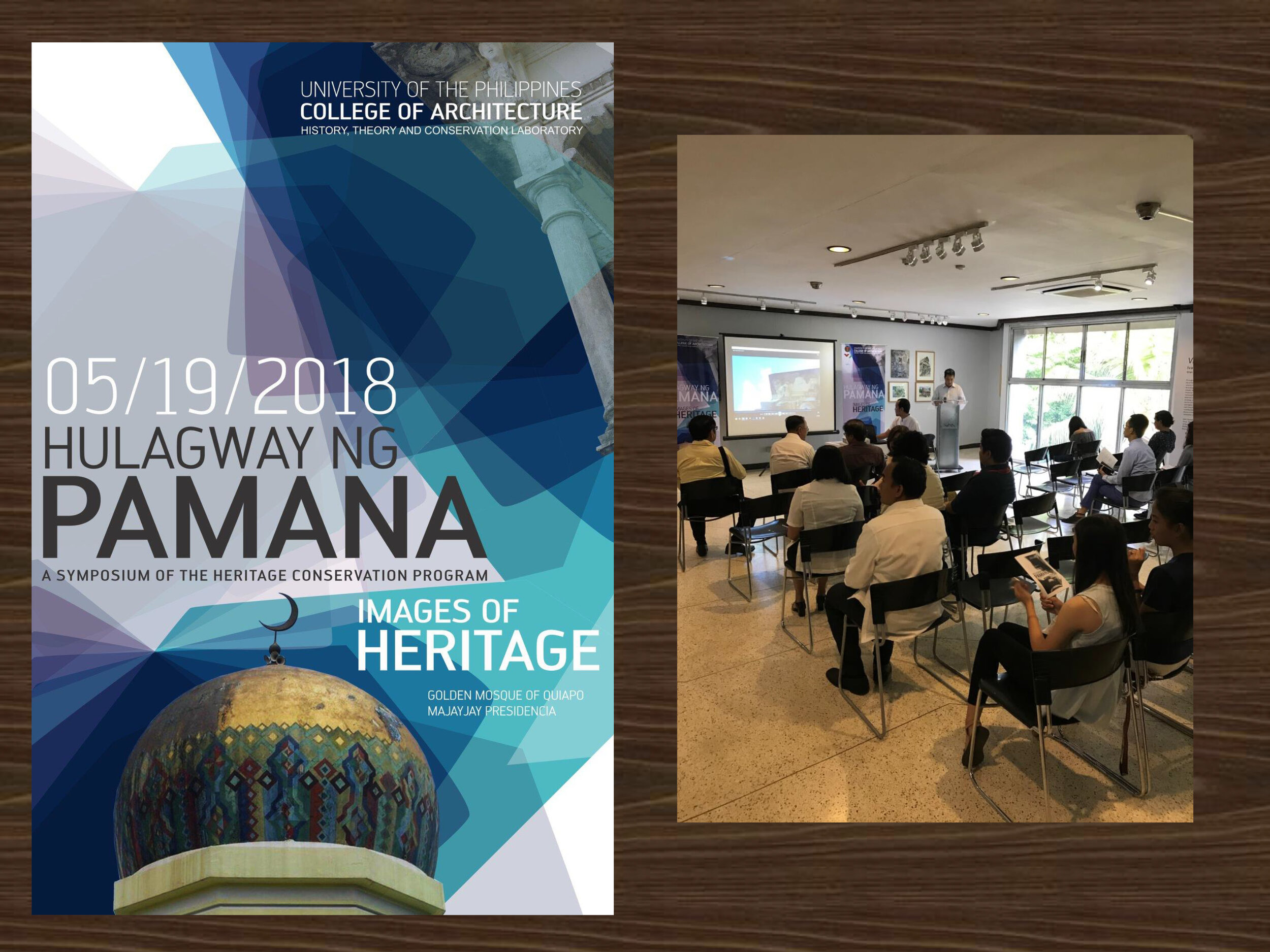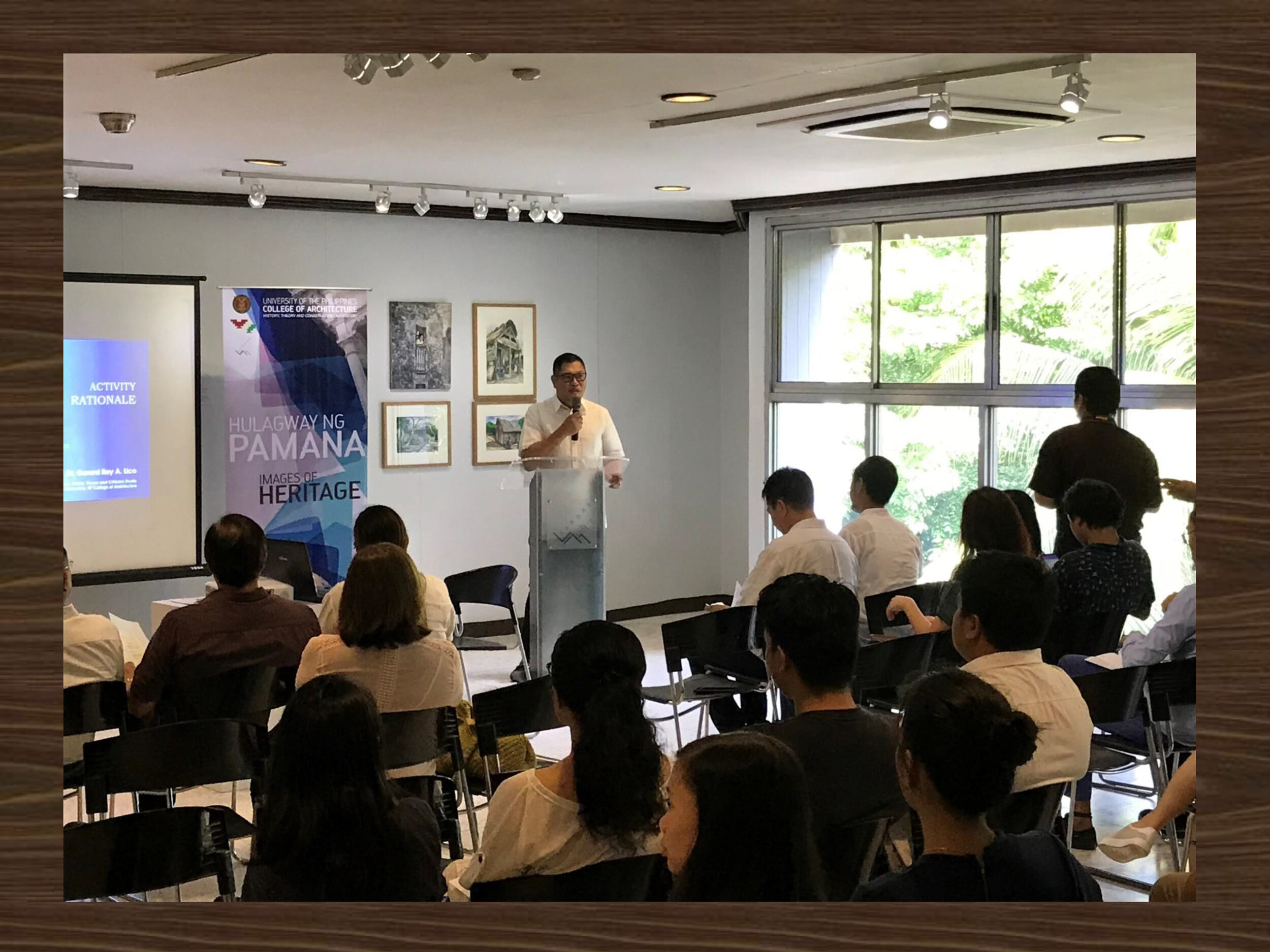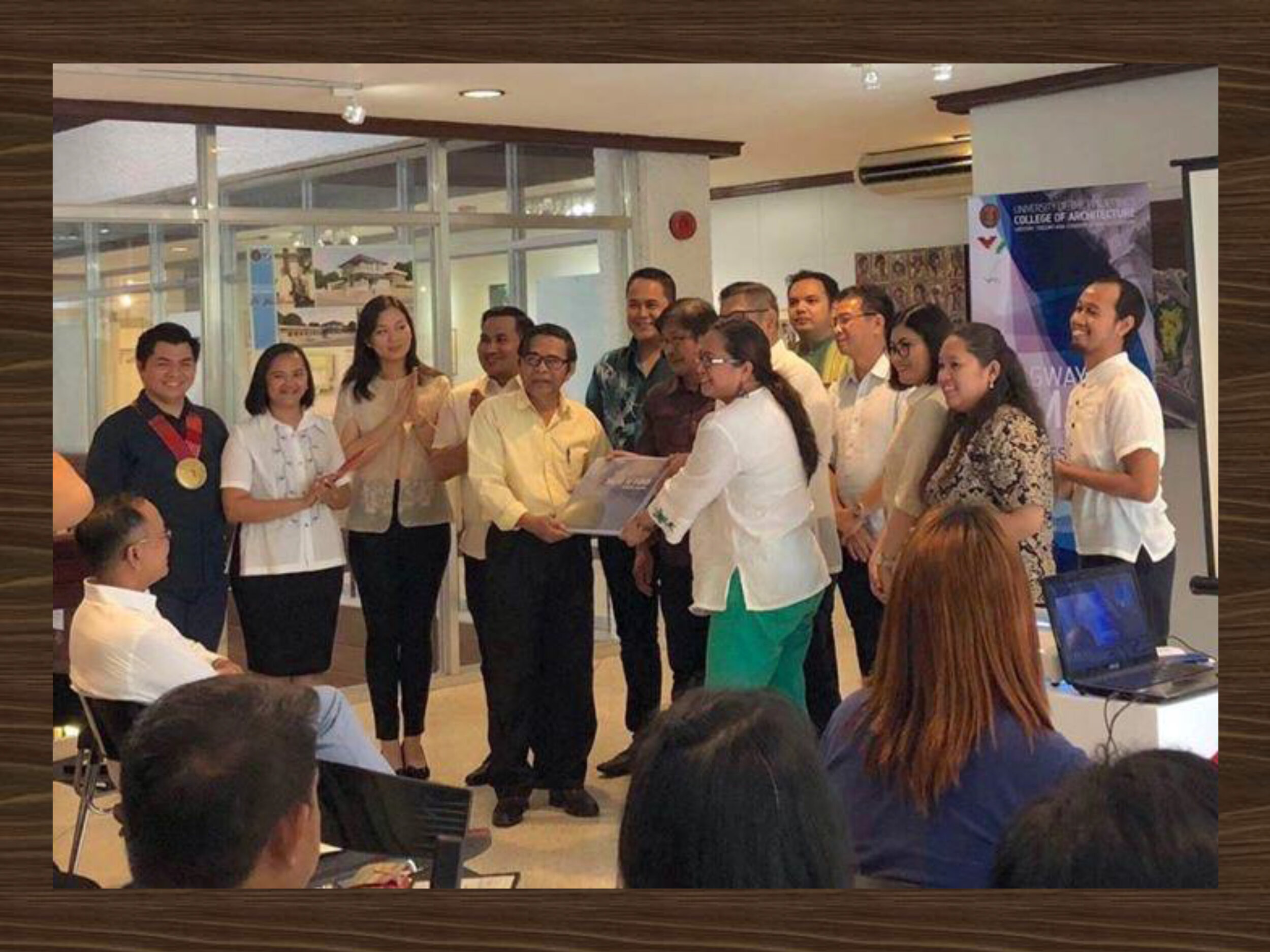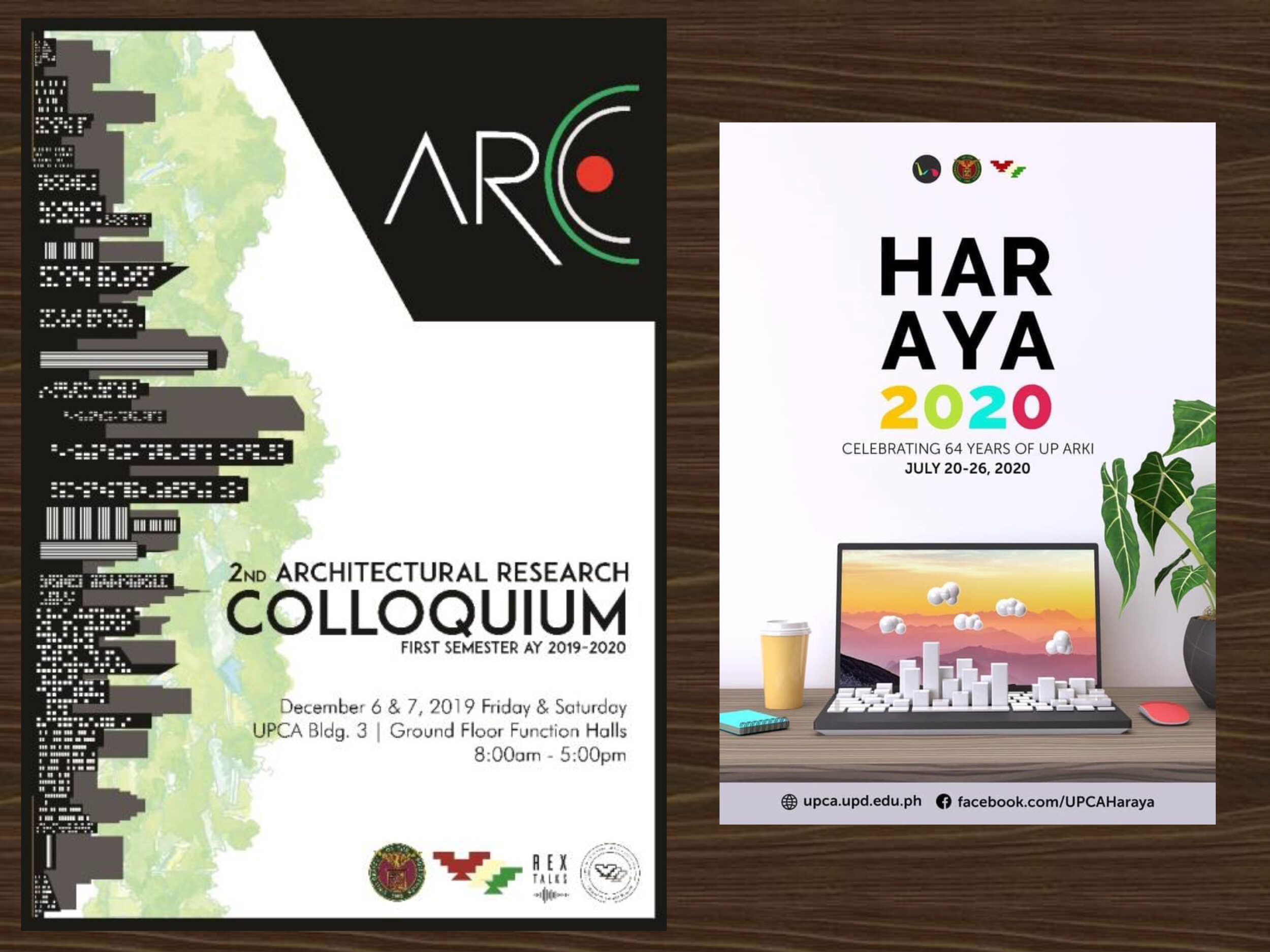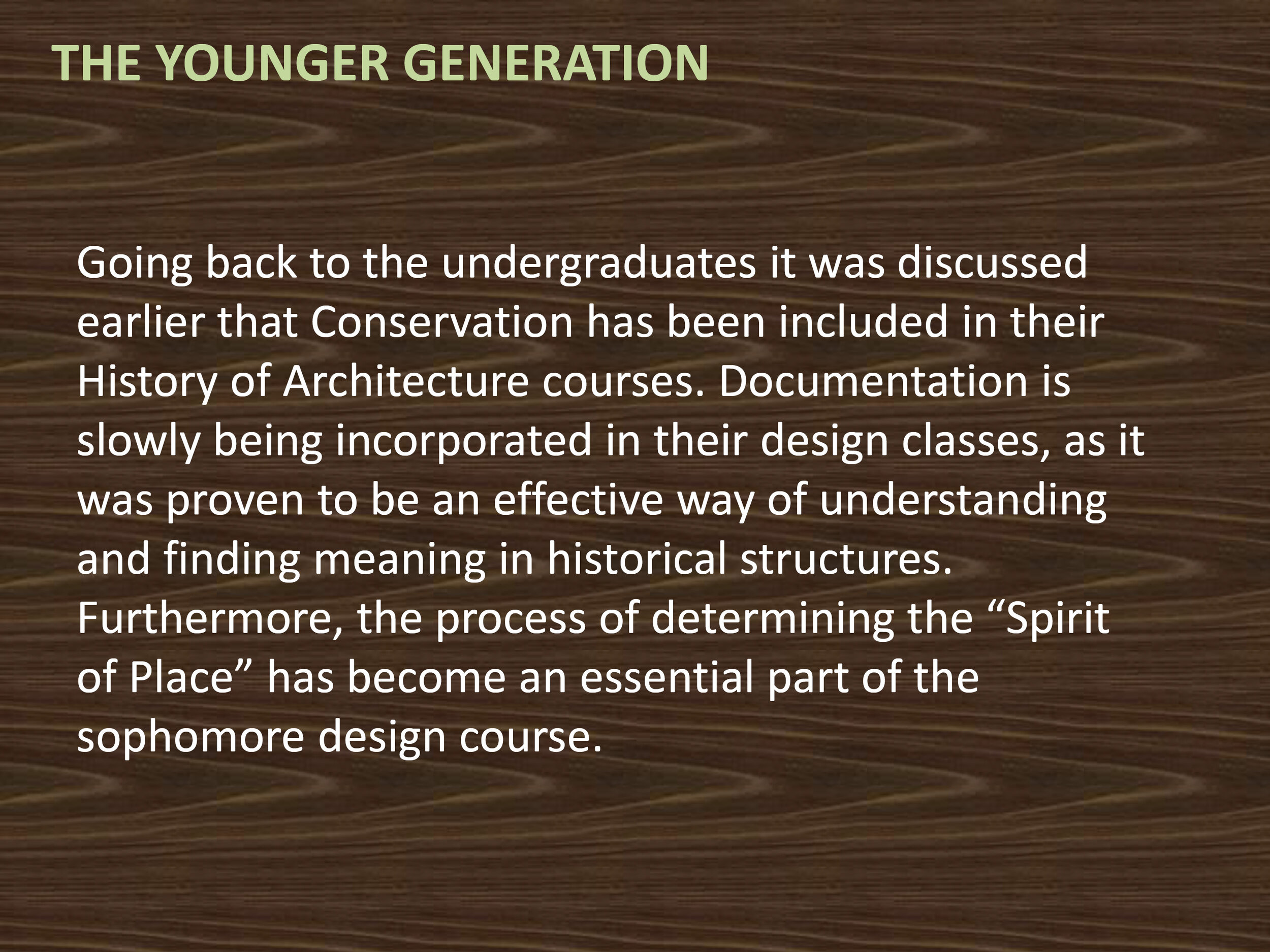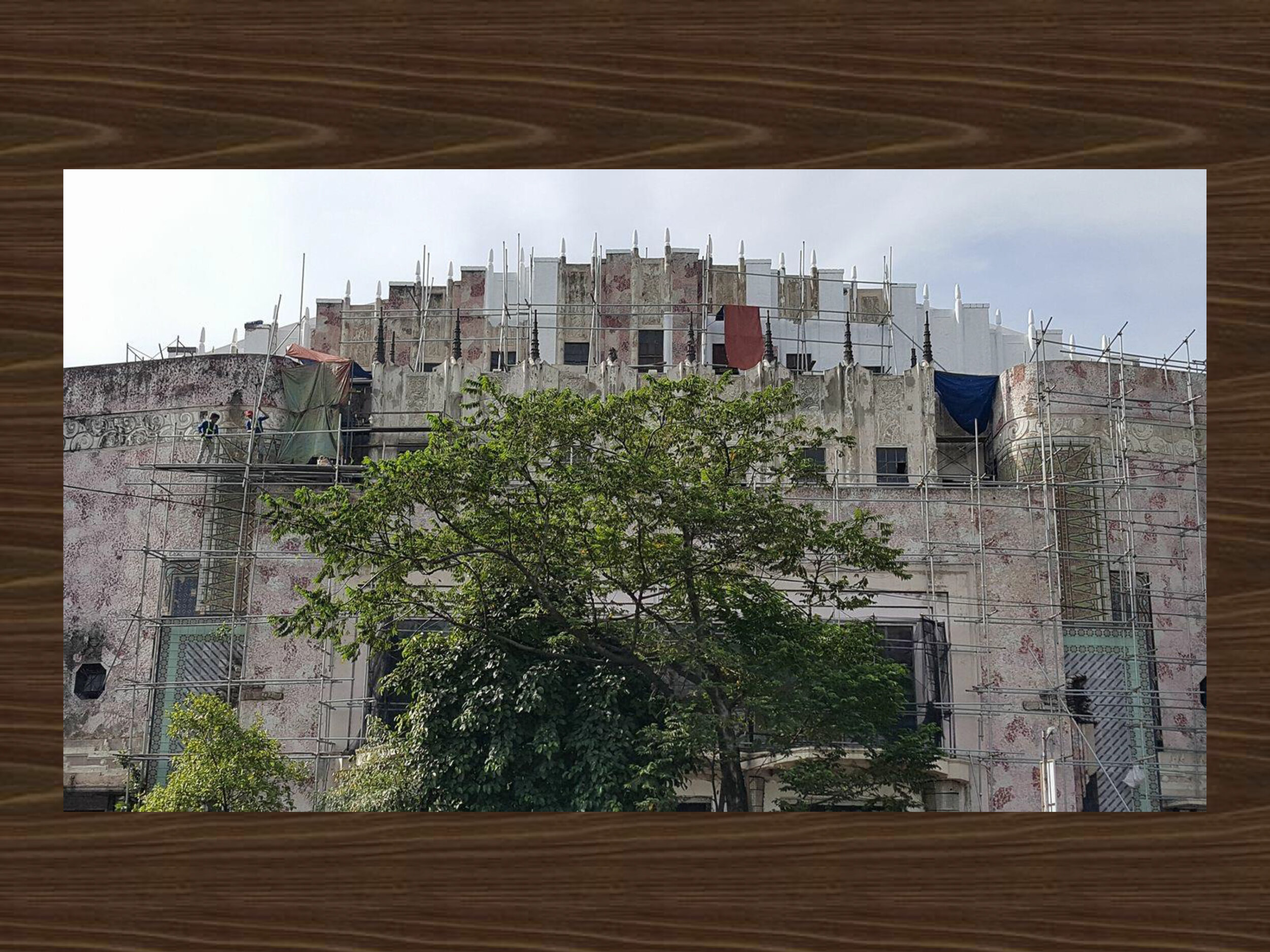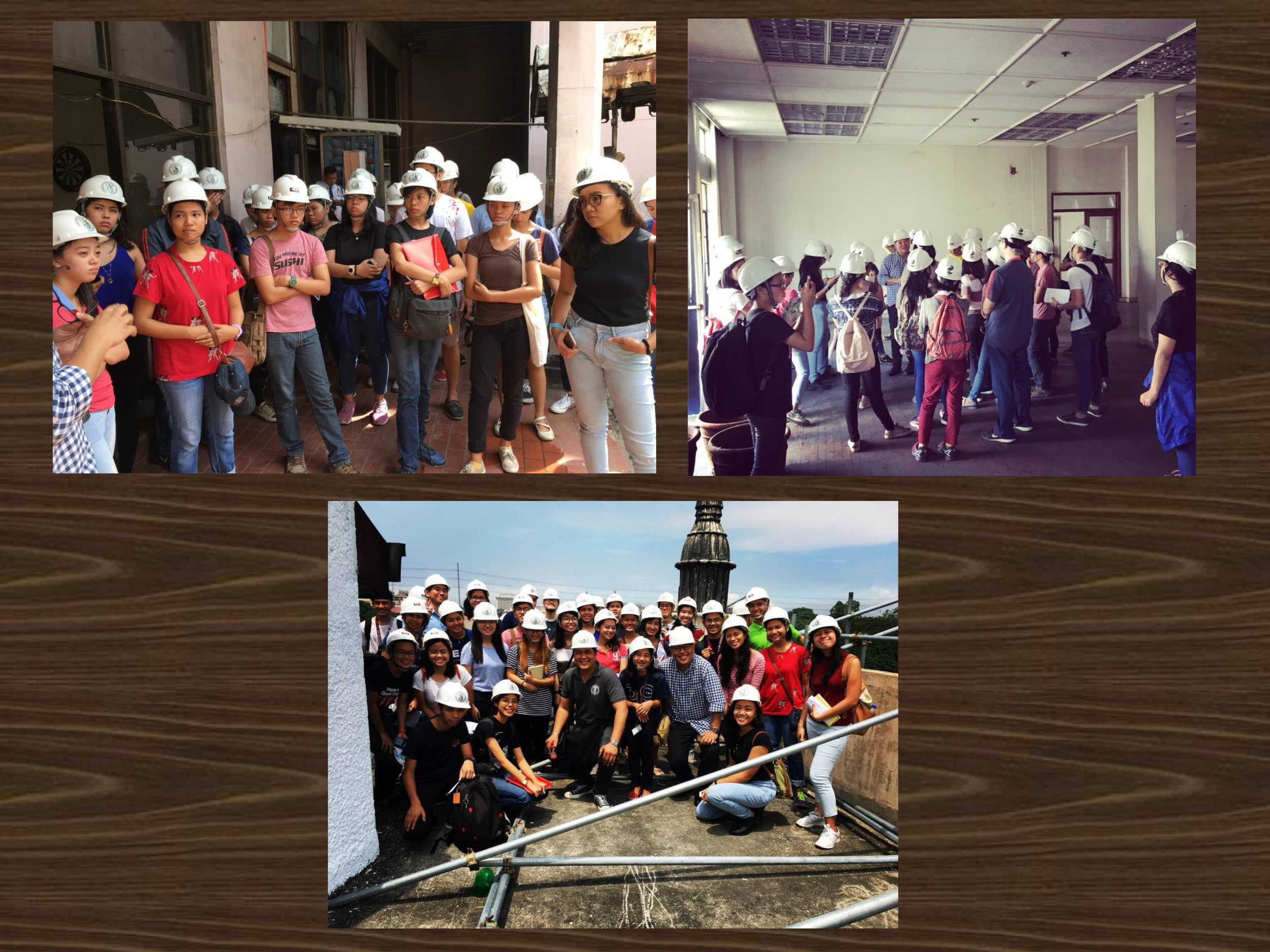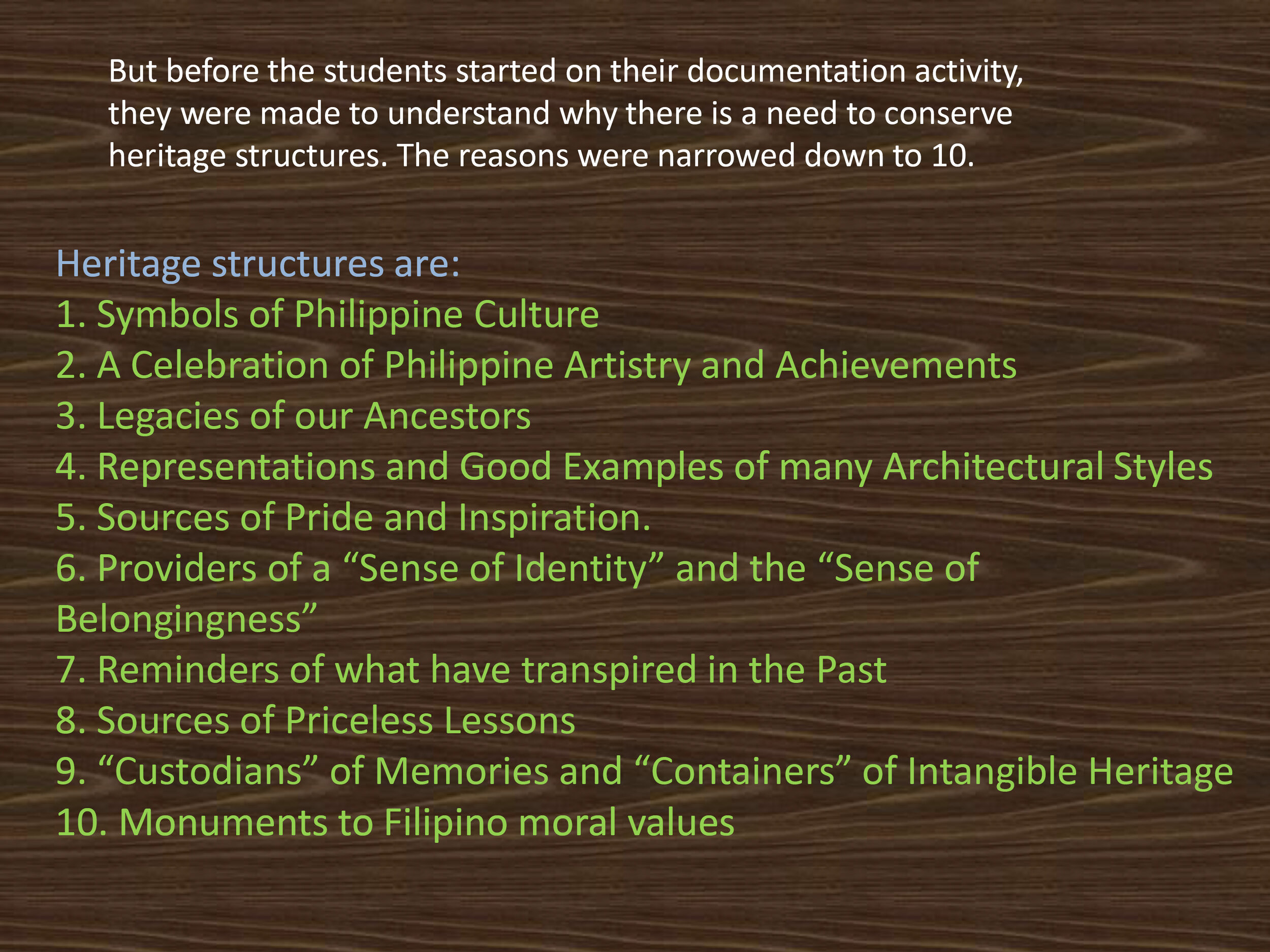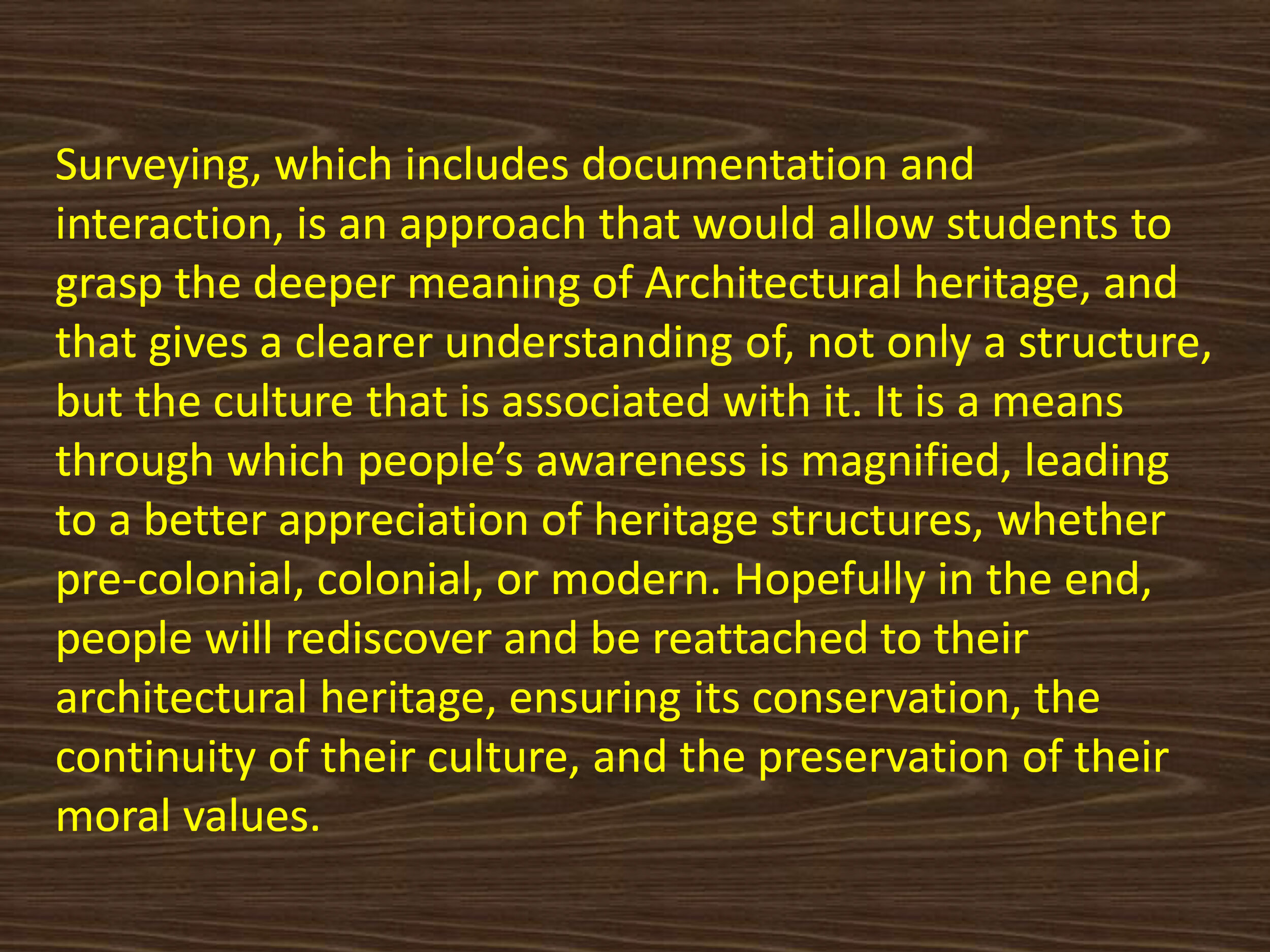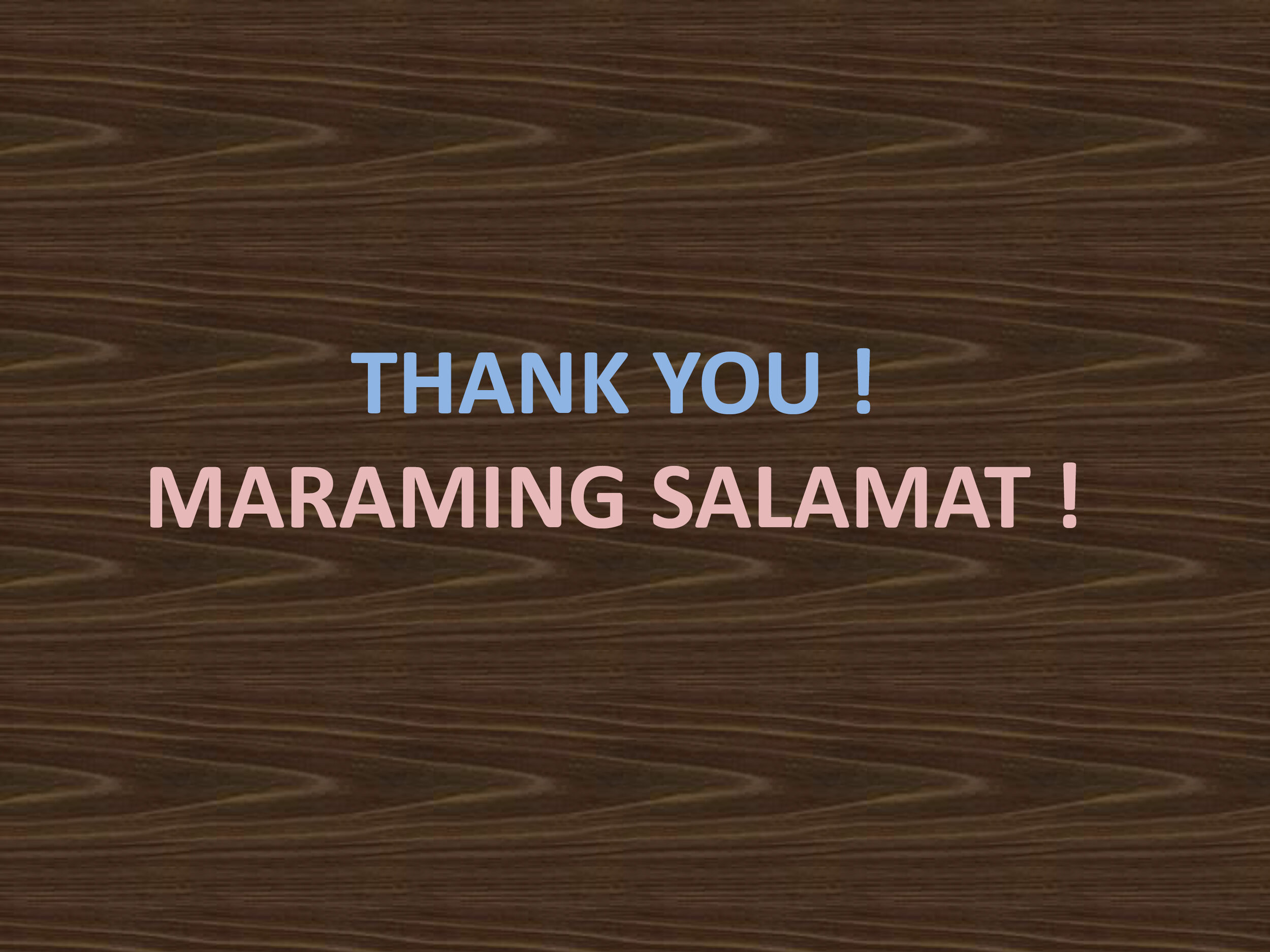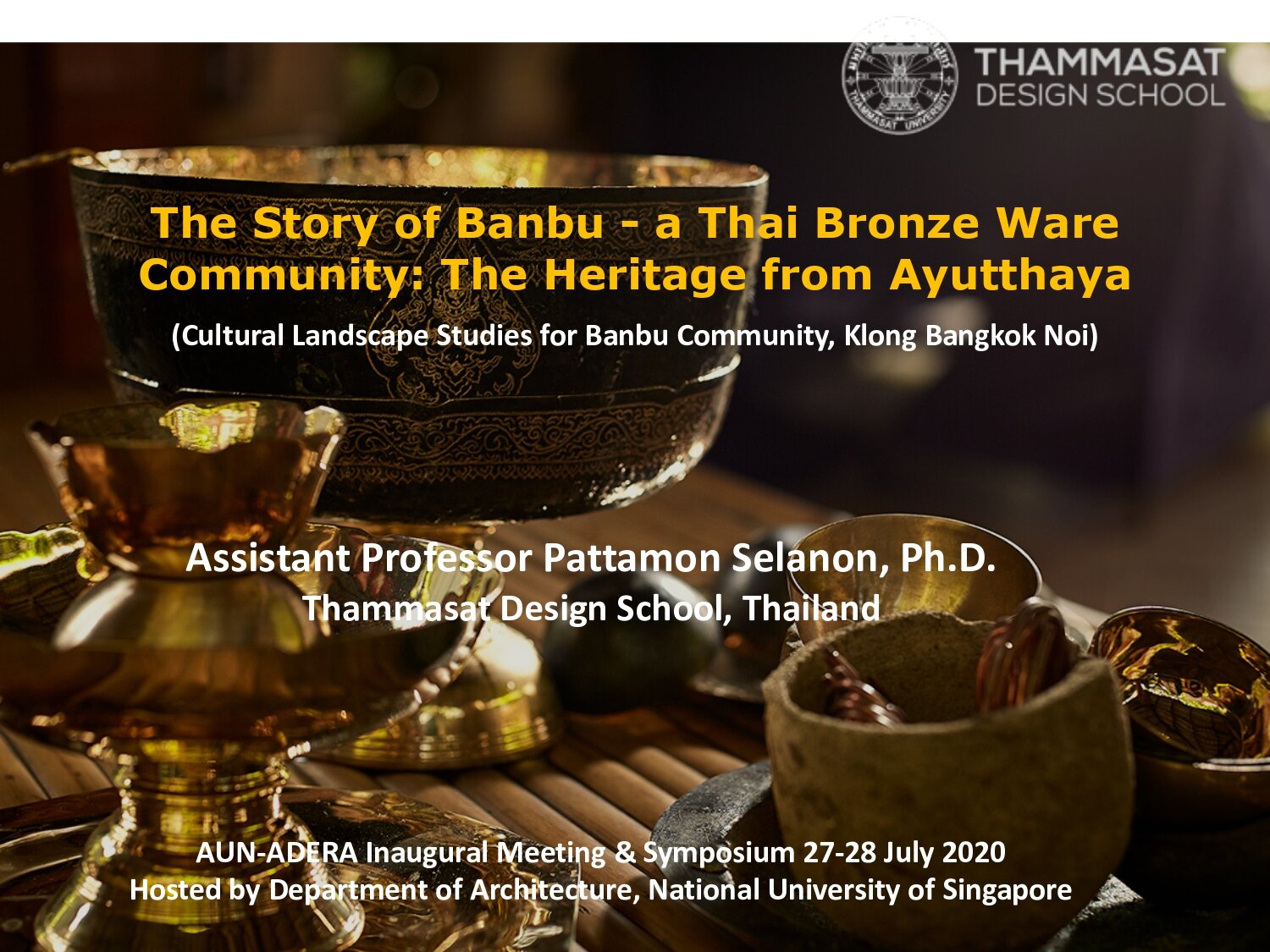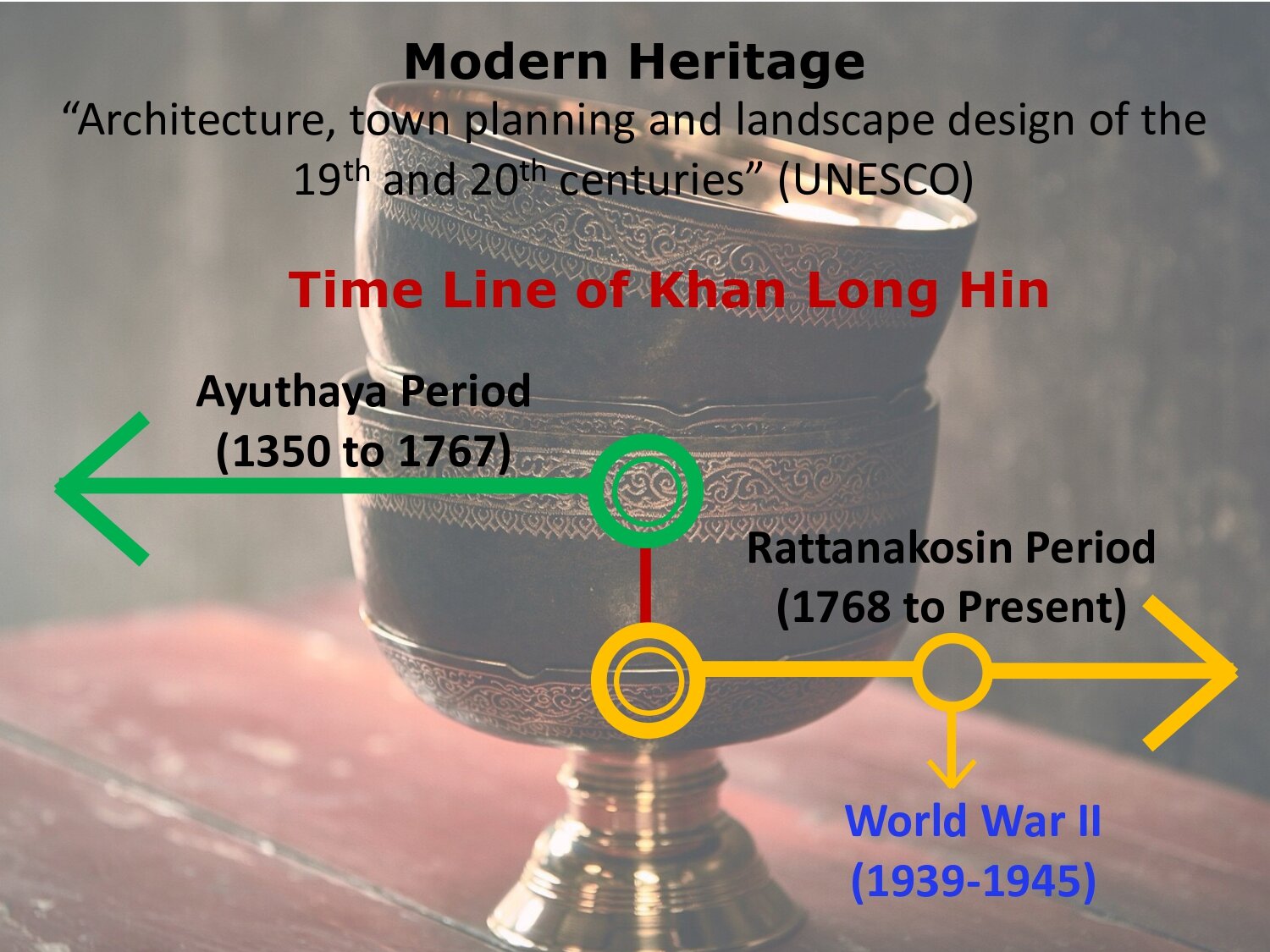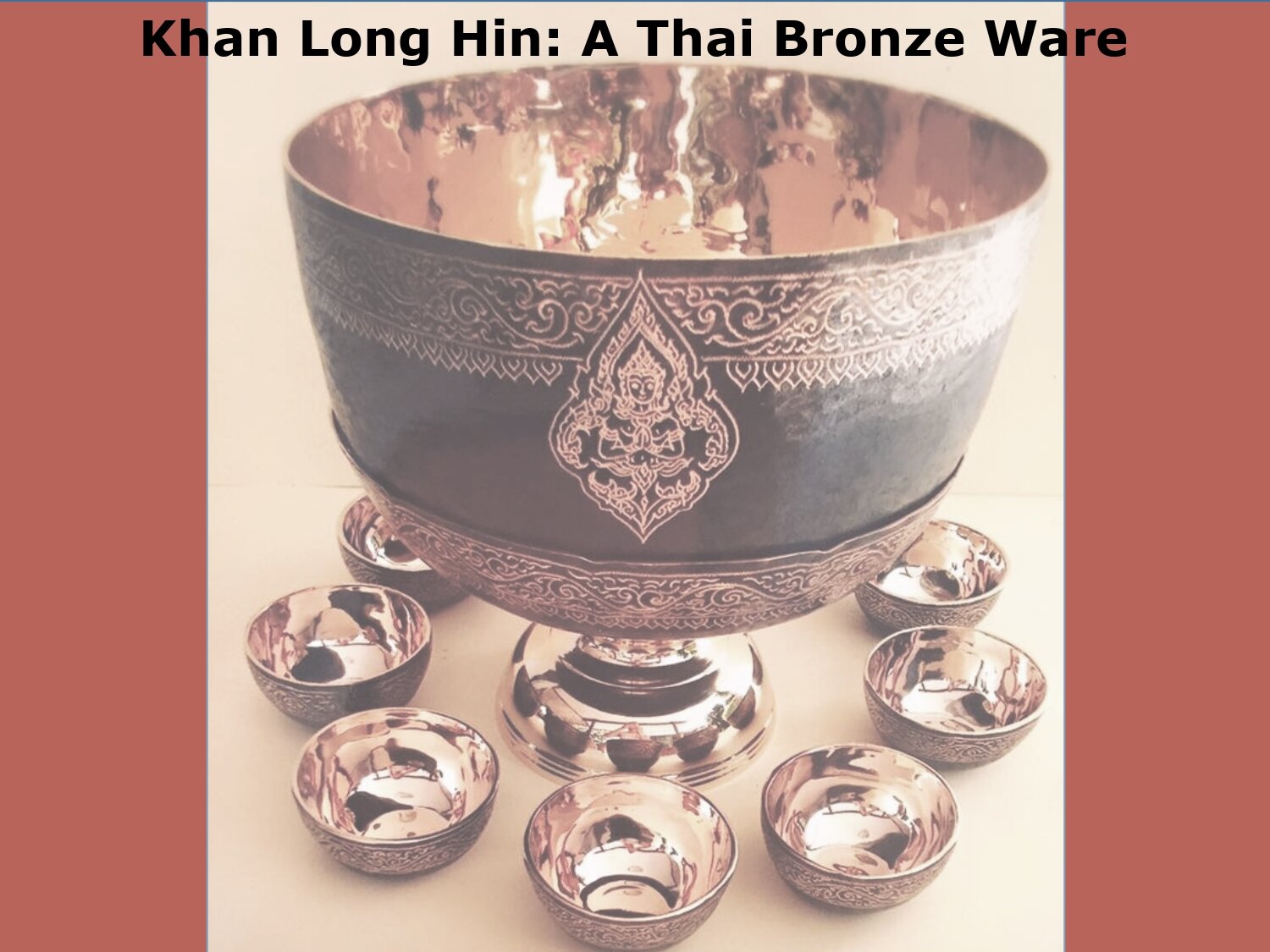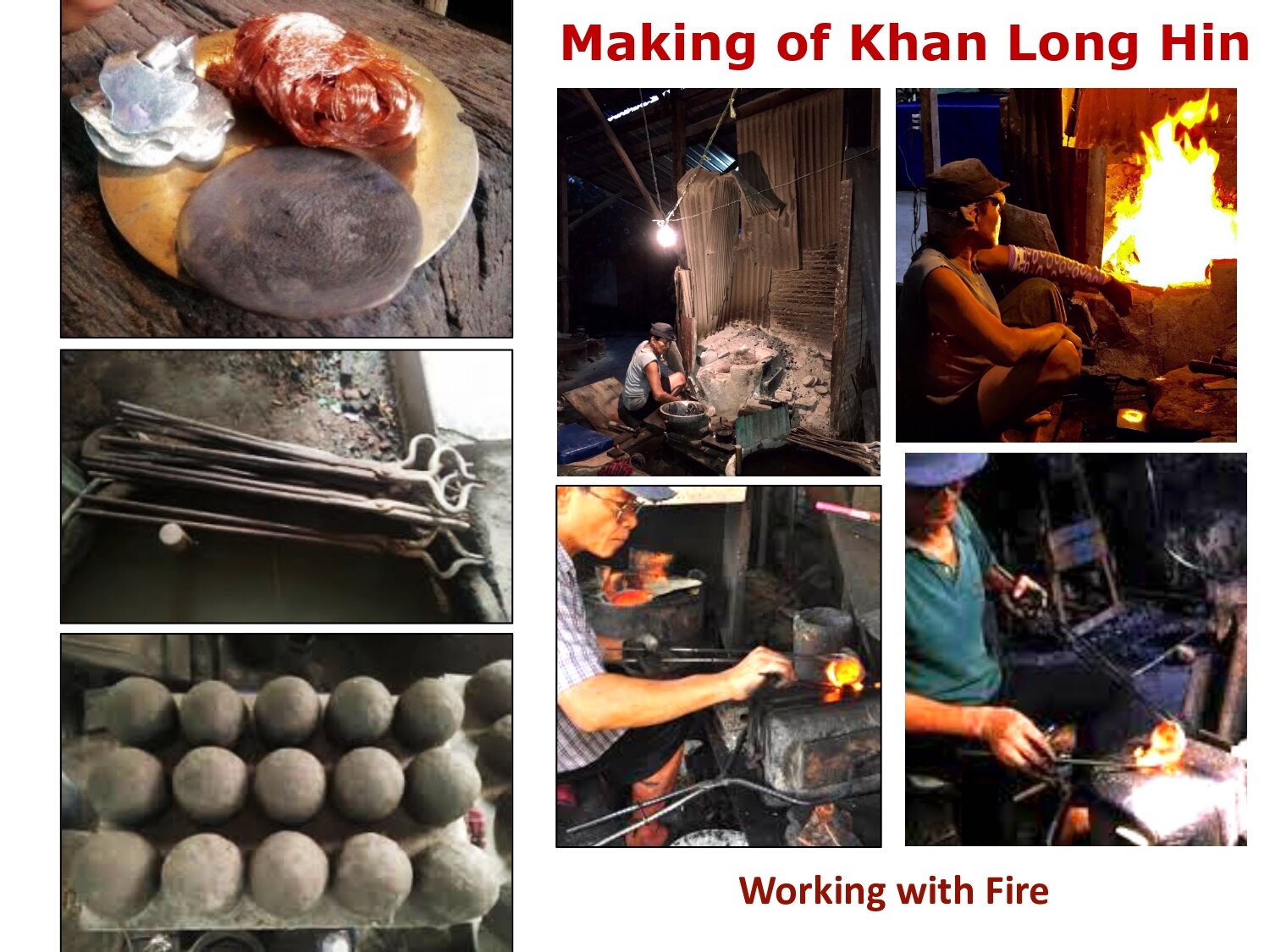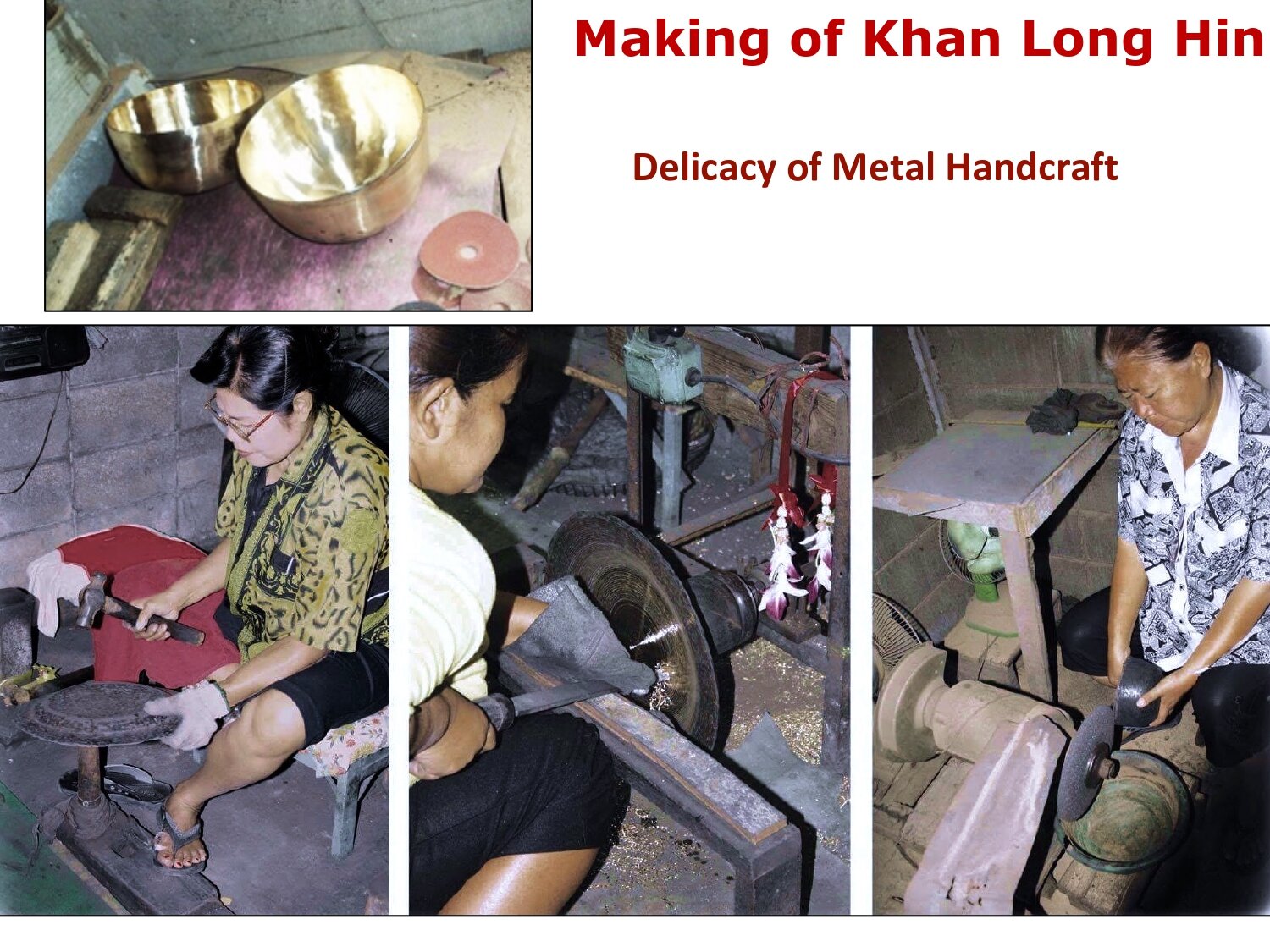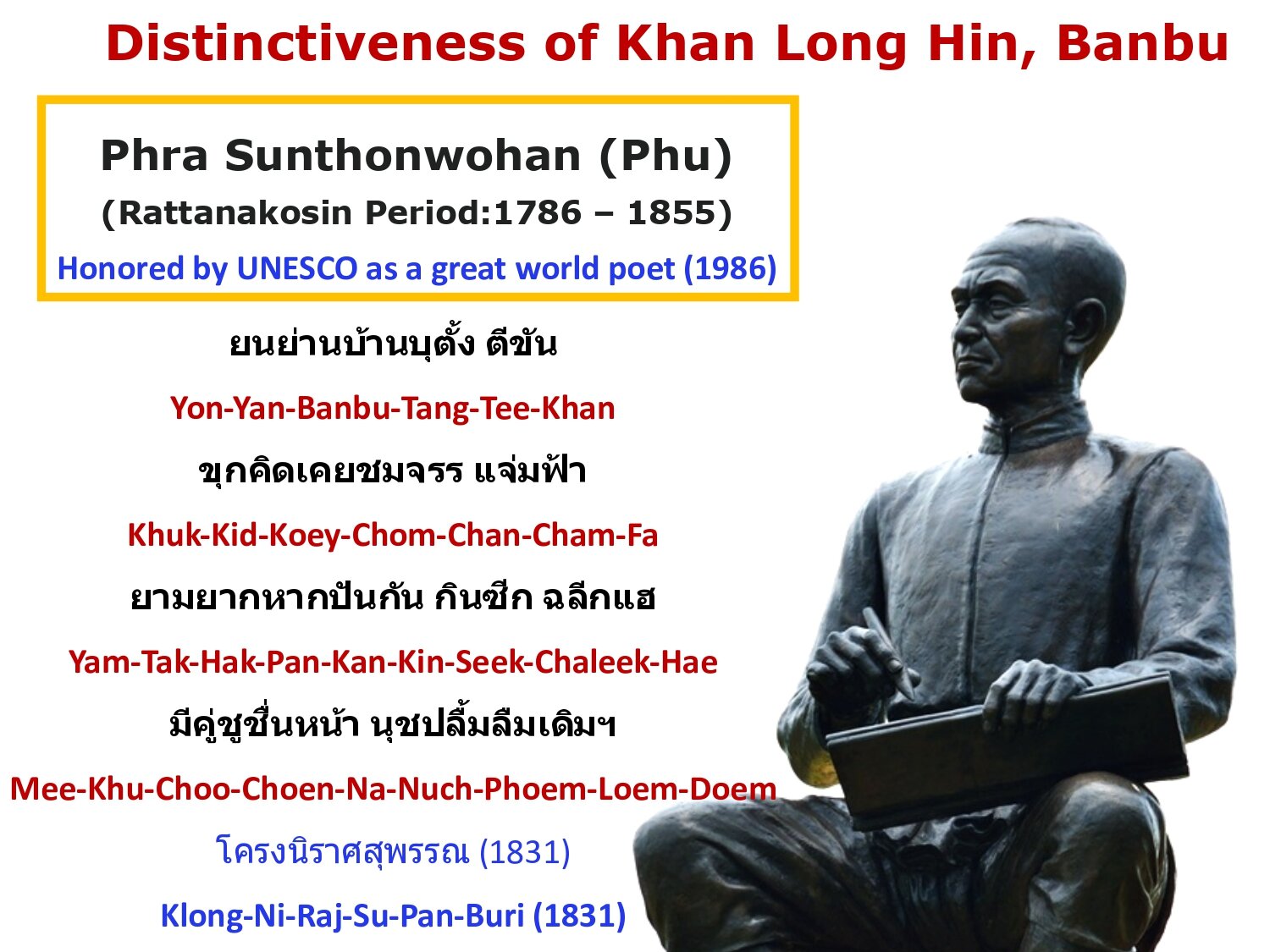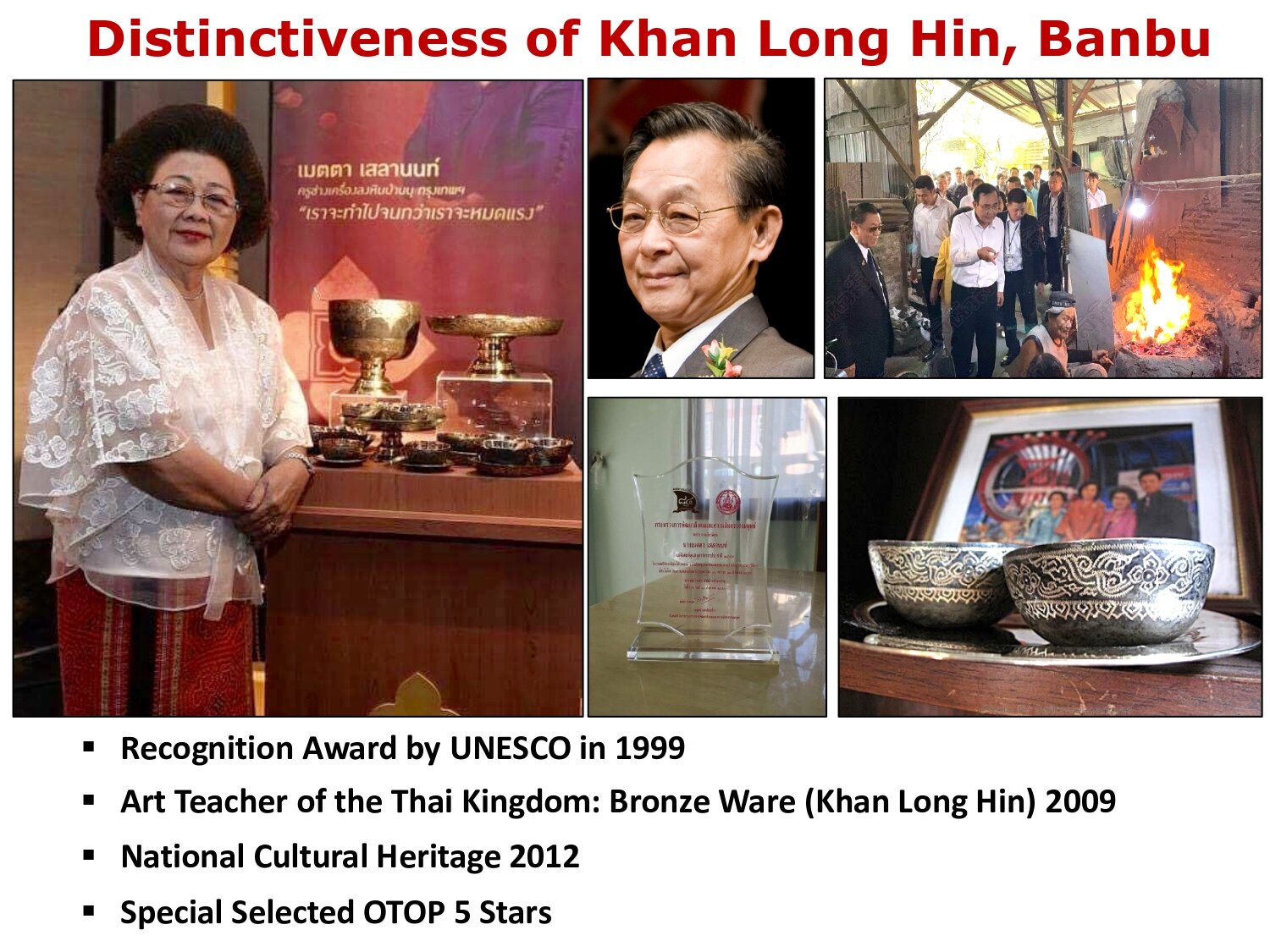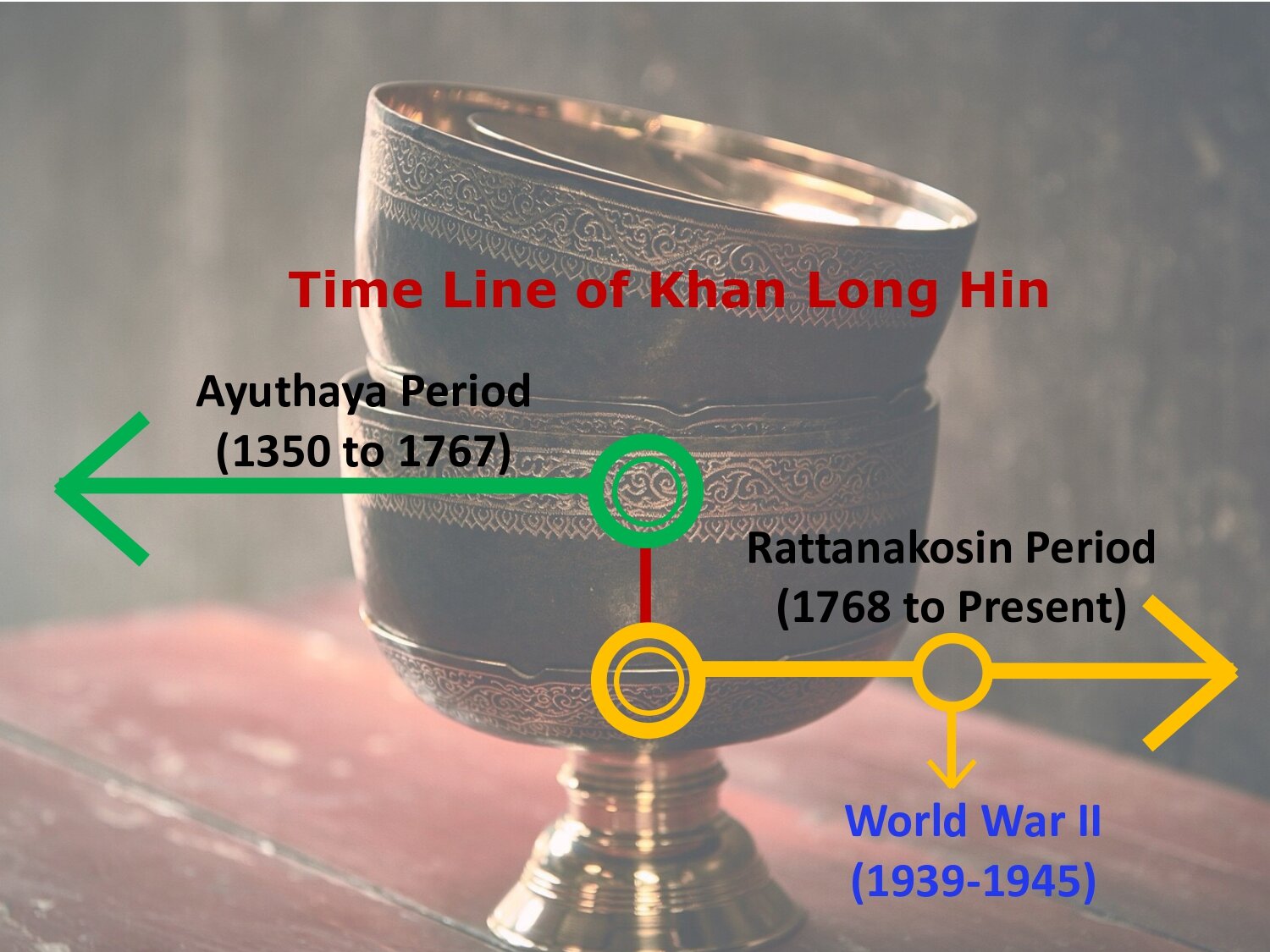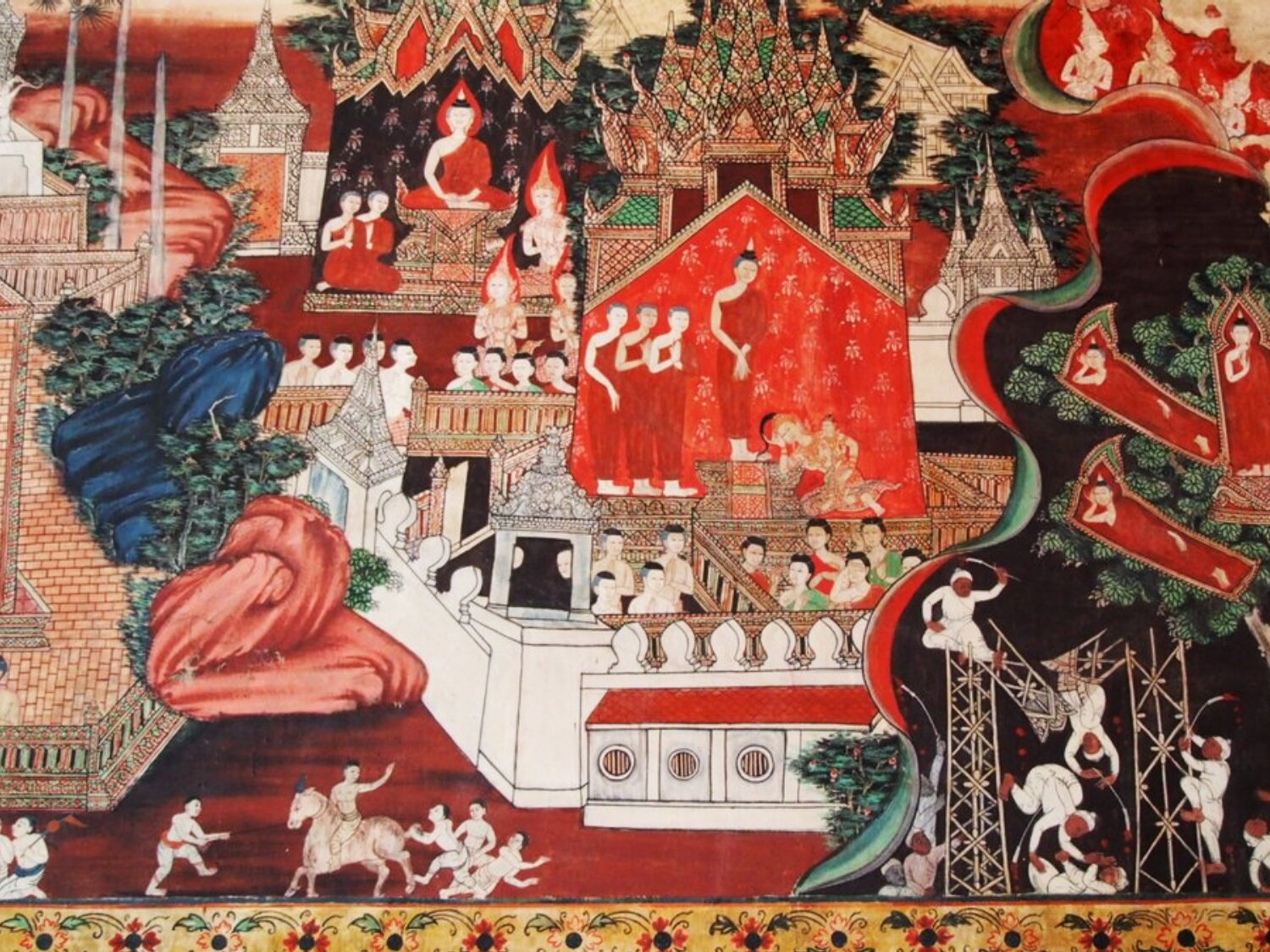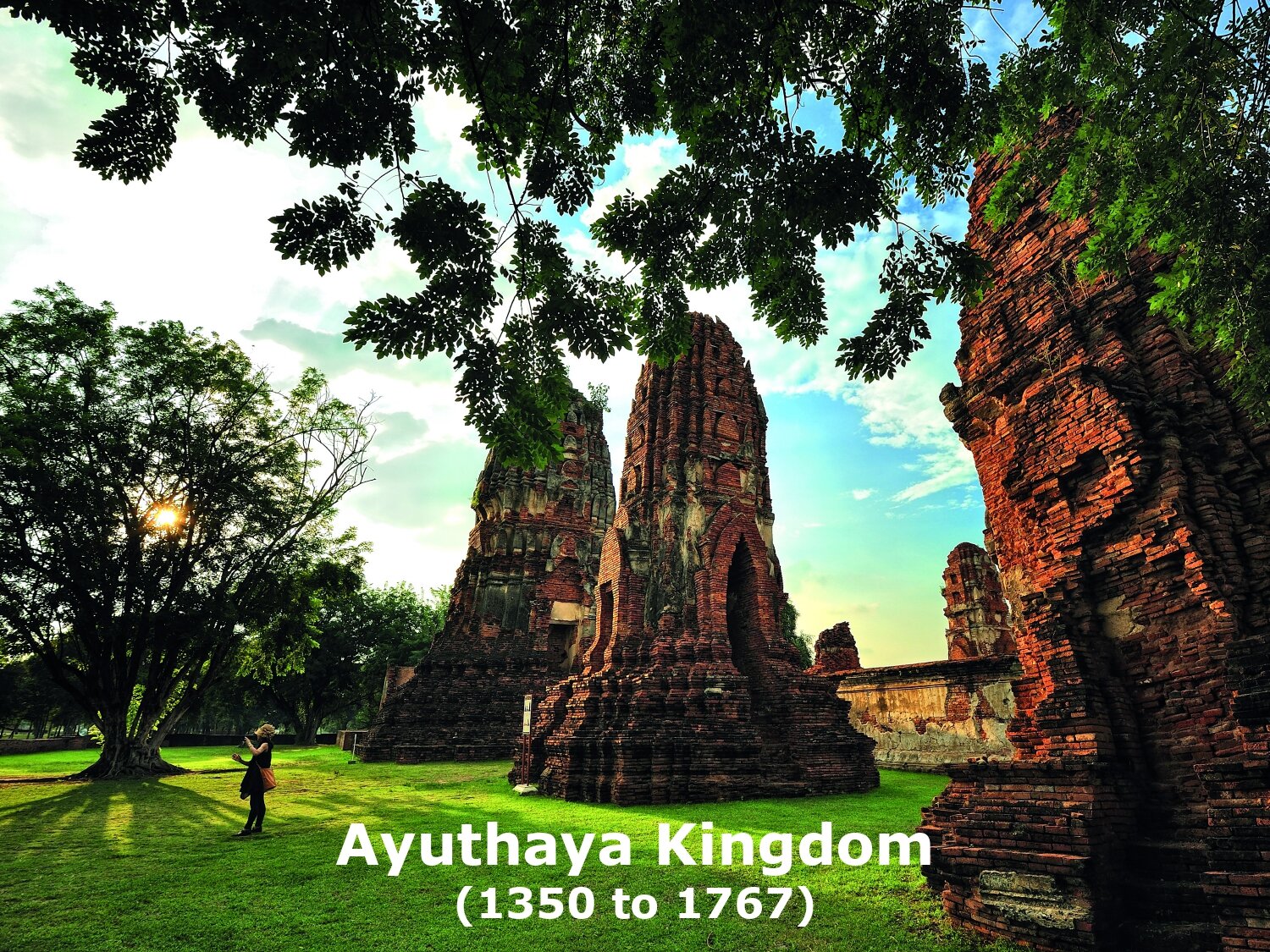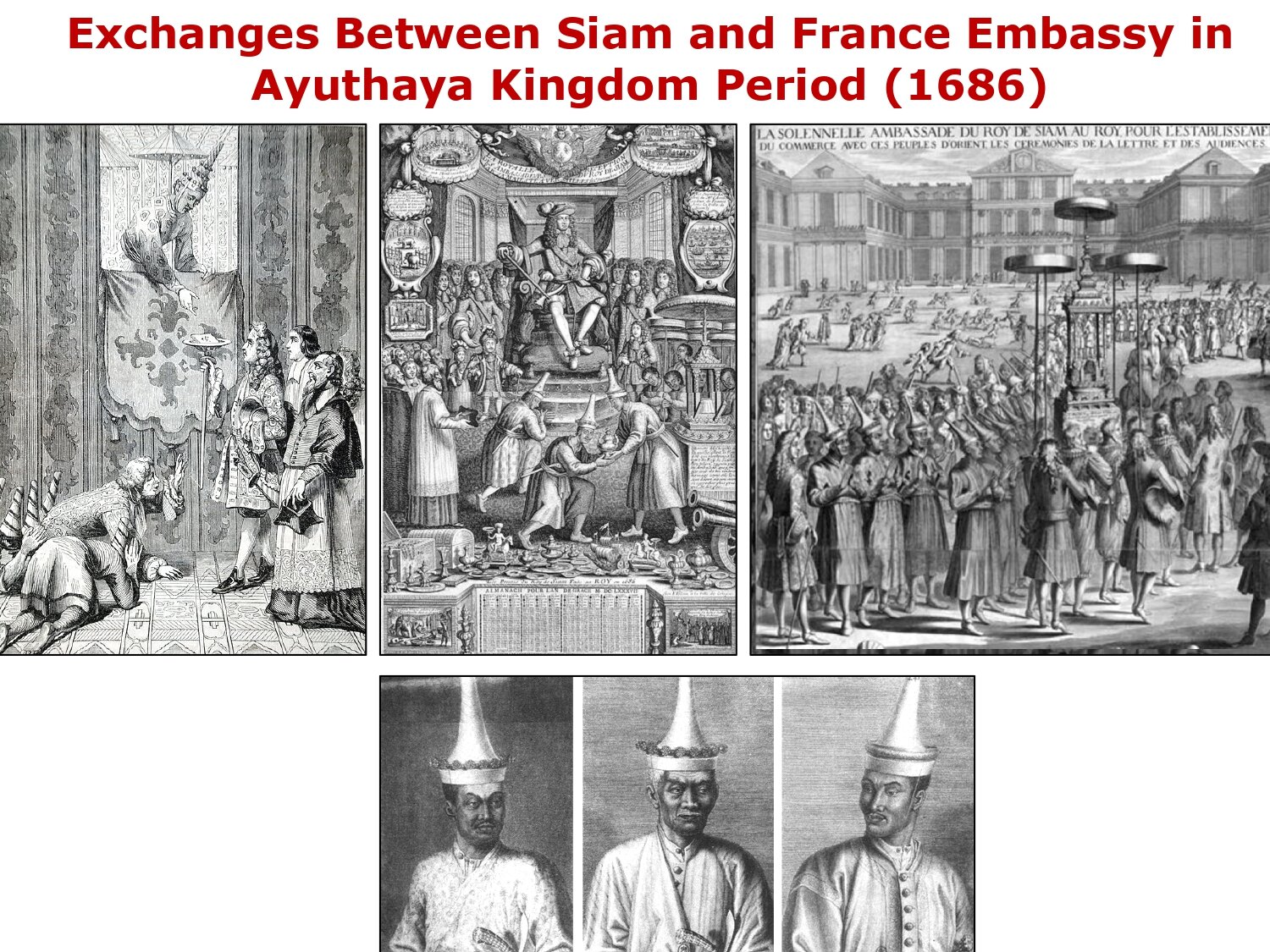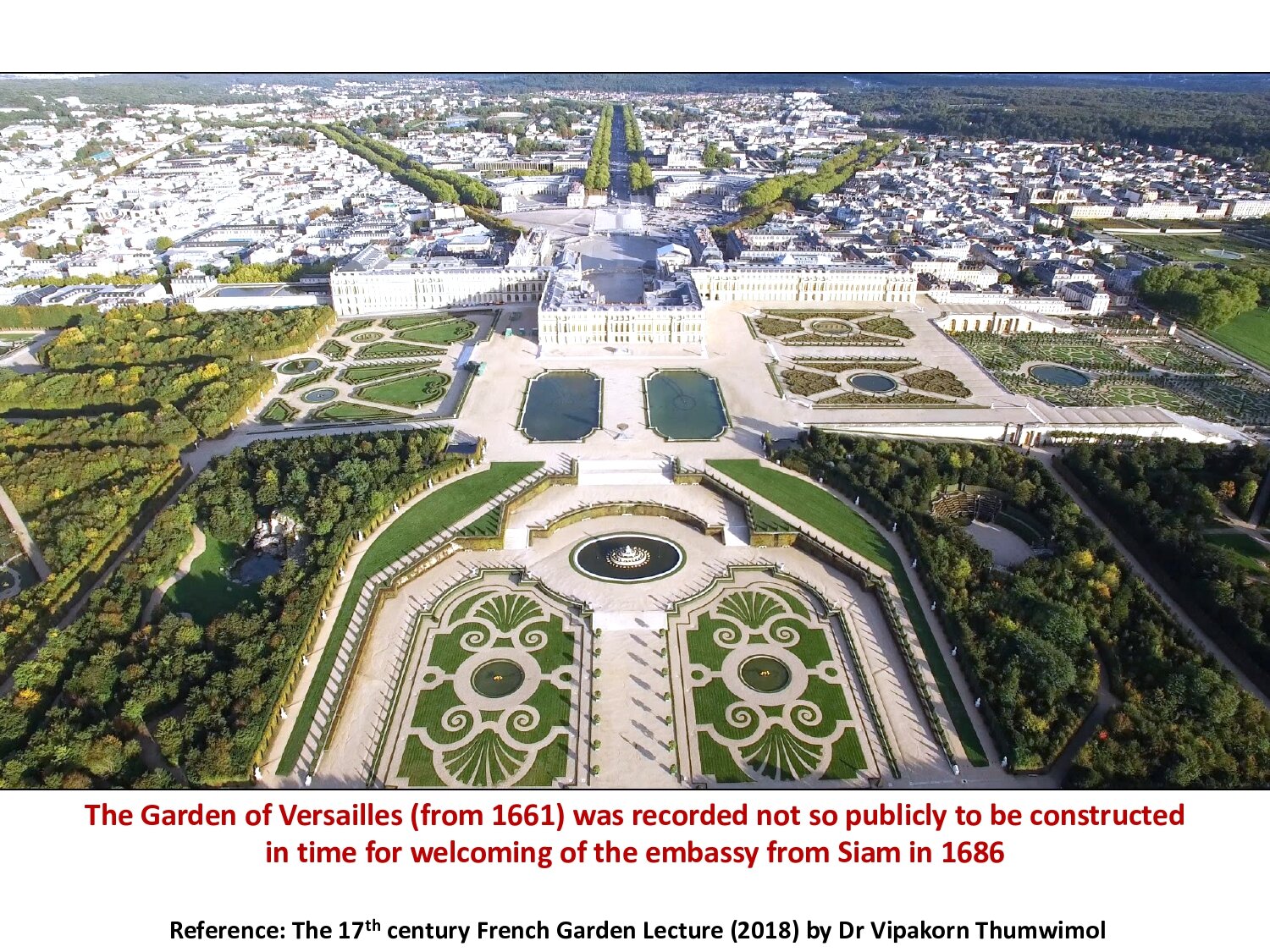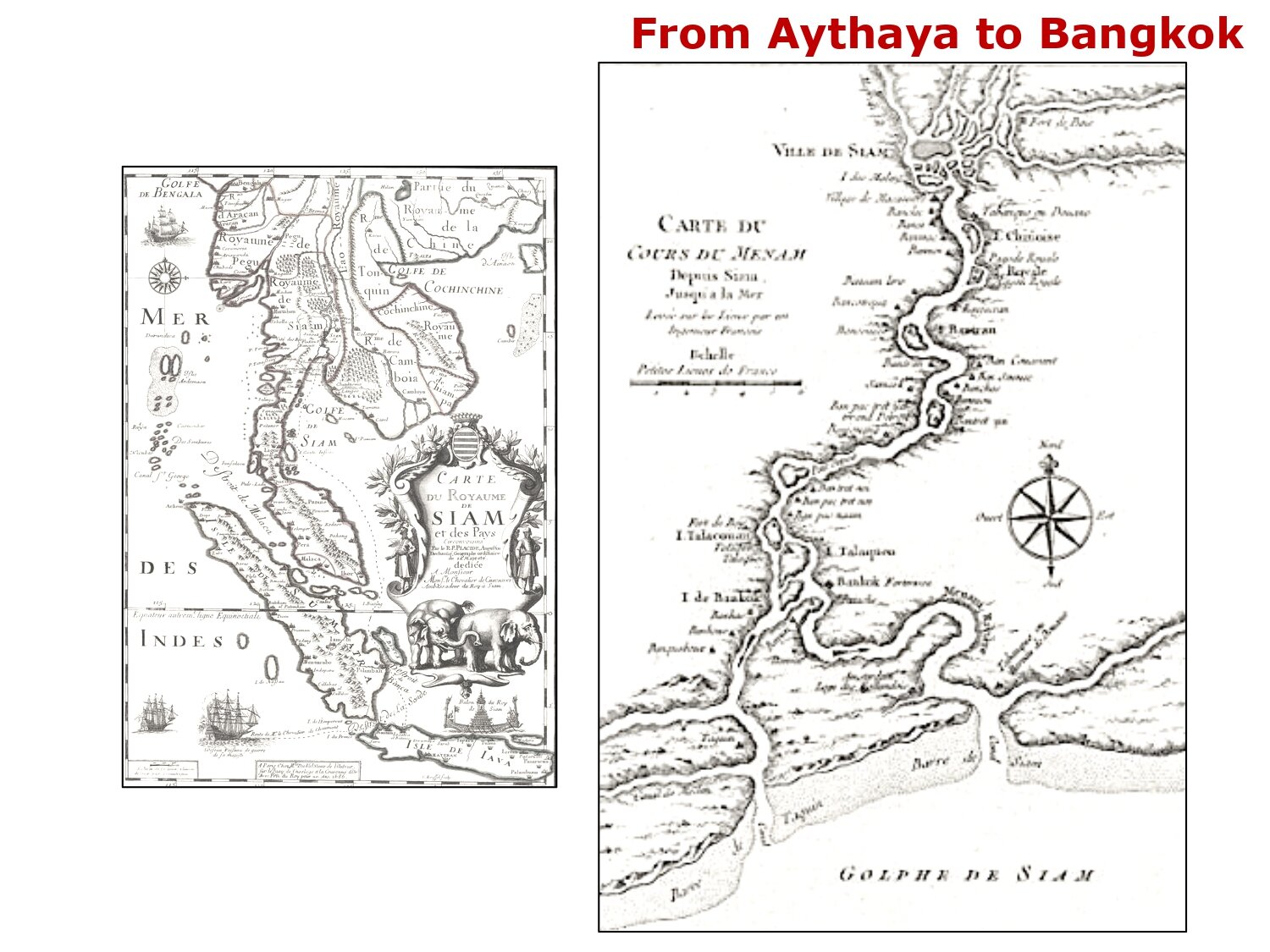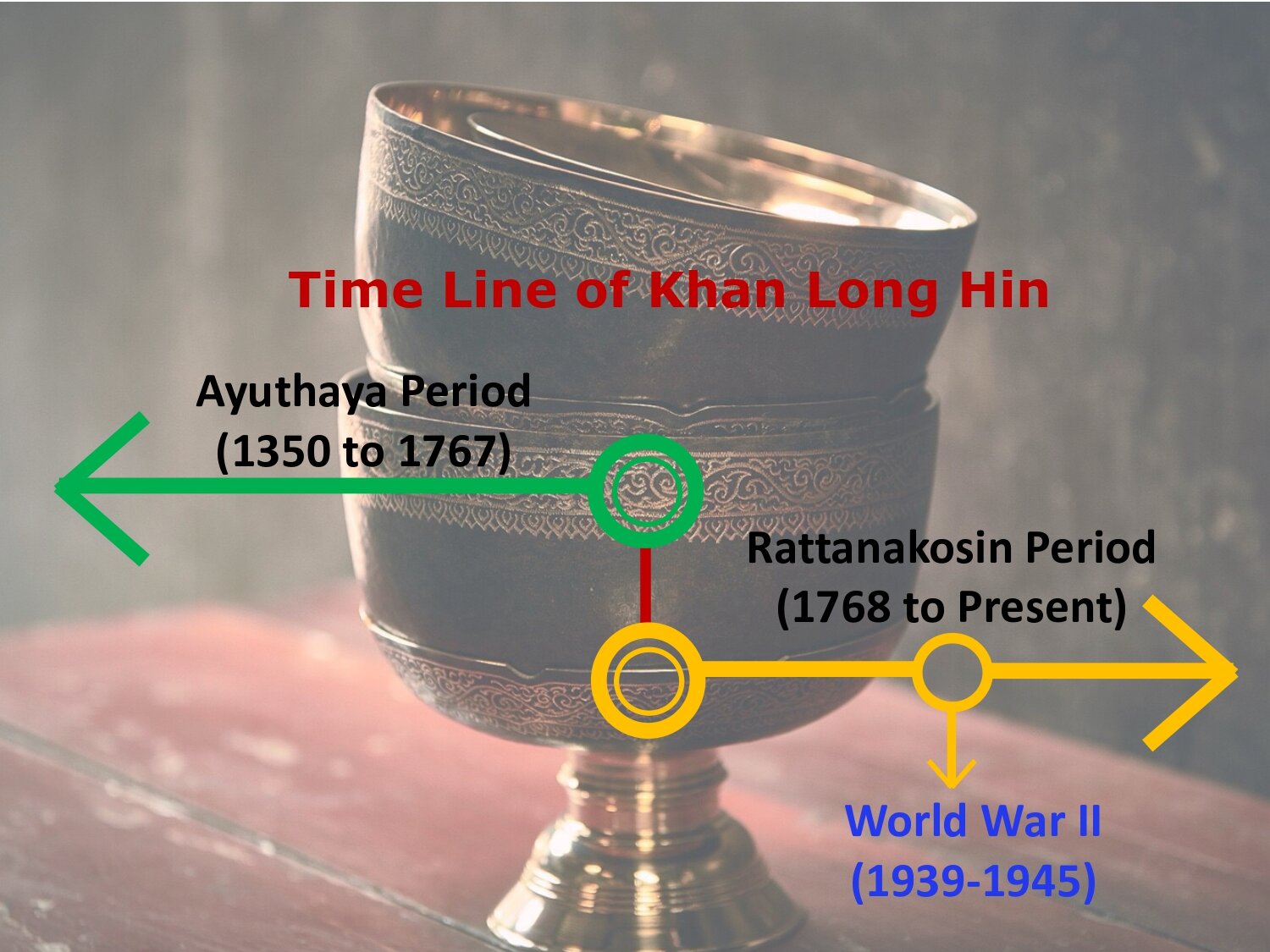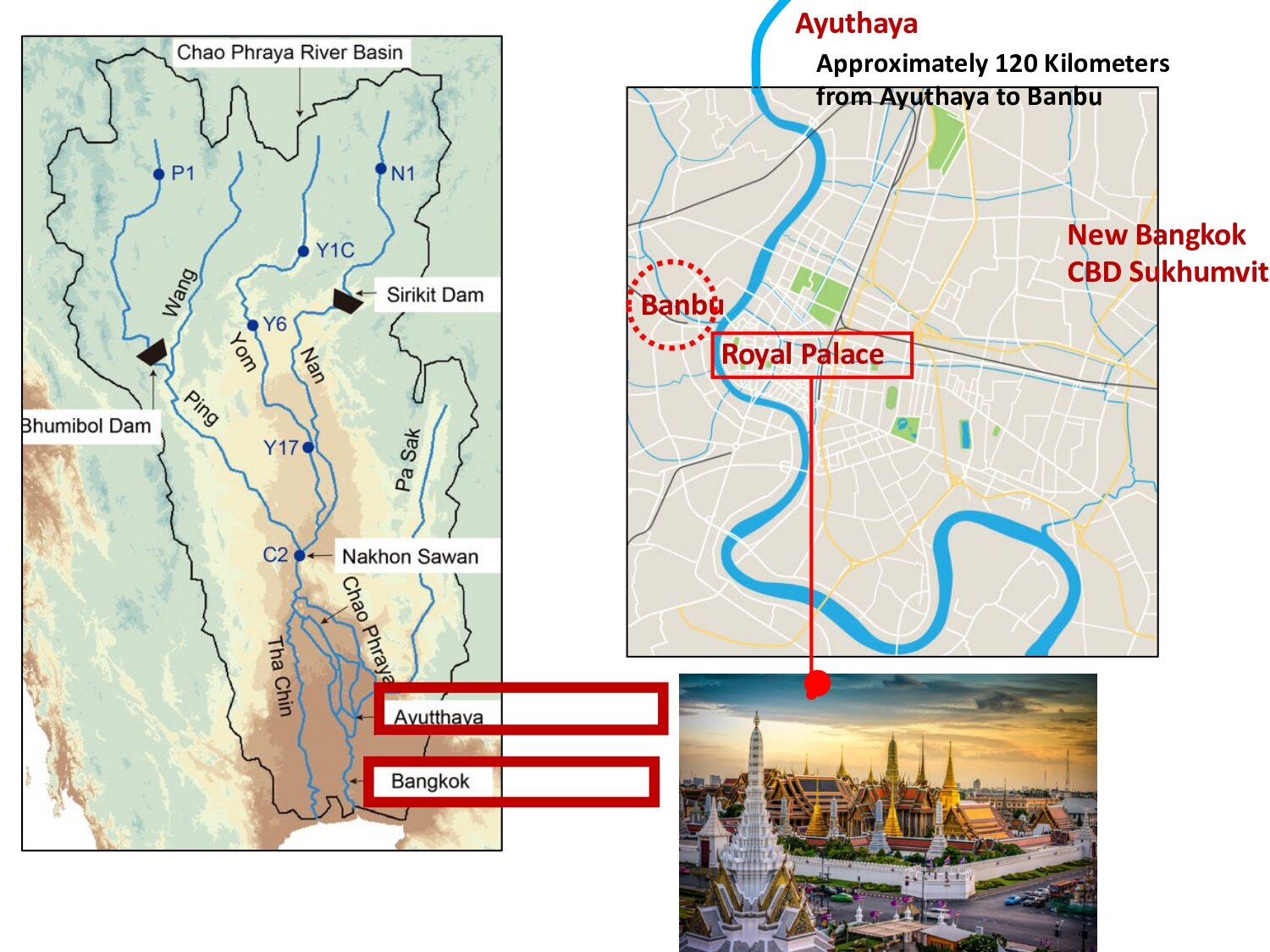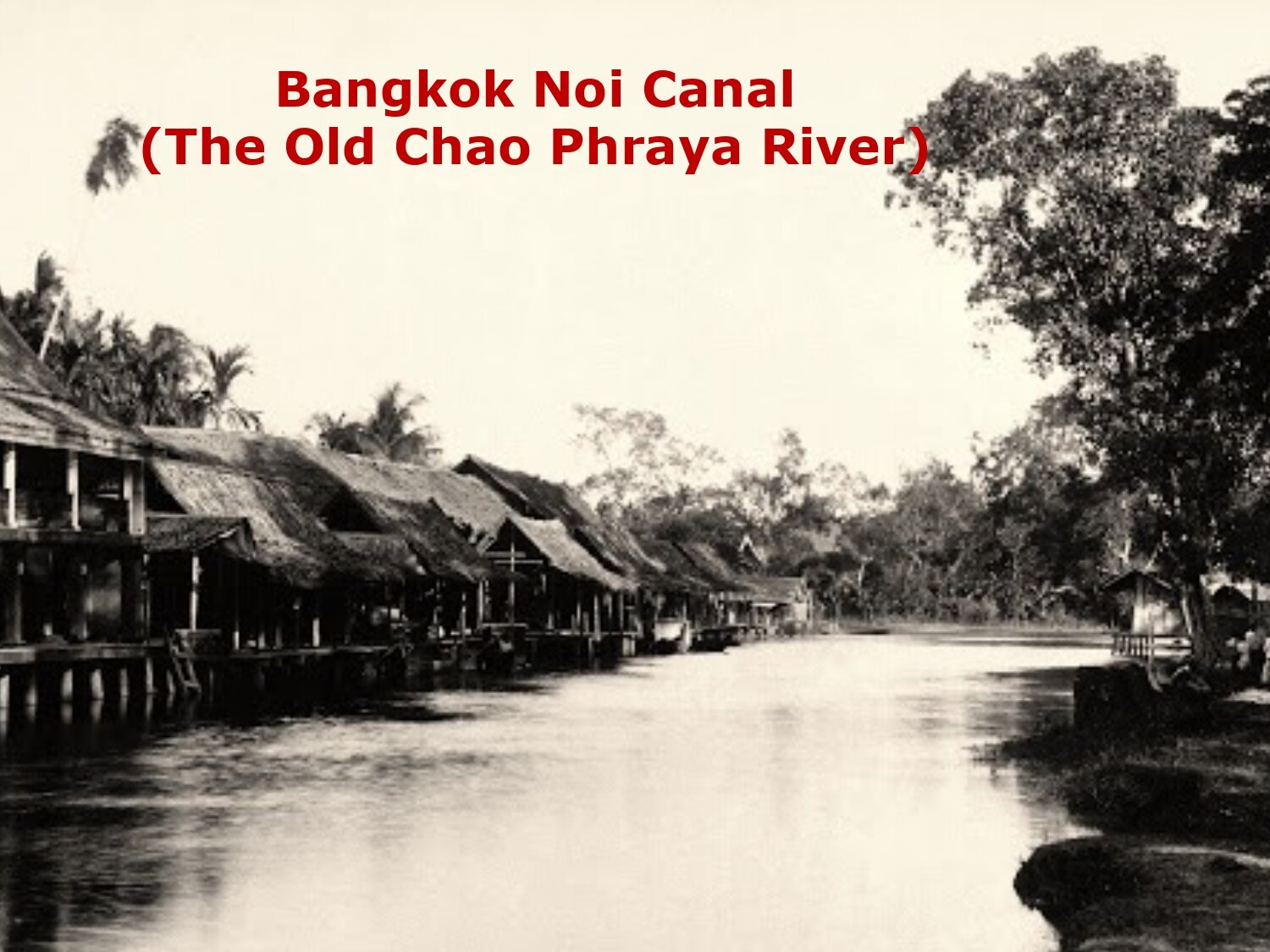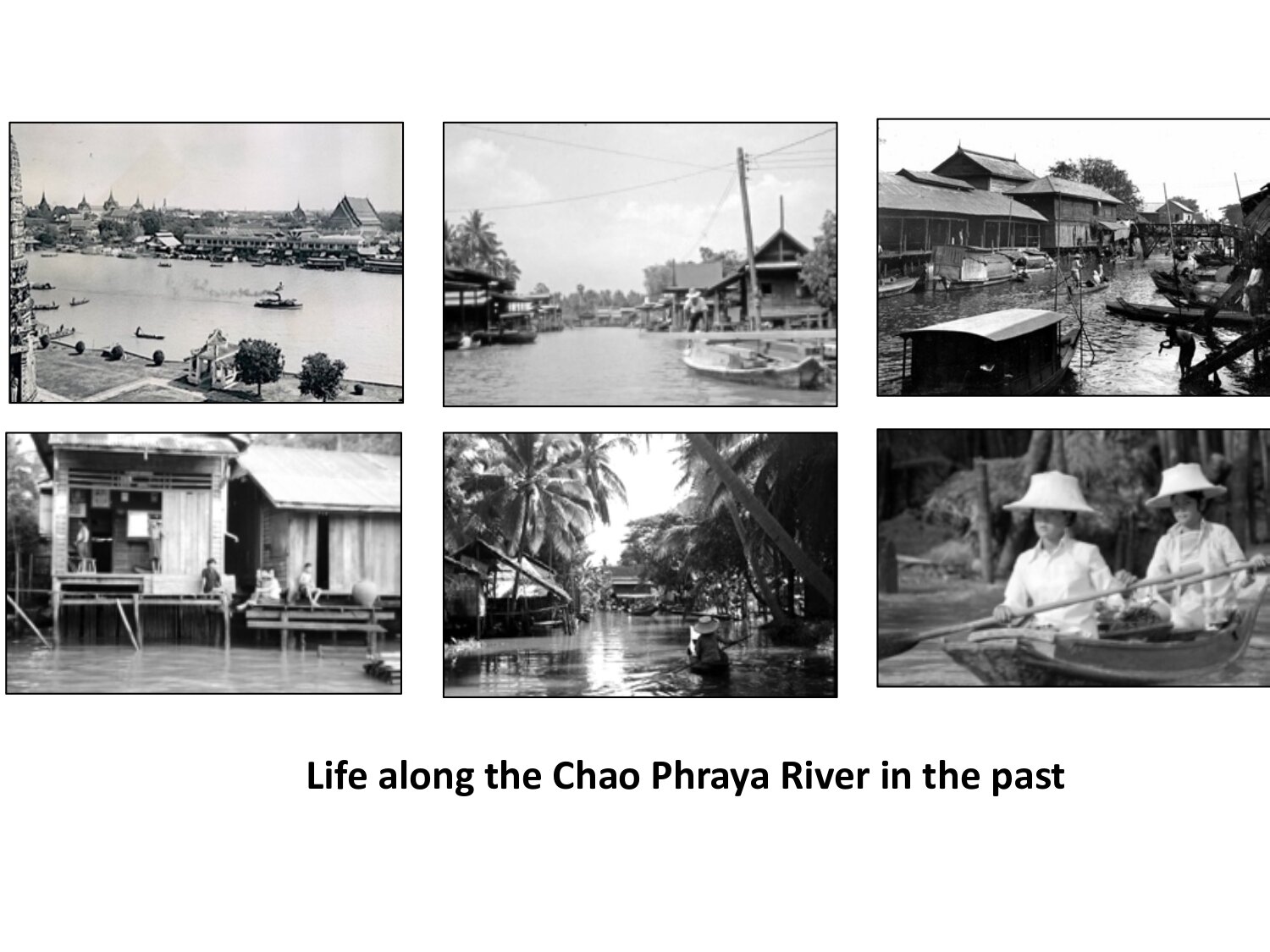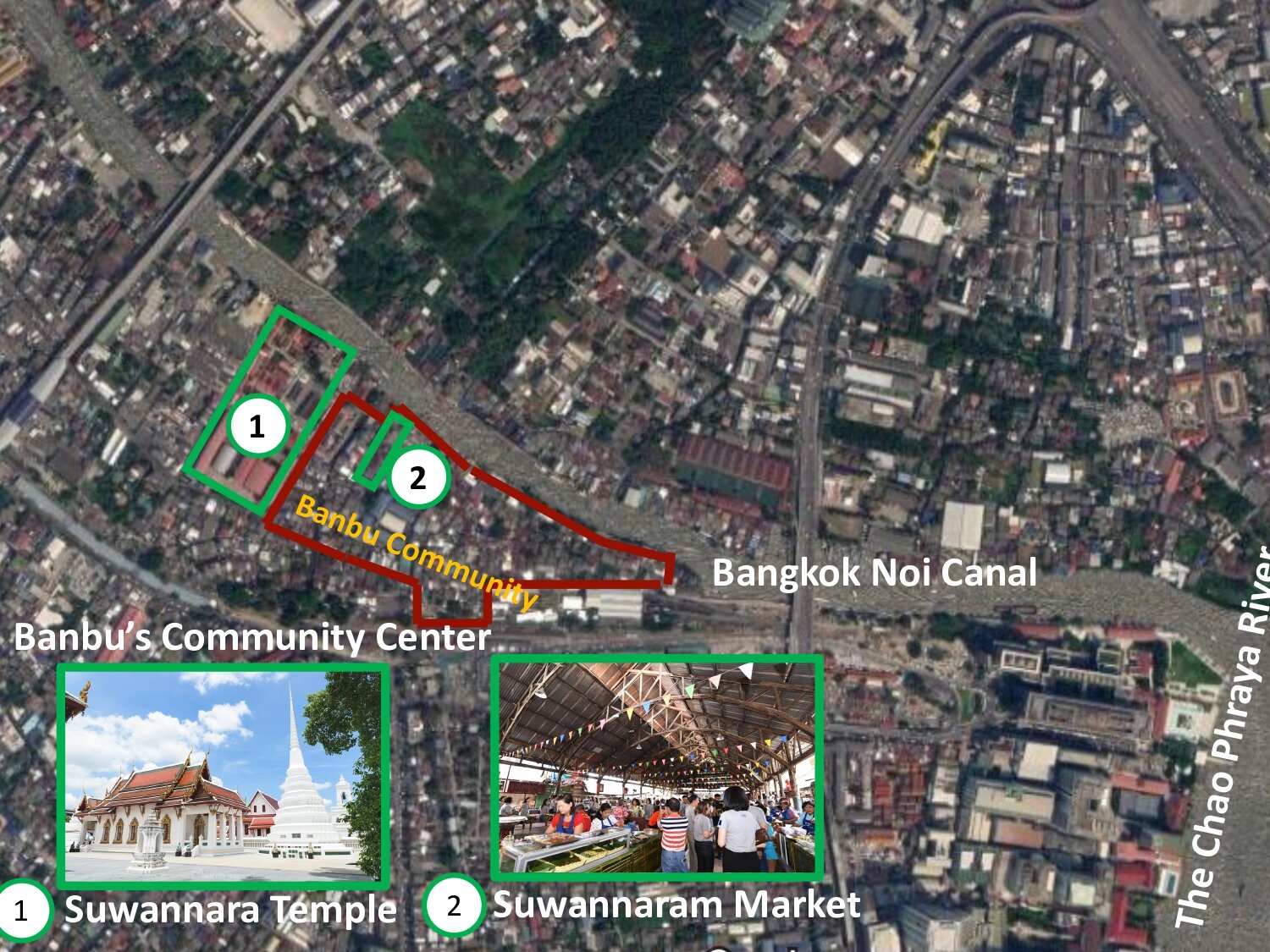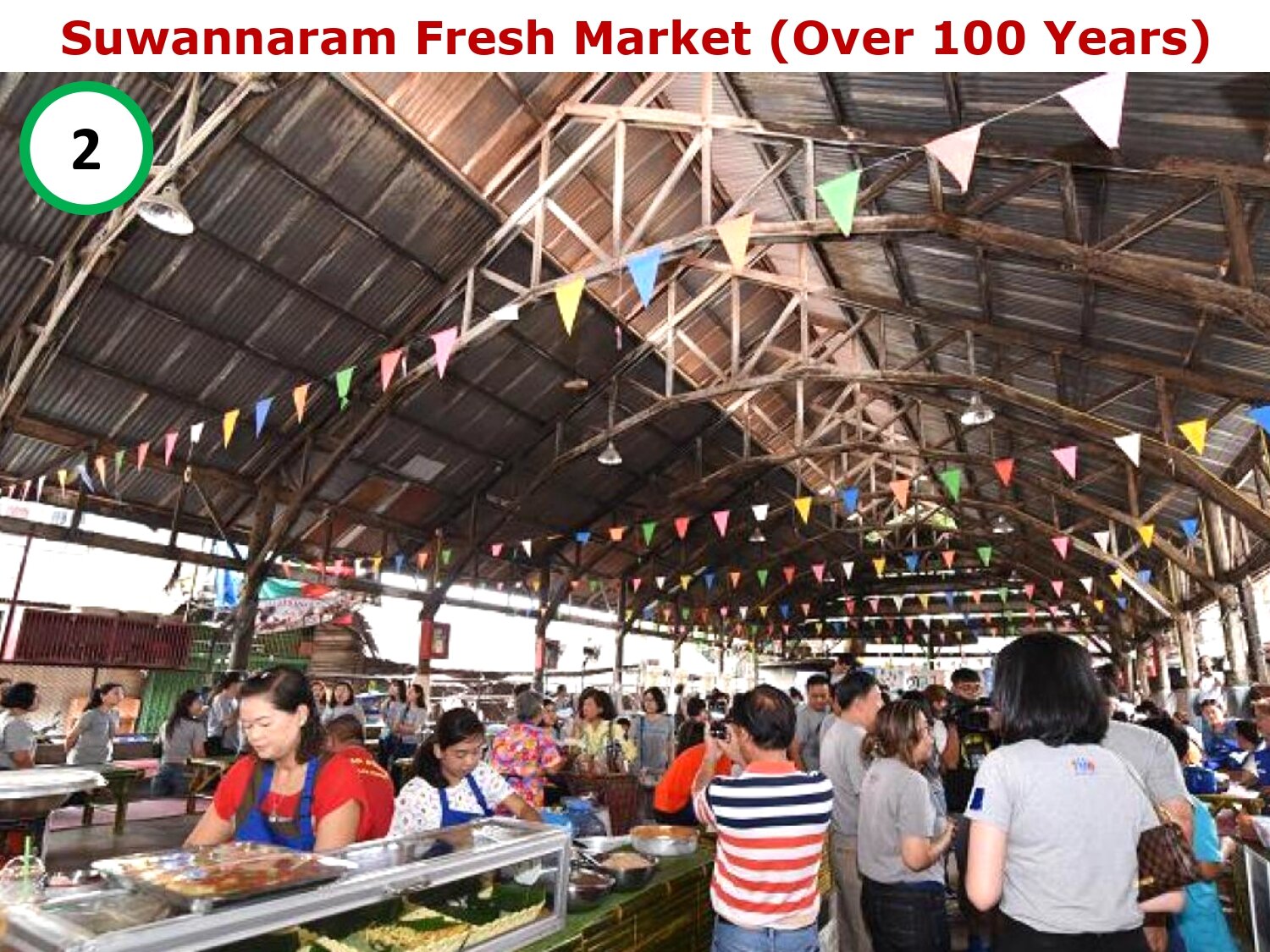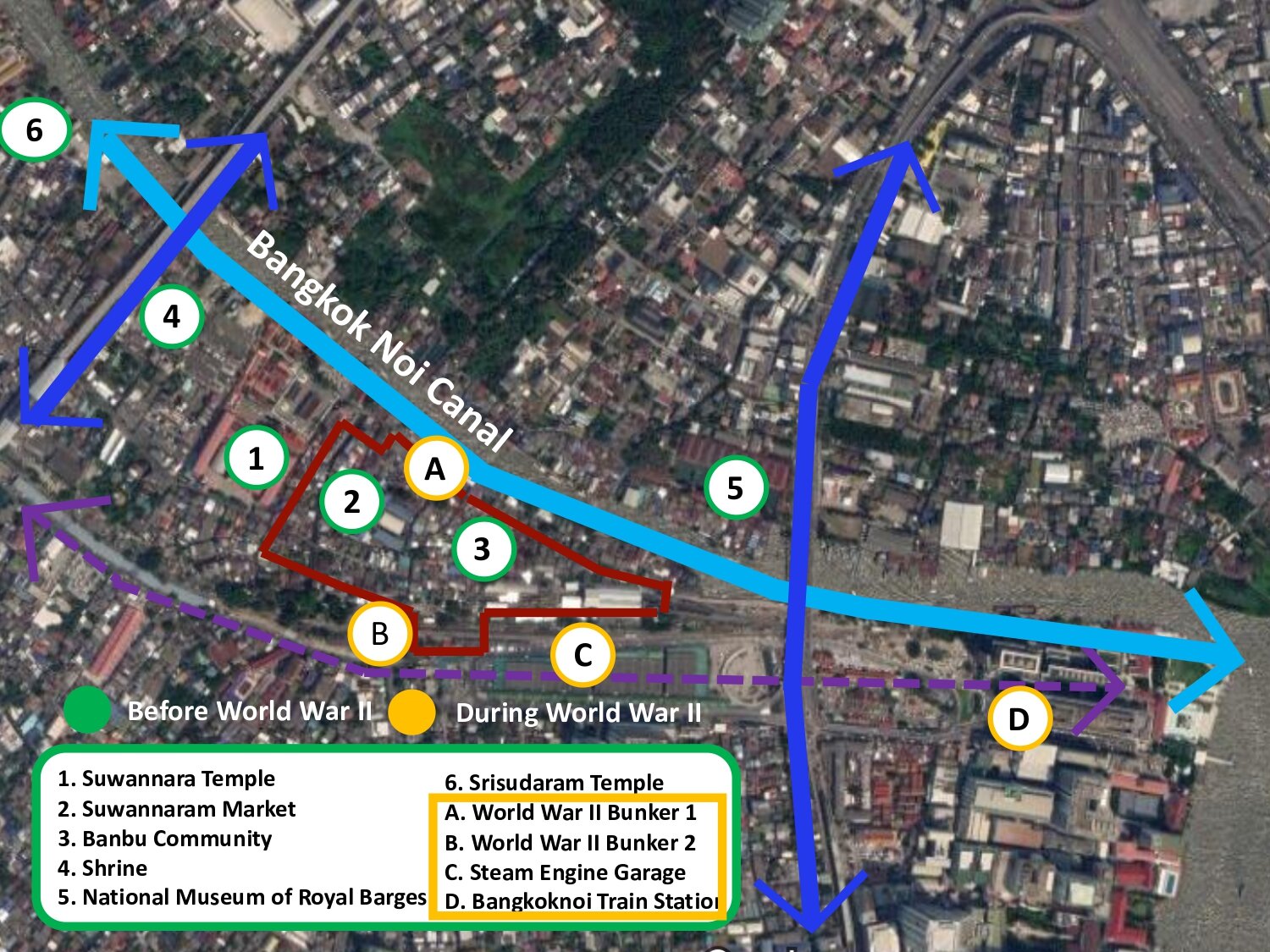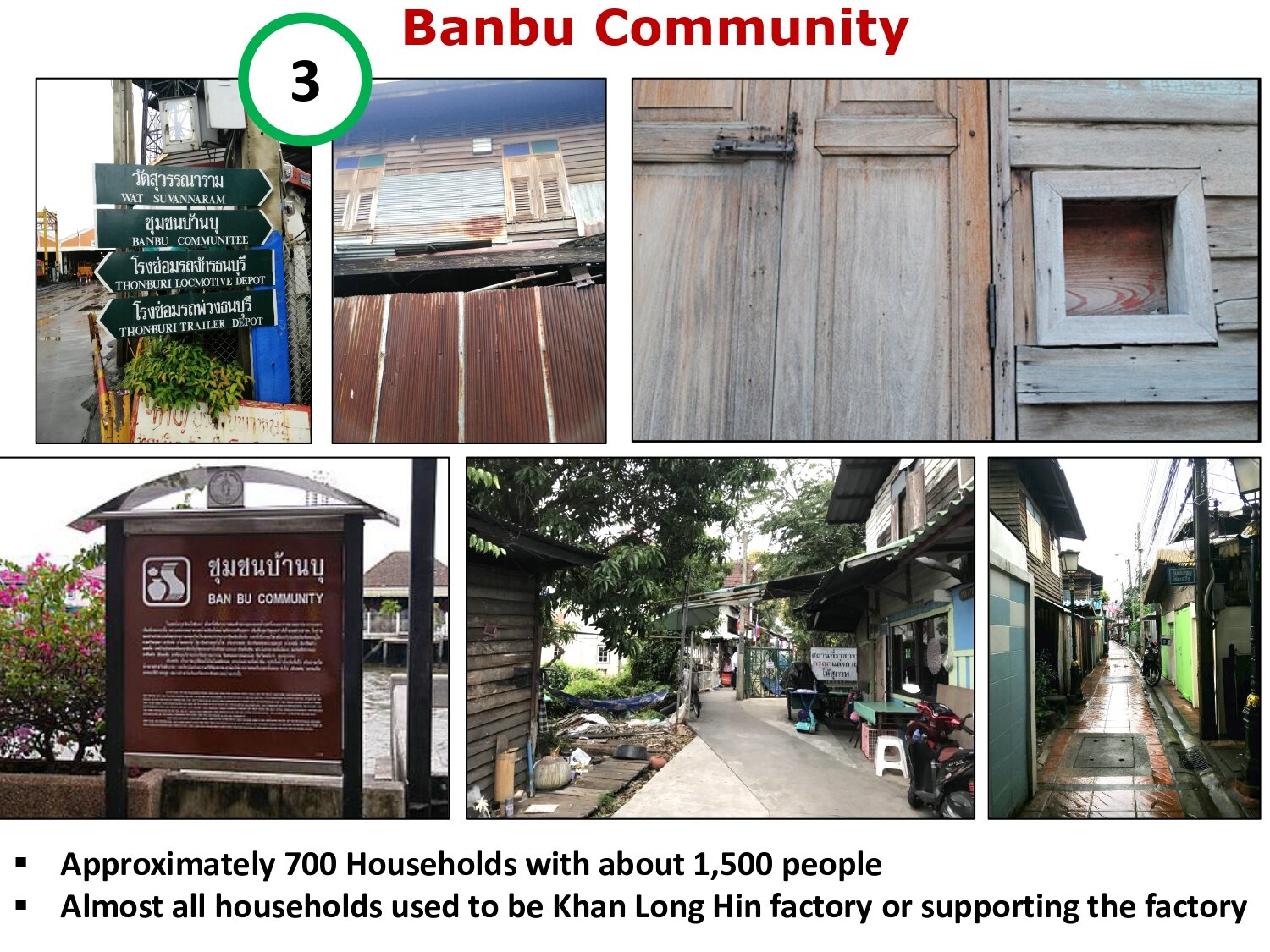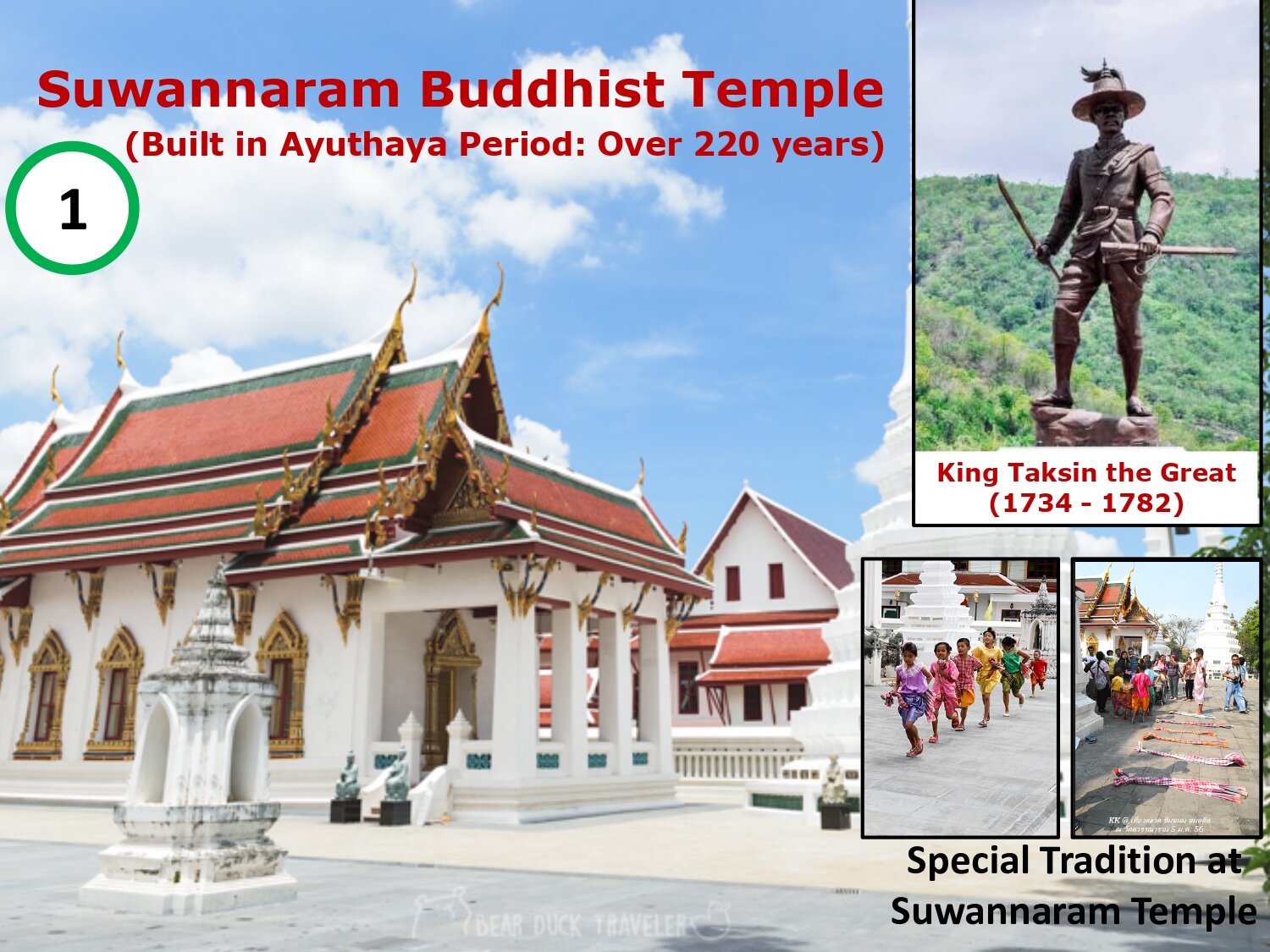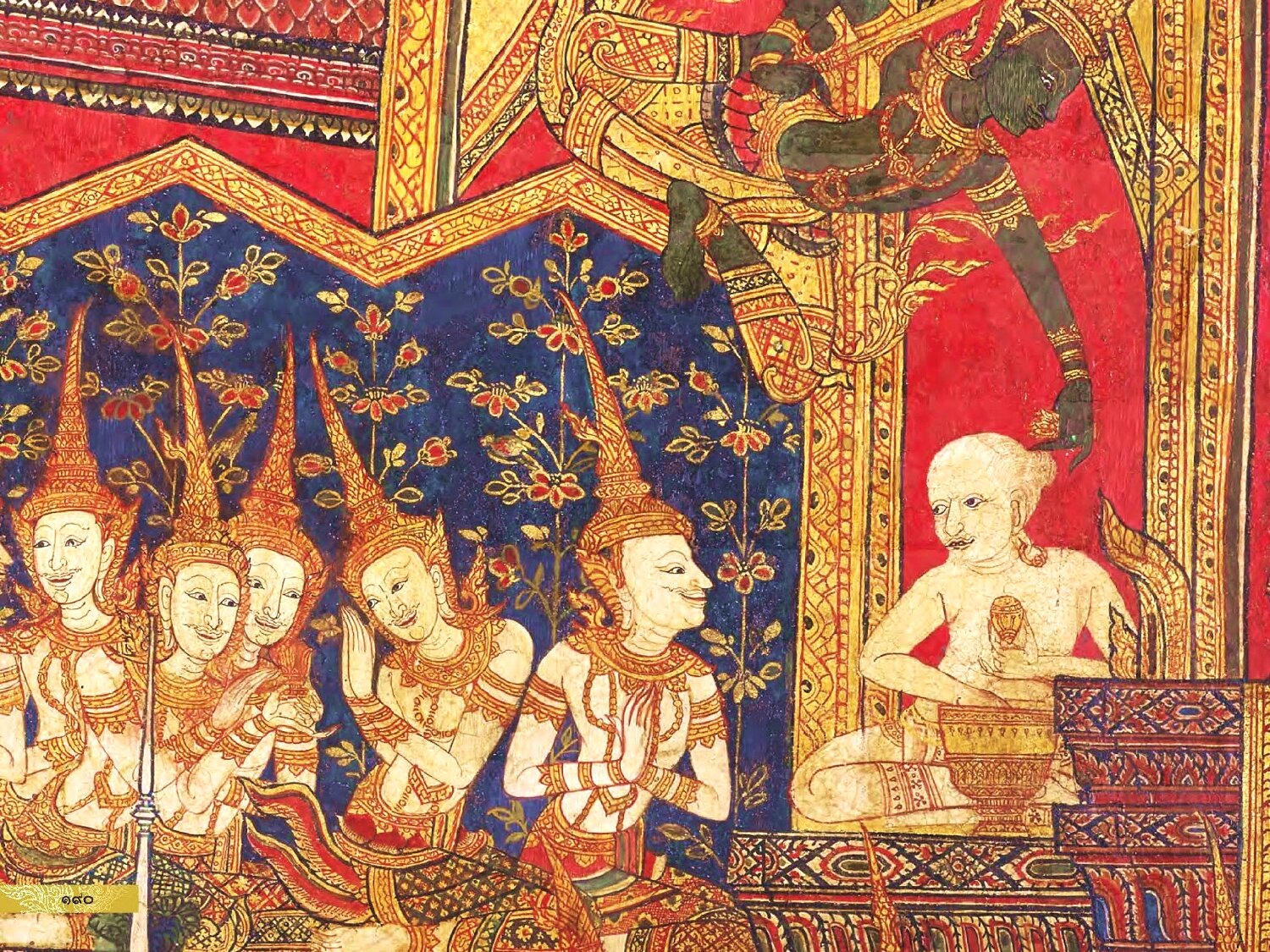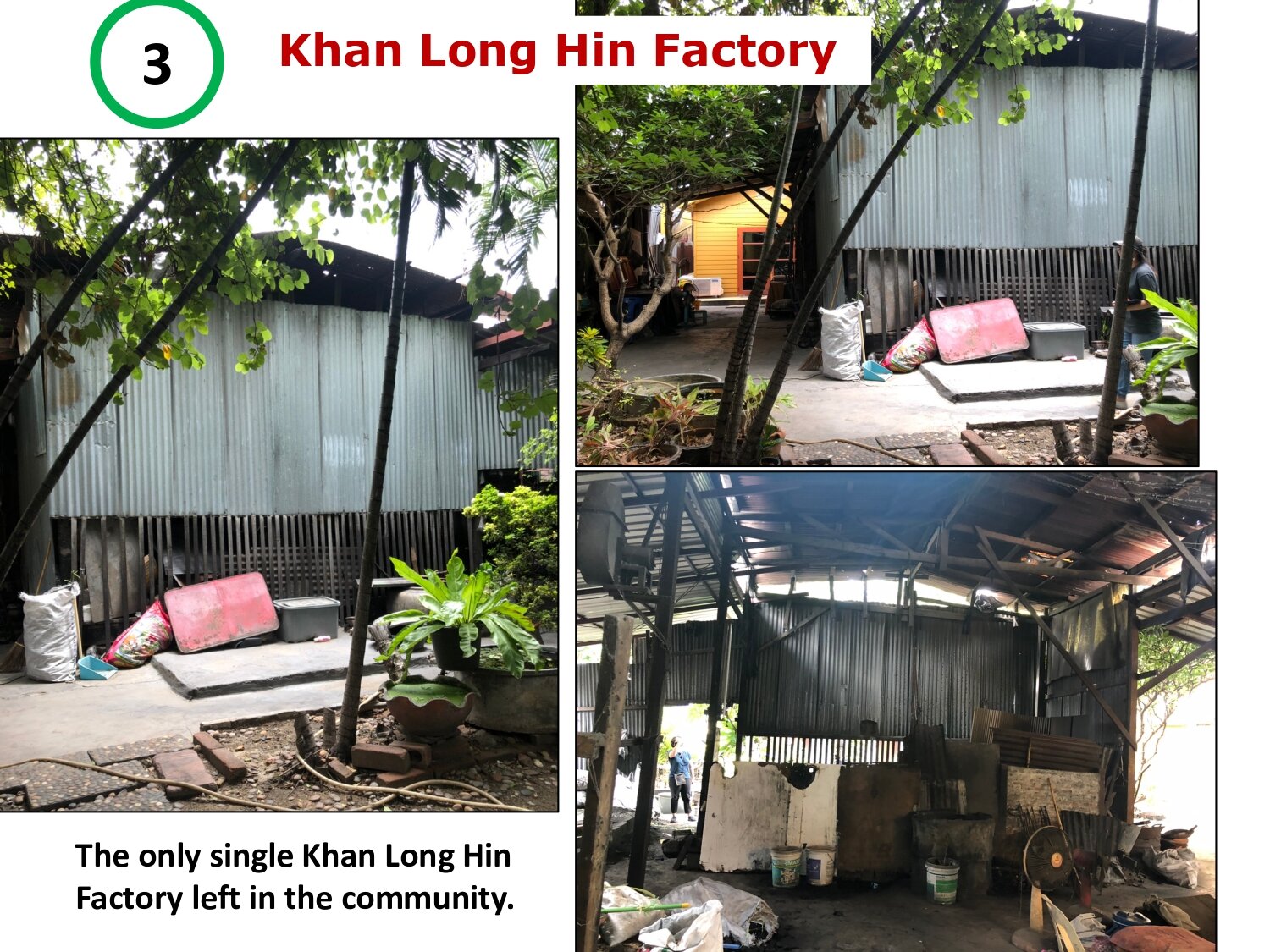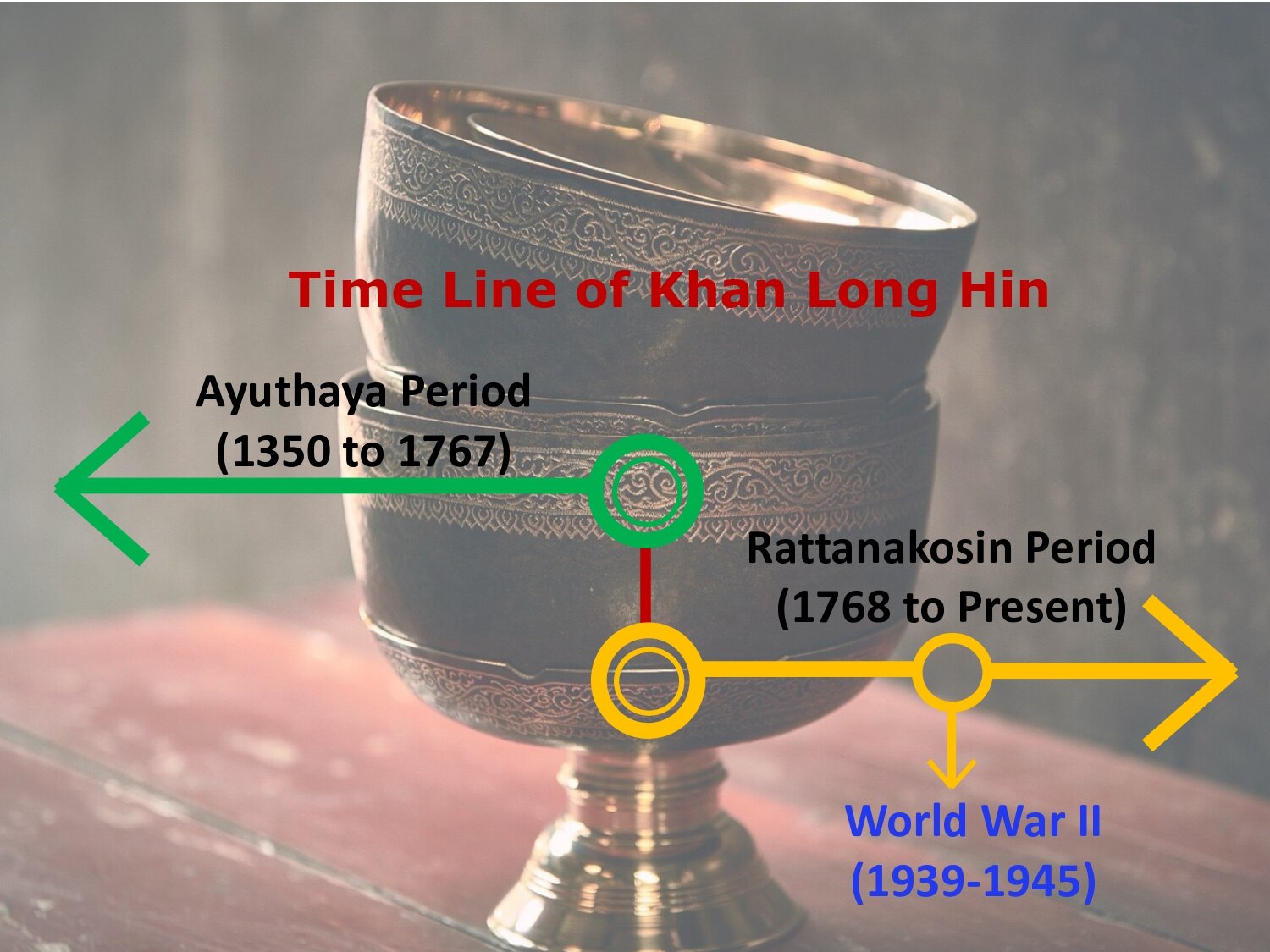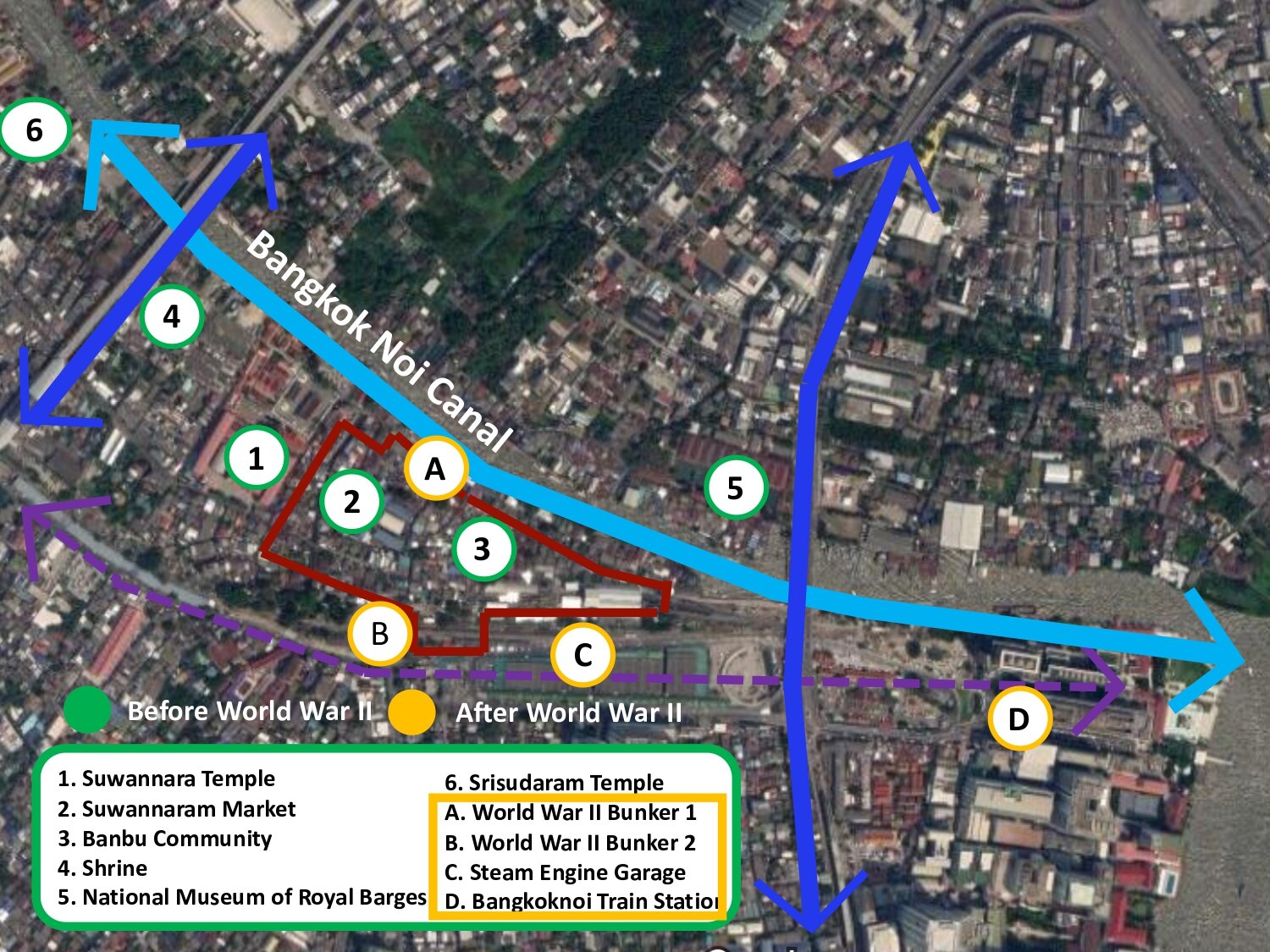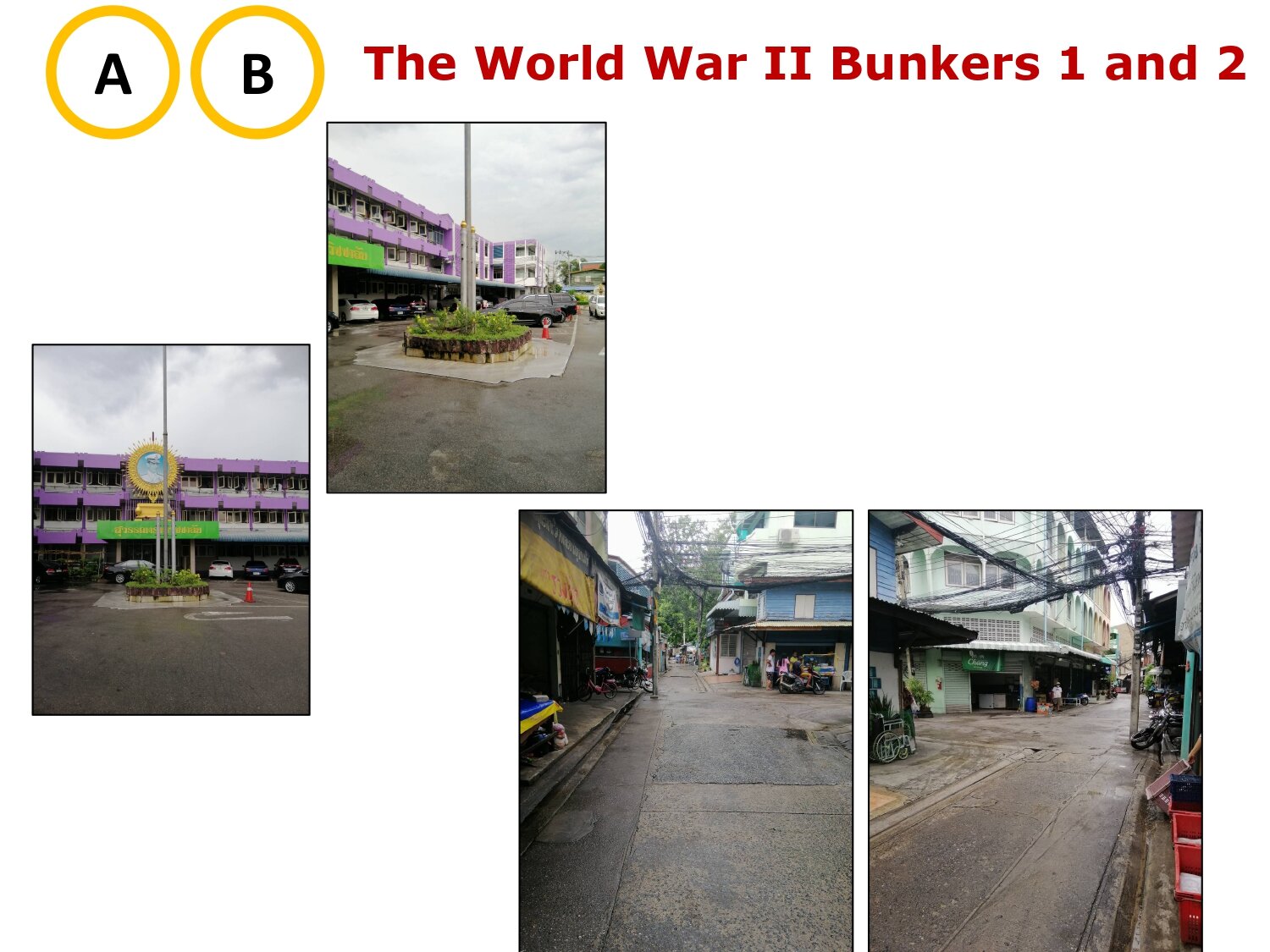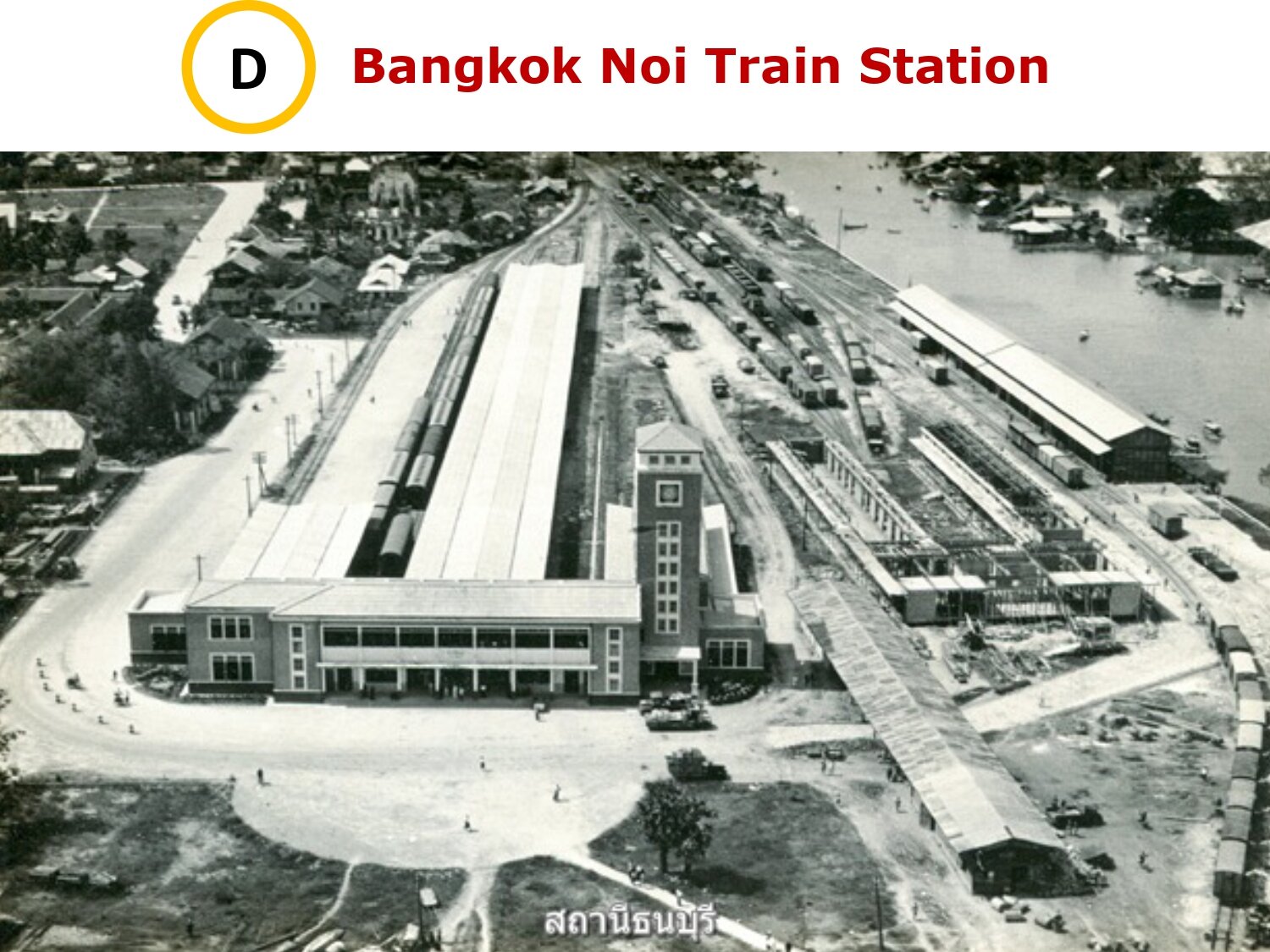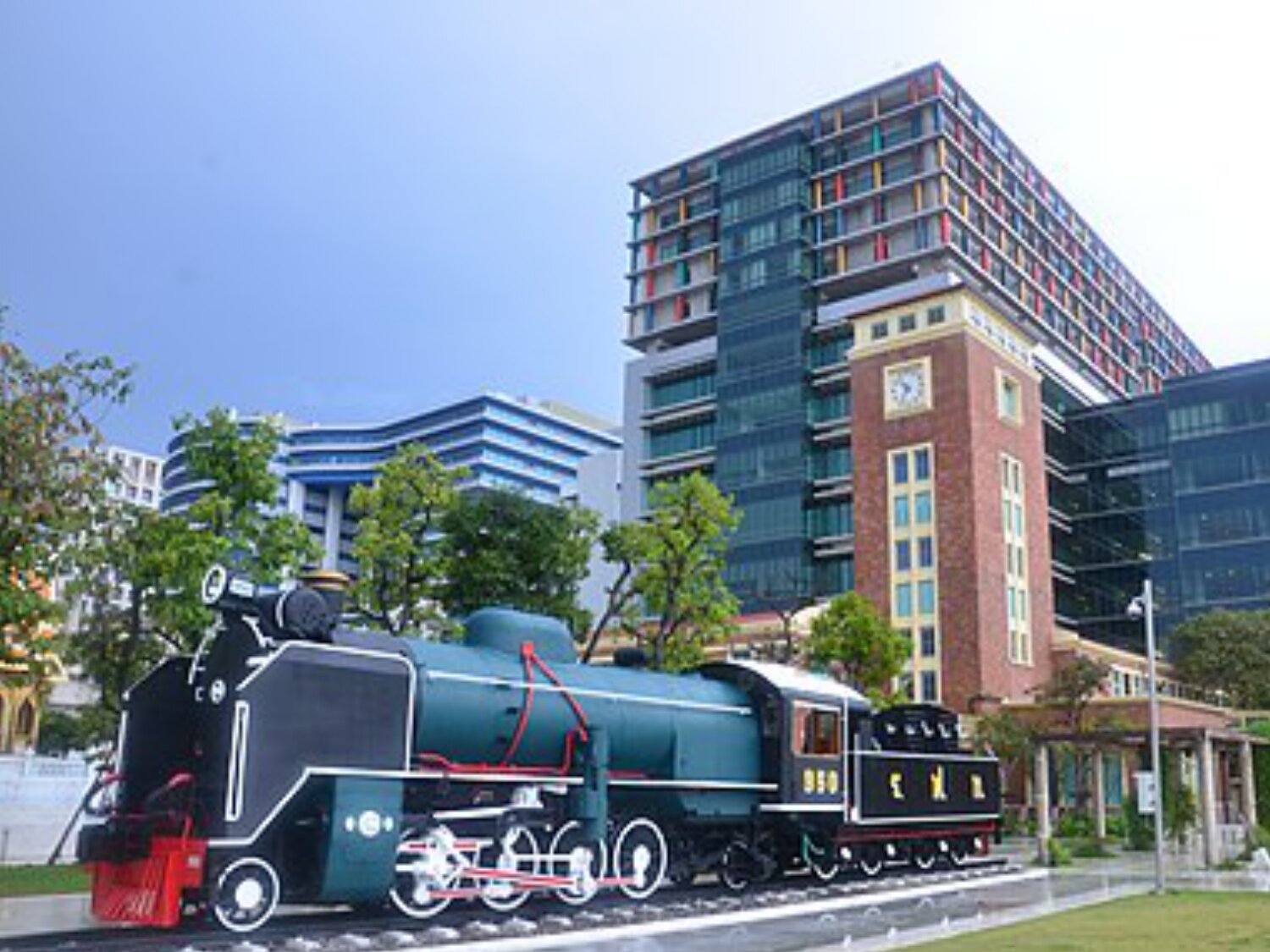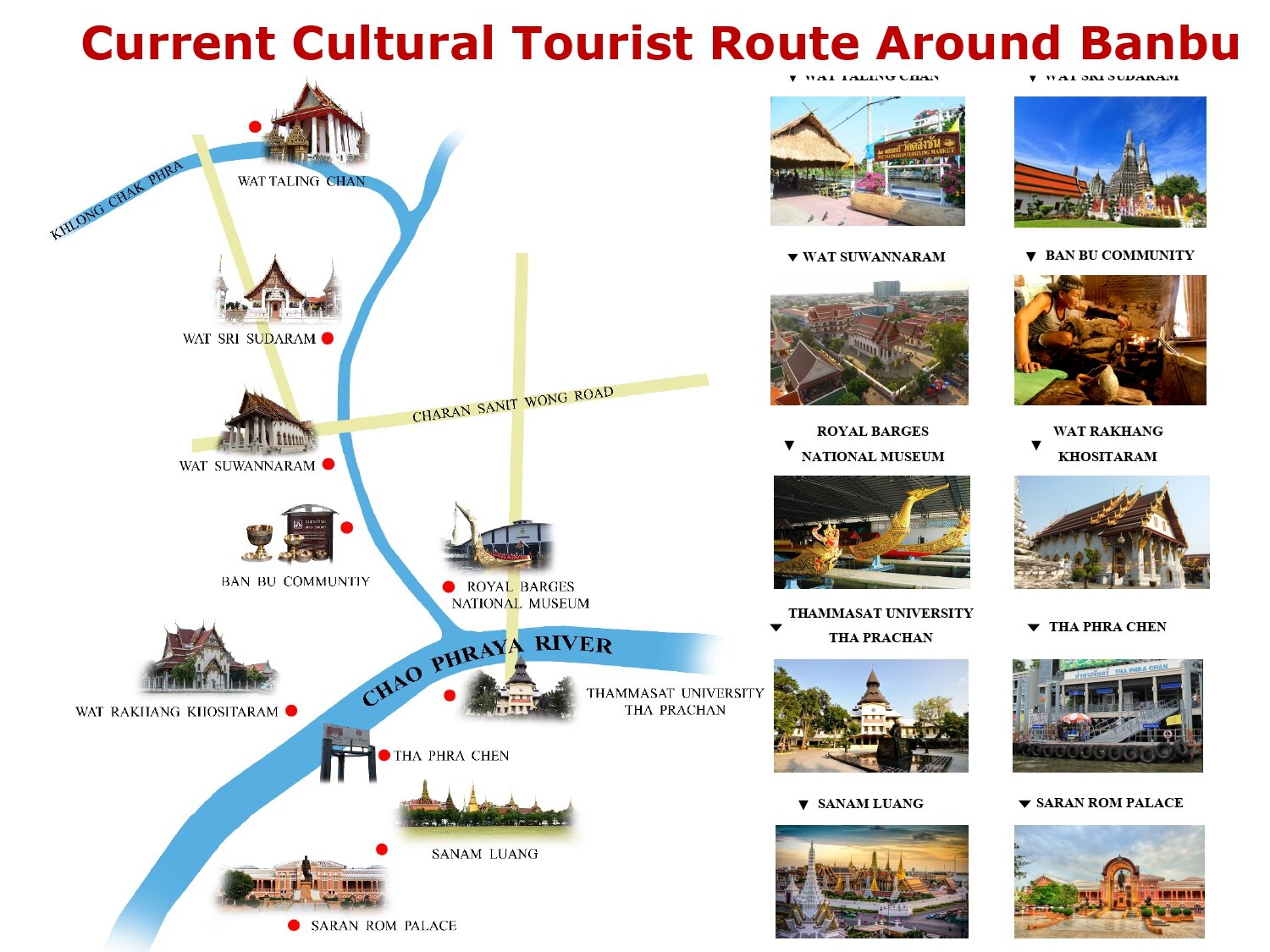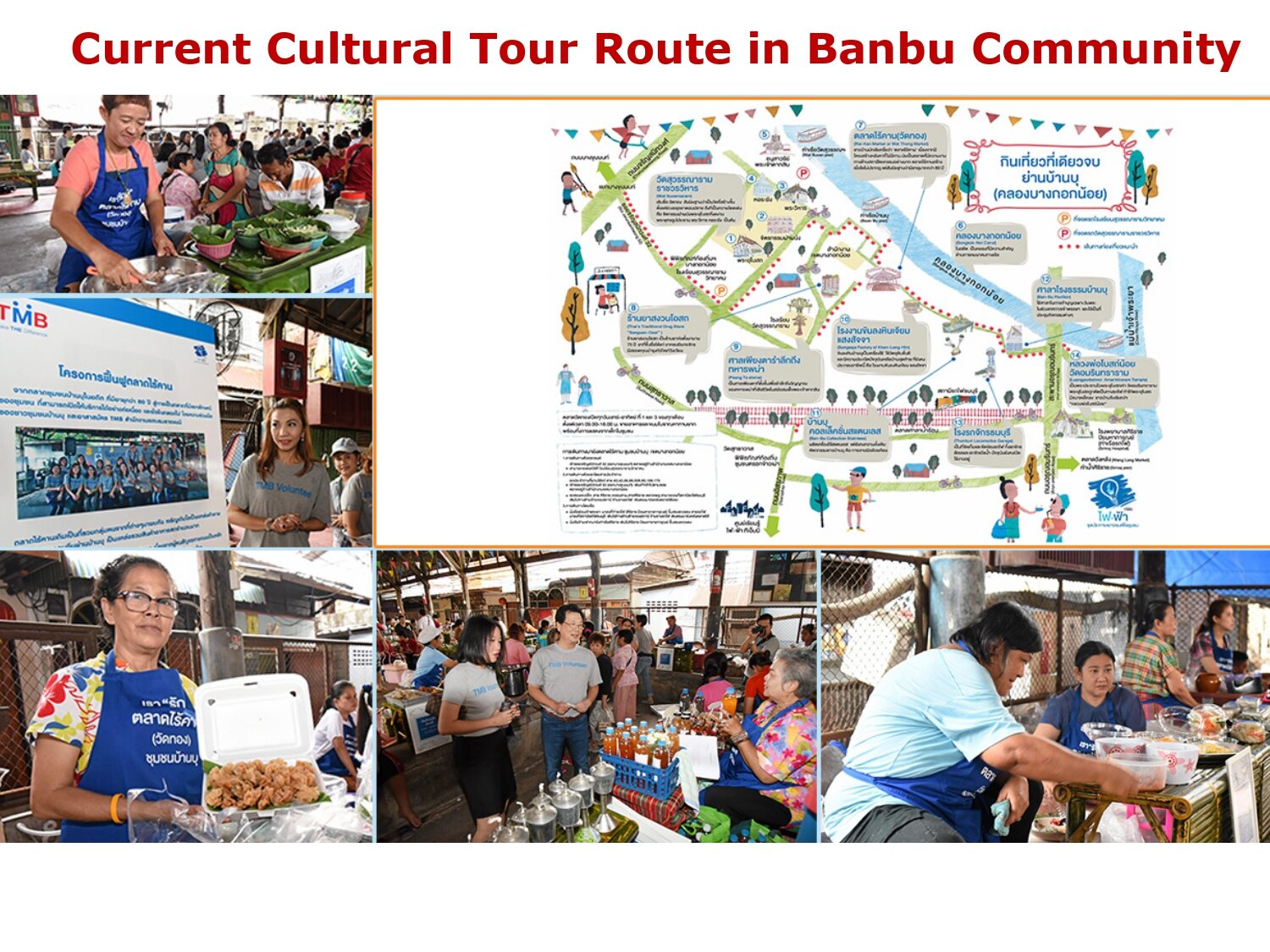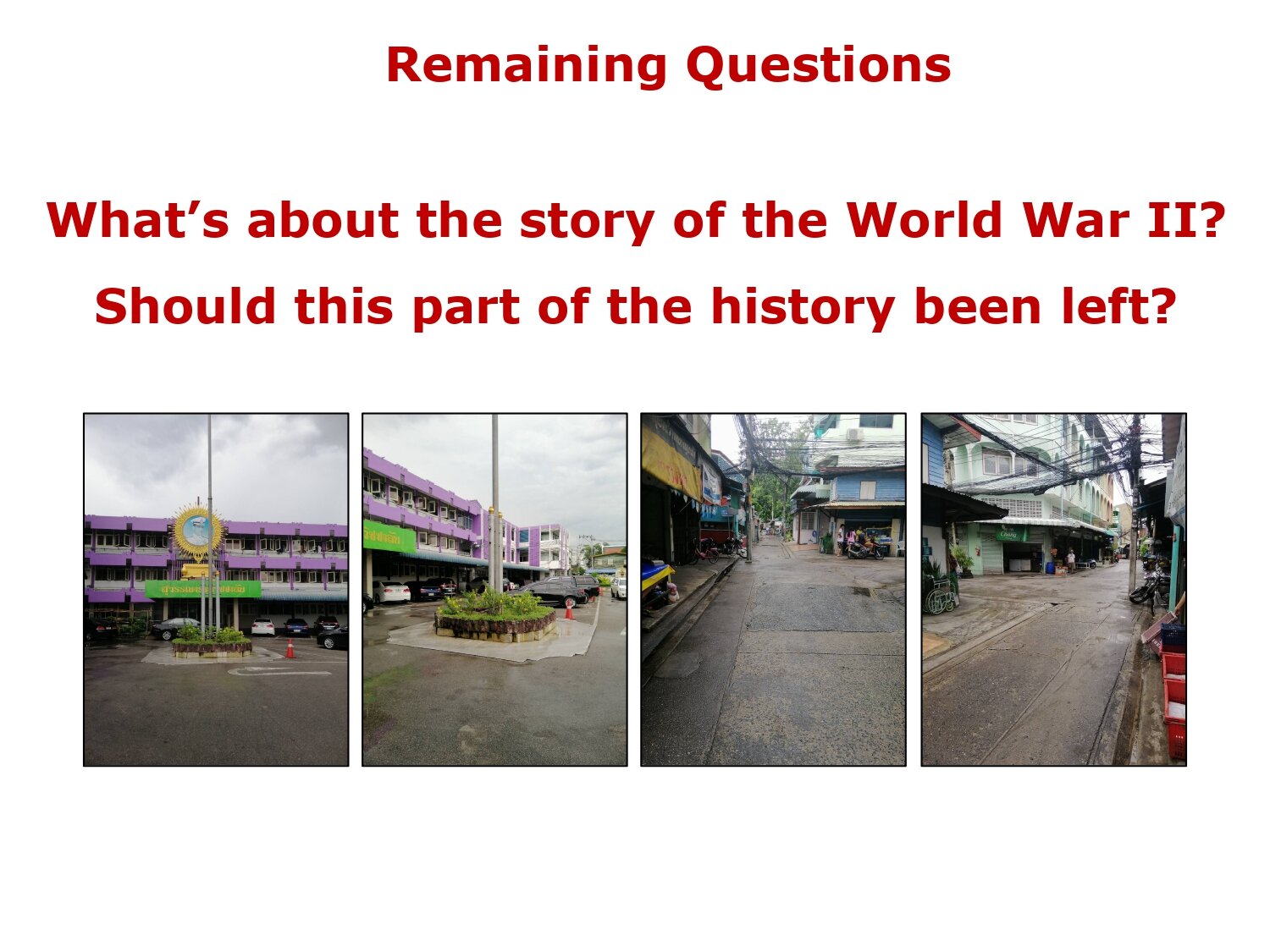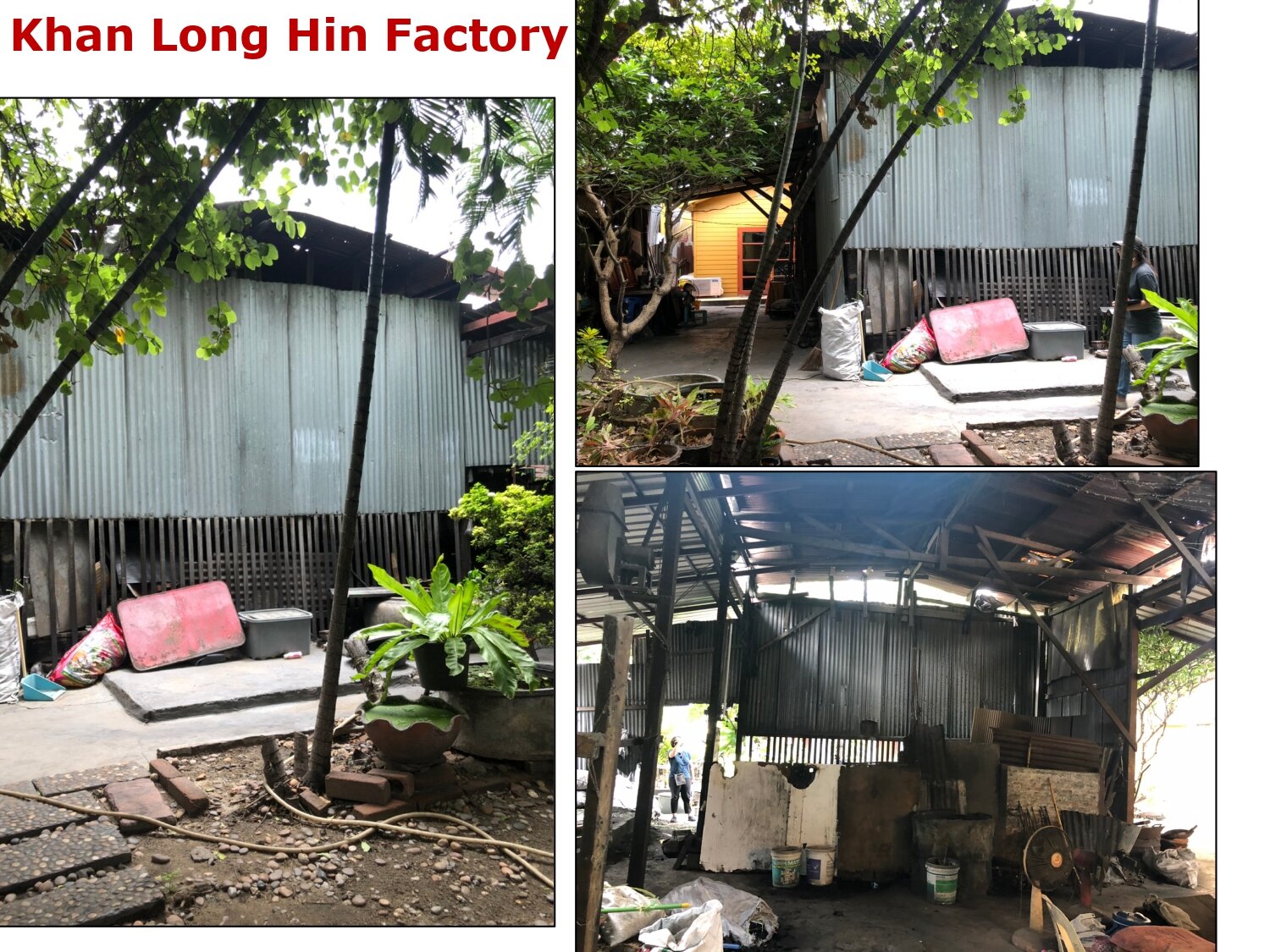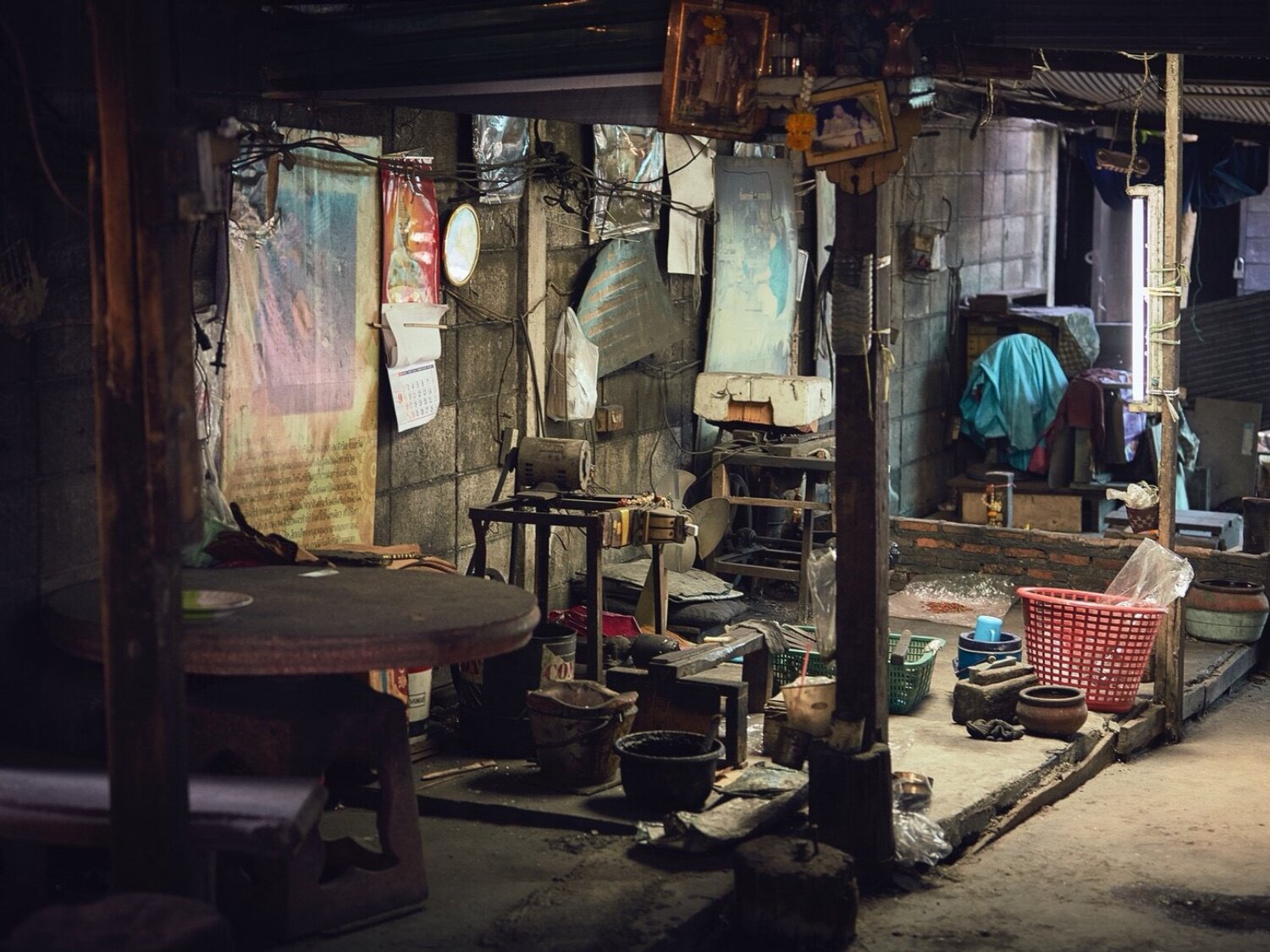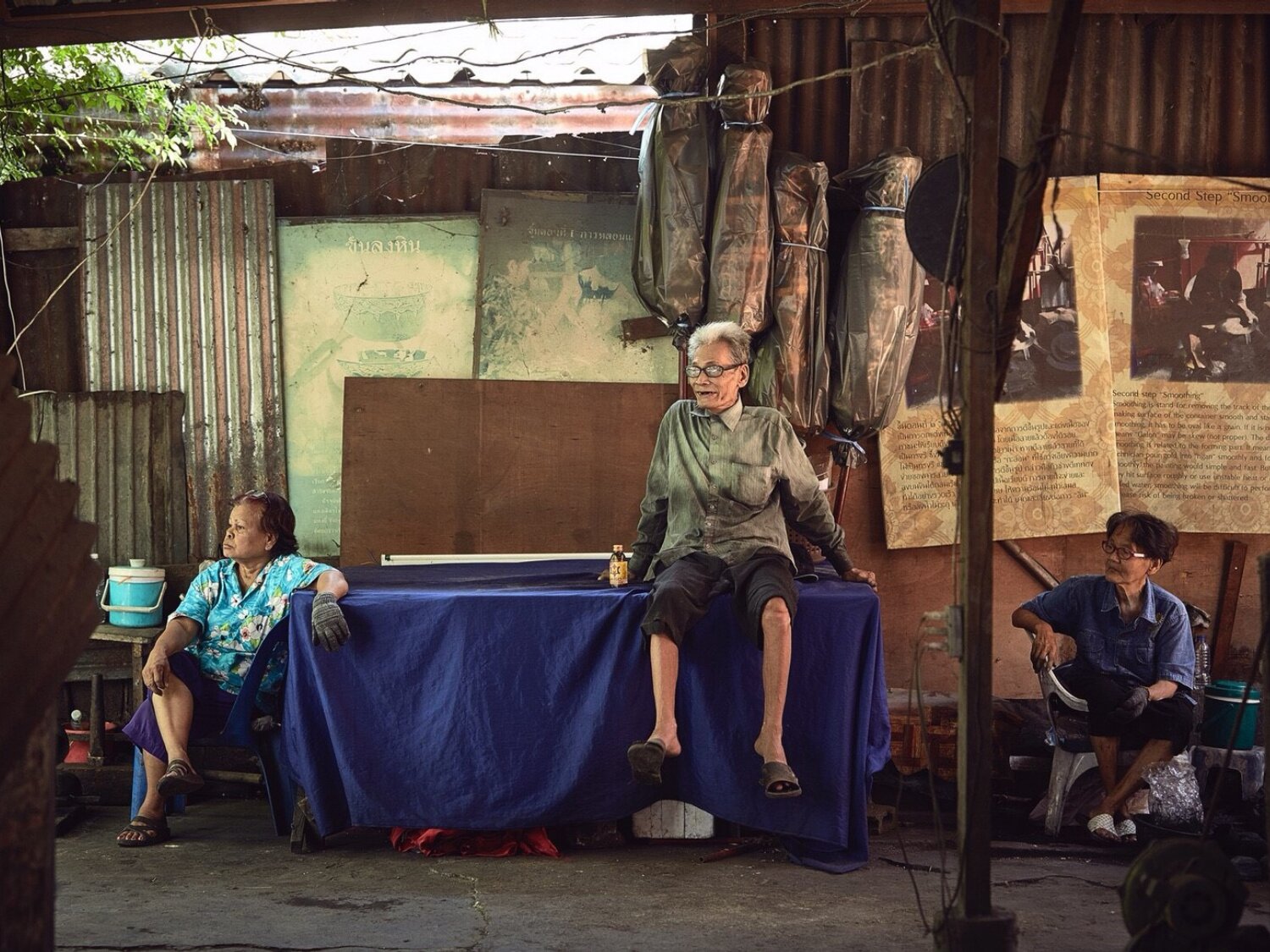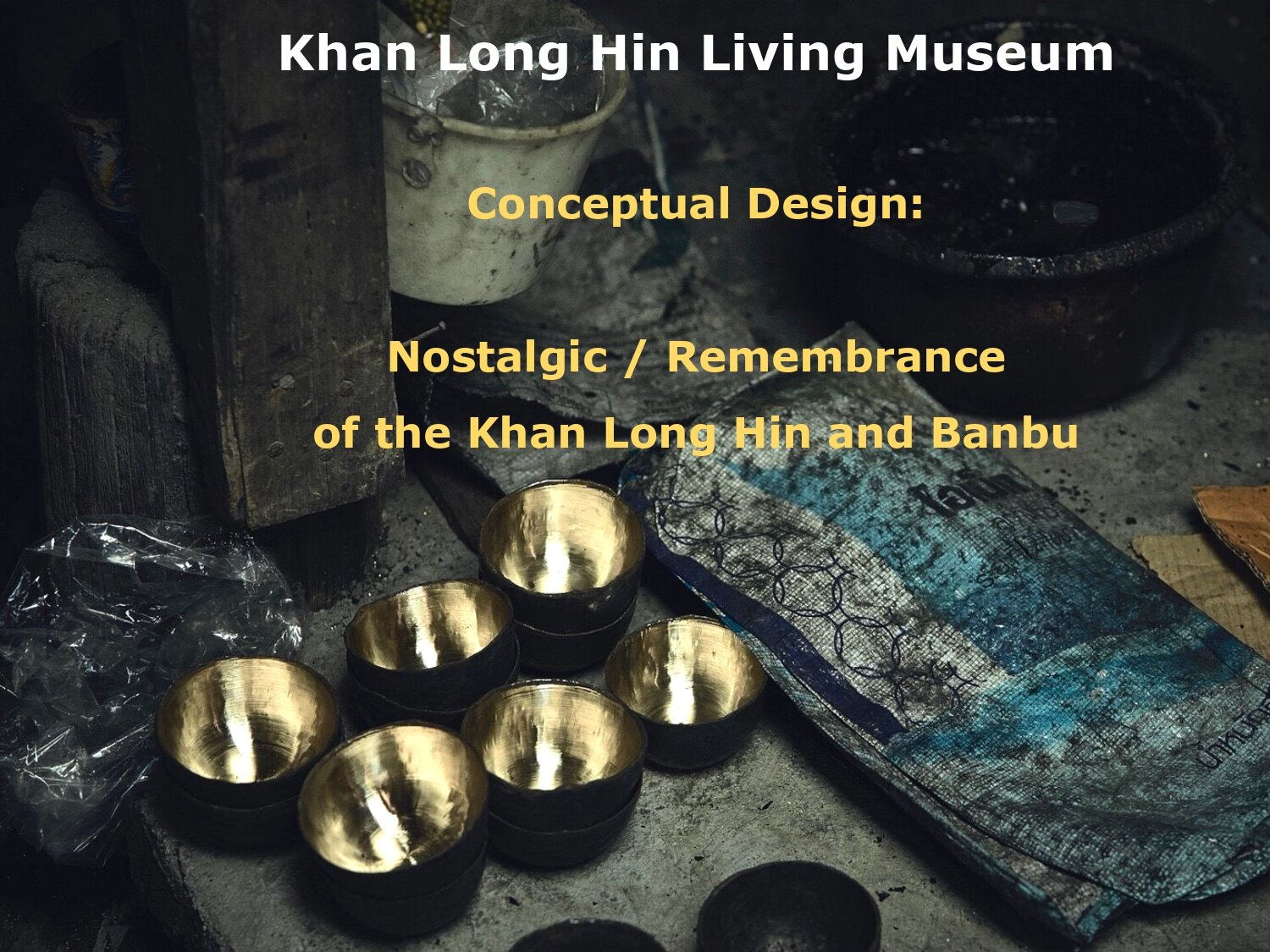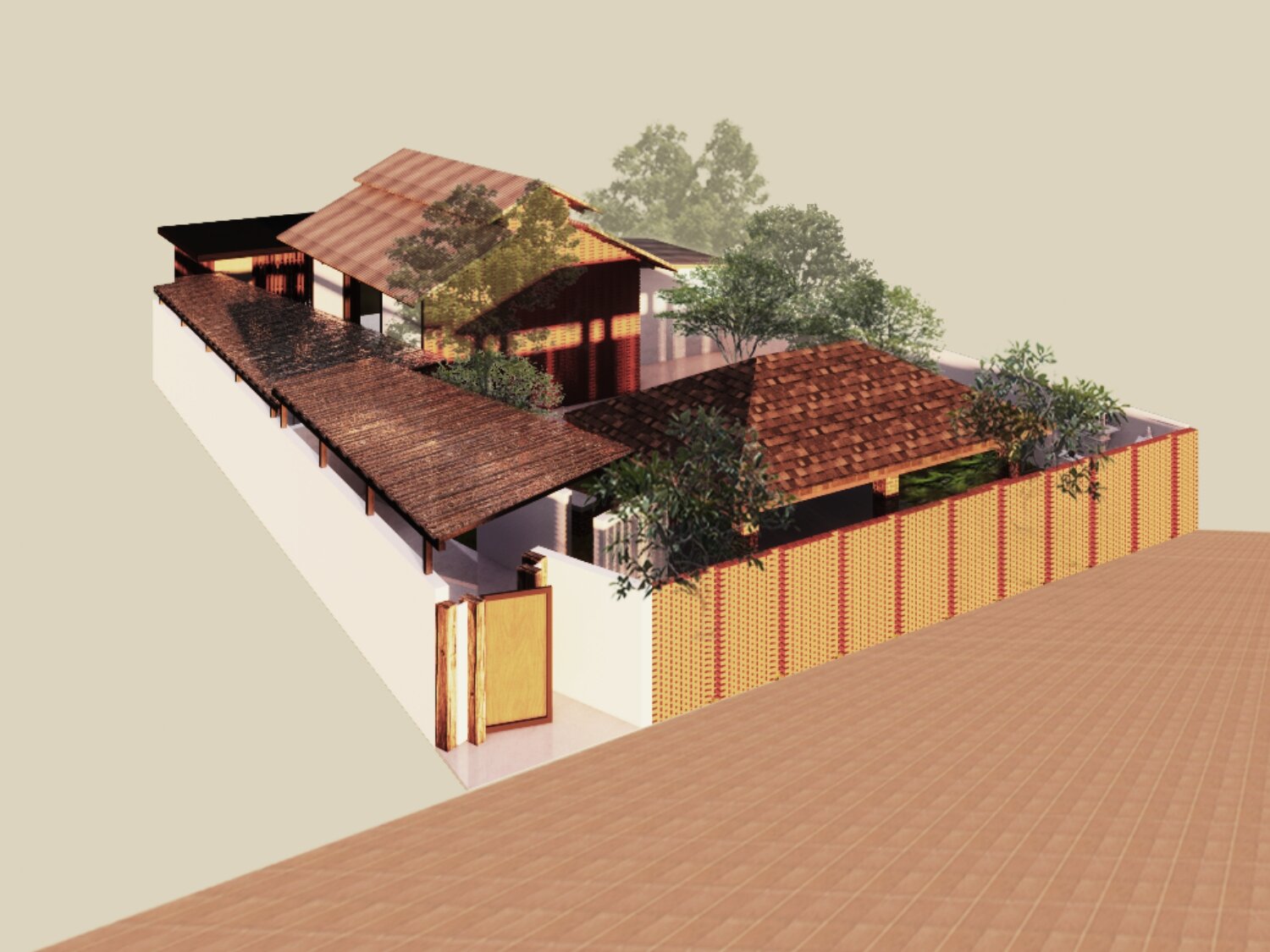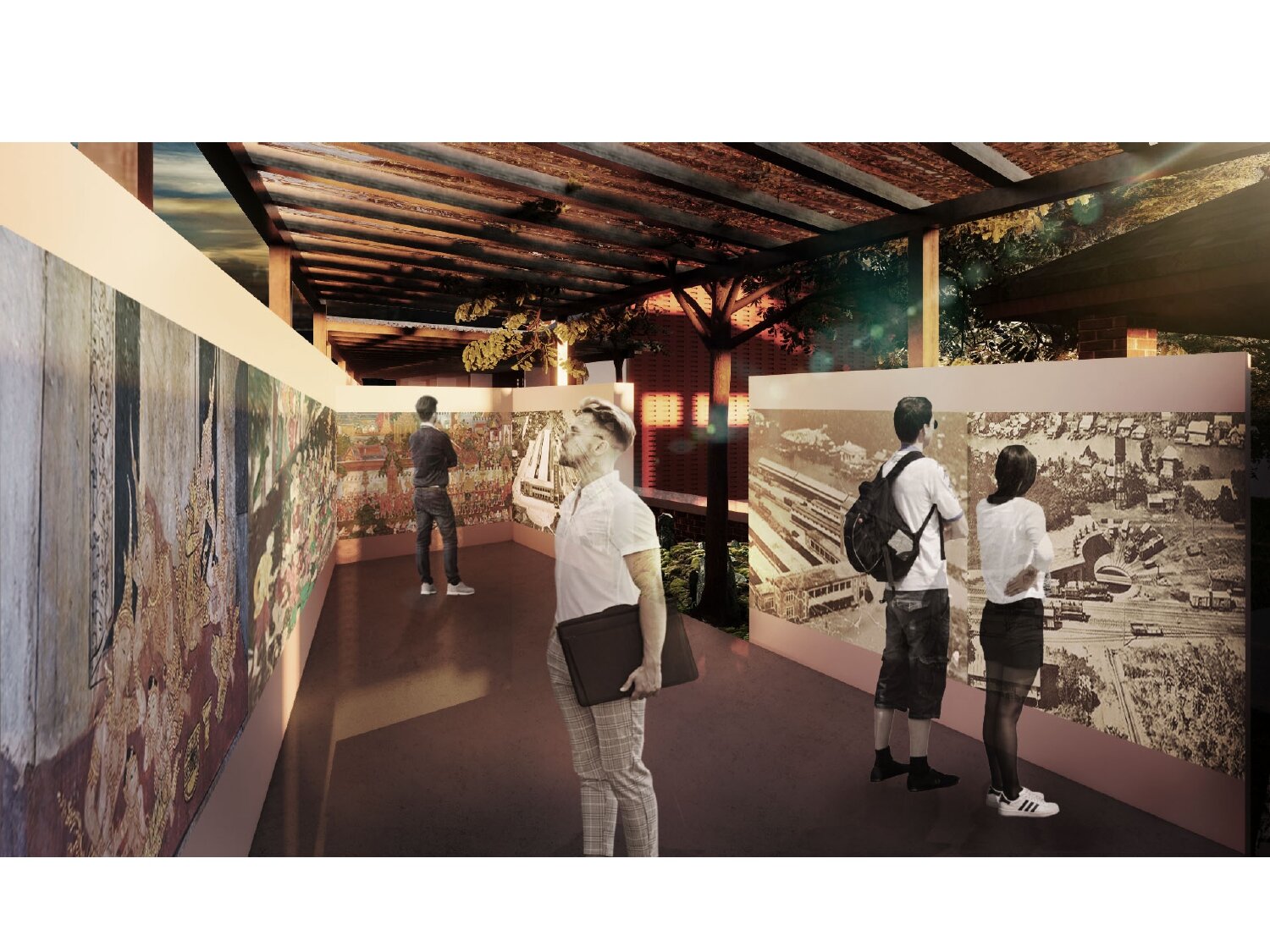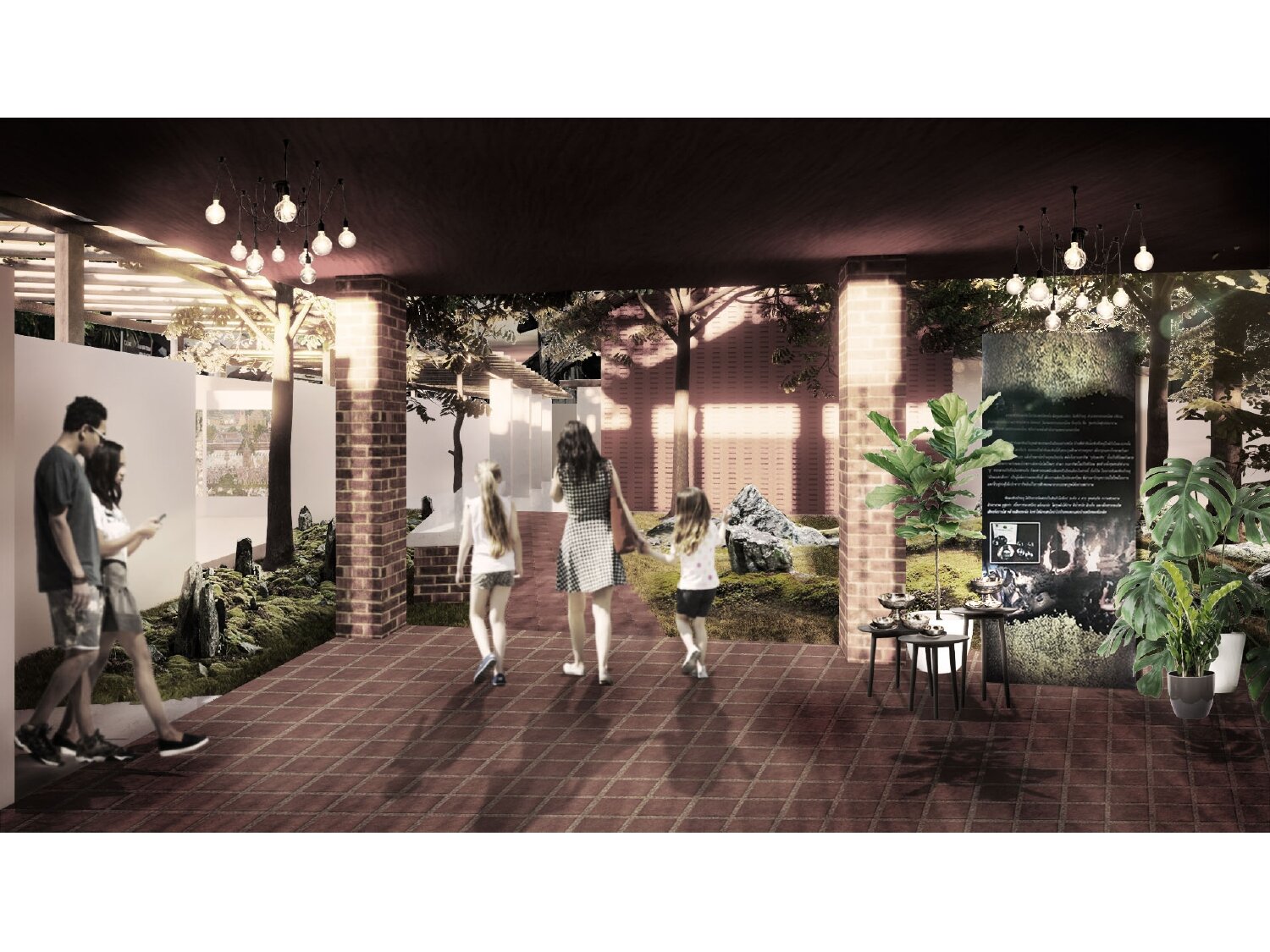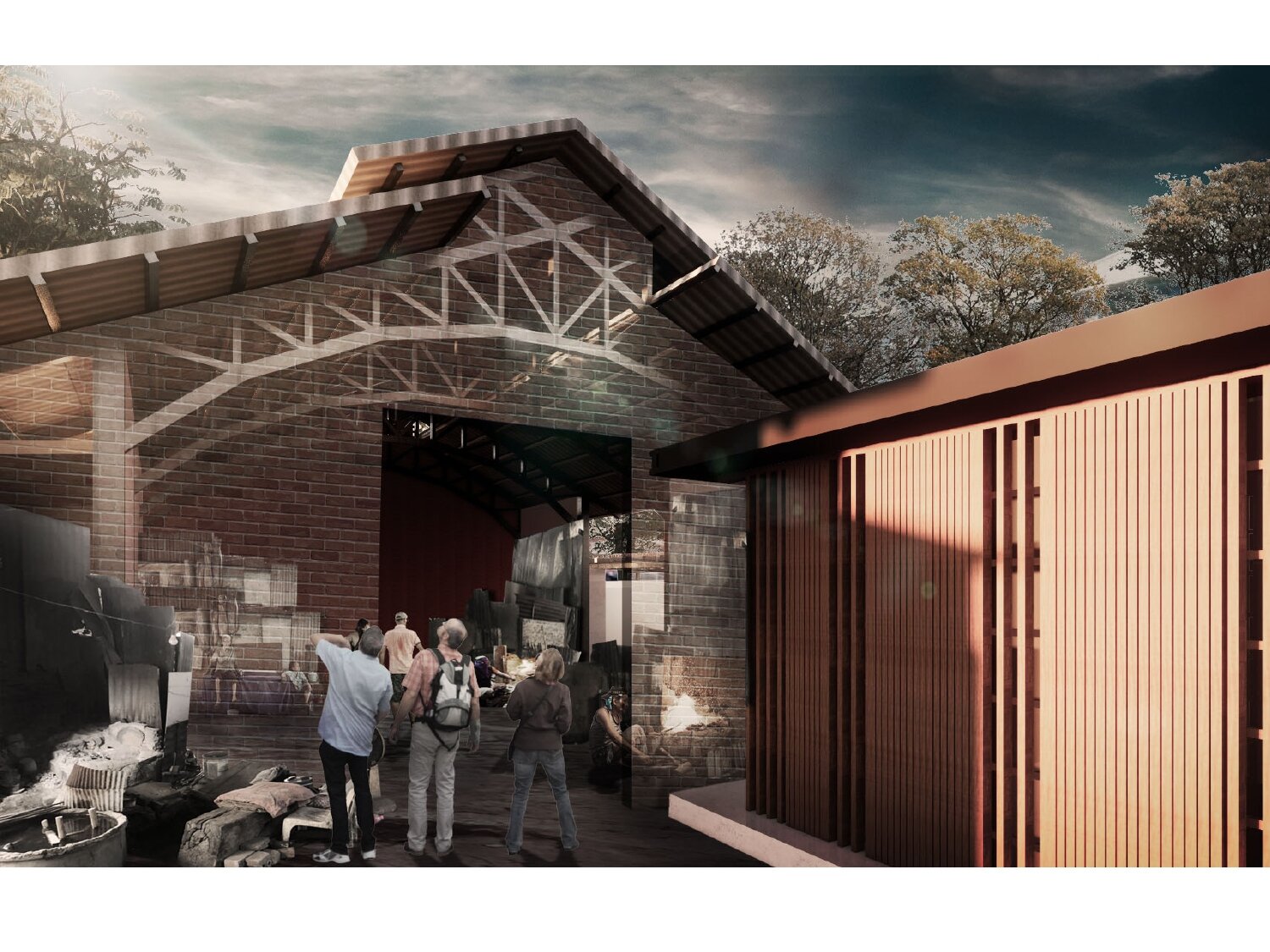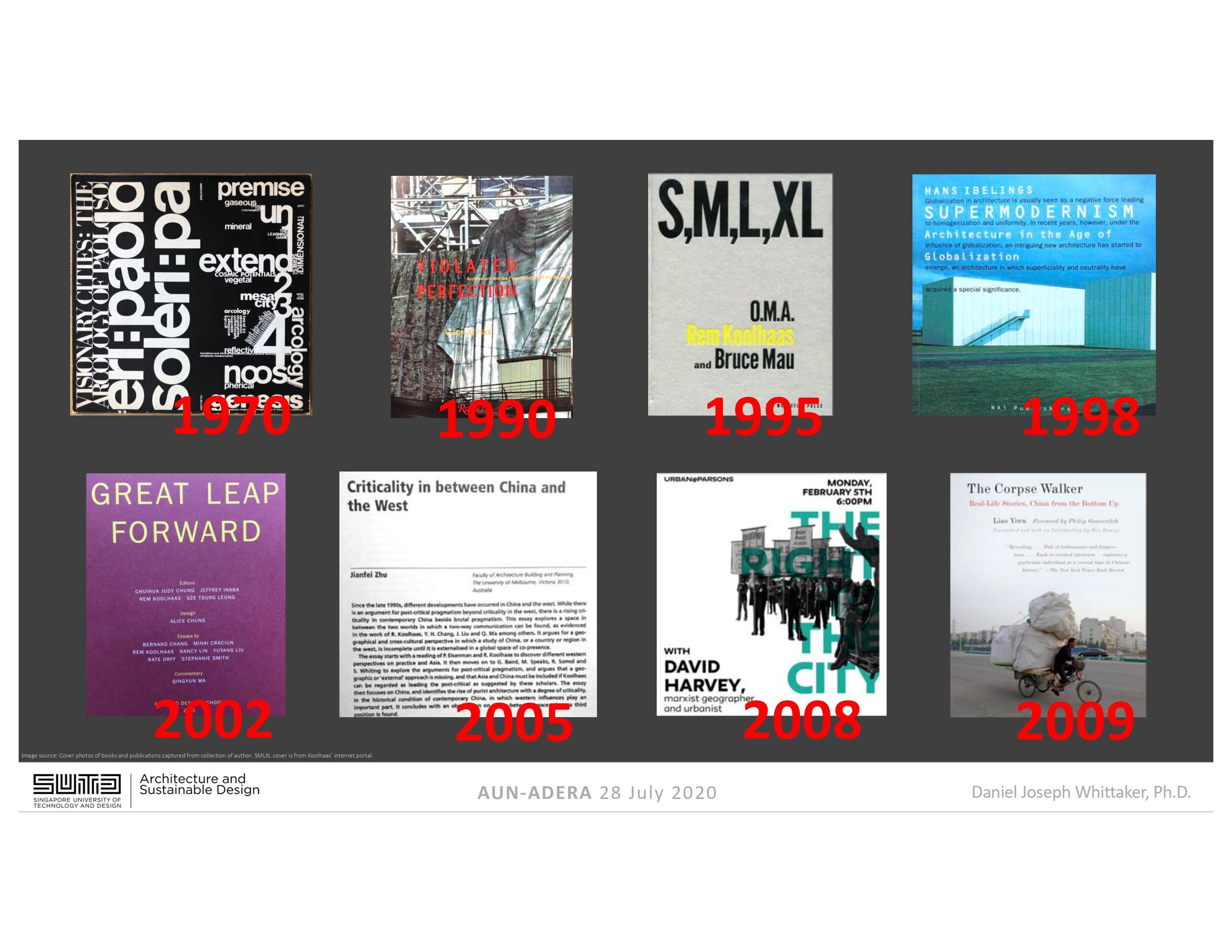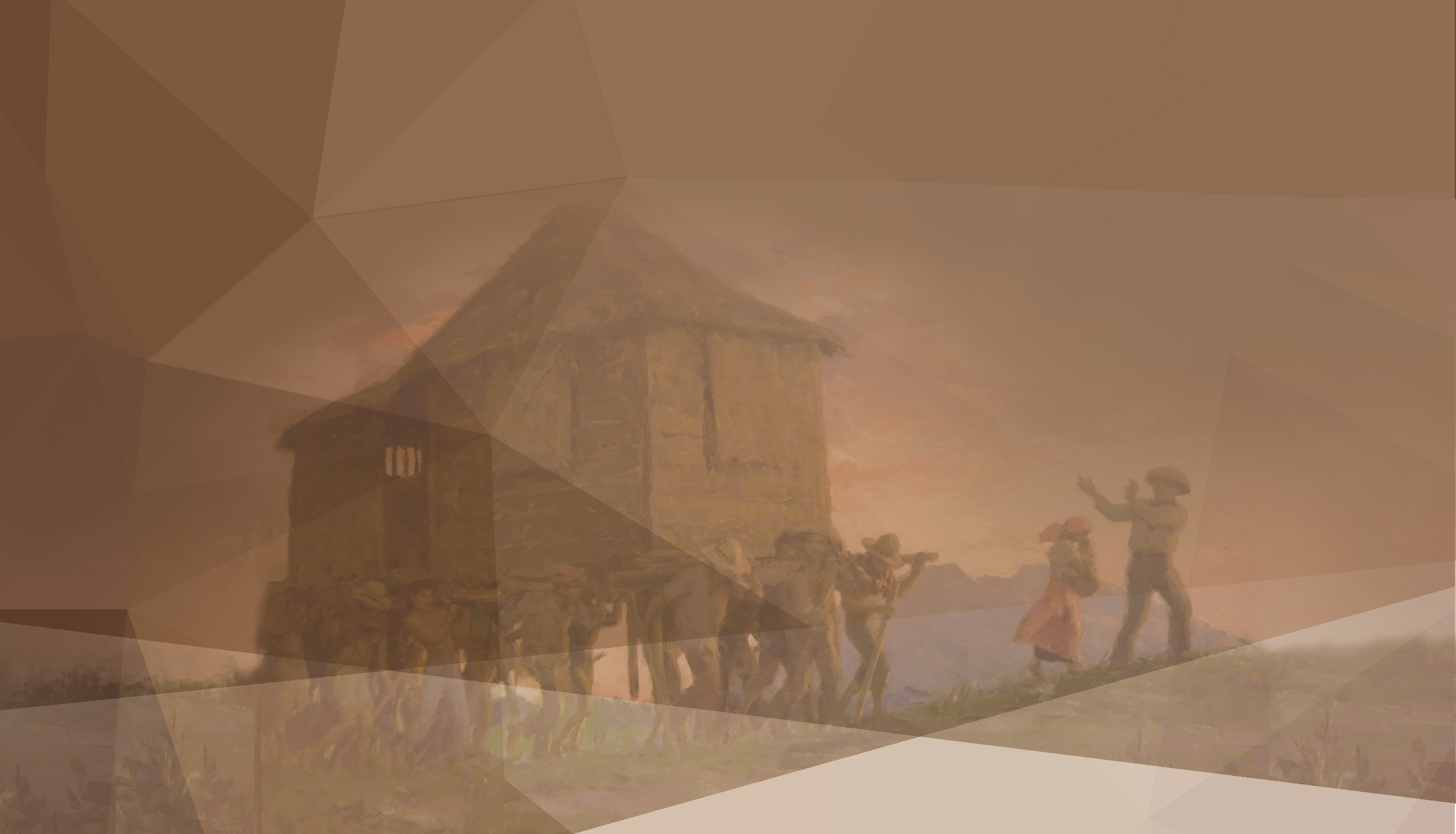
ABOUT AUN-ADERA INAUGURAL SYMPOSIUM 2020
ADERA stands for Architecture Design Education and Research in ASEAN.
It is one of 17 thematic network of the ASEAN University Network which was sanctioned in 2018. Lead by two Convenors - Associate Prof Wong Yunn Chii and Associate Prof Cheah Kok Ming, faculty members of the Department of Architecture at the National University of Singapore, ADERA have chosen the theme of pedagogy, design and research on Modern Heritage of South East Asia for 2020's symposium and meeting to spur into action the varied interests in this network. Papers from the participating schools reflect within their respective programs of education, their techniques and theories for revitalizing an era of architecture that represented the pasts of colonization, the futures of post-war nation-building, and industrial-economic transformations. In other words, edifices of recent times that most of us are familiar, and which have supported the lives of many urban communities.
The forming of ADERA within the family of AUN is an on-going effort to forge common grounds in our educational endeavours and to advance excellence in those areas. ADERA overall thrust is to create a platform of intellectual exchange on the futures of architecture design education and research in Southeast Asia.
DAY ONE KEYNOTE SPEAKER
Conserving K Maekawa's International House, Tokyo-Japan
Prof Masami Kobayashi
Professor of Department of Architecture, Meiji University, Japan;
Principal of Archi-media Architects and Associates
DAY ONE SPEAKERS
Conserving Modern Asian Heritage: Learning Points from Design Thesis
Assc Prof Dr Johannes Widodo
Associate Professor, Department of Architecture, National University of Singapore, Singapore
Conservation is a process of managing change and permanence that directly related to ecological sustainability and cultural authenticity. “Conserving modern heritage” itself is a contradictory terminology, where newness are contradicting with preservation of the past elements. Design Thesis (in Master level) is an inquiry that challenges the student to take ethical and critical position in dealing with the Asian cultural and environmental context, while maintaining high levels of cultural authenticity, physical integrity, economic viability, social continuity, and environmental sustainability. The presentation is about my experience in developing the student’s research and design capacities through Design Thesis supervision and the corresponding blended-learning Elective module.
teaching and researching in modern architecture and conservation at Thammasat Design School
Assoc Prof Santirak Prasertsuk
Dean Advisor, Faculty of Architecture and Planning, Thammasat University, Thailand
This presentation shows the teaching in Modern architecture and conservation at Thammasat Design School through three major undergraduate programs – Architecture, Interior Architecture and Landscape Architecture, from the first year to the fourth year. Two research projects involved with the Modern conservation are also presented. The first research is ‘The Architecture of Thammasat University, Tha Phrachan Campus’ which investigates the architectural history of Thammasat University, Tha Phrachan Campus, with a focus on the chronological development of the campus layout, architectural styles, and primary evaluation of some Modern buildings in the campus. The second project is ‘3D scanning of Historic Buildings’ which is a continuing project that attempts to record the physical appearances of historic buildings in Thailand by using new digital tools, such as drones and 3D scanners.
A Case of Digital Photogrammetry in Architectural Education
Assoc Prof (Dr) Yeo Kang Shua,
Associate Professor, Faculty of Architecture and Sustainable Design, Singapore University of Technology and Design, Singapore
Conserving ‘Modern’ by raising awareness through Research & Education
Dr Nikhil Joshi
Senior Lecturer, Department of Architecture, National University of Singapore, Singapore
Modern Architecture / Theory as Integrated Subject in Studio Program
Dr Hazrina Haja Bava Mohidin
Senior Lecturer, Department of Architecture, Faculty of Built Environment, University of Malaya, Malaysia
Narrating the Modern Modernity and Modern Architecture in the Philippines
Prof (Dr) Gerard Lico
Professor, Department of Architecture, University of the Philippines-Diliman, Philippines
Modern Built Heritage in the Philippines
Ar Caryn Paredes-Santillan
Architect, Instructor, College of Architecture, University of Santo Tomas, Philippines
Teaching Indonesian Modern Architecture: Between Historical Value and Design Approach
Dr Ing Himasari Hanan
Senior Lecturer in School of Architecture, Bandung Institute of Technology (ITB), Indonesia
Modern Heritage in Myanmar
Prof Su Su
Professor and Head of Department of Architecture, Mandalay Technological University (MTU), Myanmar
Socialist Modernism Architecture in Vietnam & the Sharing of Heritage Value
Dr Phuoc Anh Le
Institute of International Training & Cooperation, Hanoi Architectural University (HAU), Vietnam
DAY TWO KEYNOTE SPEAKER
Conserving Everyday Modern
Ar Teh Joo Heng
Chief Examiner, Singapore Board of Architects;
AdjUNCT AssocIATE ProfESSOR, Department of ArchiTECTURE, NATIONAL UNIVERSITY OF SINGAPORE
DAY TWO SPEAKERS
Modern Architecture at the Faculty of Architecture, Chulalongkorn University Modern Architecture at the Faculty of Architecture, Chulalongkorn University
Asst Prof (Dr) Chomchon Fusinpaiboon
Assistant Professor, Faculty of Architecture, Chulalongkorn University (CU), Thailand
From vernacular to modern
Prof Dr Rawiwan Oranratmanee
Dean of Faculty of Architecture, Chiang Mai University, Thailand
This paper presents the idea of modern vernacular architecture. Based on the vernacular architecture perspectives, it addresses the case studies of Chiang Mai, Thailand and Southeast Asia where modern architecture have for long time associated with vernacular architecture characteristics thereby resulting in the hybrid patterns of modern vernacular architecture. The presentation suggests future research to explore the dialectic relationship between the two and the construct the architectural identity in our cities, countries and region.
UII New Curriculum: Challenges in Adopting Independent Learning
Assoc Prof (Dr Ing) Ilya Fajar Maharika
Associate Professor, Department of Architecture, Universitas Islam Indonesia (UII), Indonesia
UPCA Integrated Graduate Program
Prof (Dr) Grace C. Ramos
Professor, Department of Architecture, University of the Philippines-Diliman, Philippines
The Surveying of Philippine Modernism as a Pedagogical Approach
Asst Prof (Ar) Markel Cesar Luna
Assistant Professor, College of Architecture, University of the Philippines-Diliman, Philippines
In the Philippines, what many consider as heritage structures are only those of the pre-colonial and colonial eras: vernacular architecture and 16th-19th century buildings. In a way, modern architecture is left out.
Aggressively, the UP College of Architecture is changing that kind of mindset by including 20th century structures in its history and architectural heritage conservation courses, believing that these are part of our modern heritage. To make learning about significant structures more interesting and engaging, various methods must be incorporated, and these include the use of multi-media formats, “personal encounters” and experiences of students with actual heritage structures, and the surveying of architectural heritage, whether vernacular, colonial, or modern, which would involve documentation and interaction with the community; providing the students with a clearer, multidimensional understanding of a structure.
Surveying is a pedagogical approach that would allow students to grasp the deeper meaning of Architectural heritage, and that gives a clearer understanding of, not only a structure, but the culture that is associated with it. It is a means through which people’s awareness is magnified, leading to a better appreciation of heritage structures, including modern Architecture. Hopefully in the end, people will rediscover and be reattached to their architectural heritage, ensuring its Conservation, the continuity of their culture, and the preservation of their moral values.
Cultural Landscape Studies for Banbu Community, Klong Bangkok Noi
Asst Prof (Dr) Pattamon Selanon
Assistant Professor, Faculty of Landscape Architecture, Thammasat University, Thailand
Initiated with introduction of distinctiveness of the Khan Long Hin, a Thai Bronze Ware dated back from the Ayutthaya Kingdon in the 14thcentury, the presentation lays out historical background of the community. Significant historic landmarks around and within the Banbu community are highlighted with a remark of the community’s Modern heritage from the World War II event, which are now completely abandoned. The last remaining Khan Long Hin factory is currently in development as a living museum in hope of preserving the legacy of Khan Long Hin and the Banbu community.
Teaching Curriculum in UI on Architectural History and Theory, Architectural Heritage & Design Studio
and
Some Precedents for Possible Collaboration Initiatives on Modern Preservation and Conservation of Historic Buildings
Prof Kemas Ridwan Kurniawan
Professor of Architectural History and Urban Heritage, Department of Architecture, University of Indonesia (UI), Indonesia
Making relevant Architecture and Urban Planning Values and Theory in the classroom
Dr Daniel Joseph Whittaker
Senior Lecturer, Faculty of Architecture and Sustainable Design, Singapore University of Technology and Design, Singapore
Making relevant architecture and urban planning values and theory in the classroom: This presentation discusses how former architectural education models existed in privileged elites vacuums – and how the contemporary educator may harness various didactic and evaluative tools to de-couple survey architecture history courses from limitations of the past. Relying upon Benjamin Bloom’s revised taxonomy of learning pyramid, the architecture history educator today can use a combination of in situ site visits, field drawing and sketching, slide shows and in-recitation section discussions to further learning beyond the standard textbook. Examples of additional evaluation strategies, quizzes and resultant student work are shown.
Defining a Consensus for Modern Heritage for ASEAN (Asia)
Assoc Prof Ikaputra
Head of Master Program in Architecture and Urban Design, Universitas Gadjah Mada (UGM), Indonesia
Modern heritage is "architectural, city and landscape designs of the 19th and 20th centuries as a result of the Modern Movement". Modern Heritage is defined by UNESCO (2003) as an important issue because there is a problem of the imbalance in the Representation of World Heritage Lists. The imbalance representation is not only within the western or European perspective, but also with the rest of the world. Asian Modern Heritage especially South East Asia Heritage had significant history related to the influence of the modern movement brought by European and western people in the Colonial Era and continued in the Post-Colonial Era till the Modern Ideology Ended in 1972. The ASEAN Modern Heritage provides an opportunity to contribute as world heritage with specific local contexts to each member country. The strategy to bring ASEAN Contribution to the modern heritage should be started with defining a consensus. The consensus is aimed to enrich the list not only based on typology of heritage, variety of driving forces, but also the way or approach the western modern concept adopted or adapted to ASEAN context.
Mapping New Function via Use Transformation Process: A Study of Modern Shophouse in The Rattanakosin area, Bangkok
Dr Peeraya Boonprasong
Assistant Professor, Faculty of Architecture, Silpakorn University (SU), Thailand
Nationalism in the modern architecture in the North and South of Vietnam between 1955 and 1975 – a comparative study
Dr Truong Ngoc Lan
Vice Dean of Faculty of Architecture and Planning, National University of Civil Engineering (NUCE), Hanoi, Vietnam


